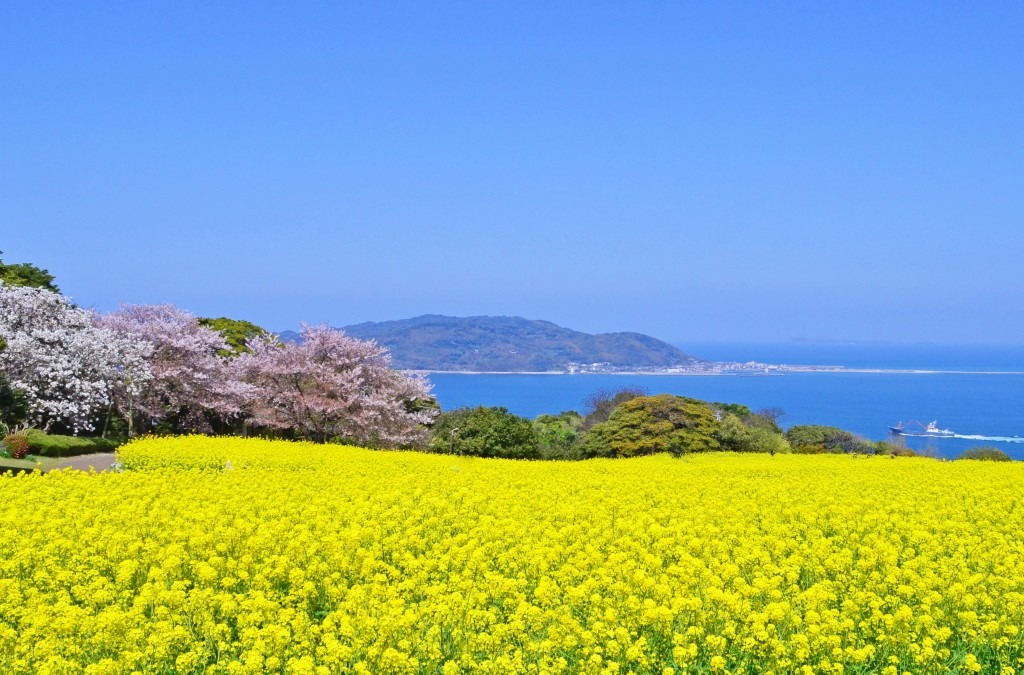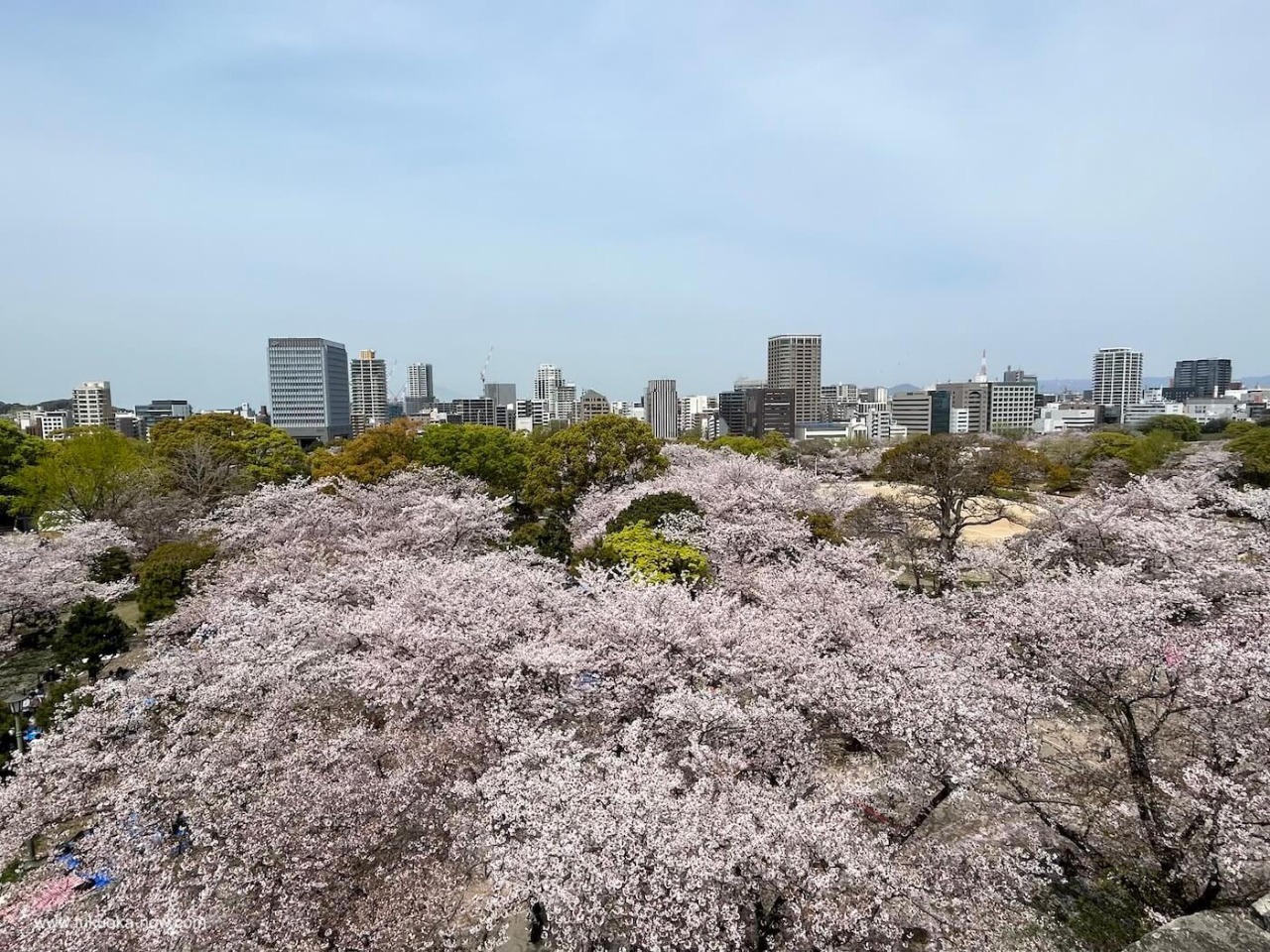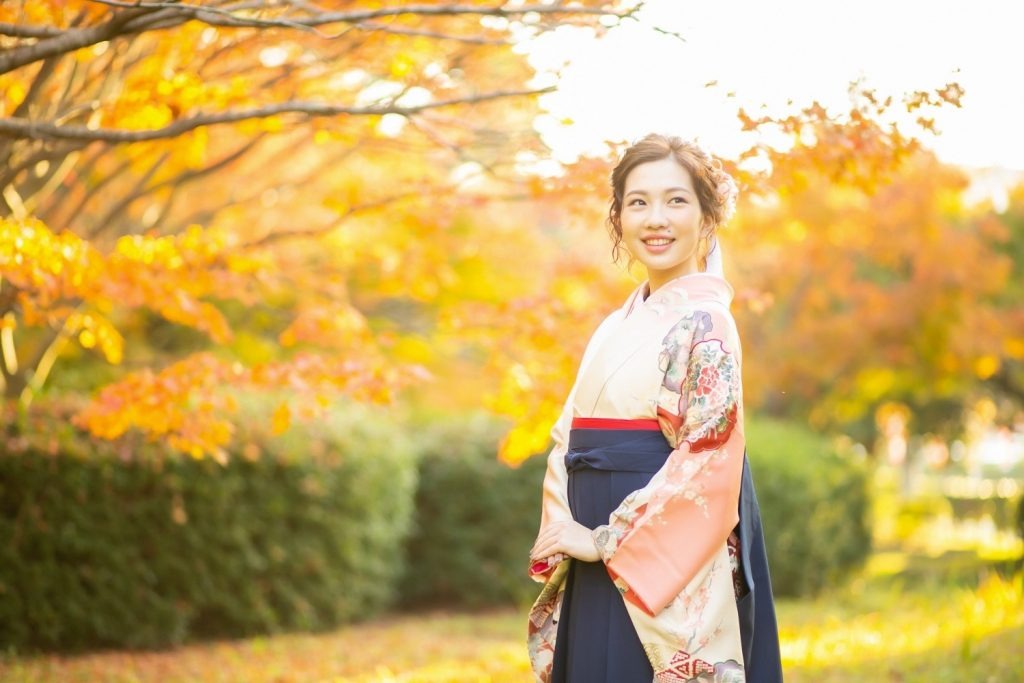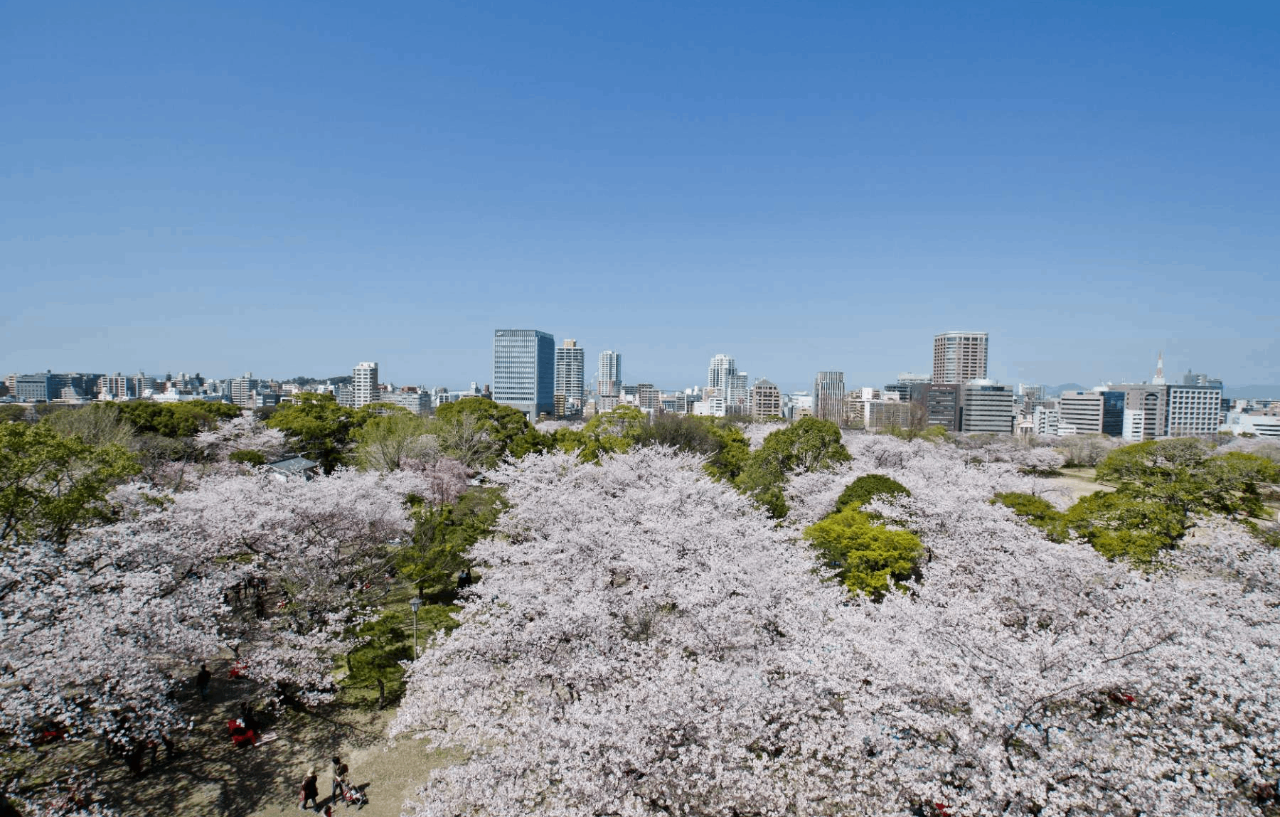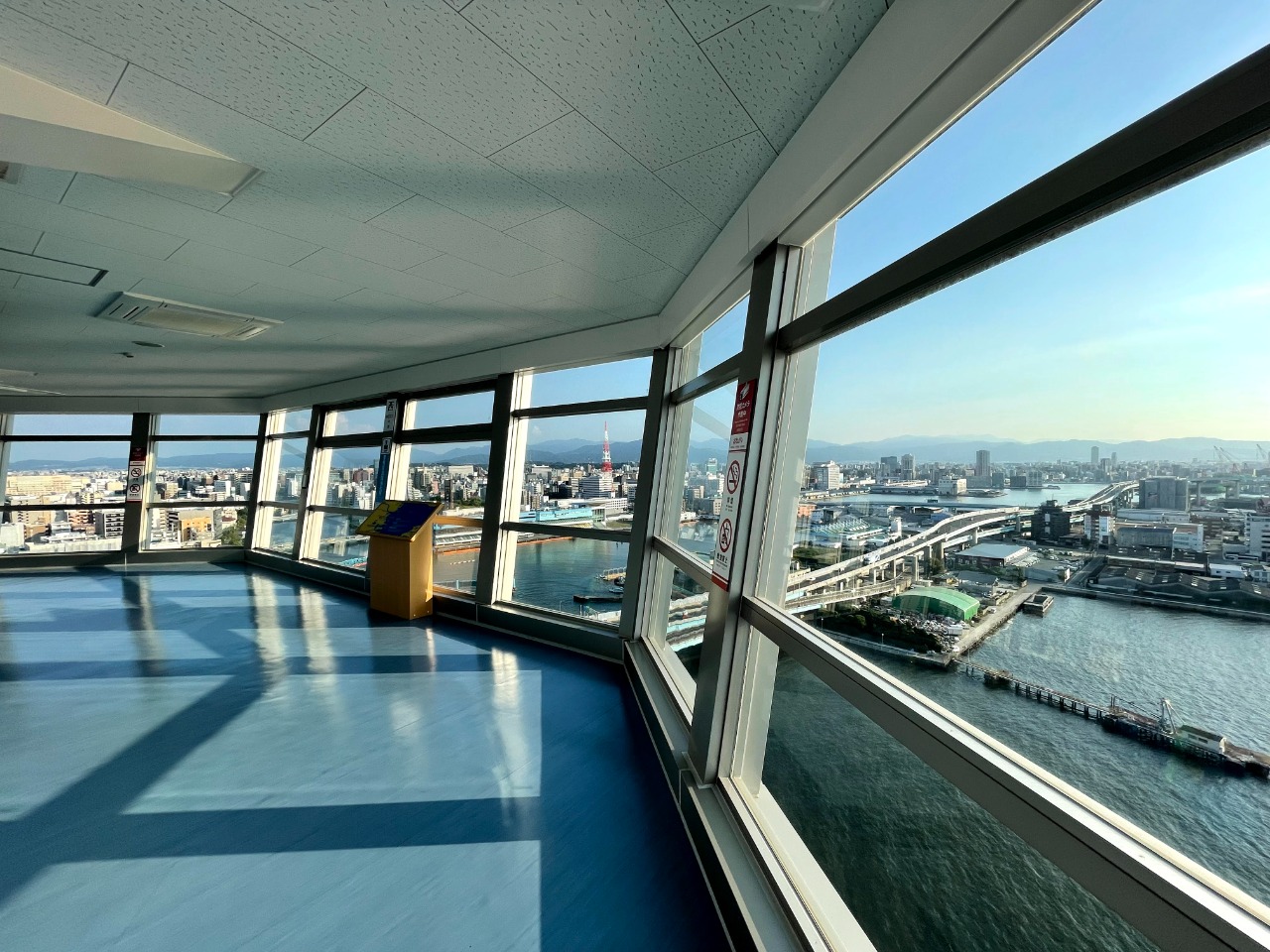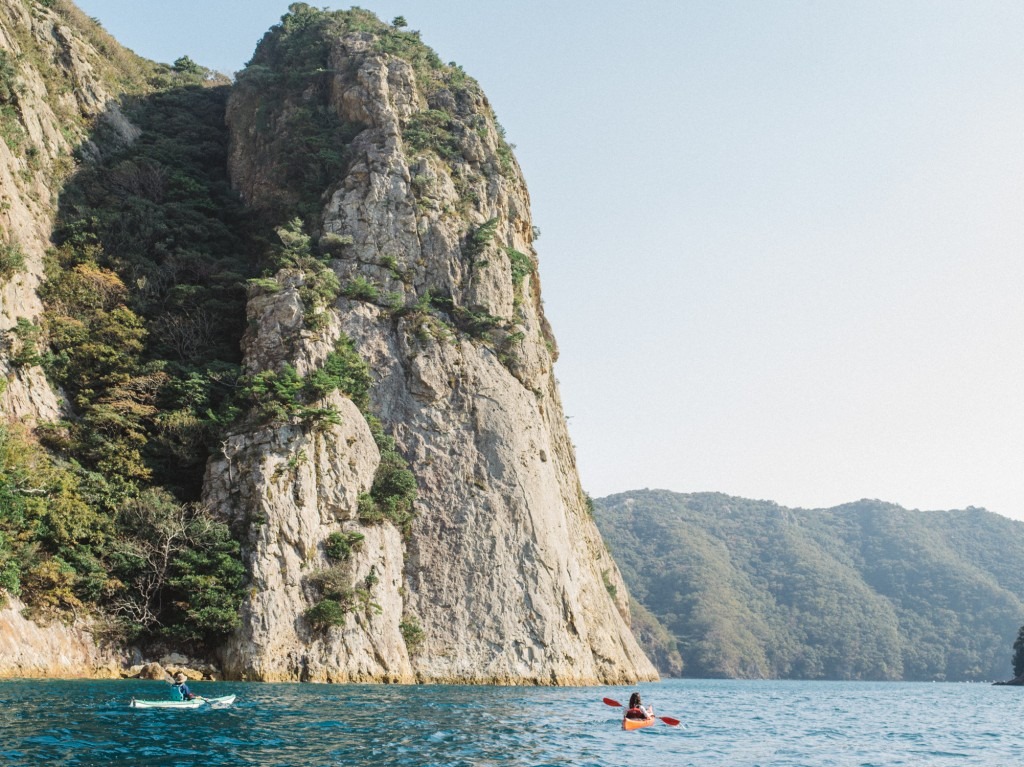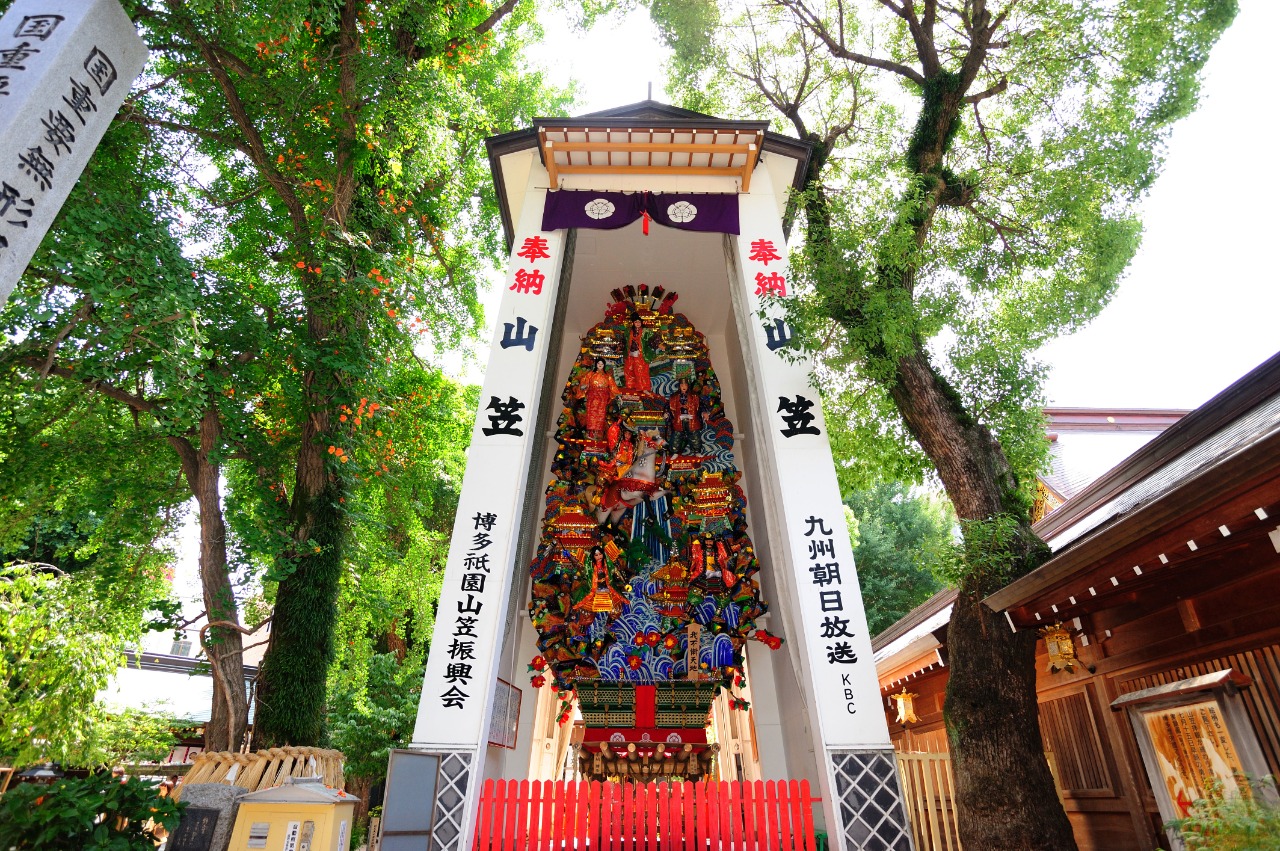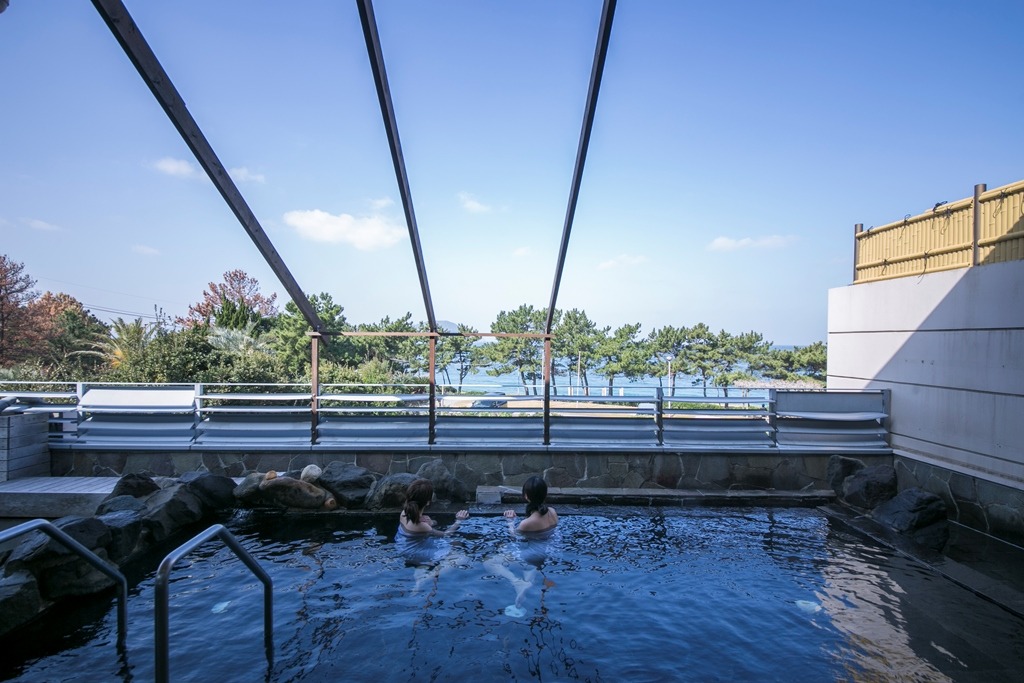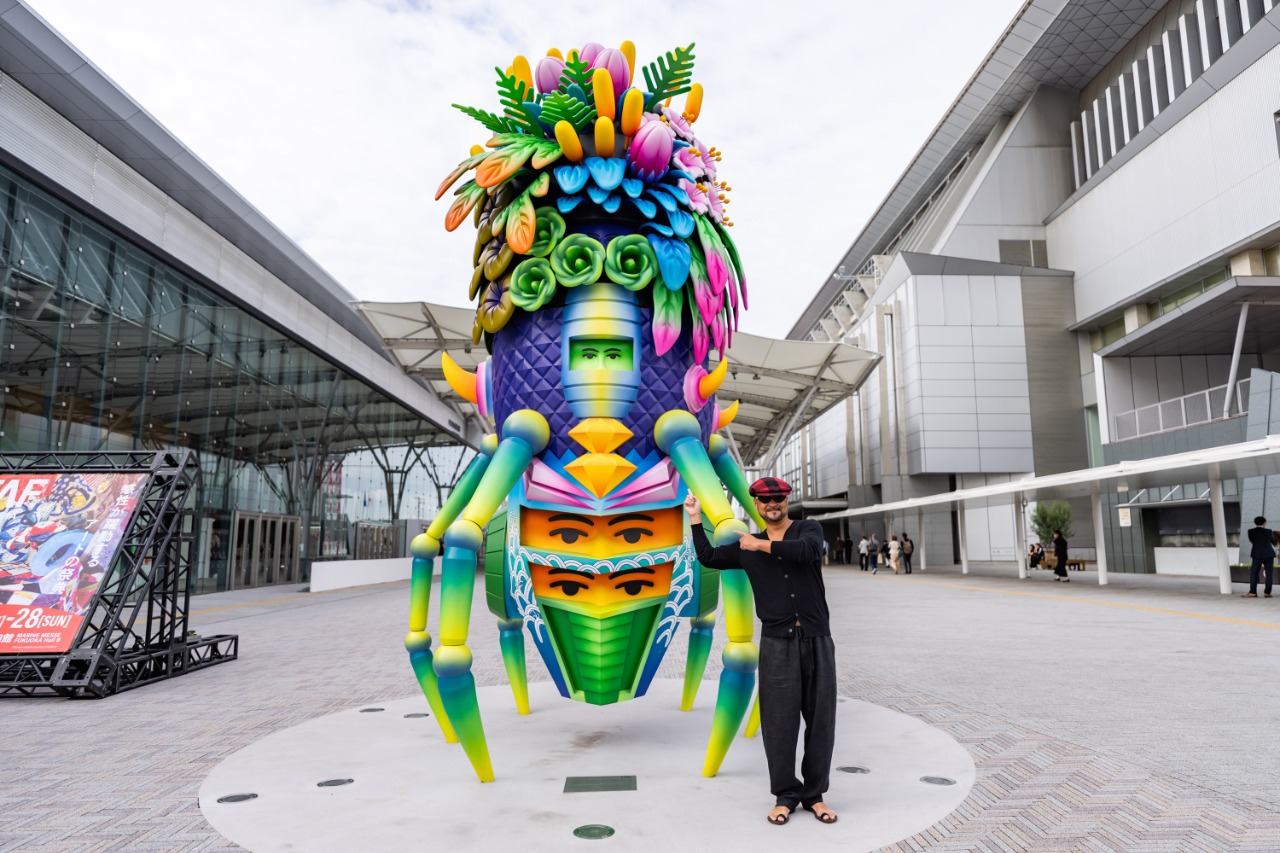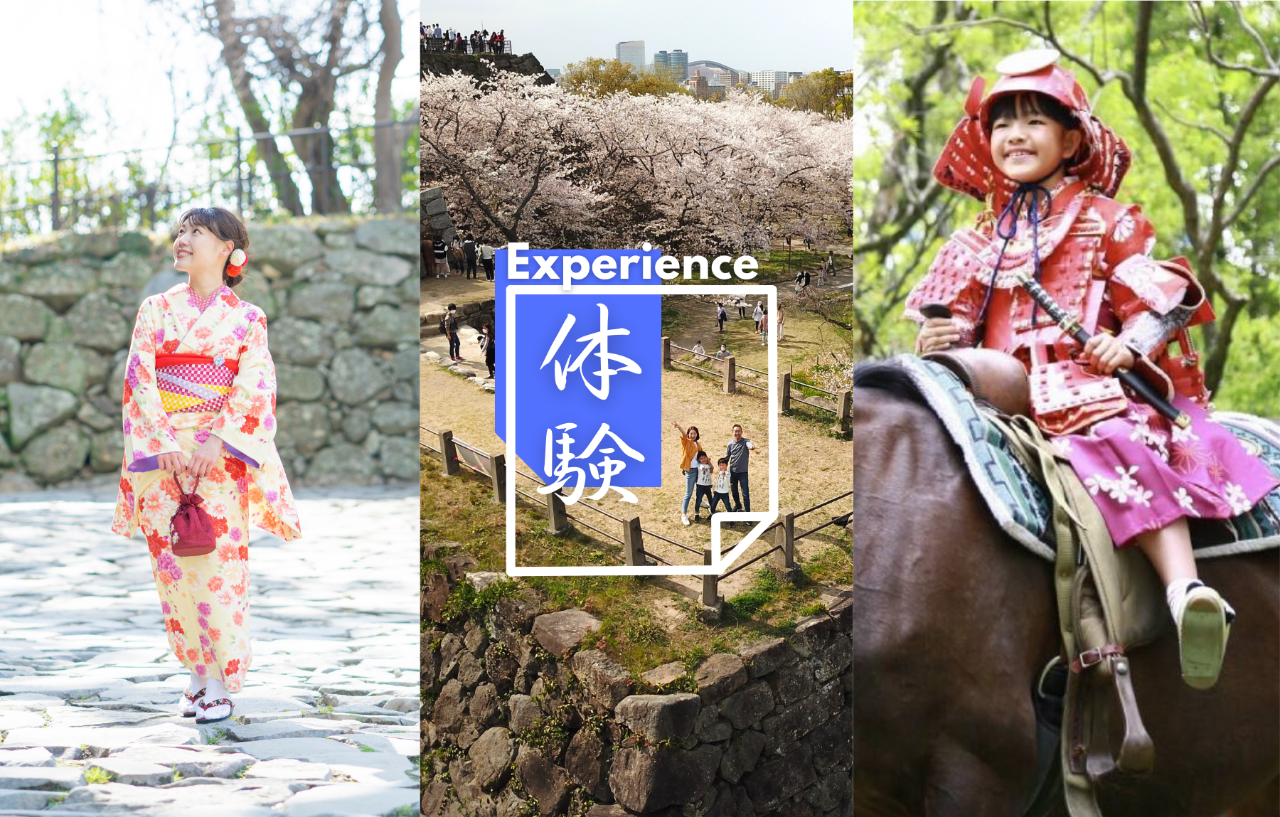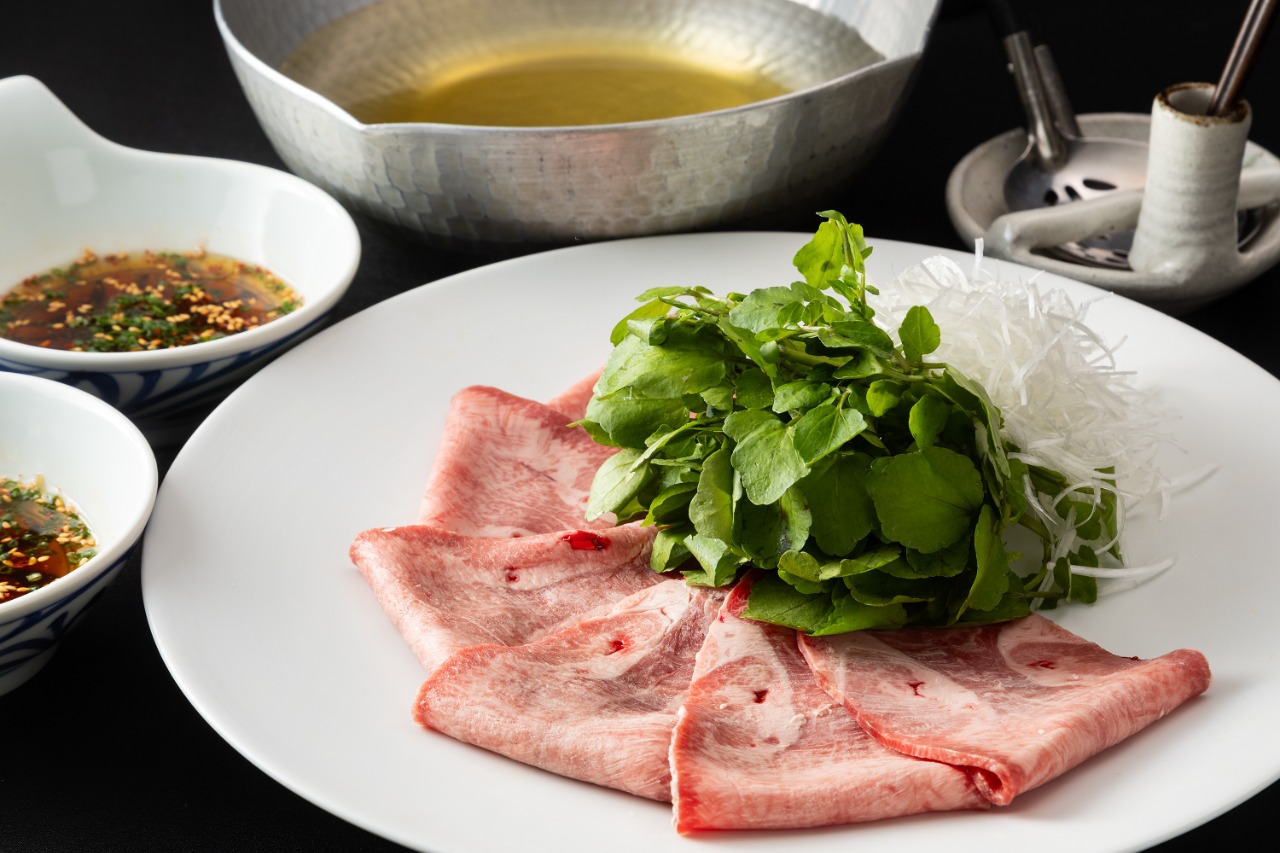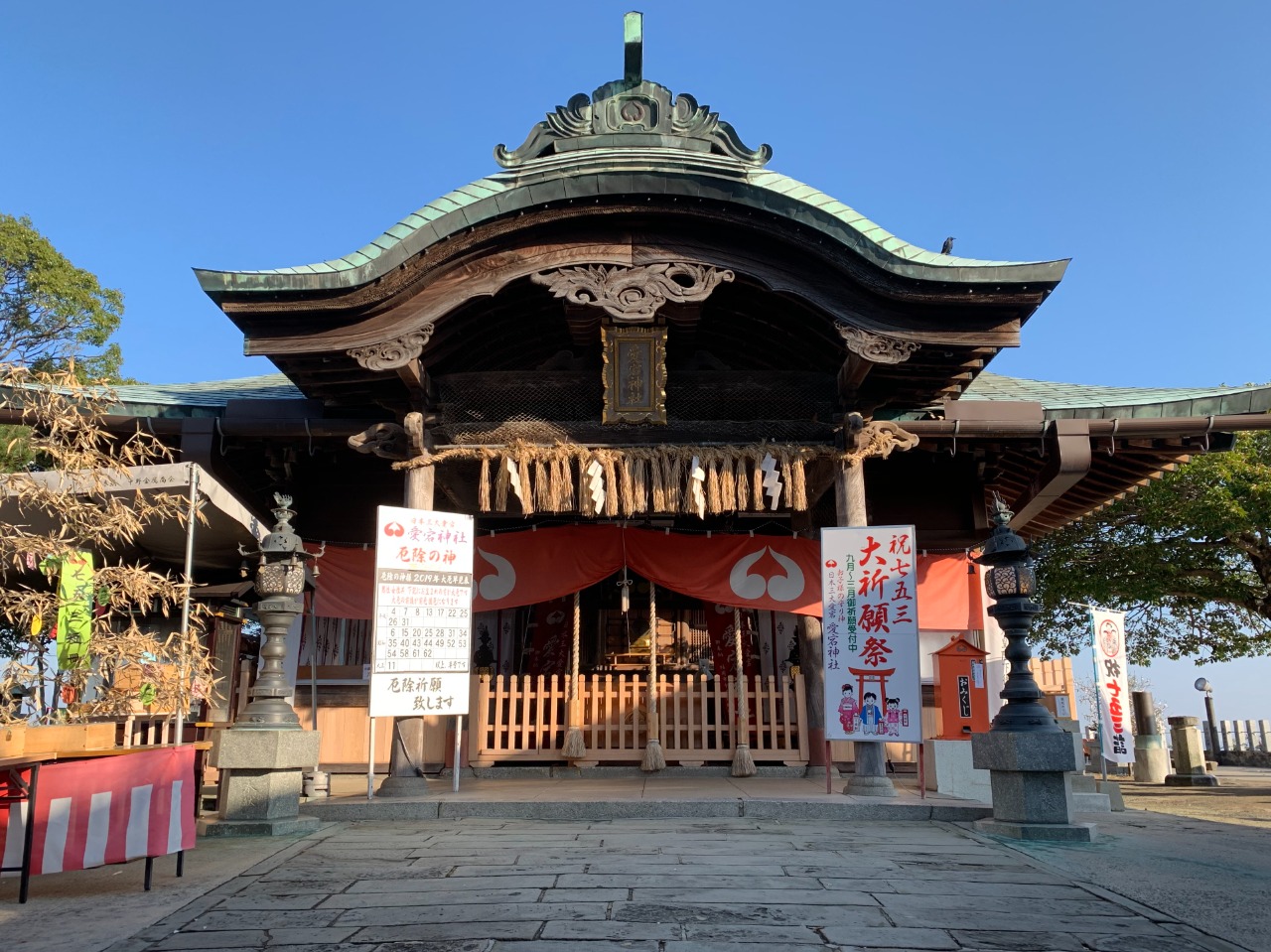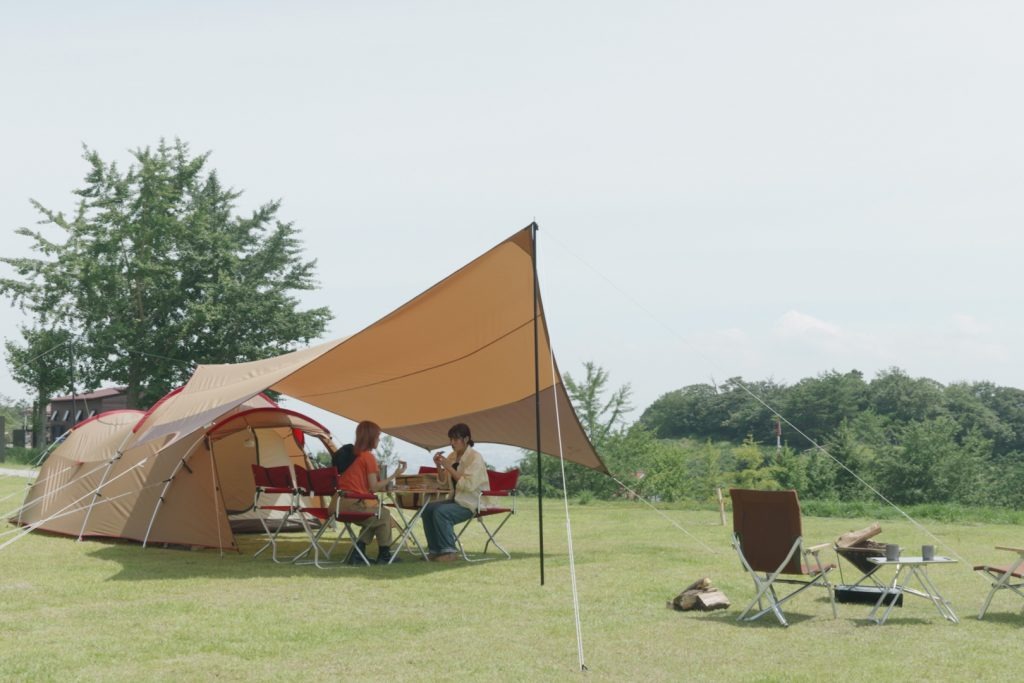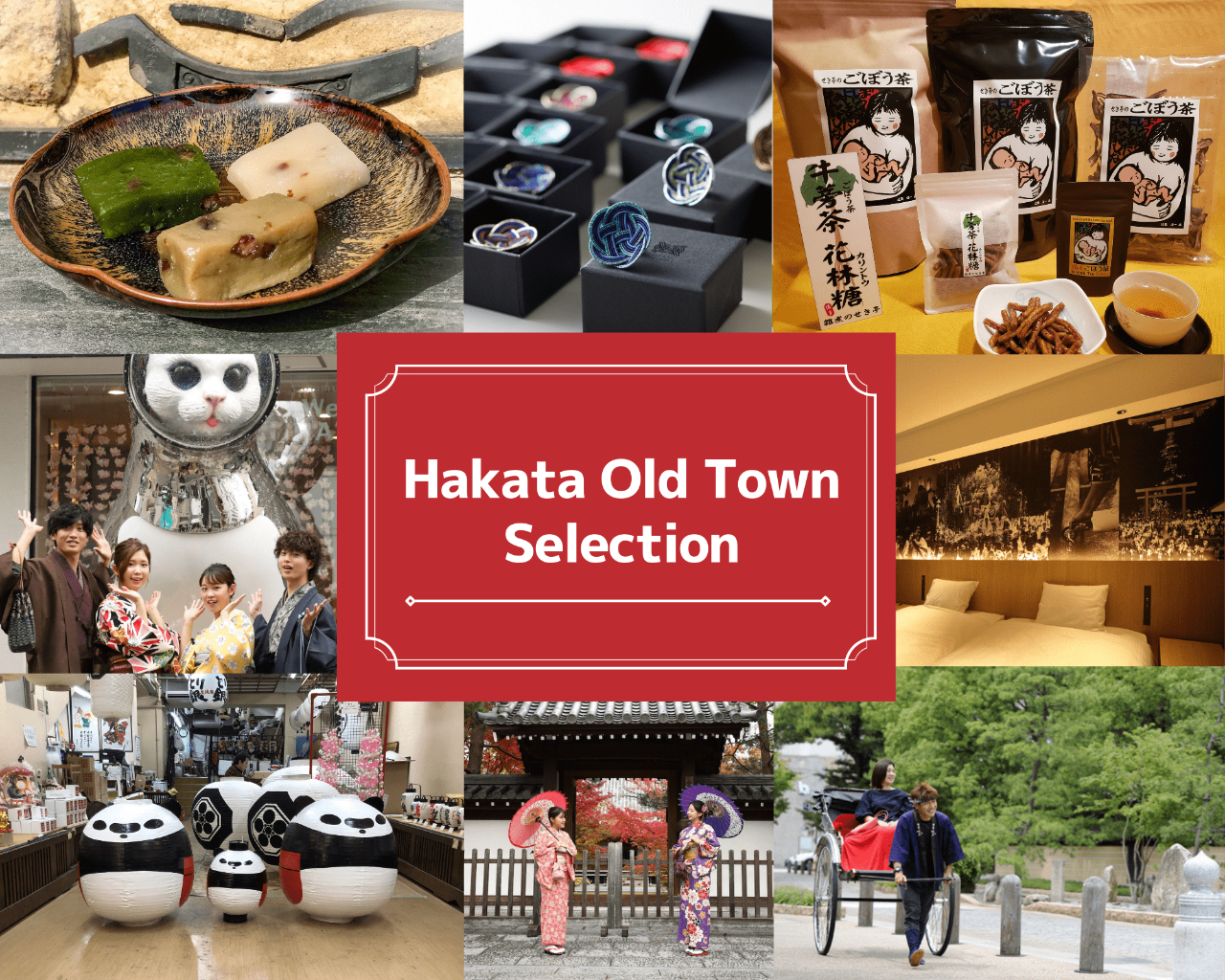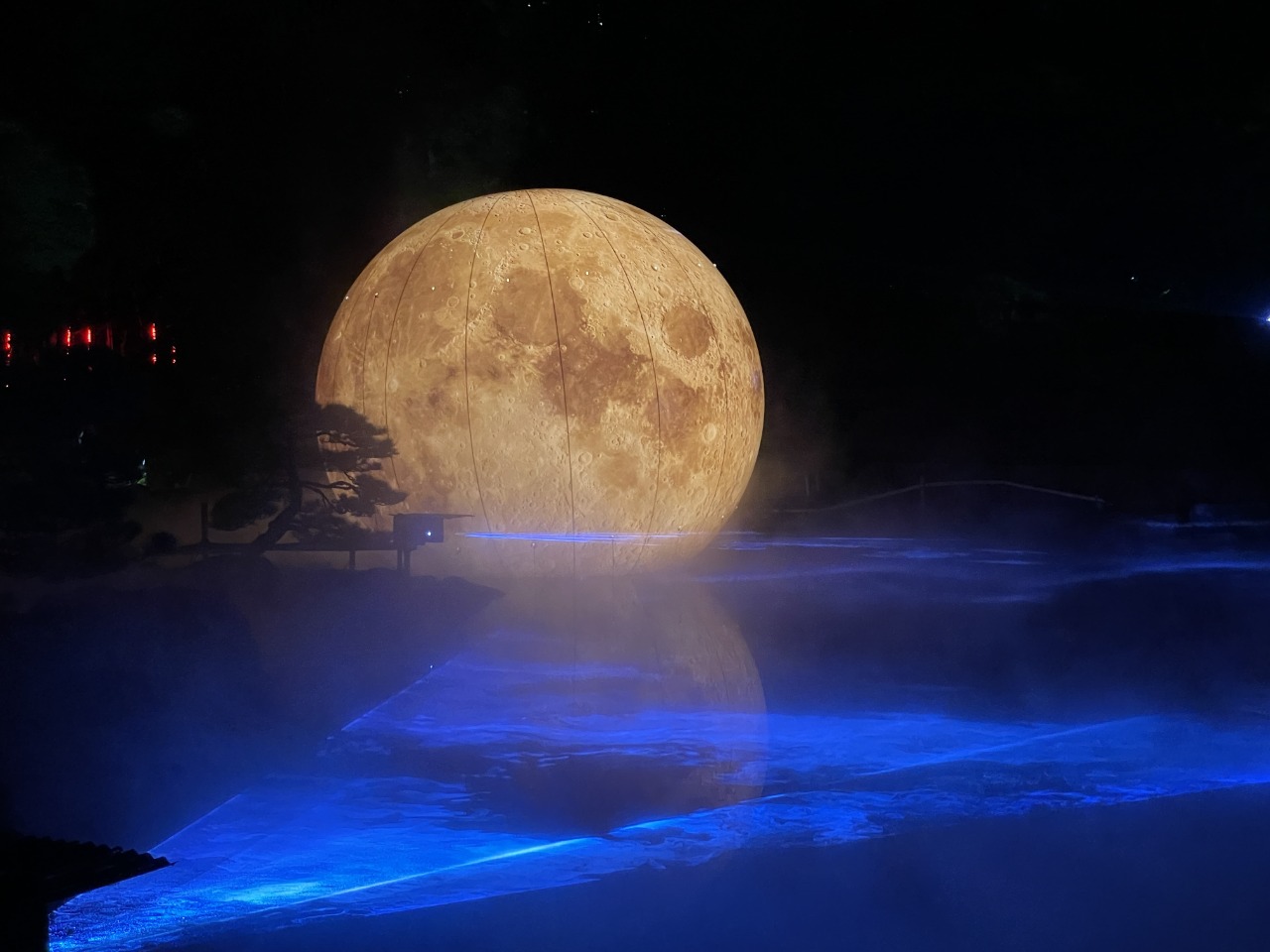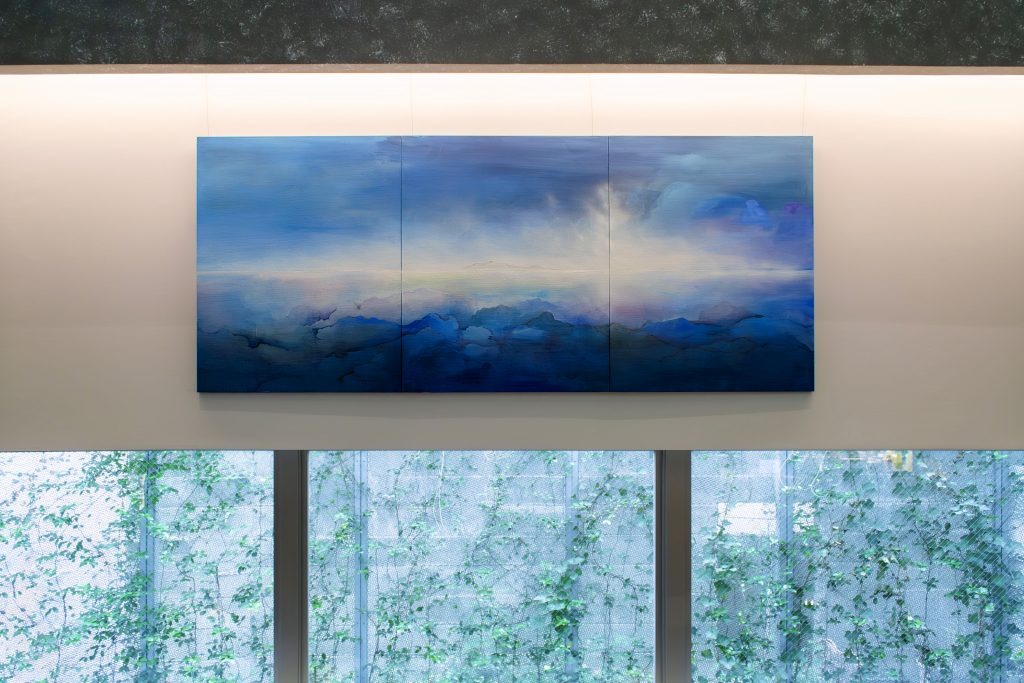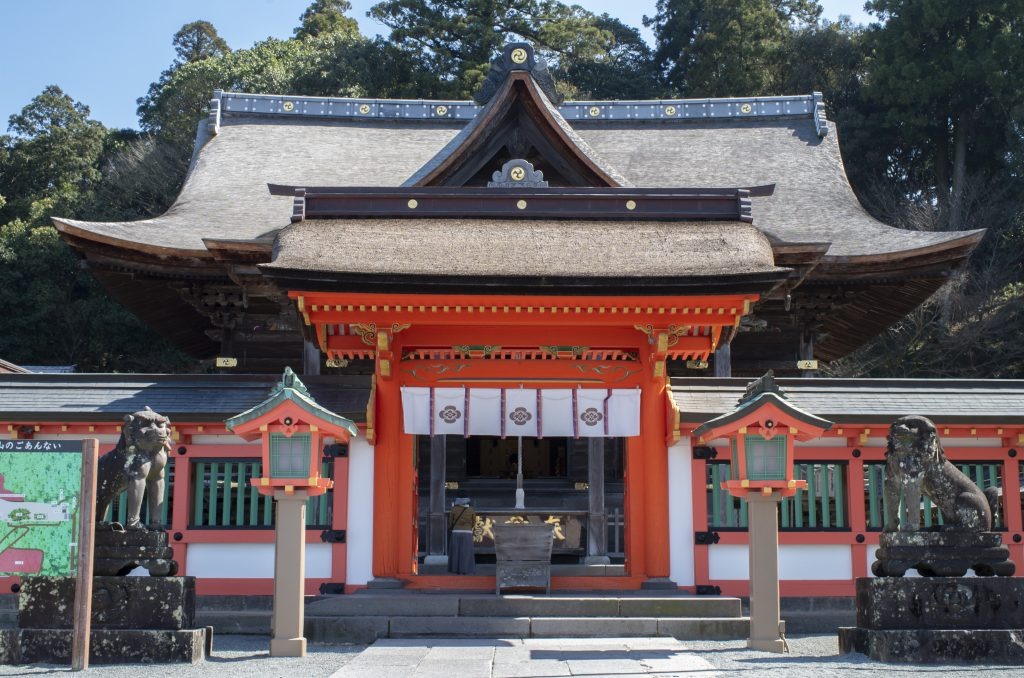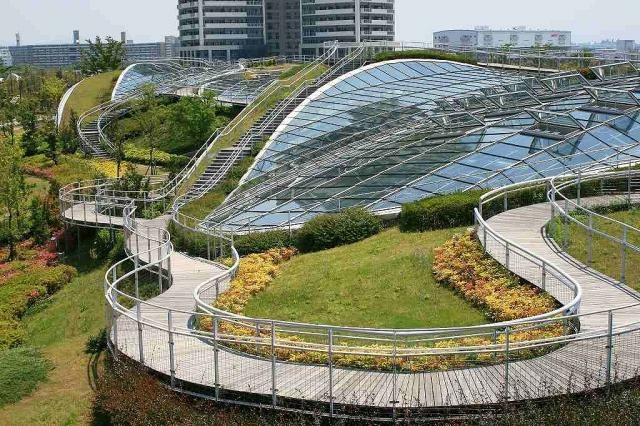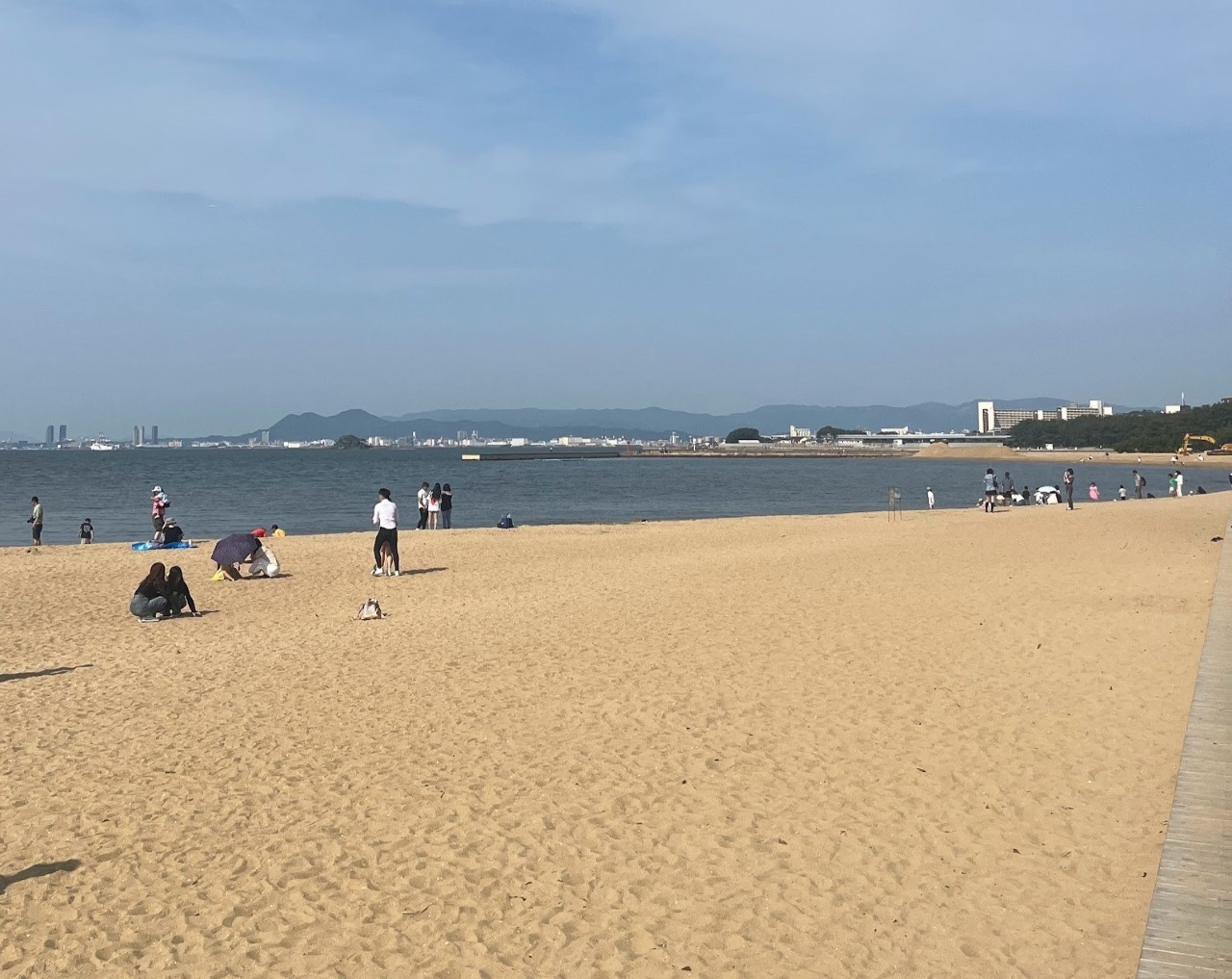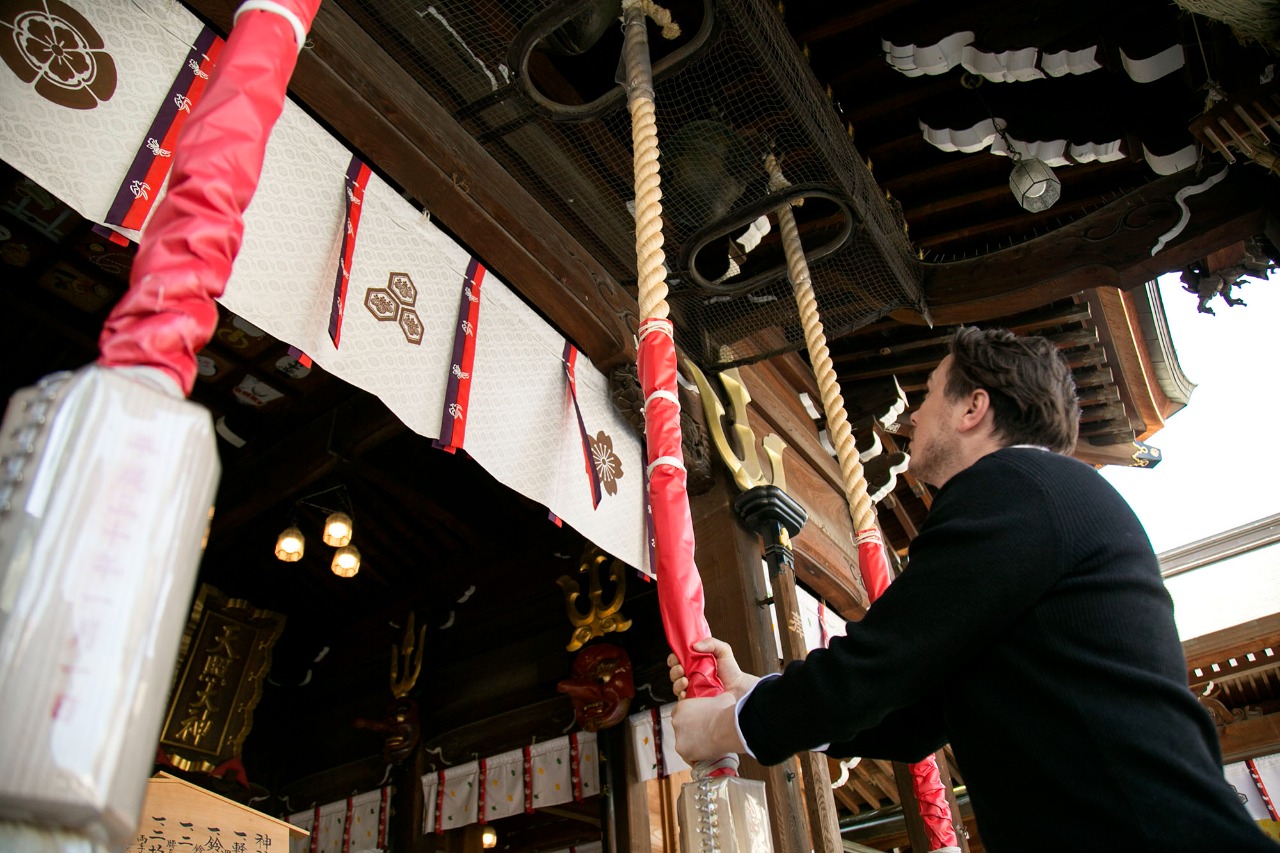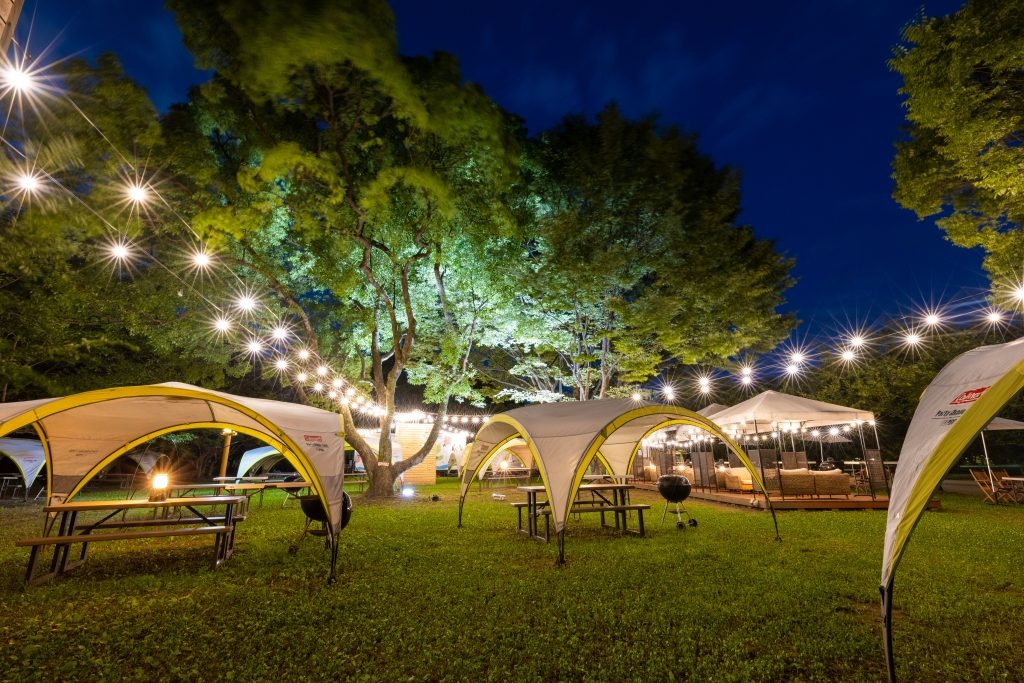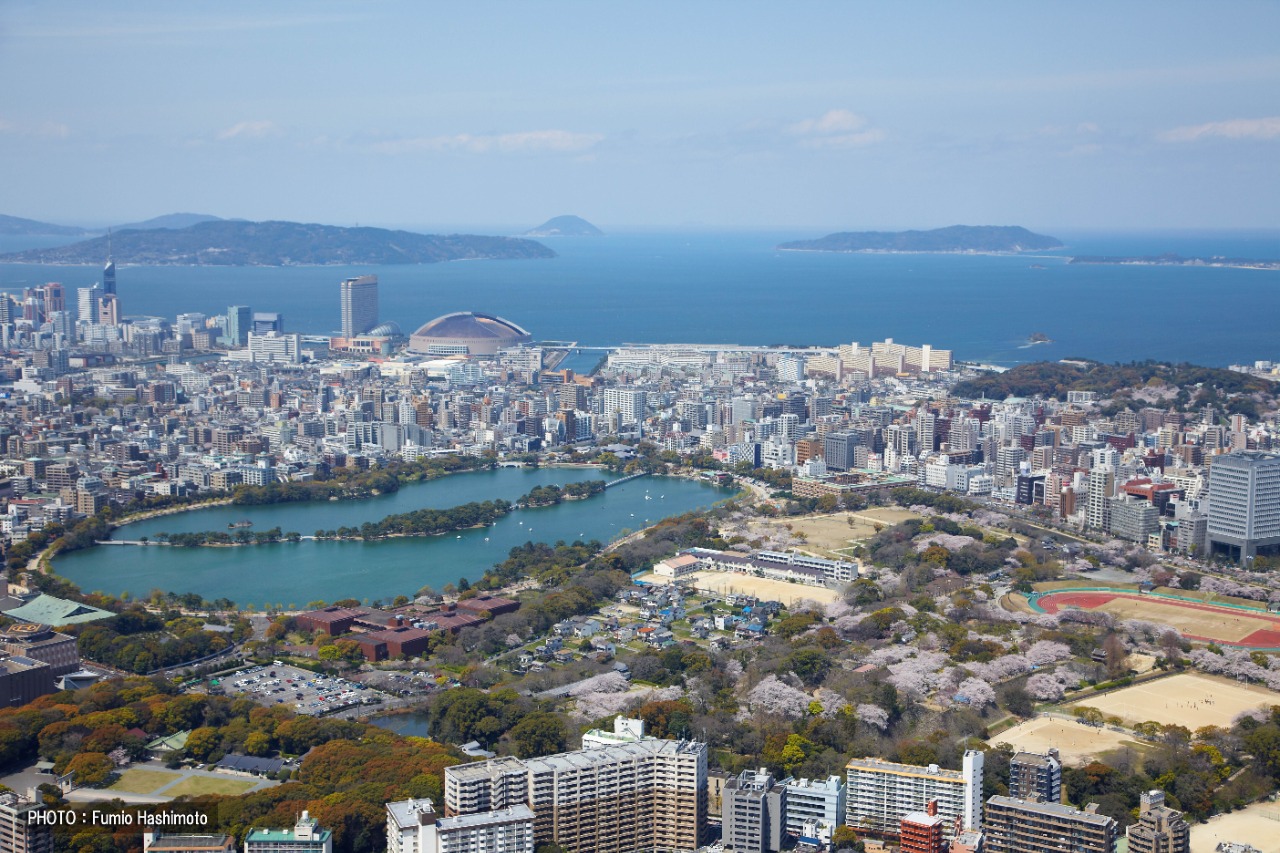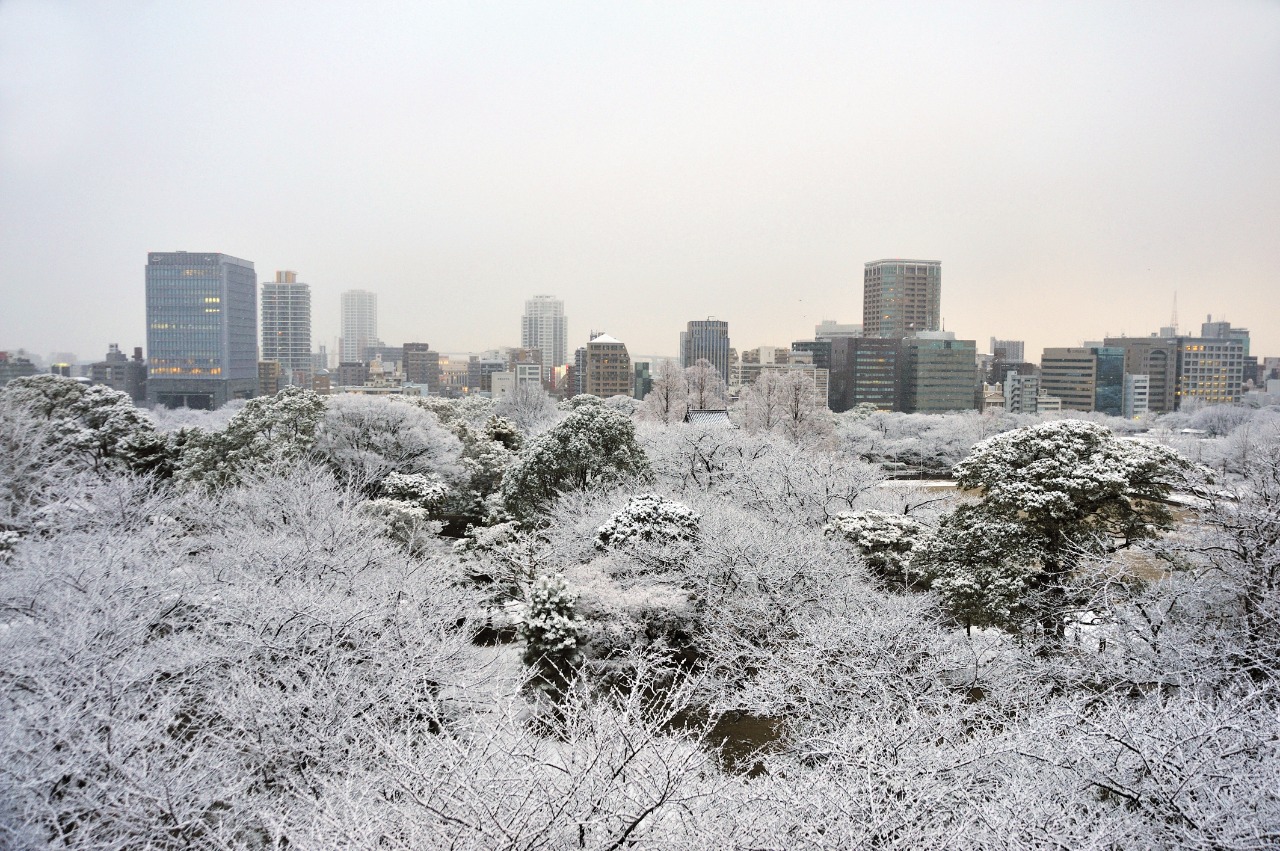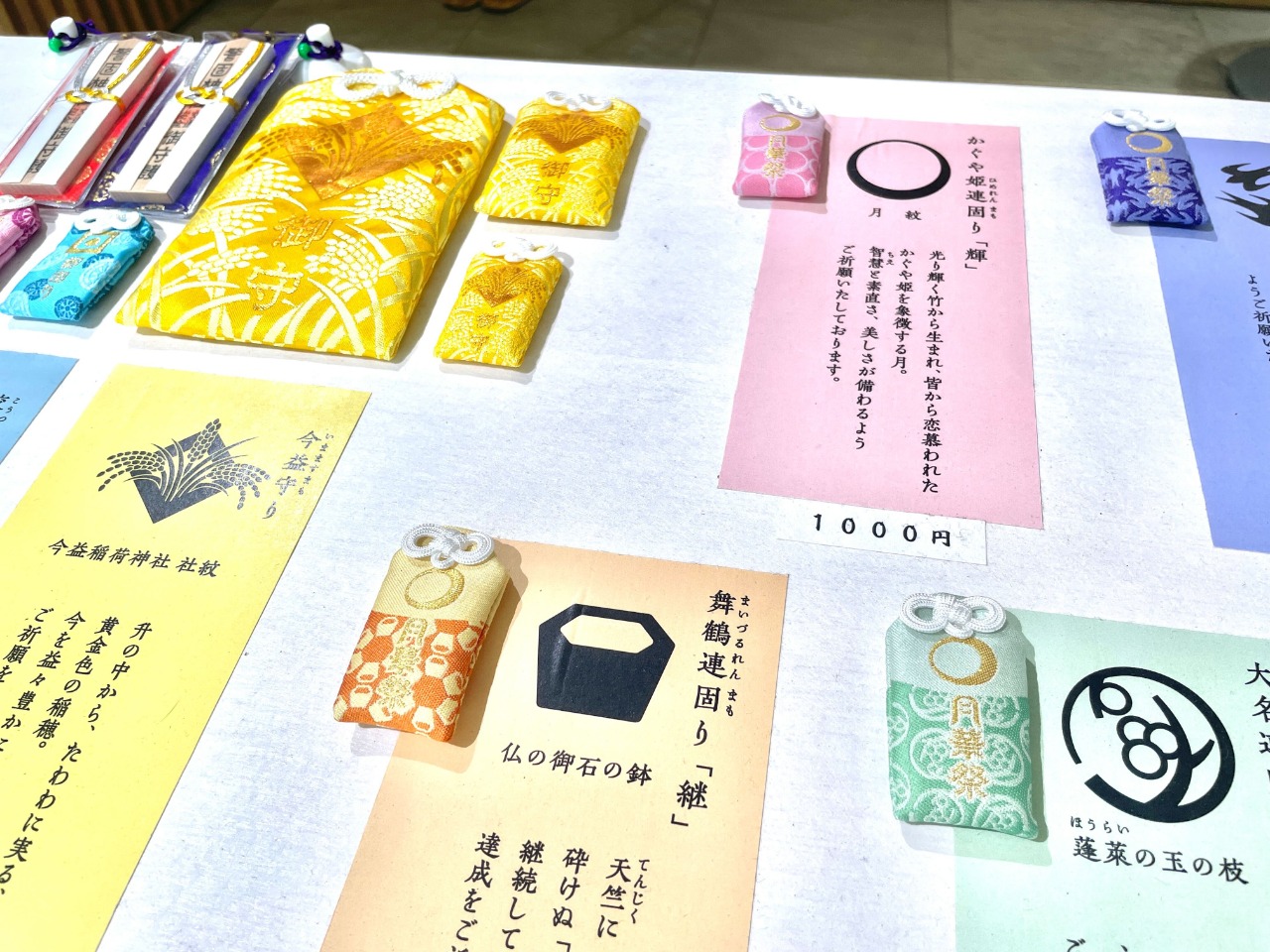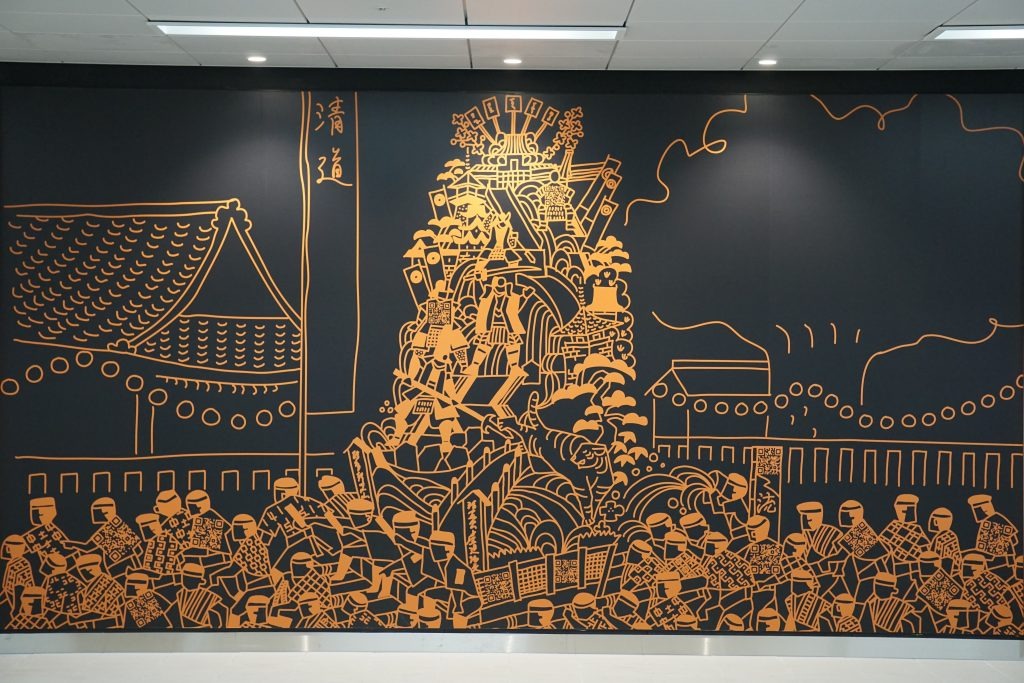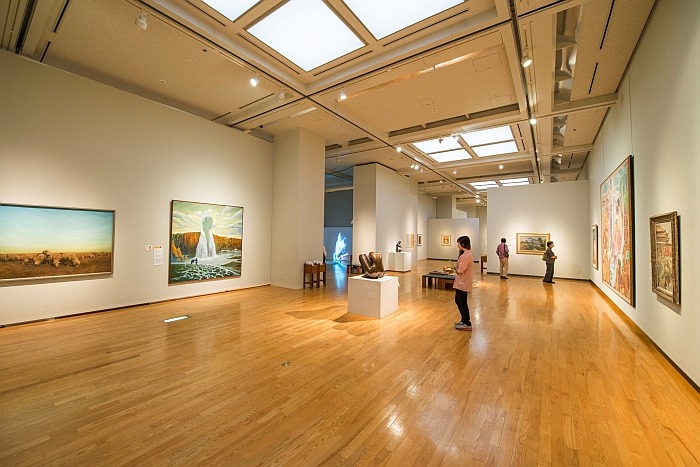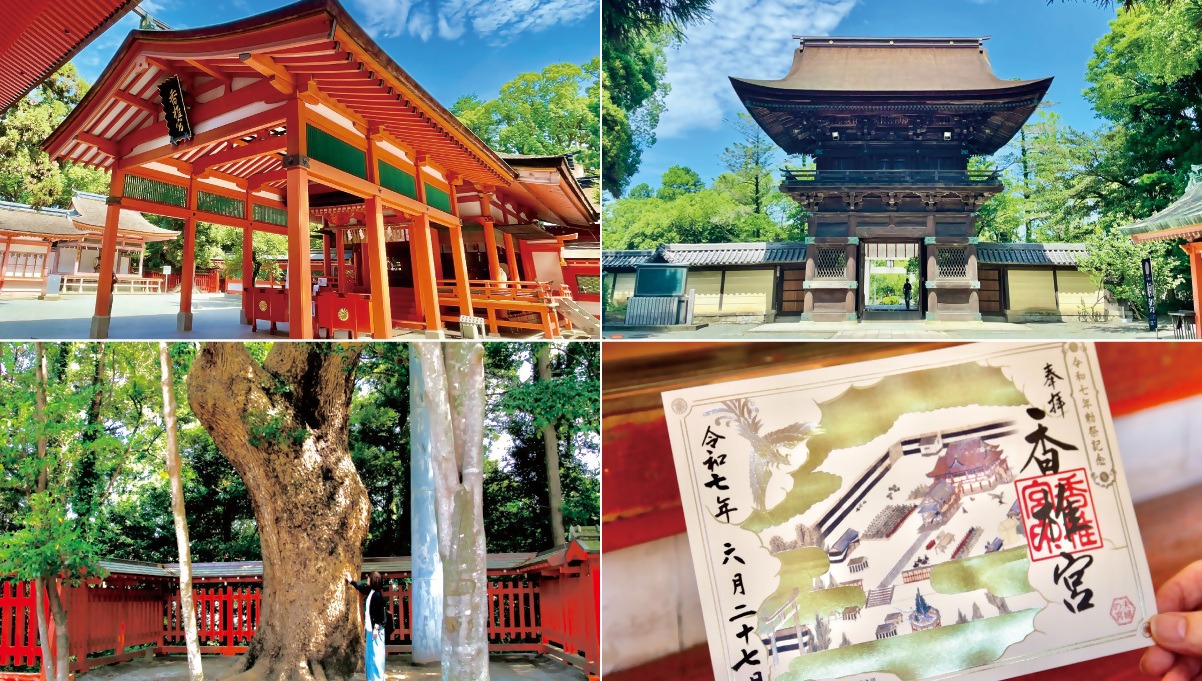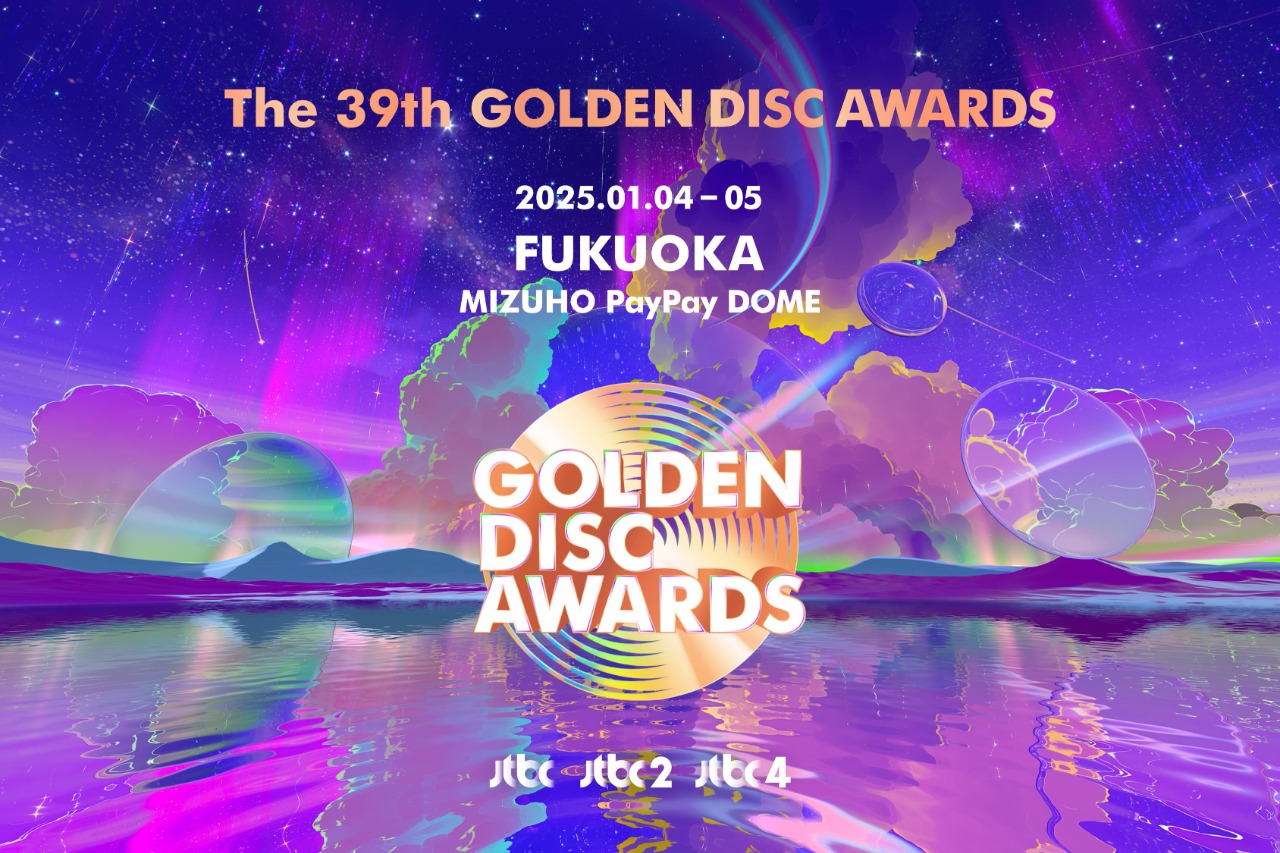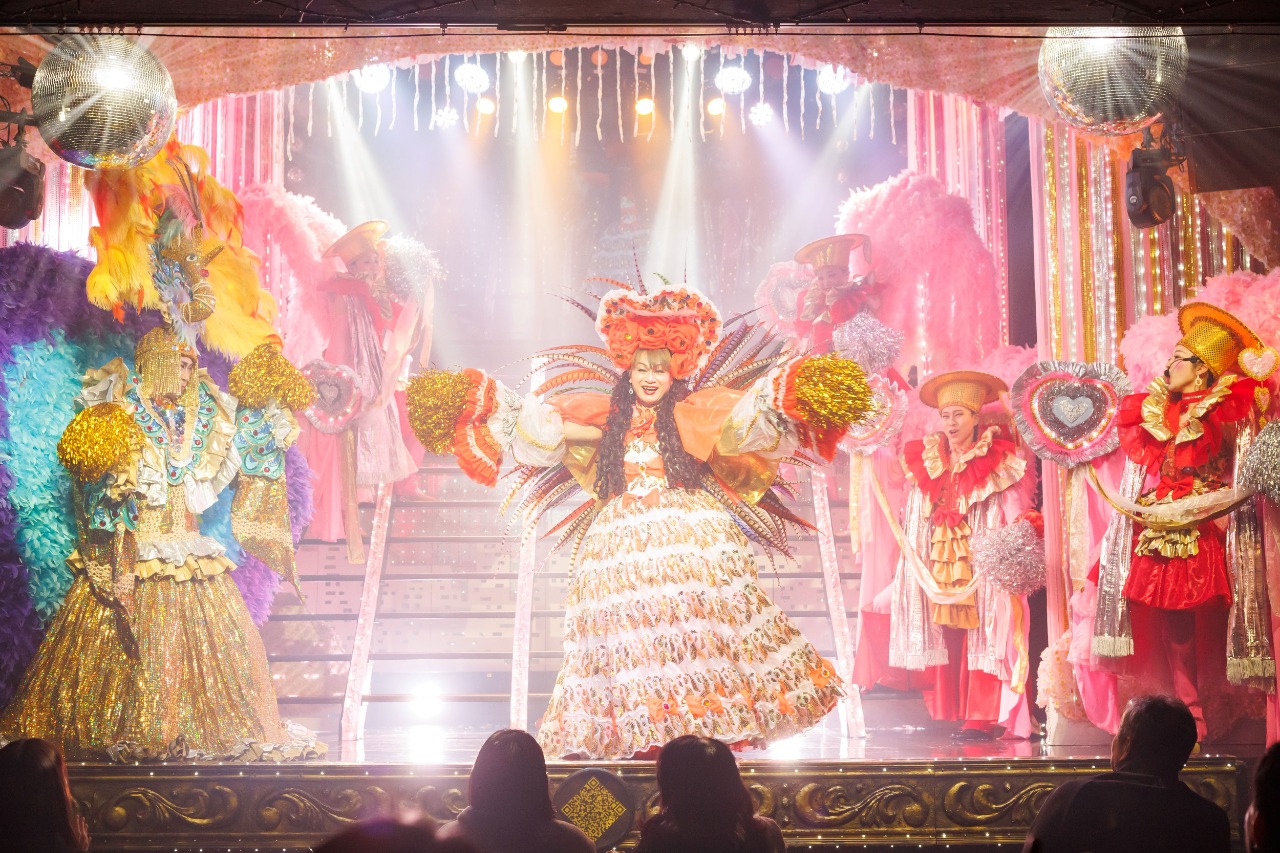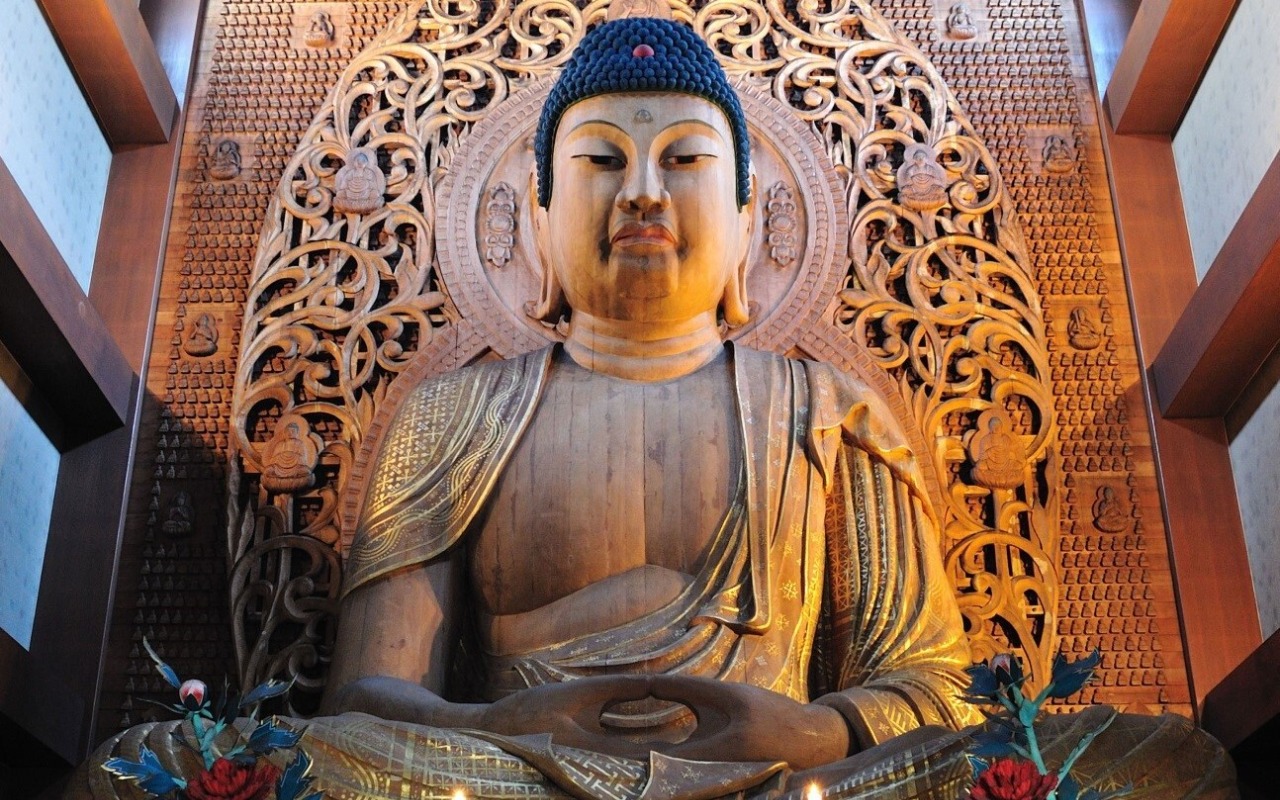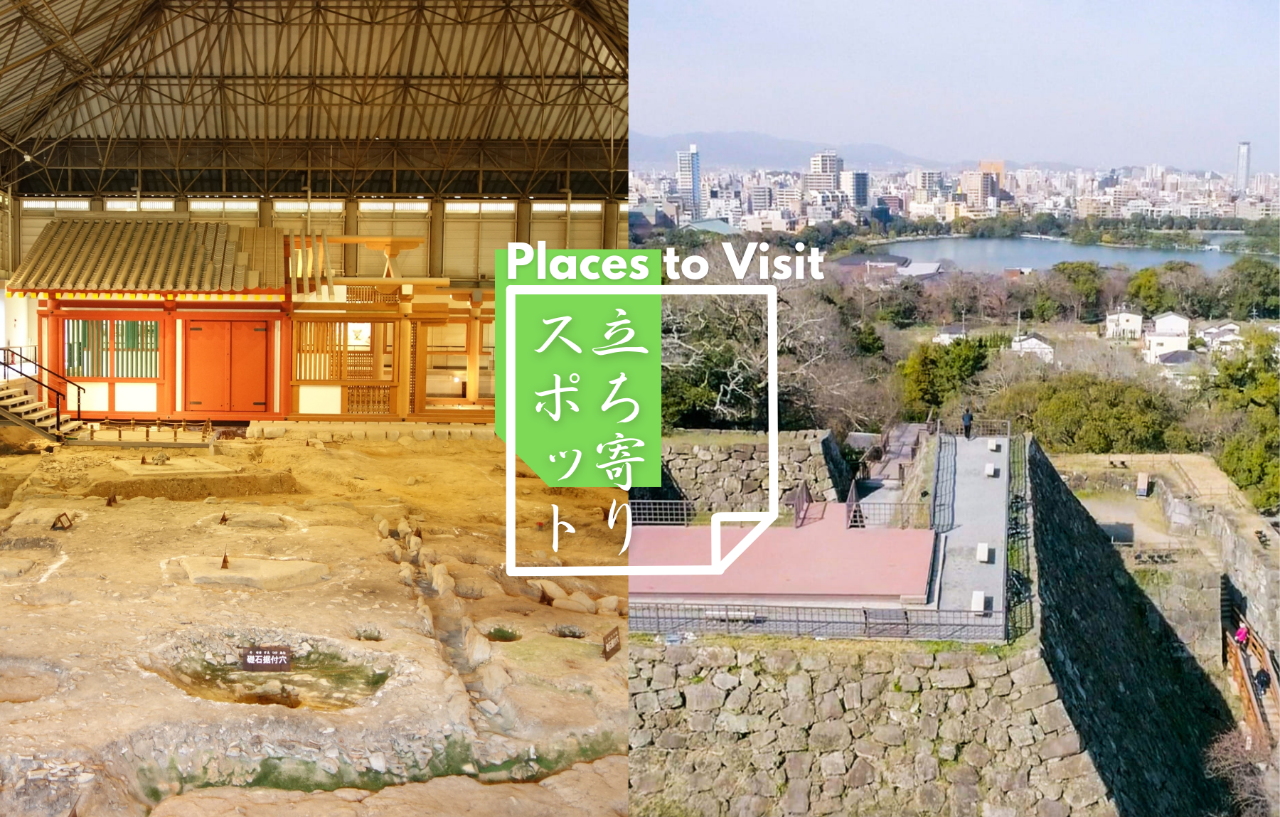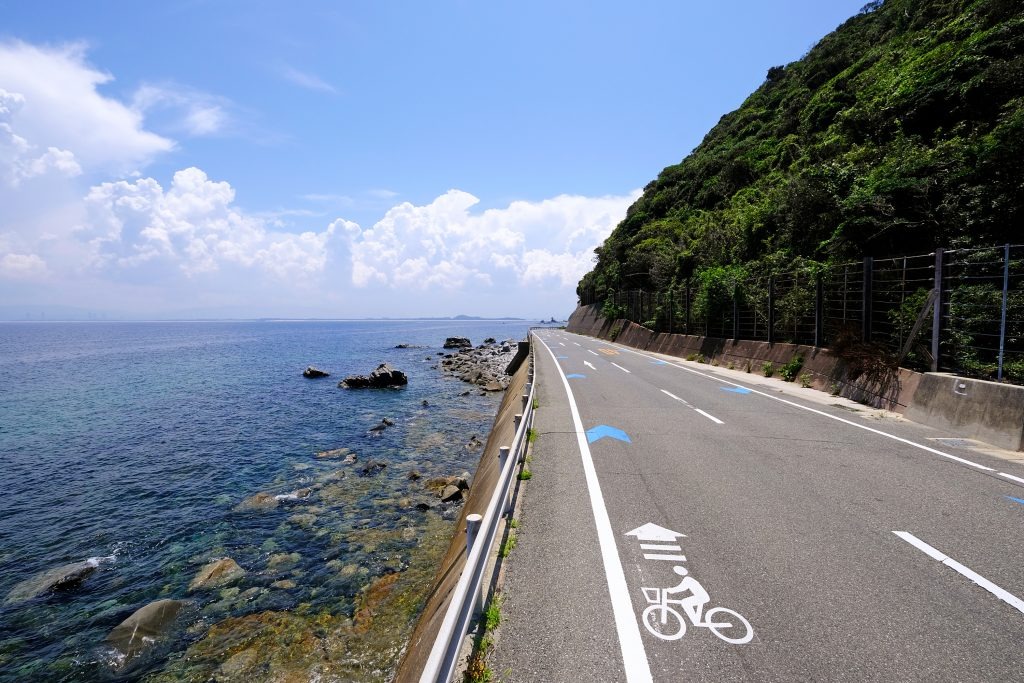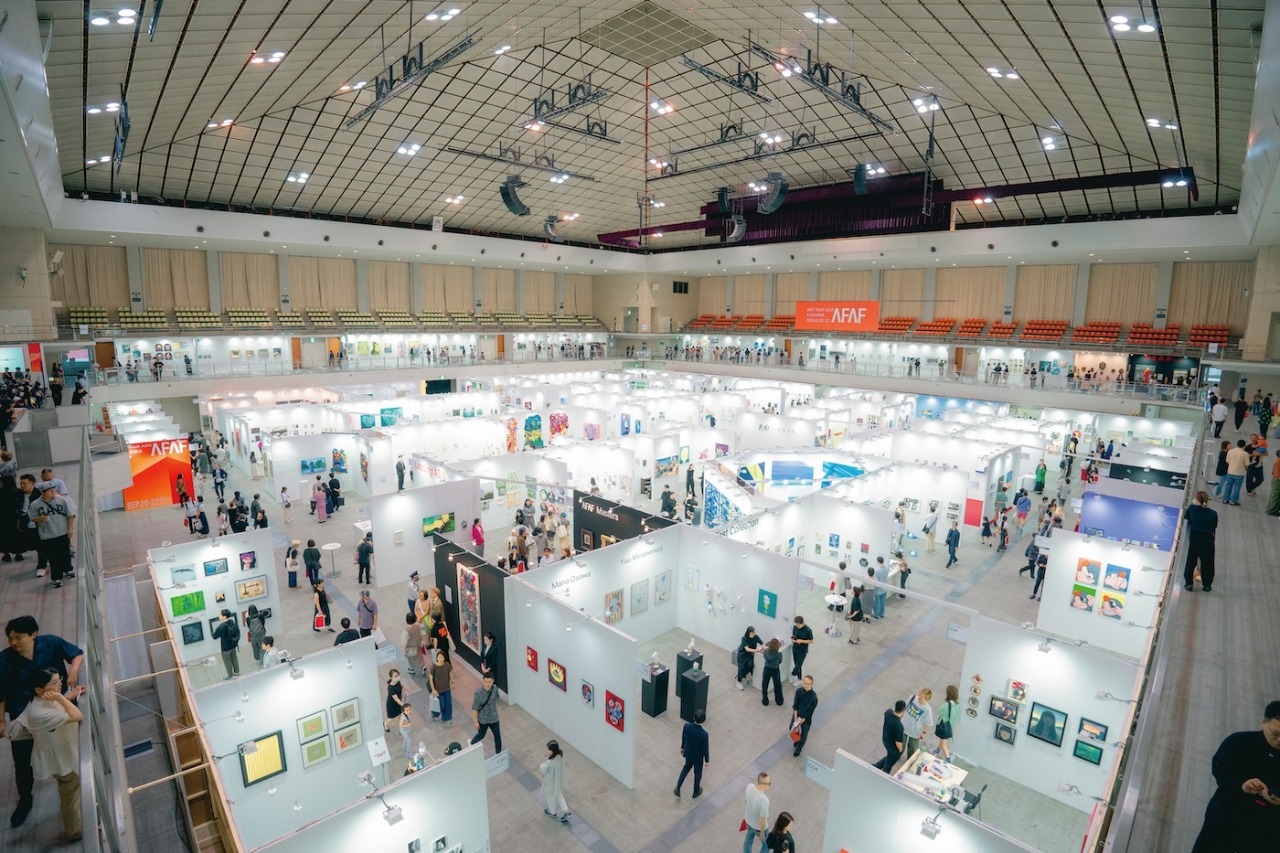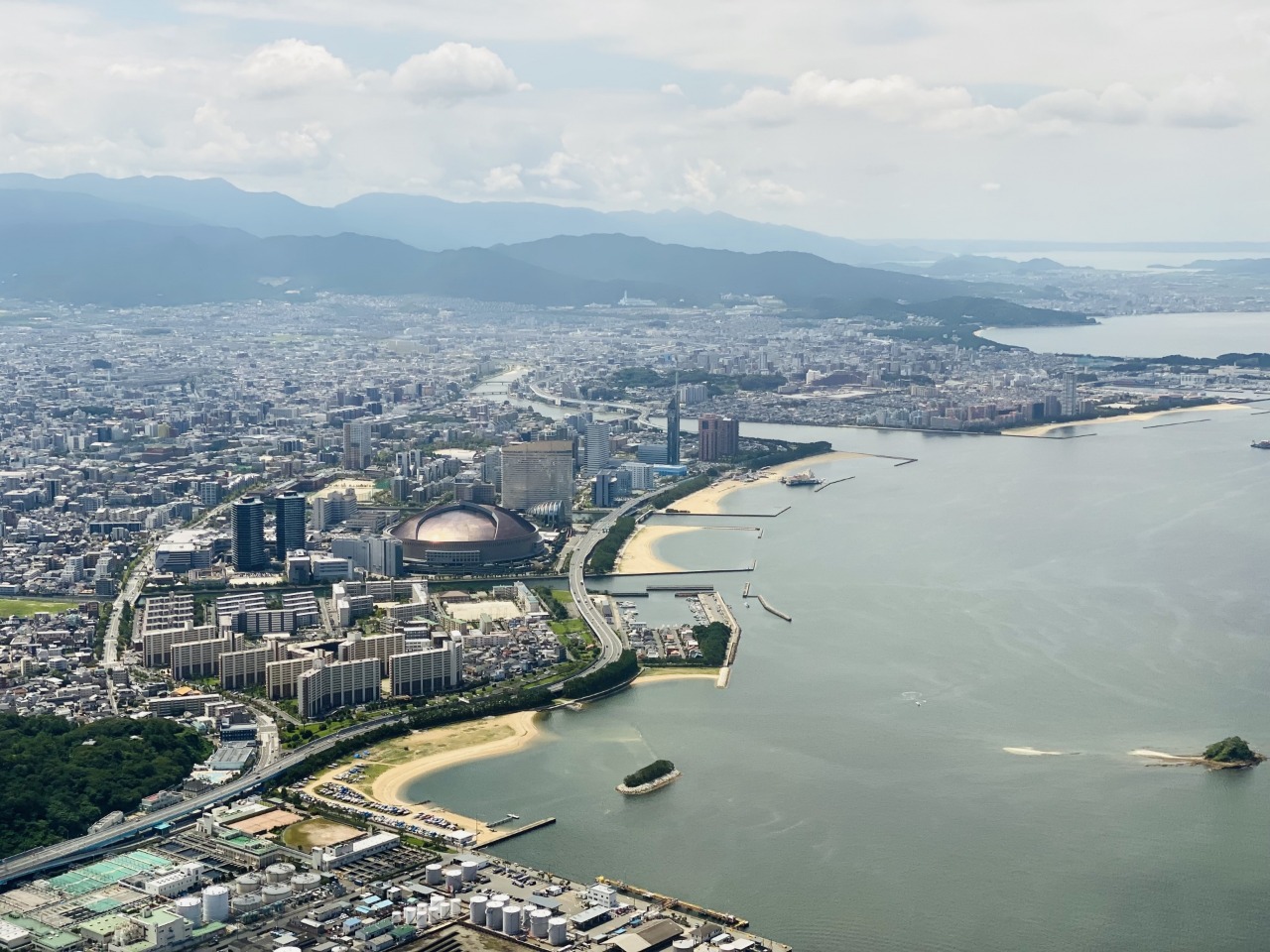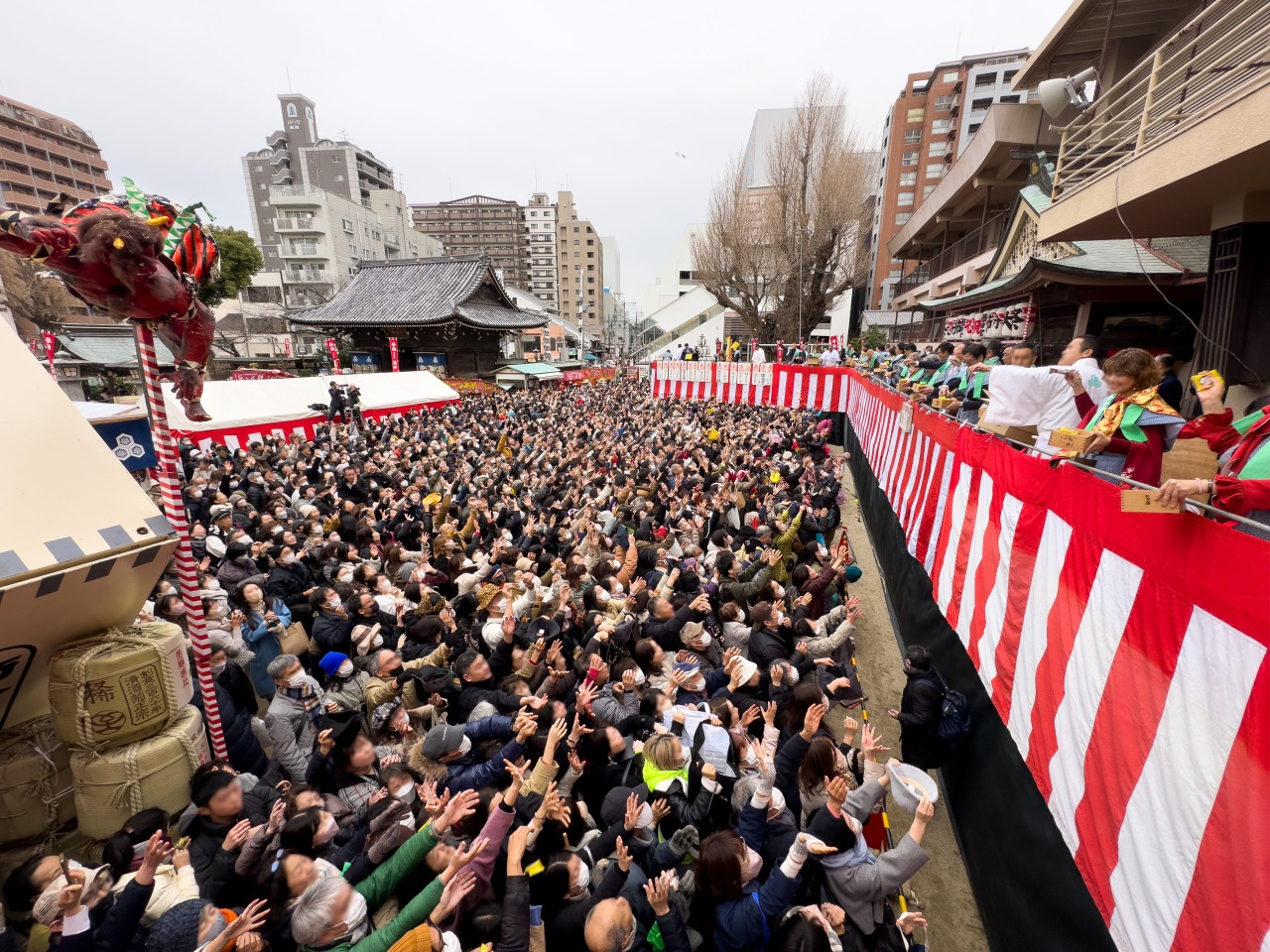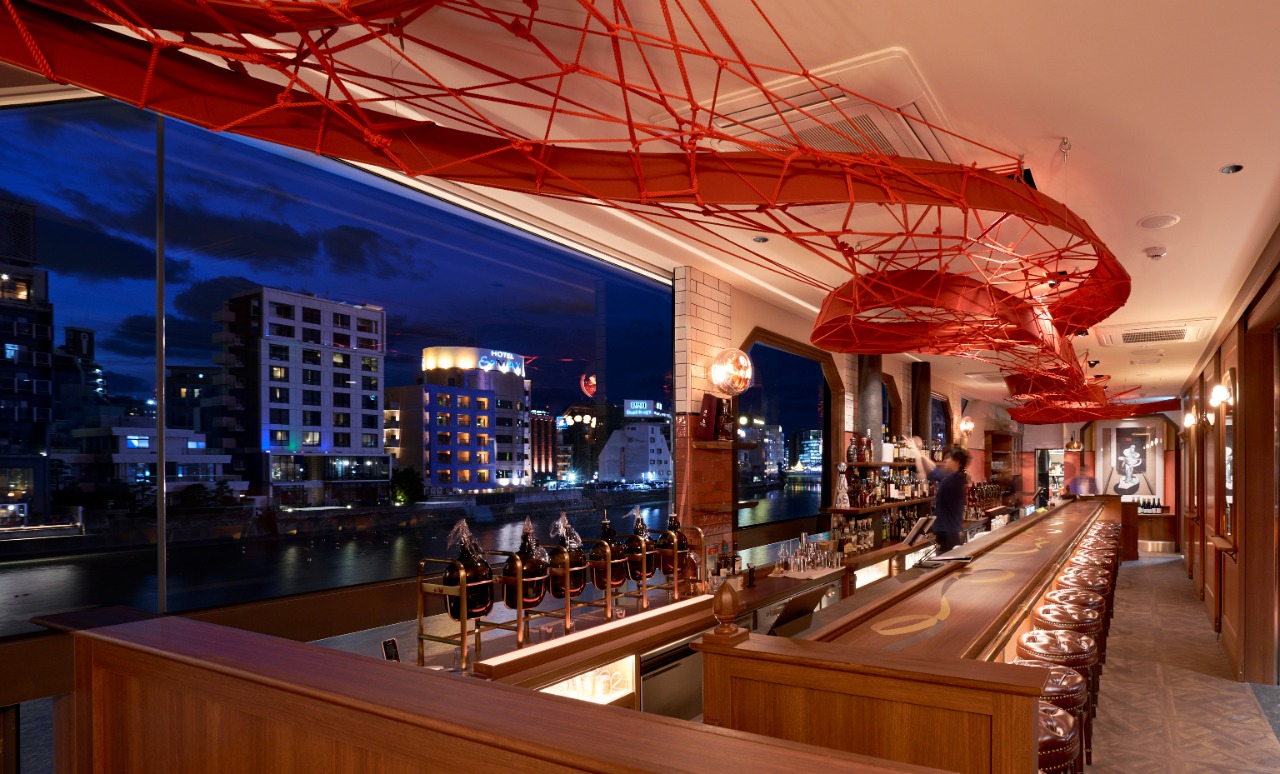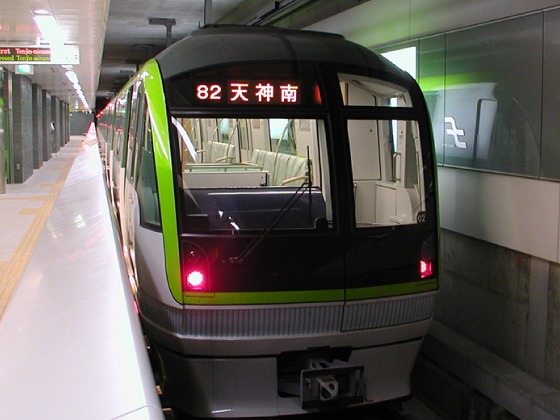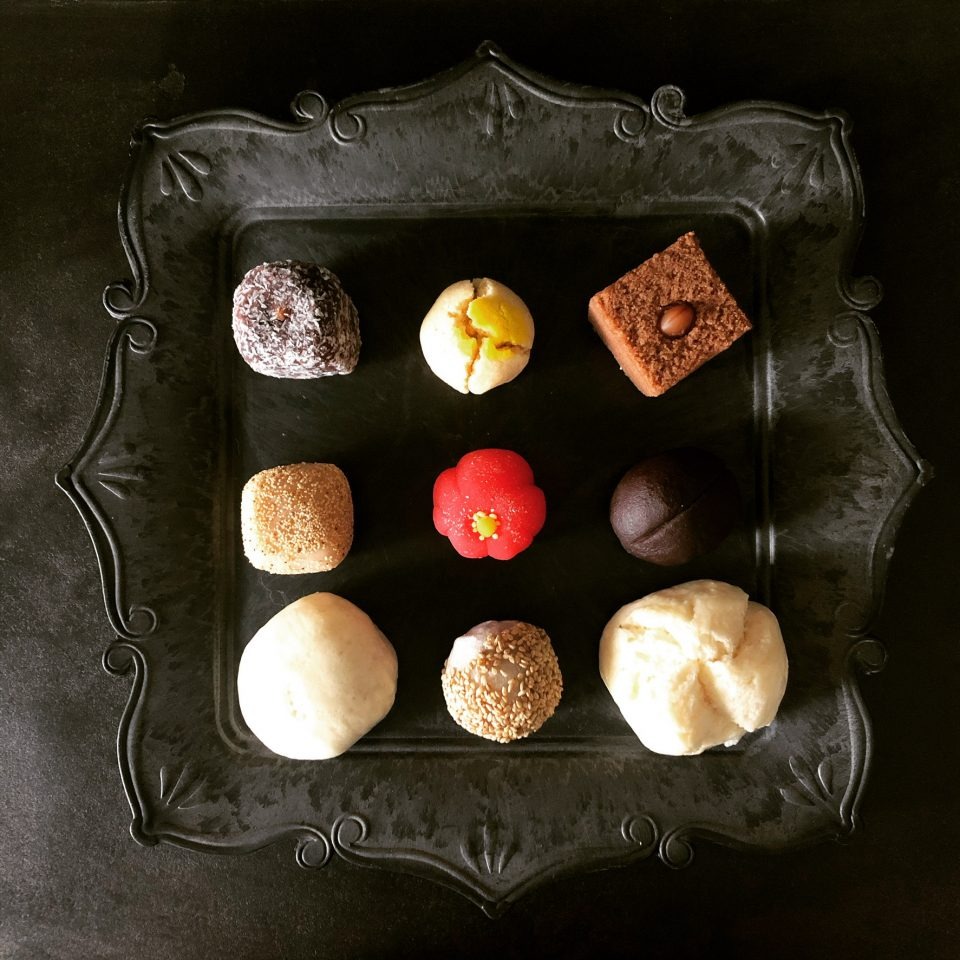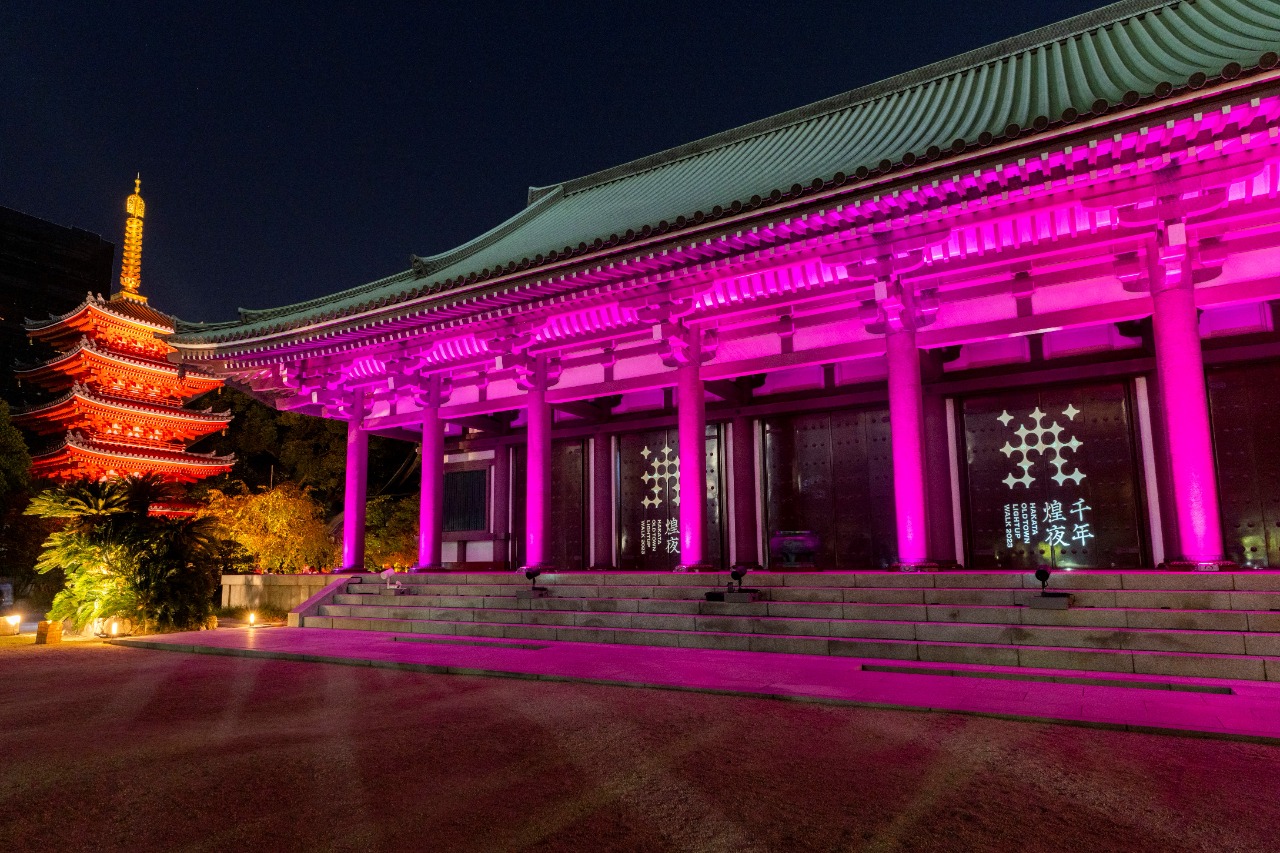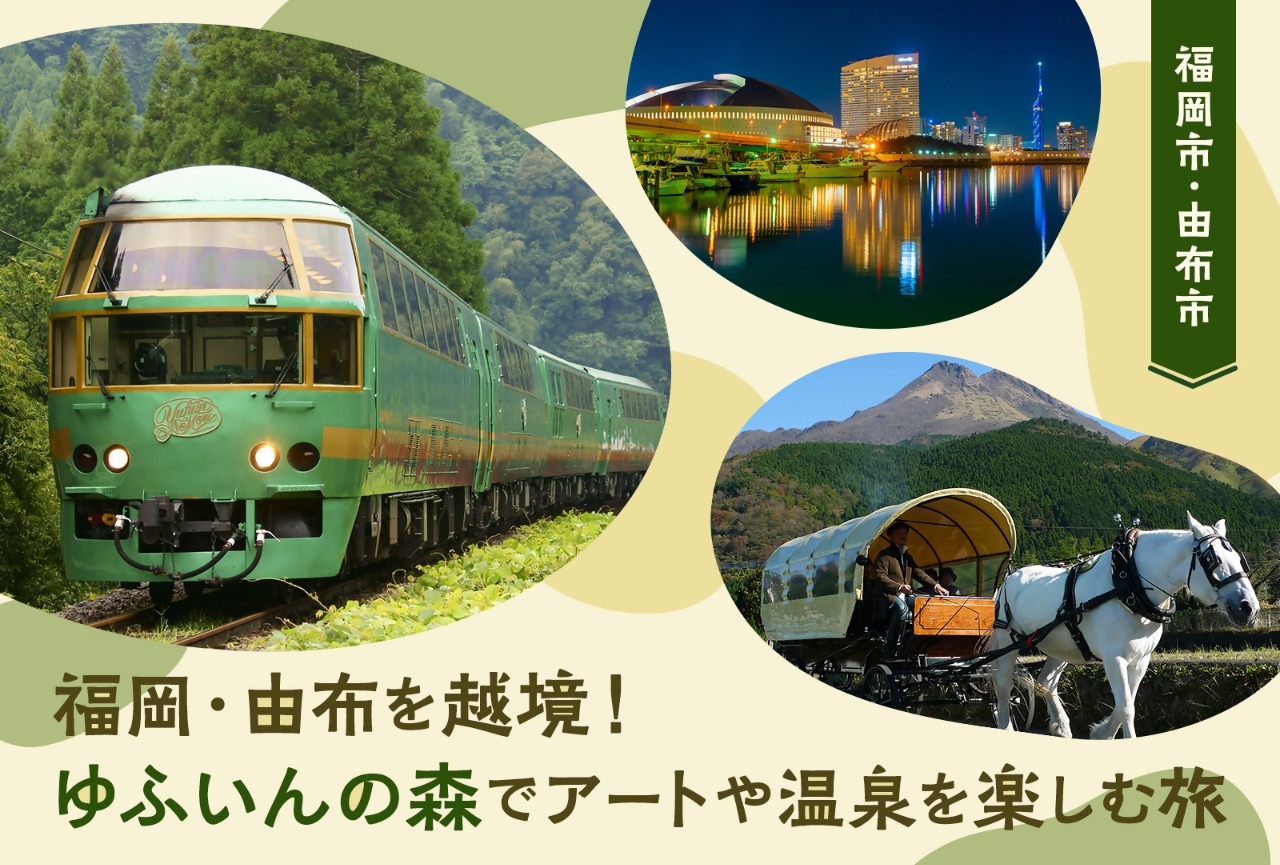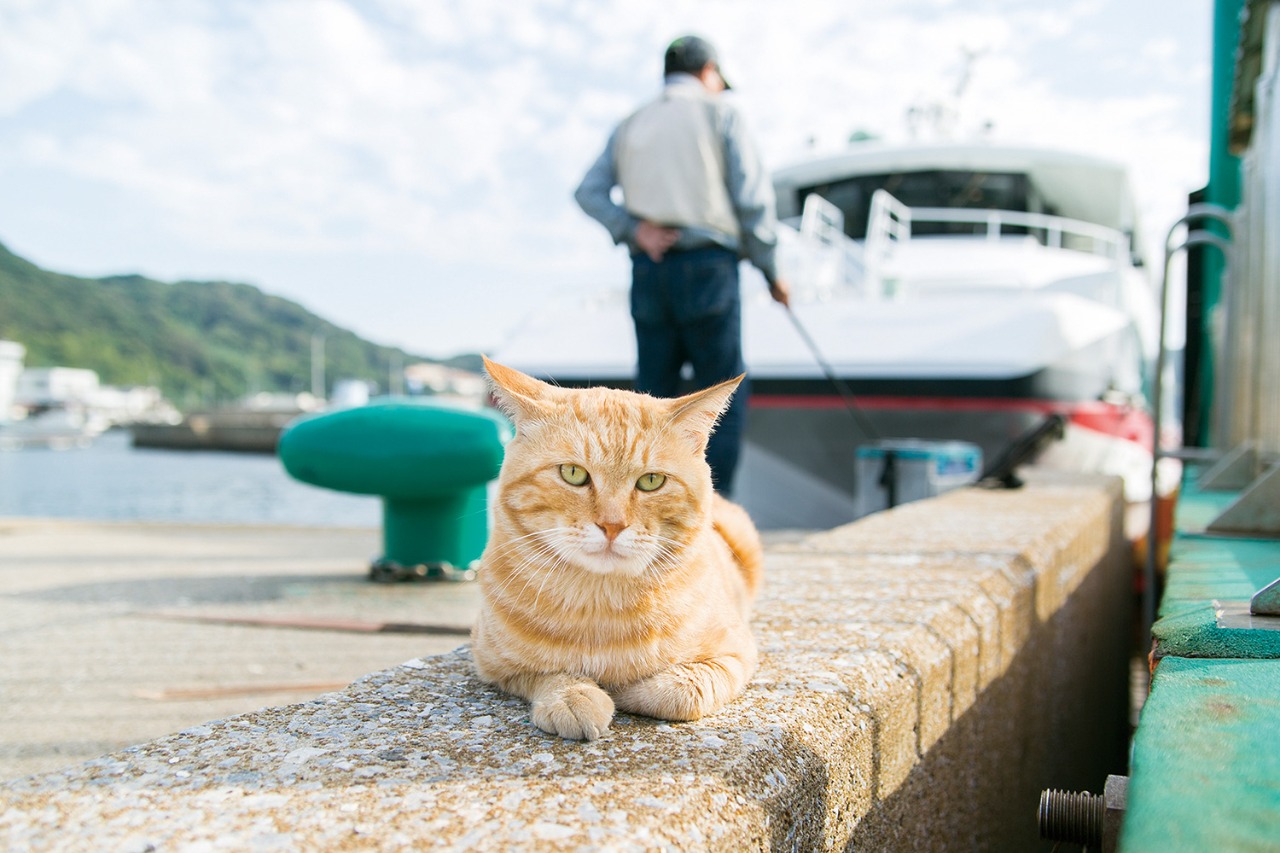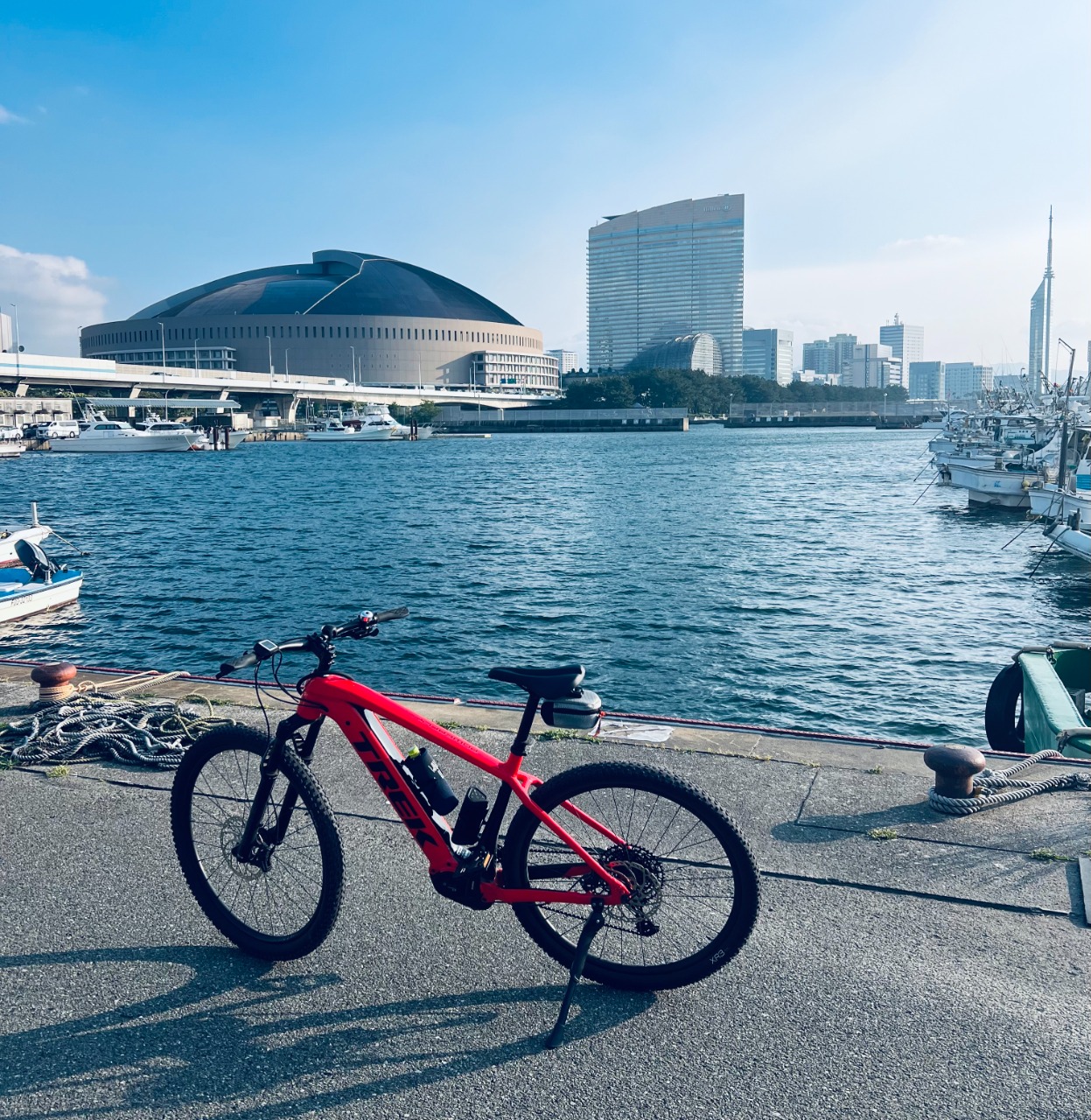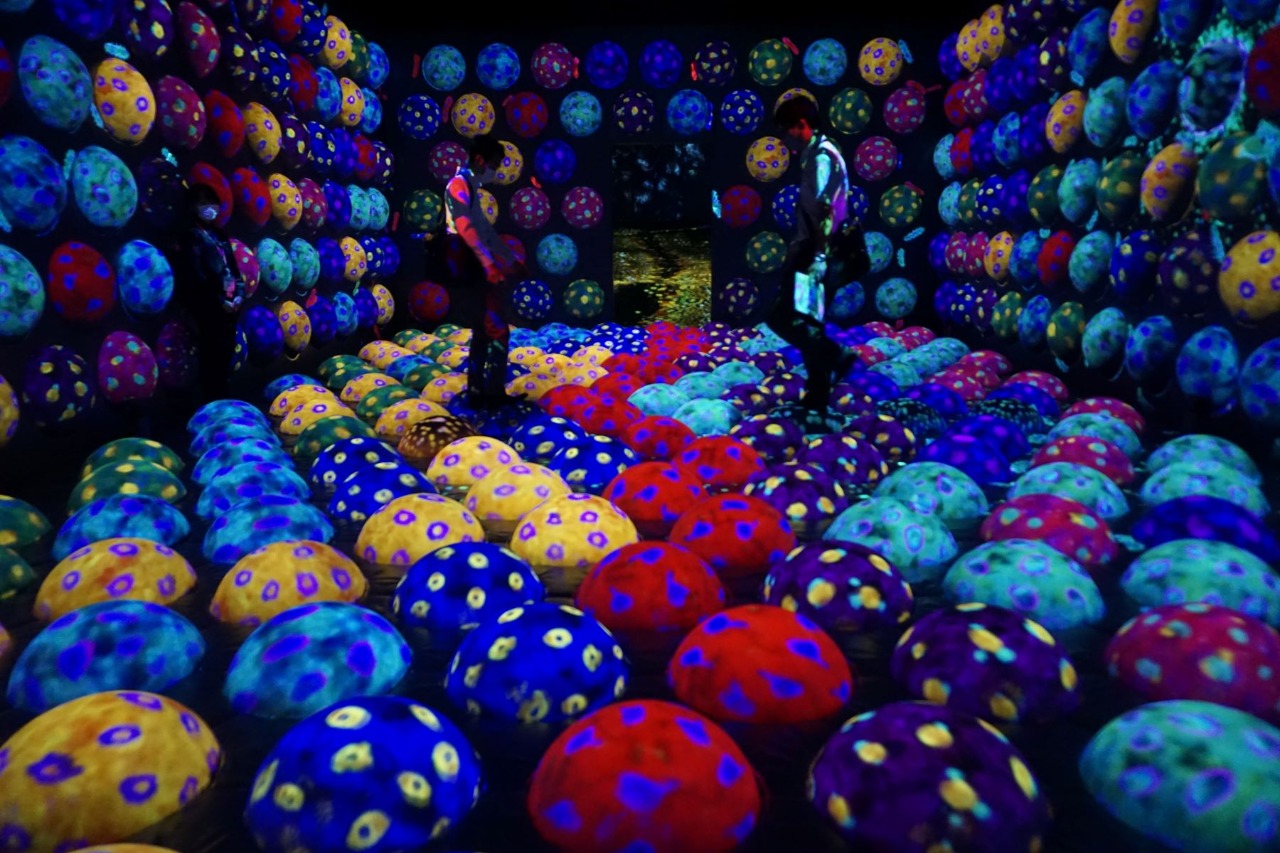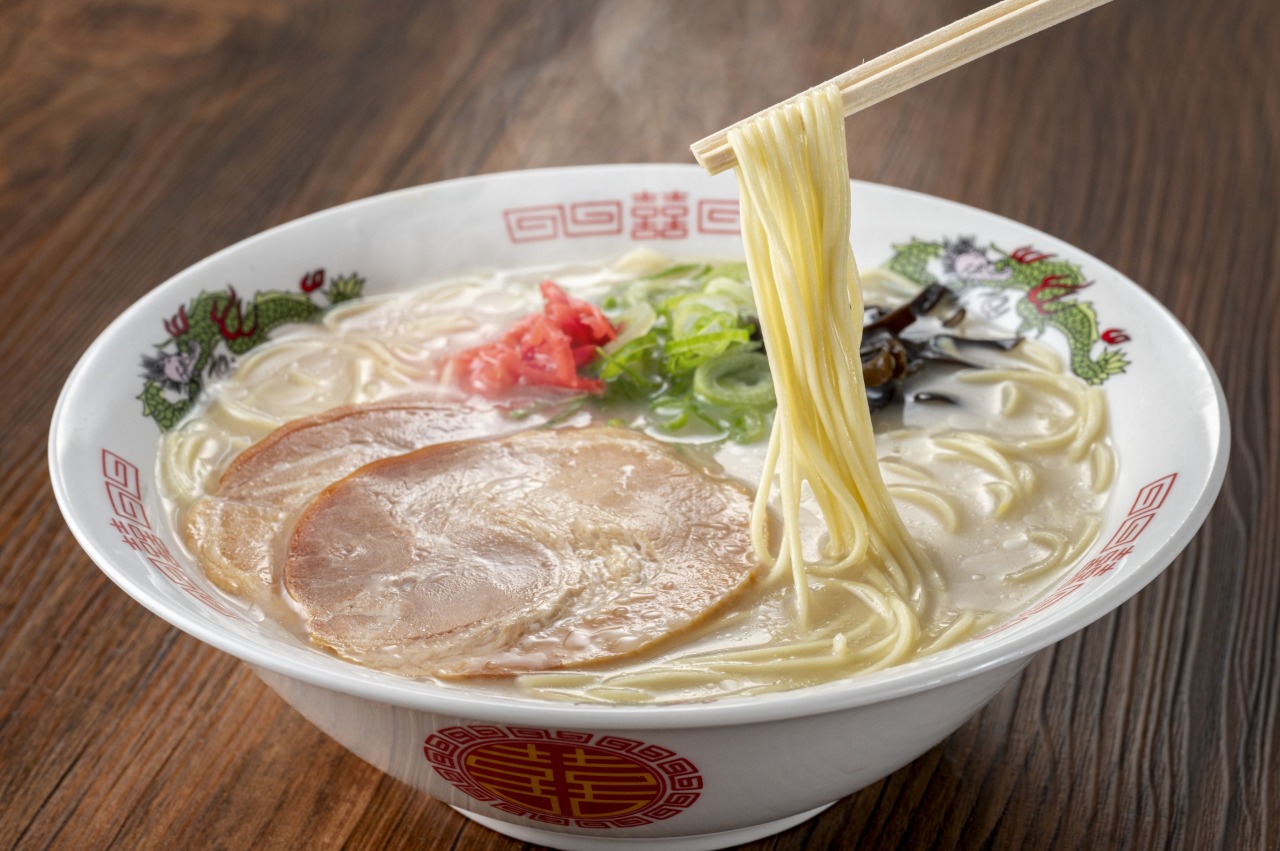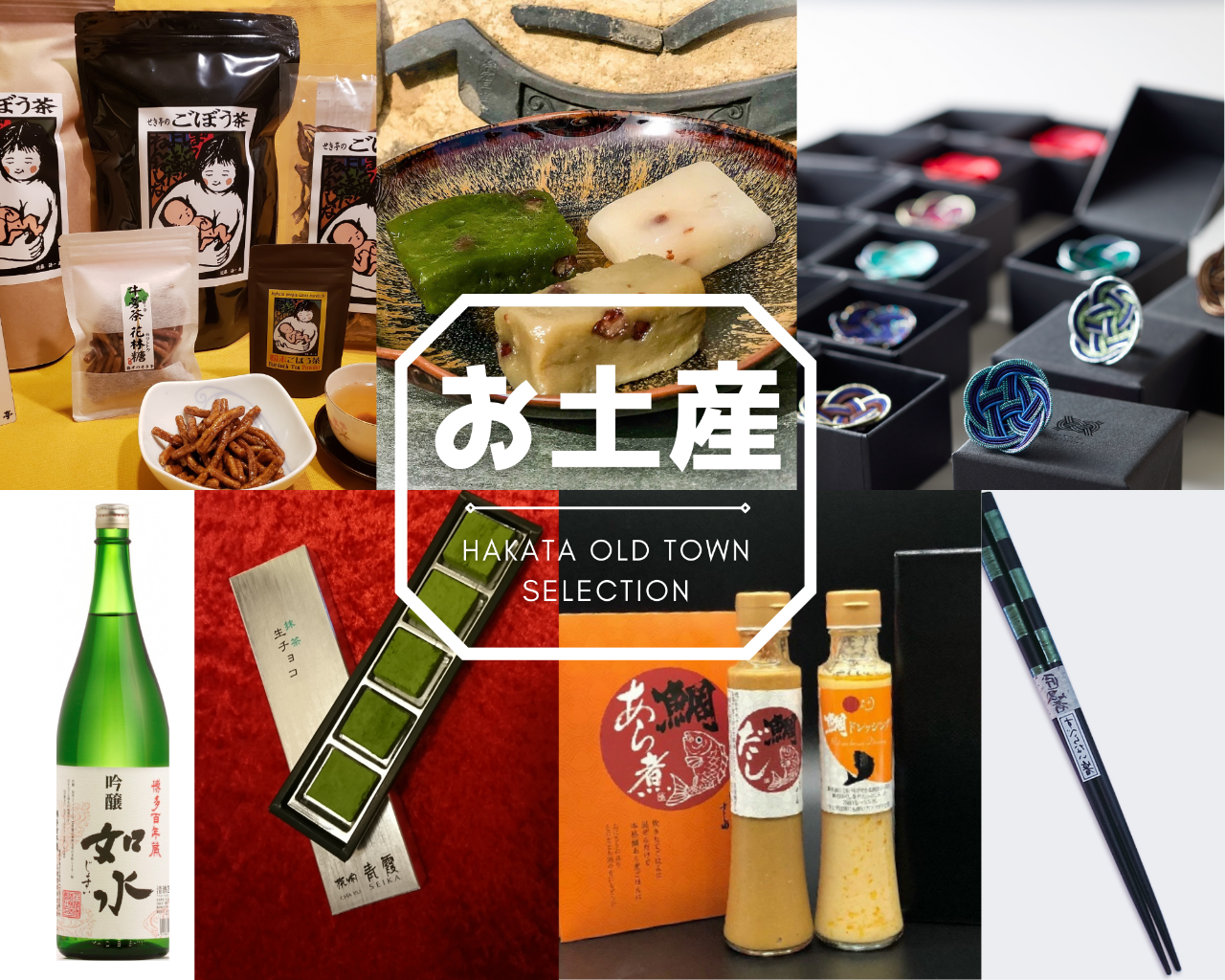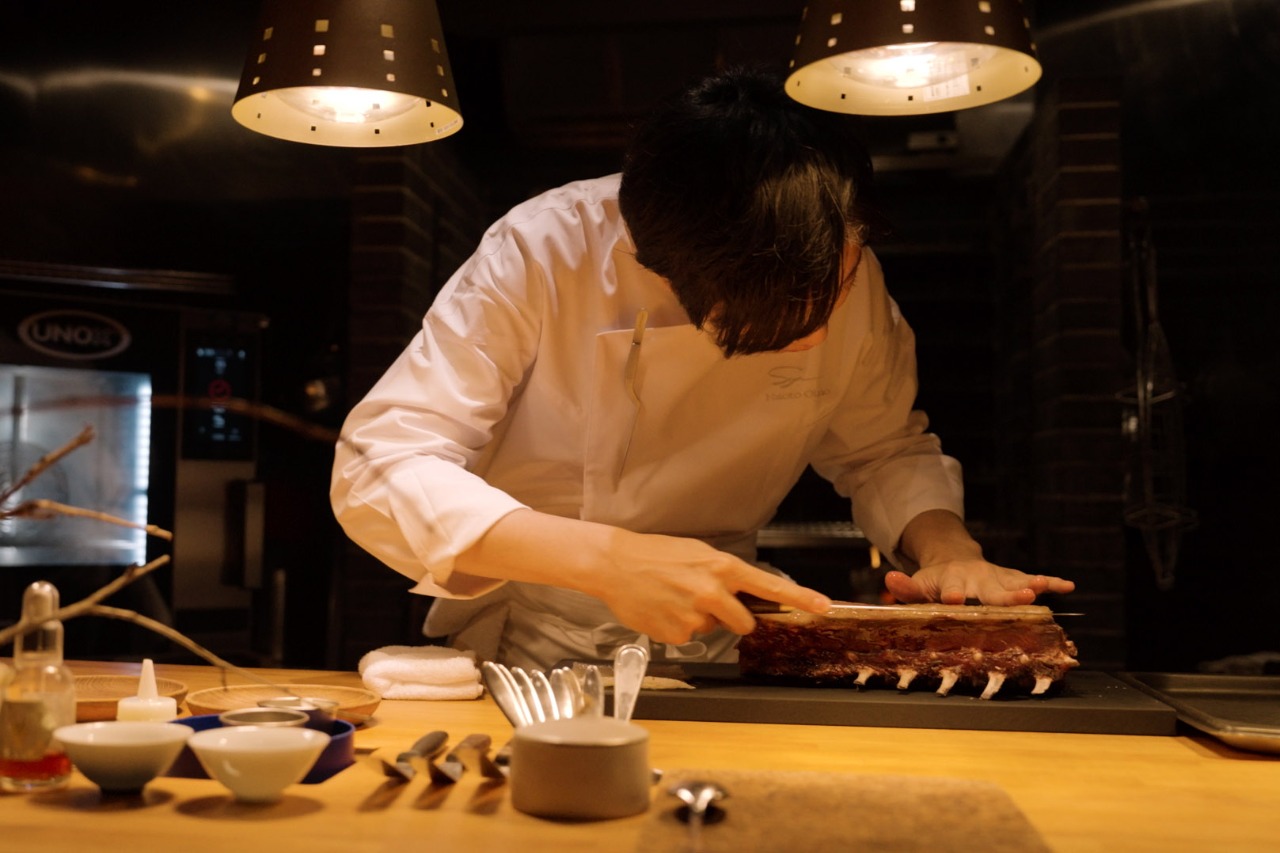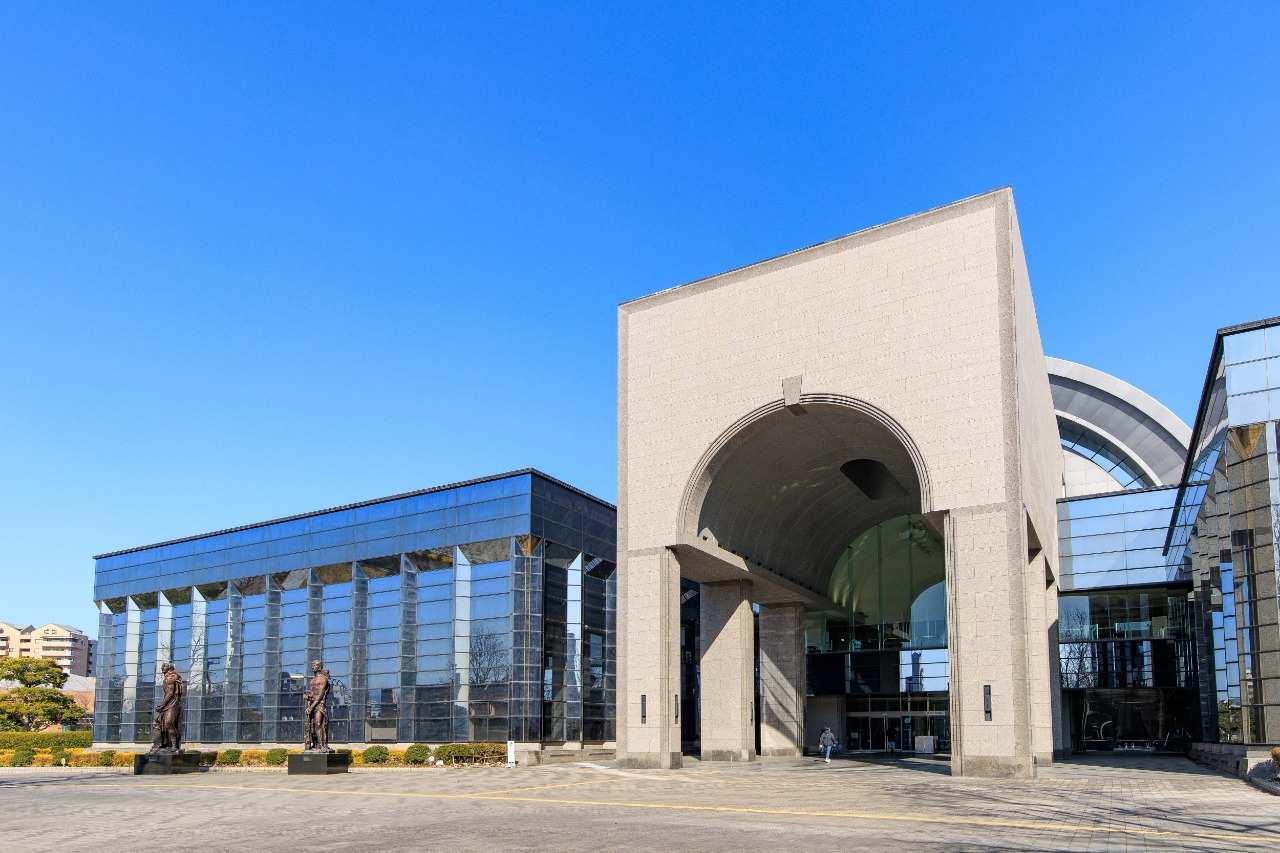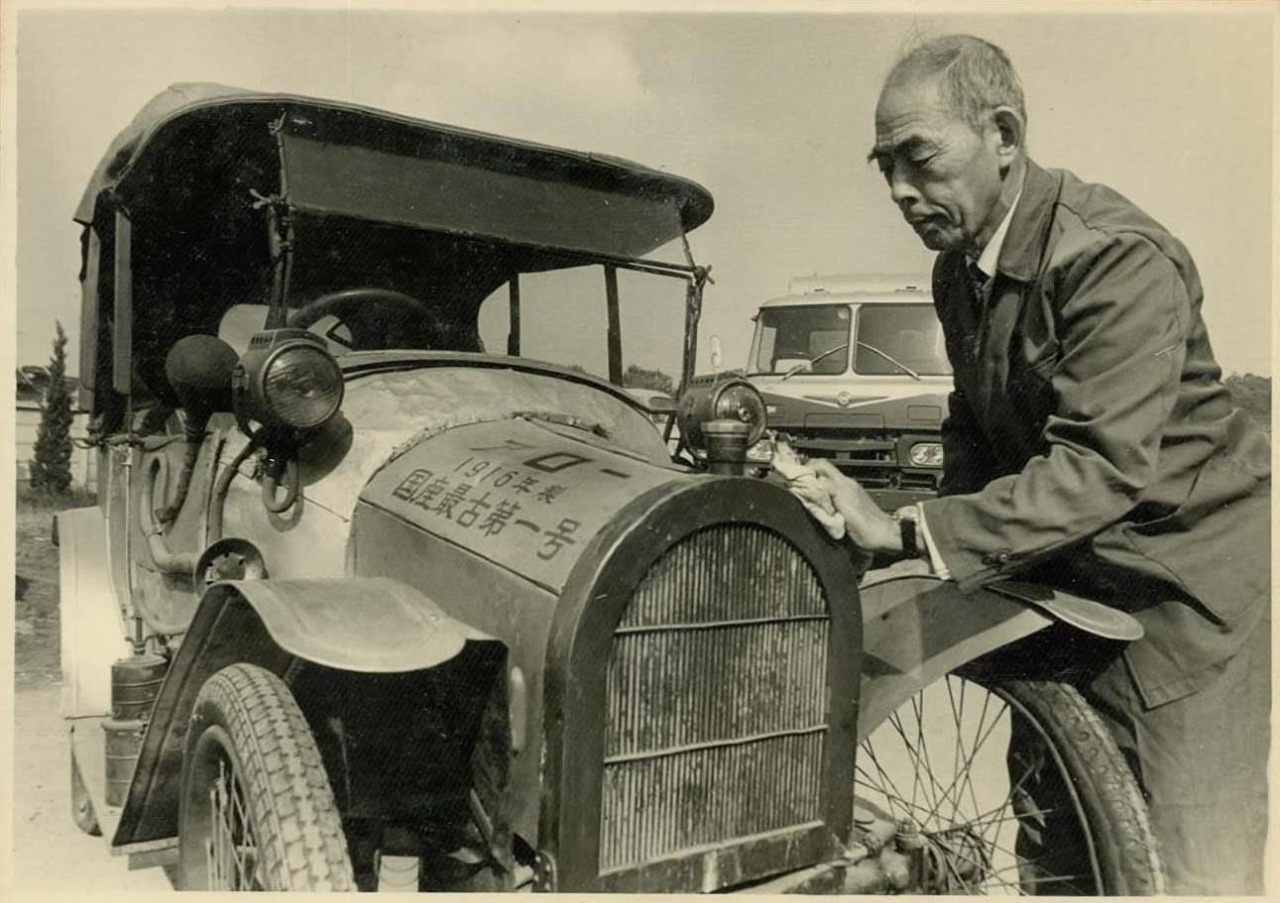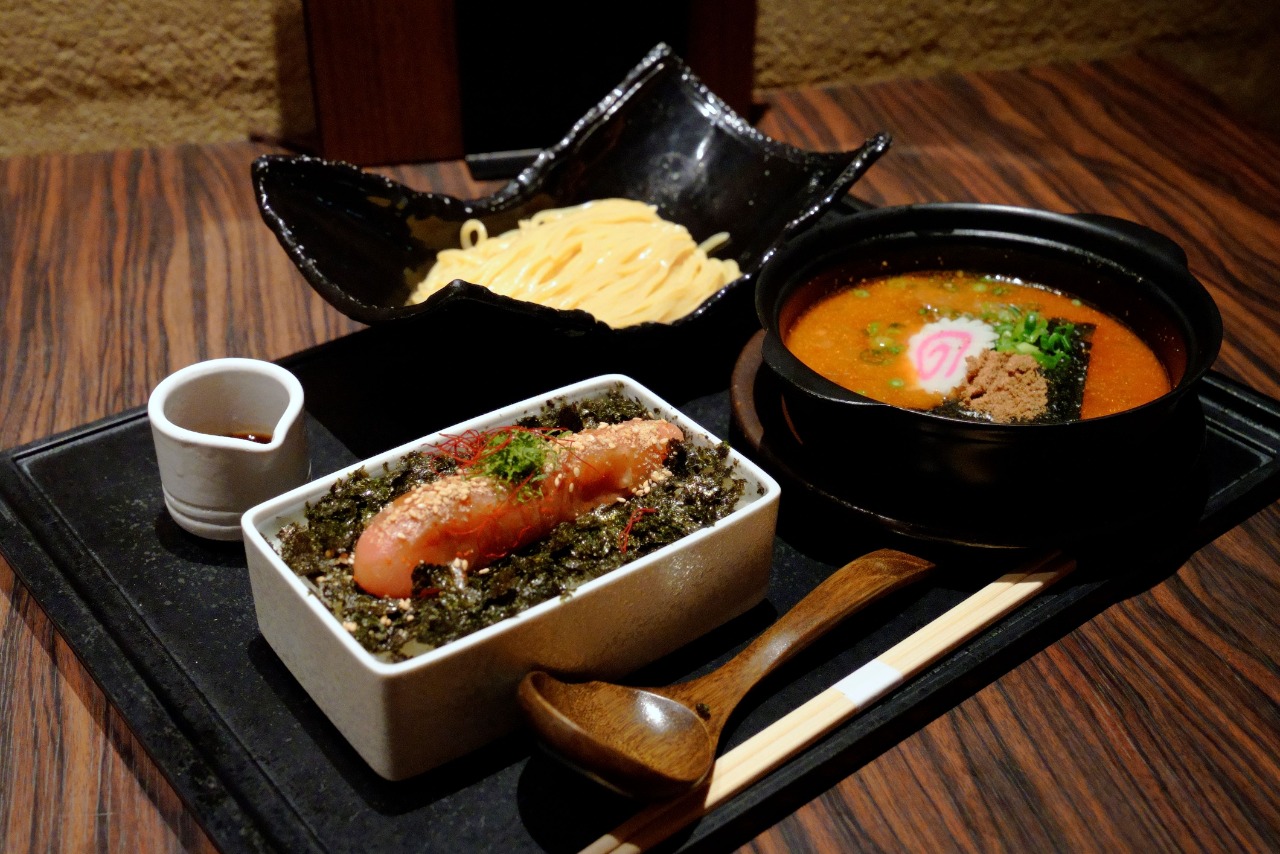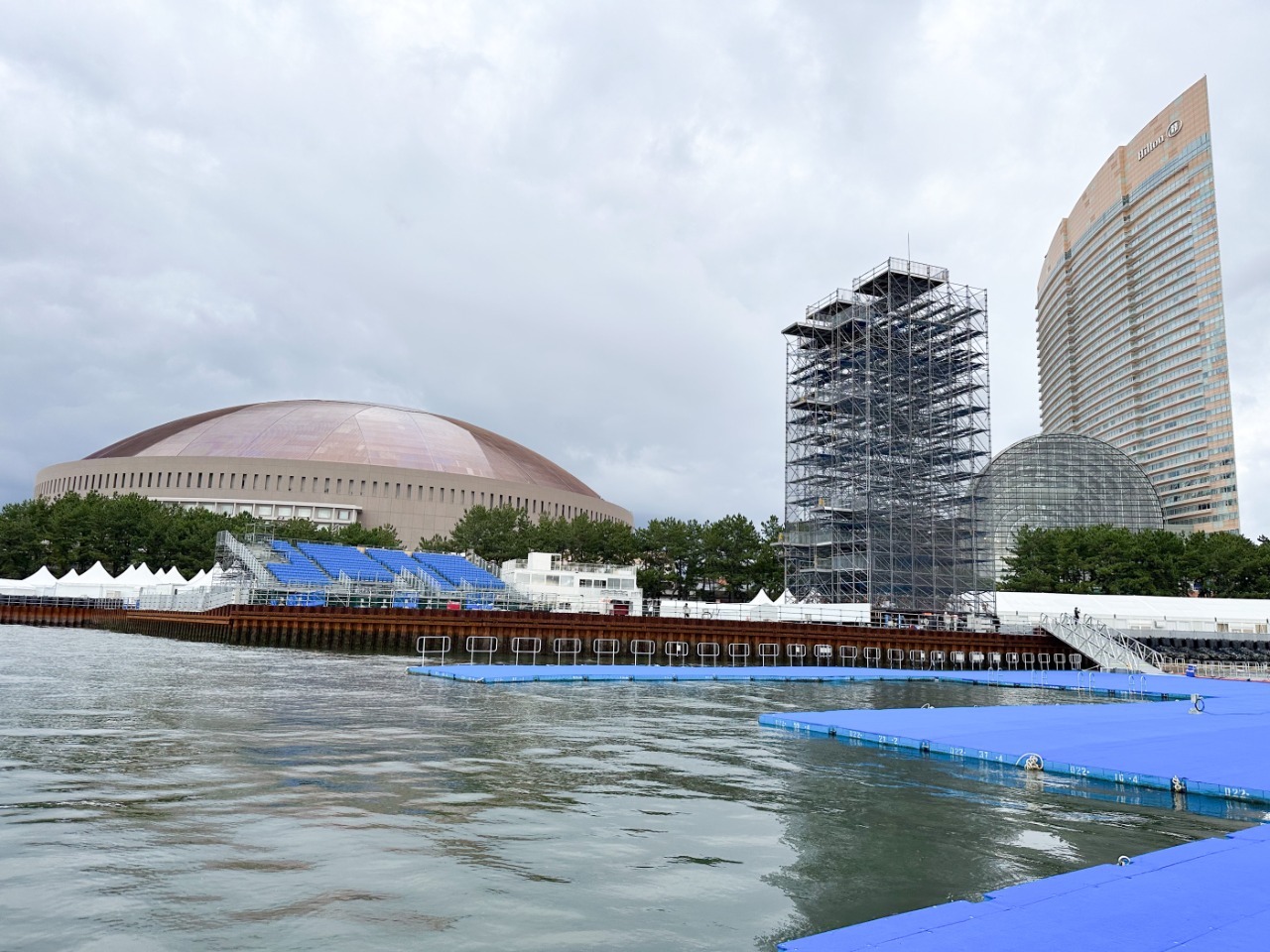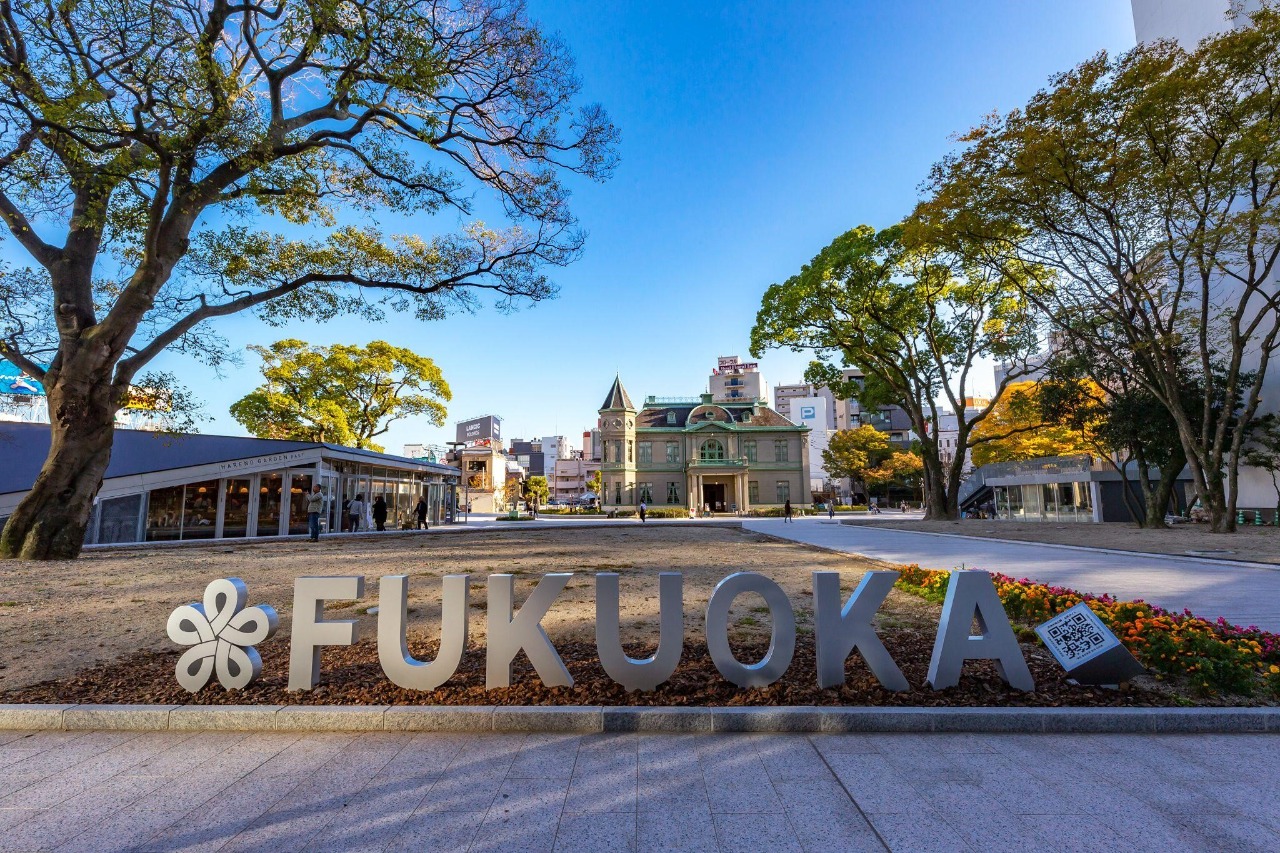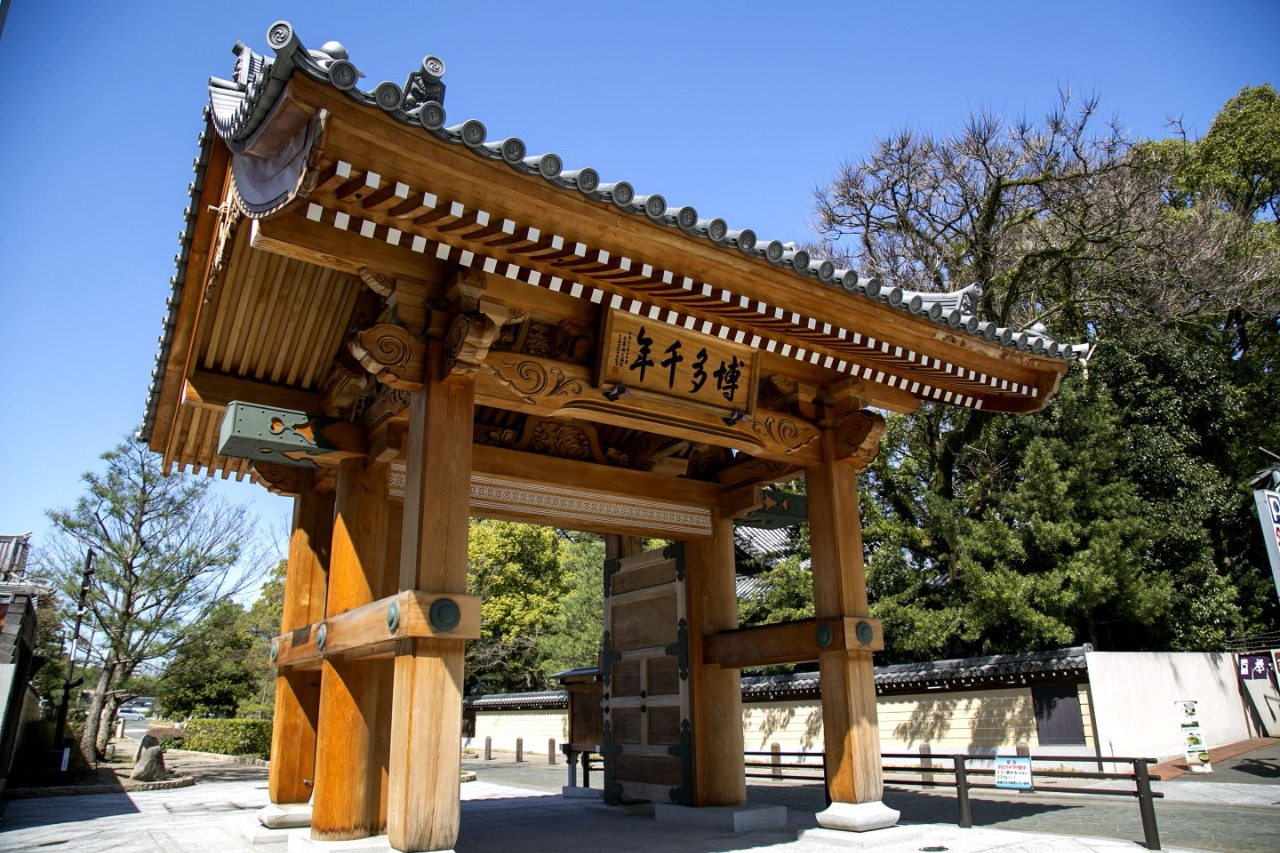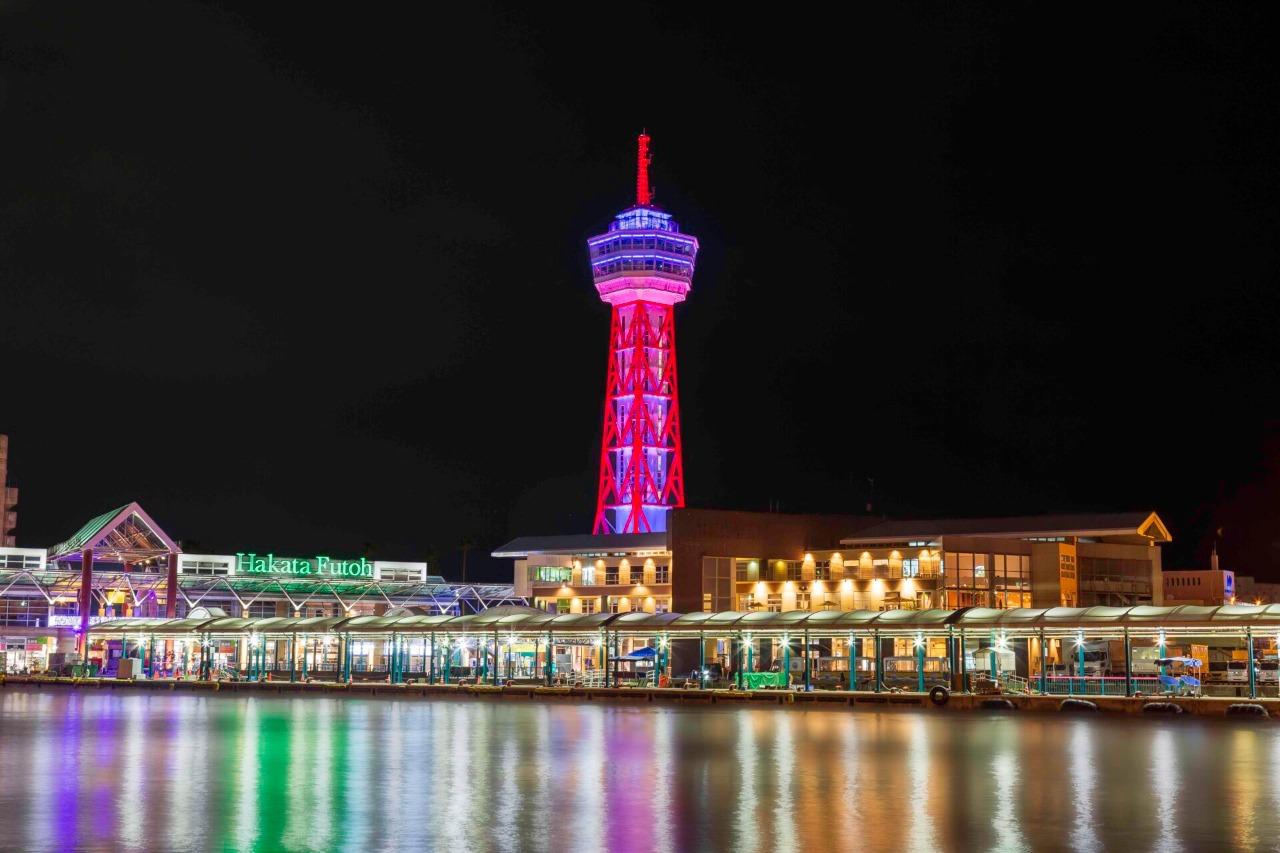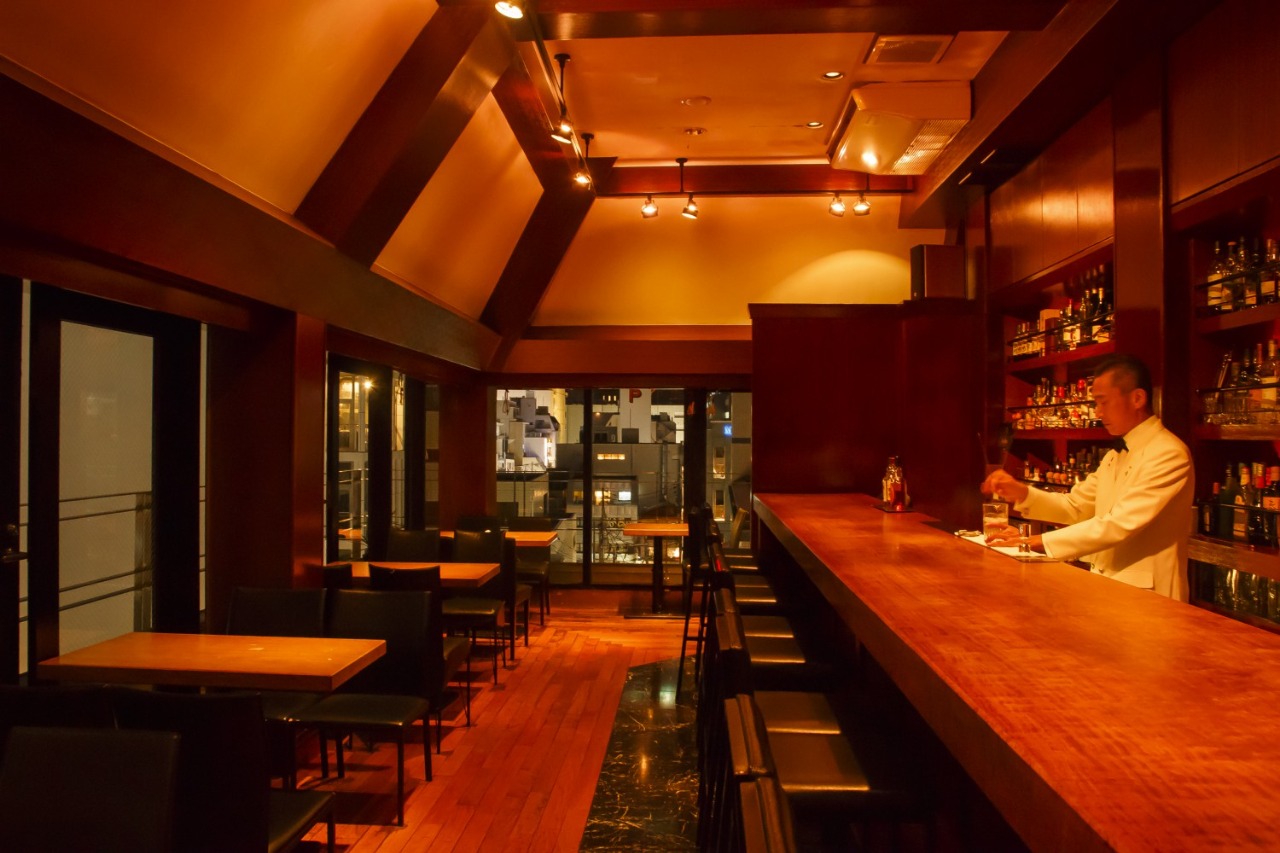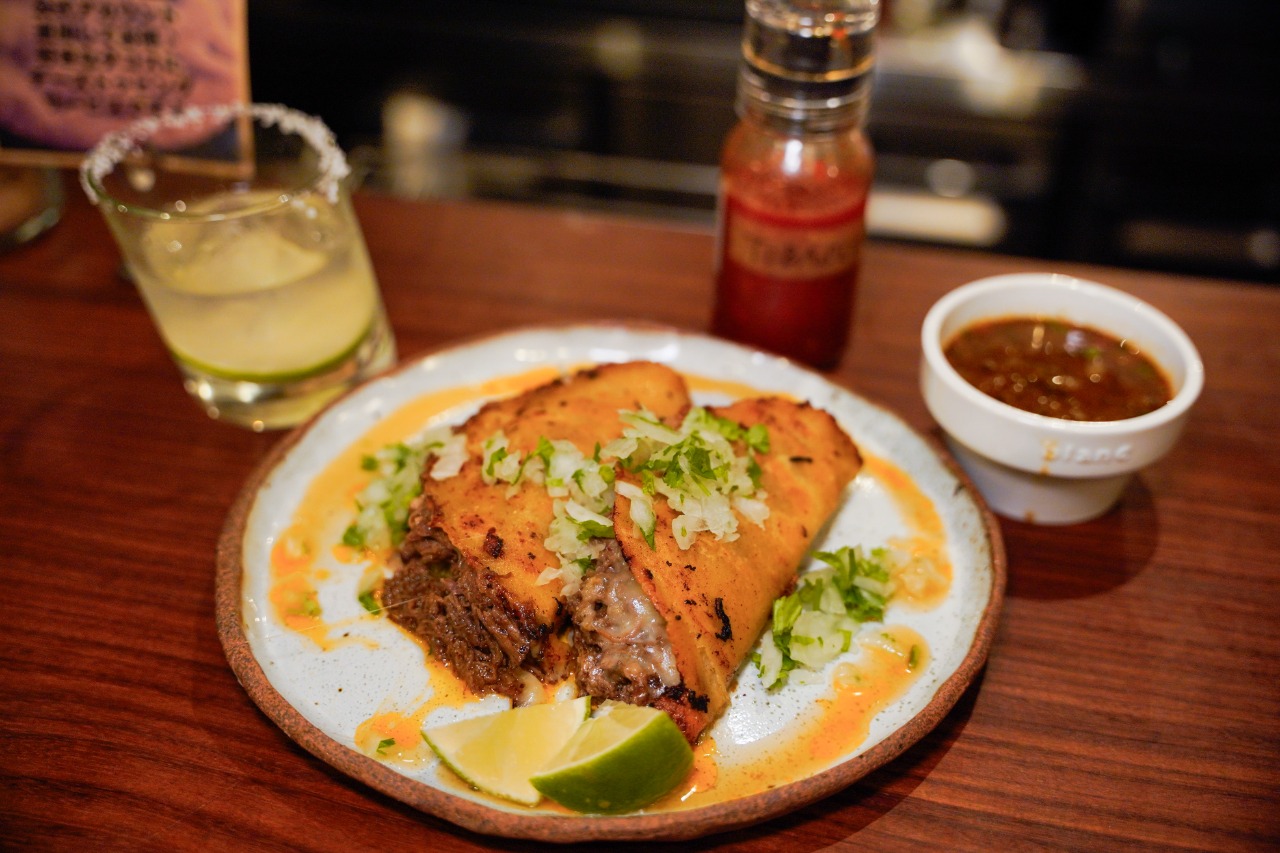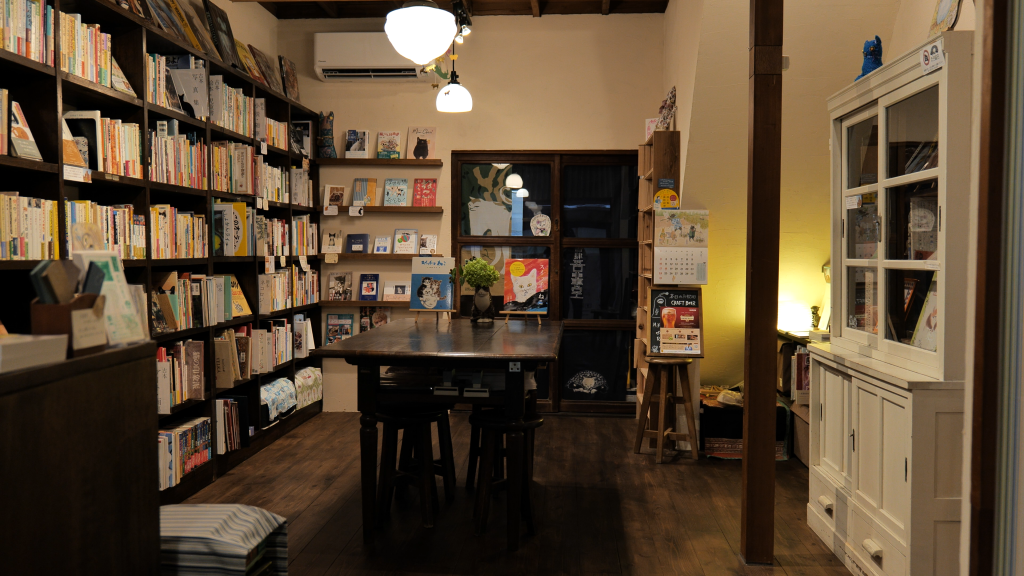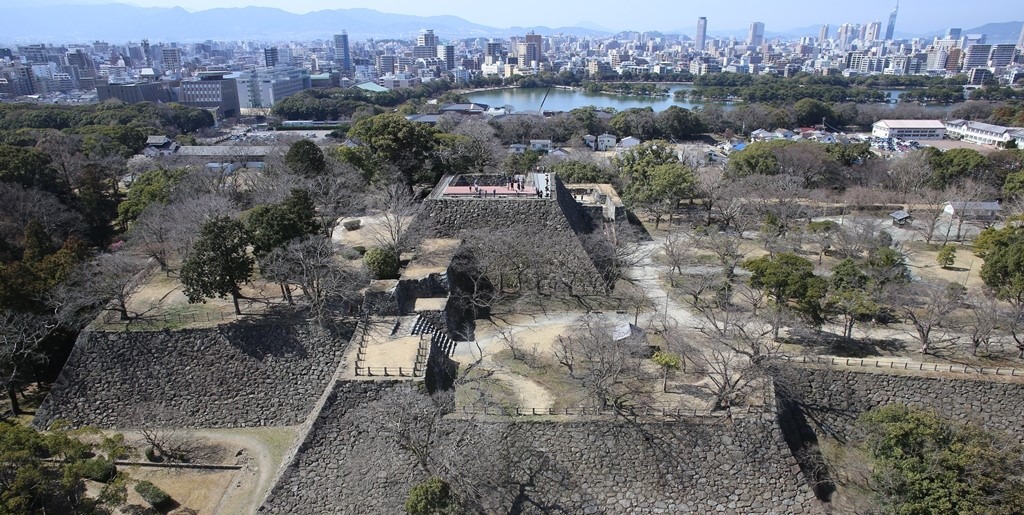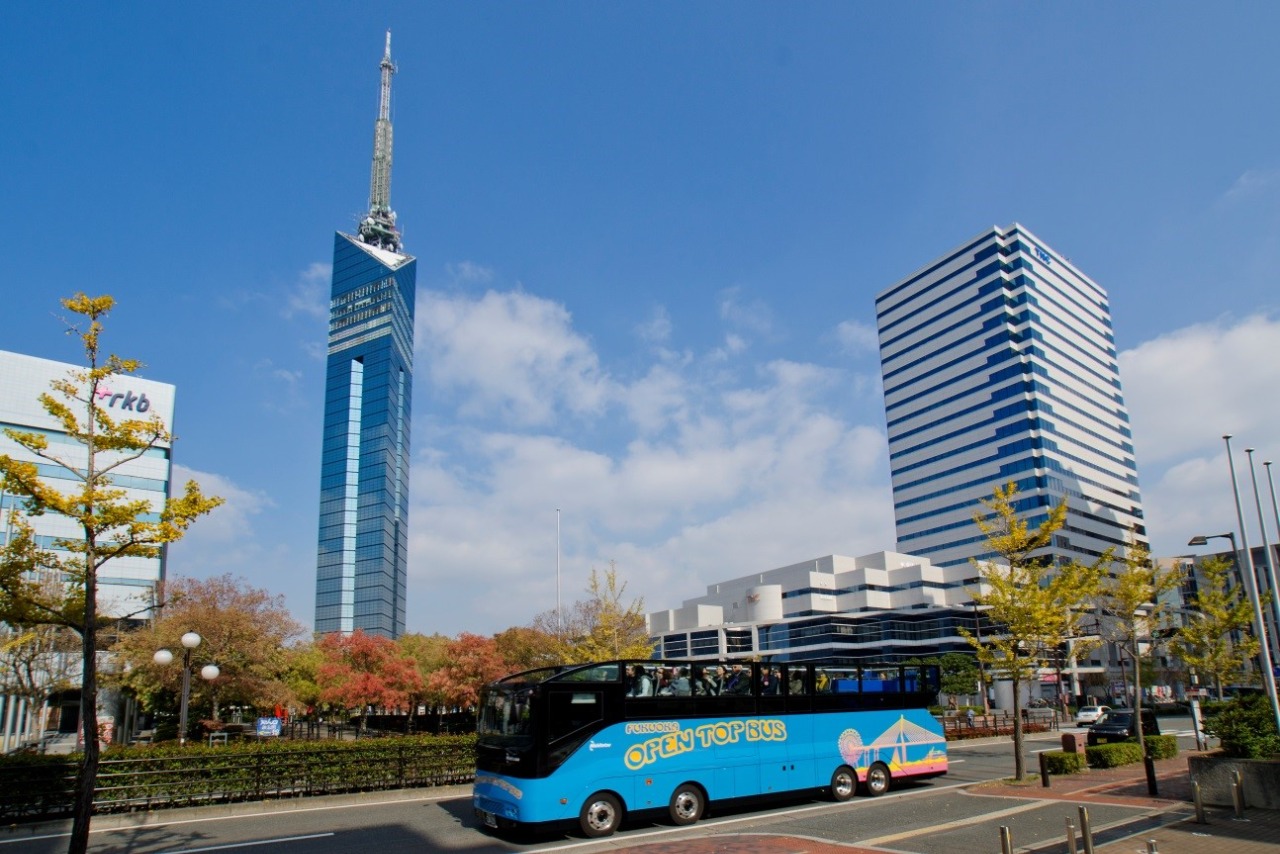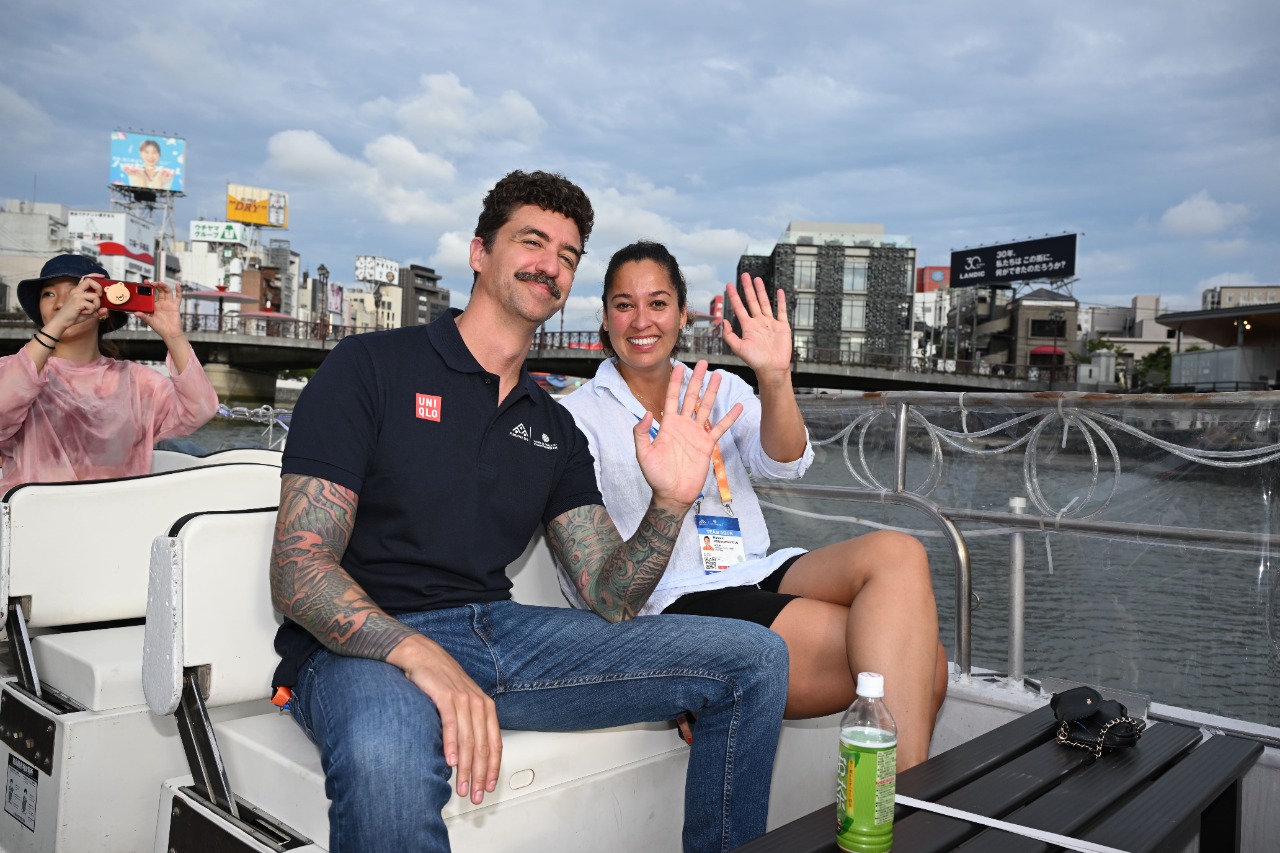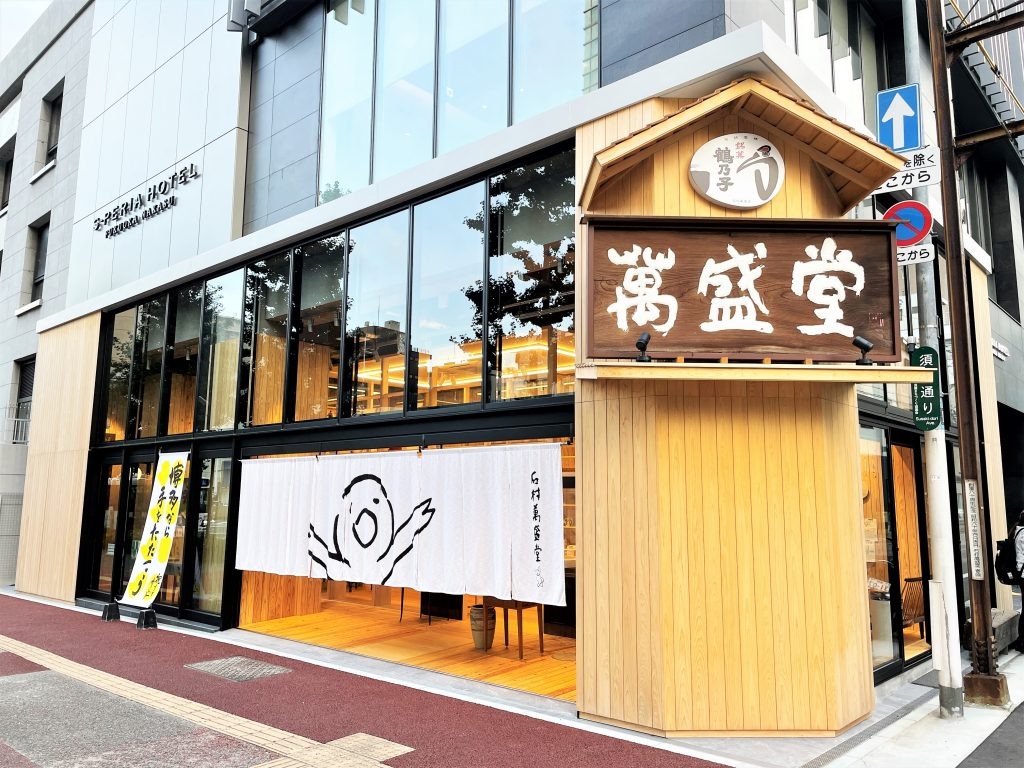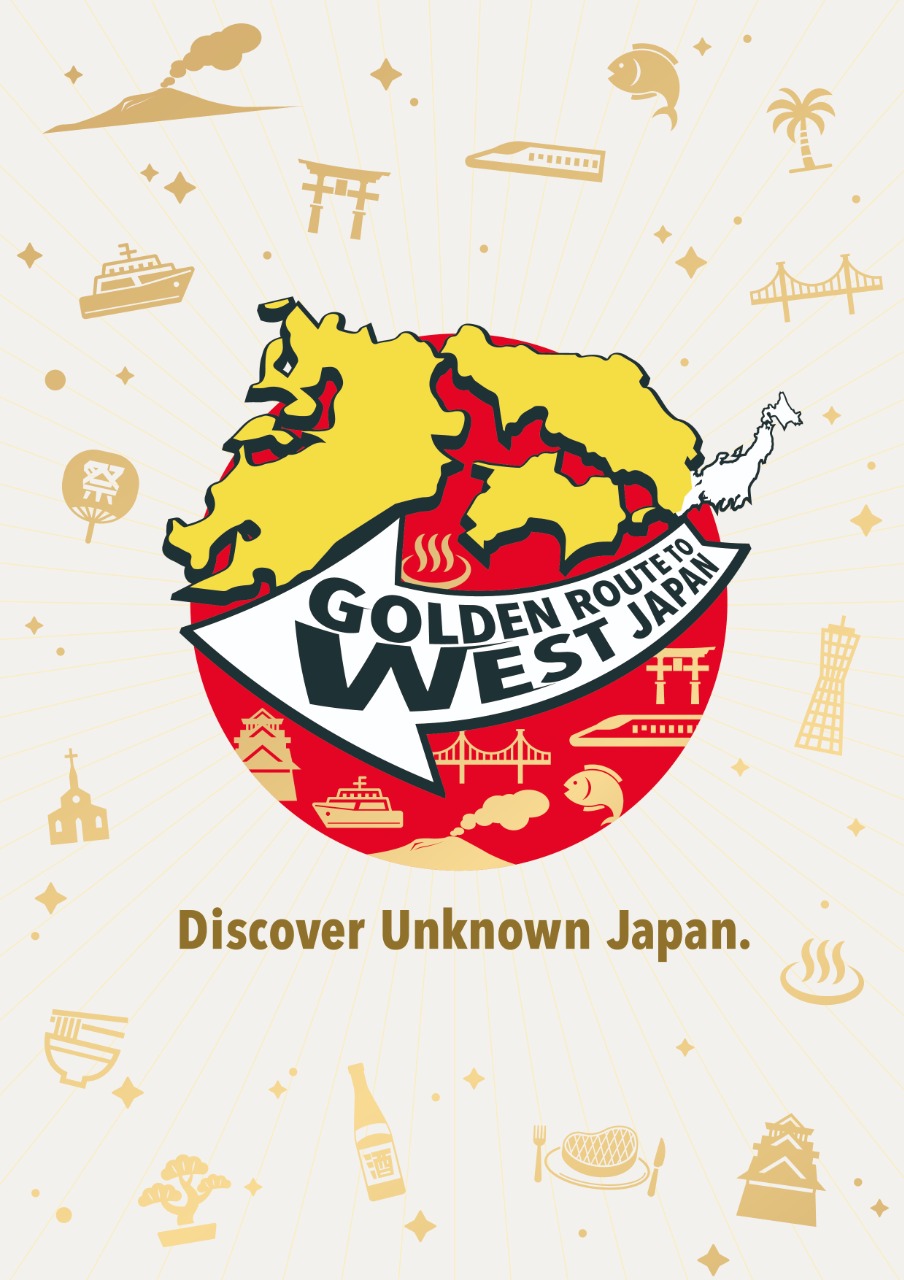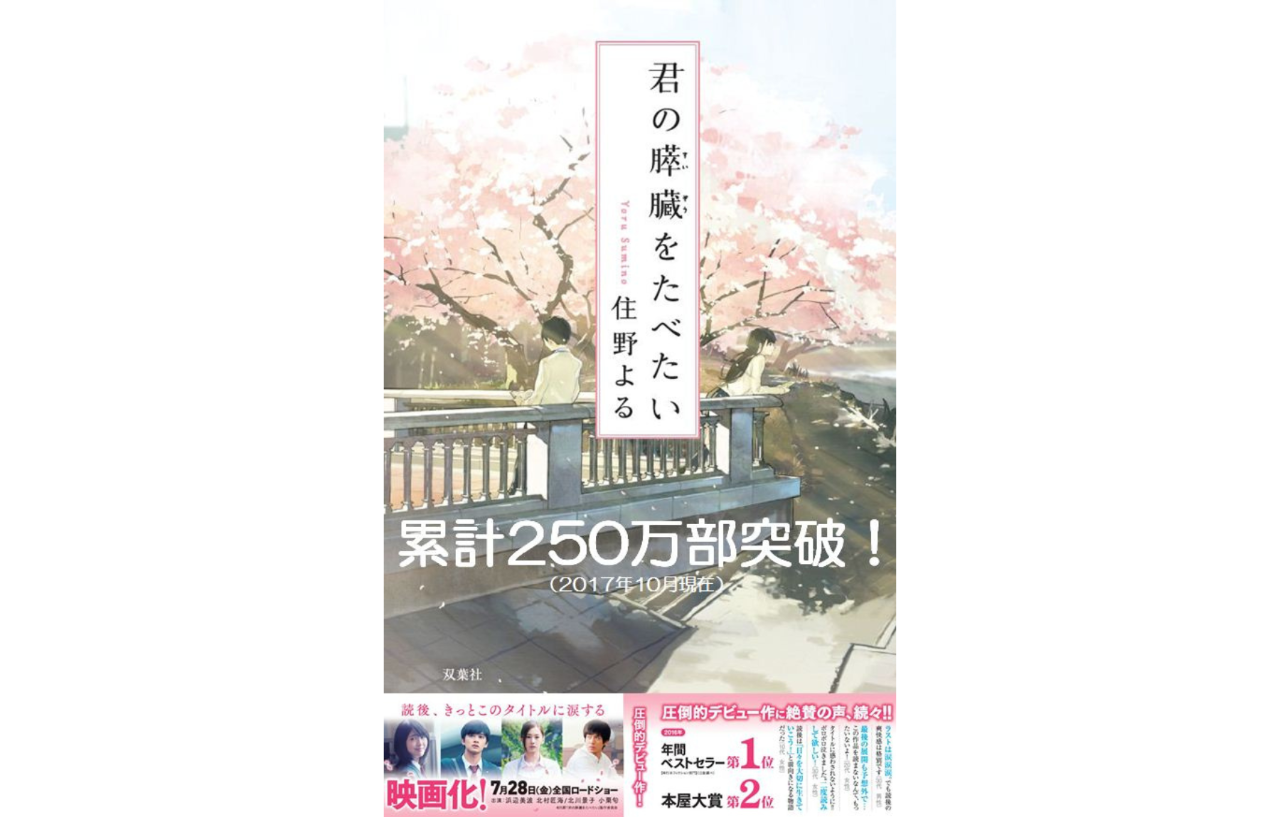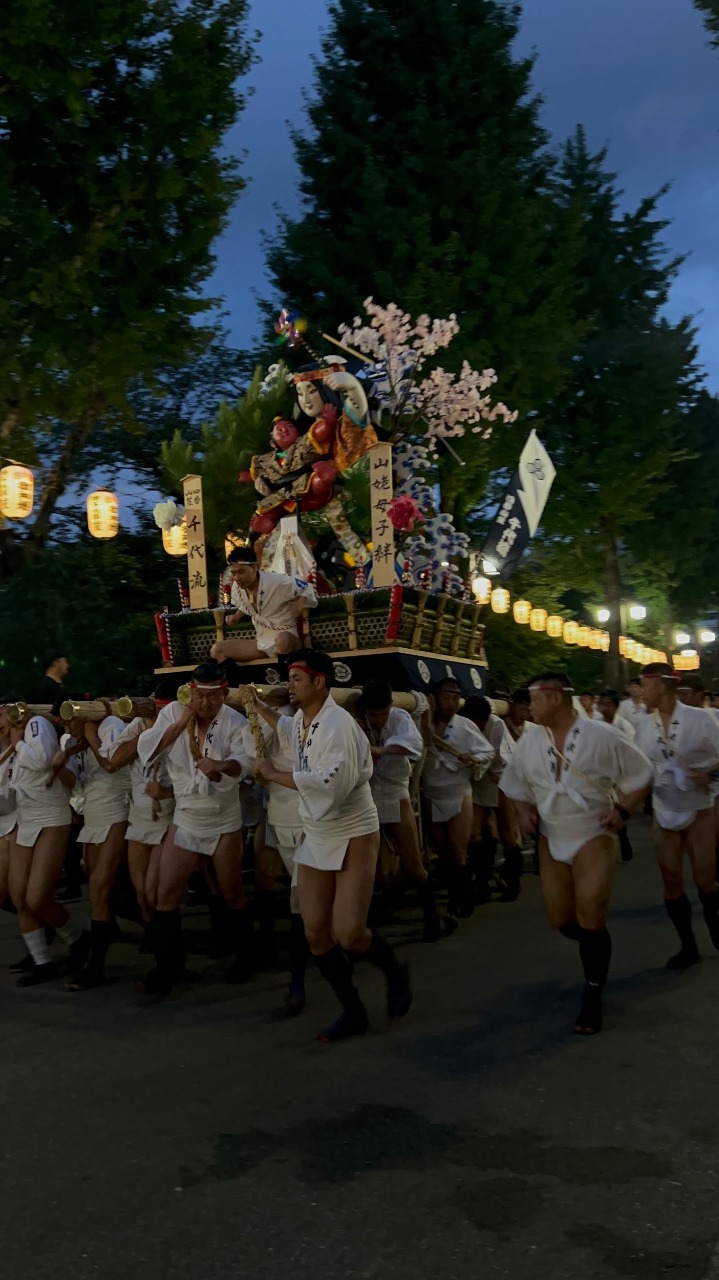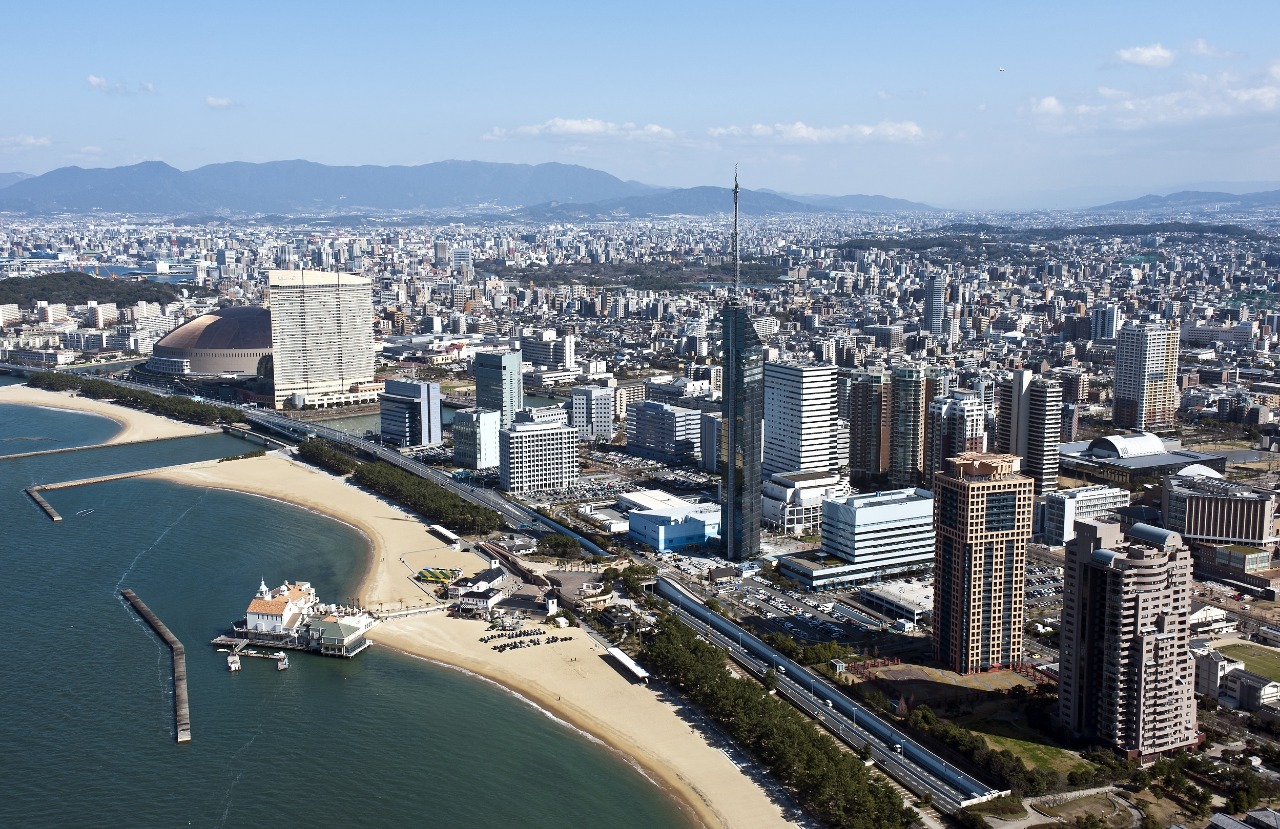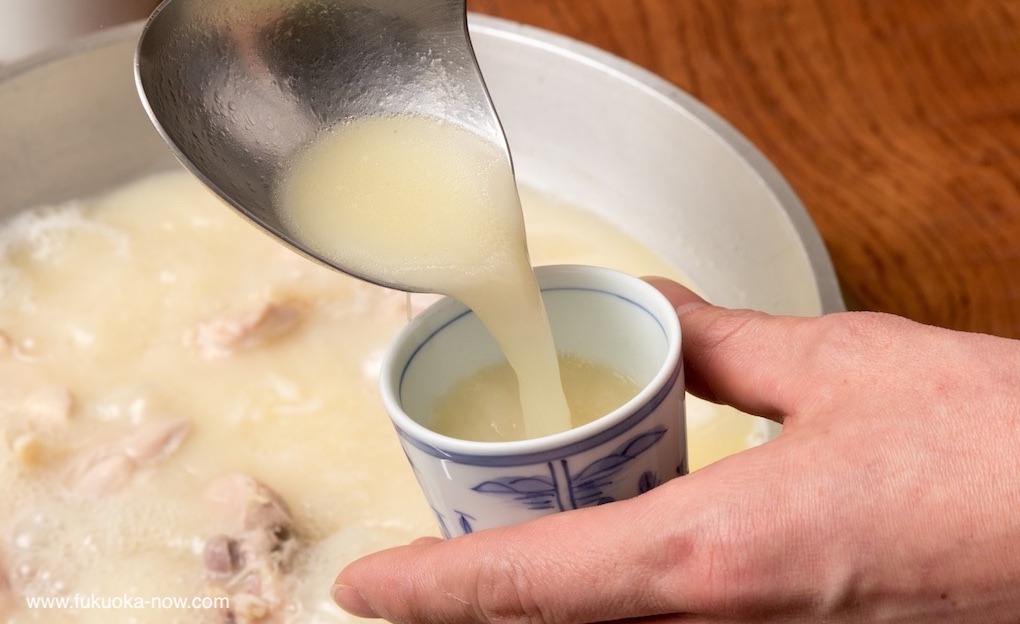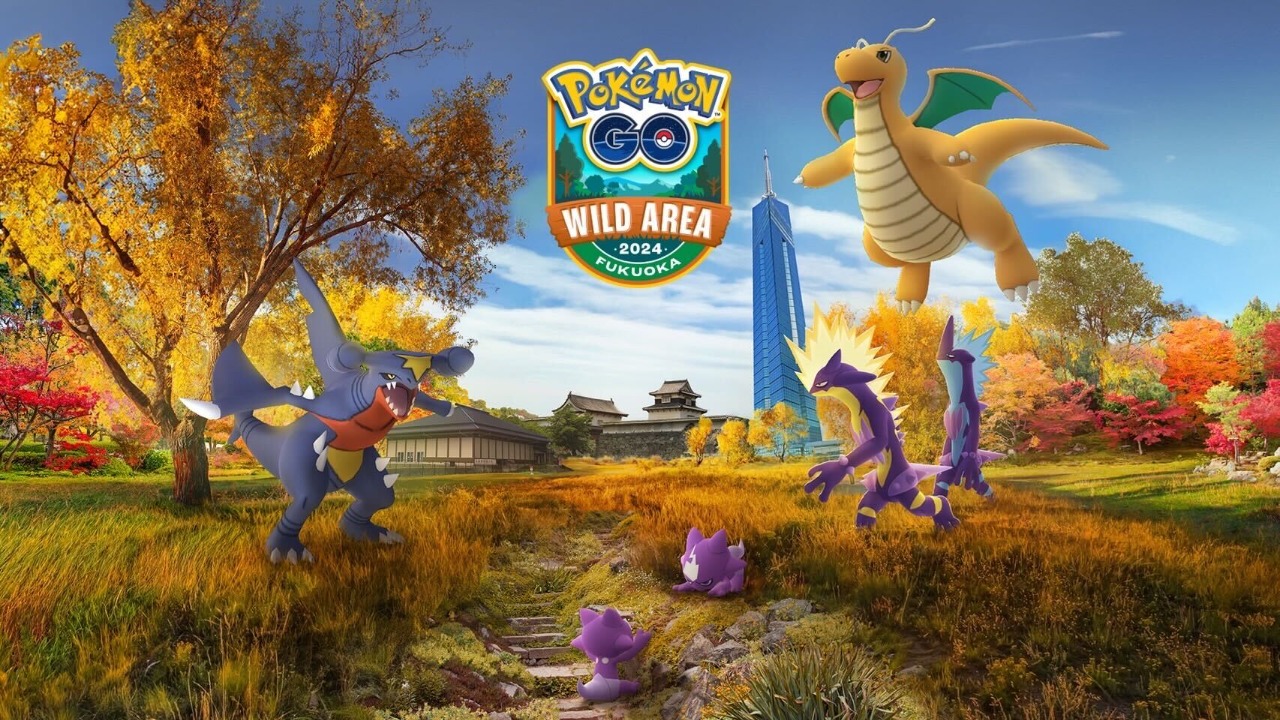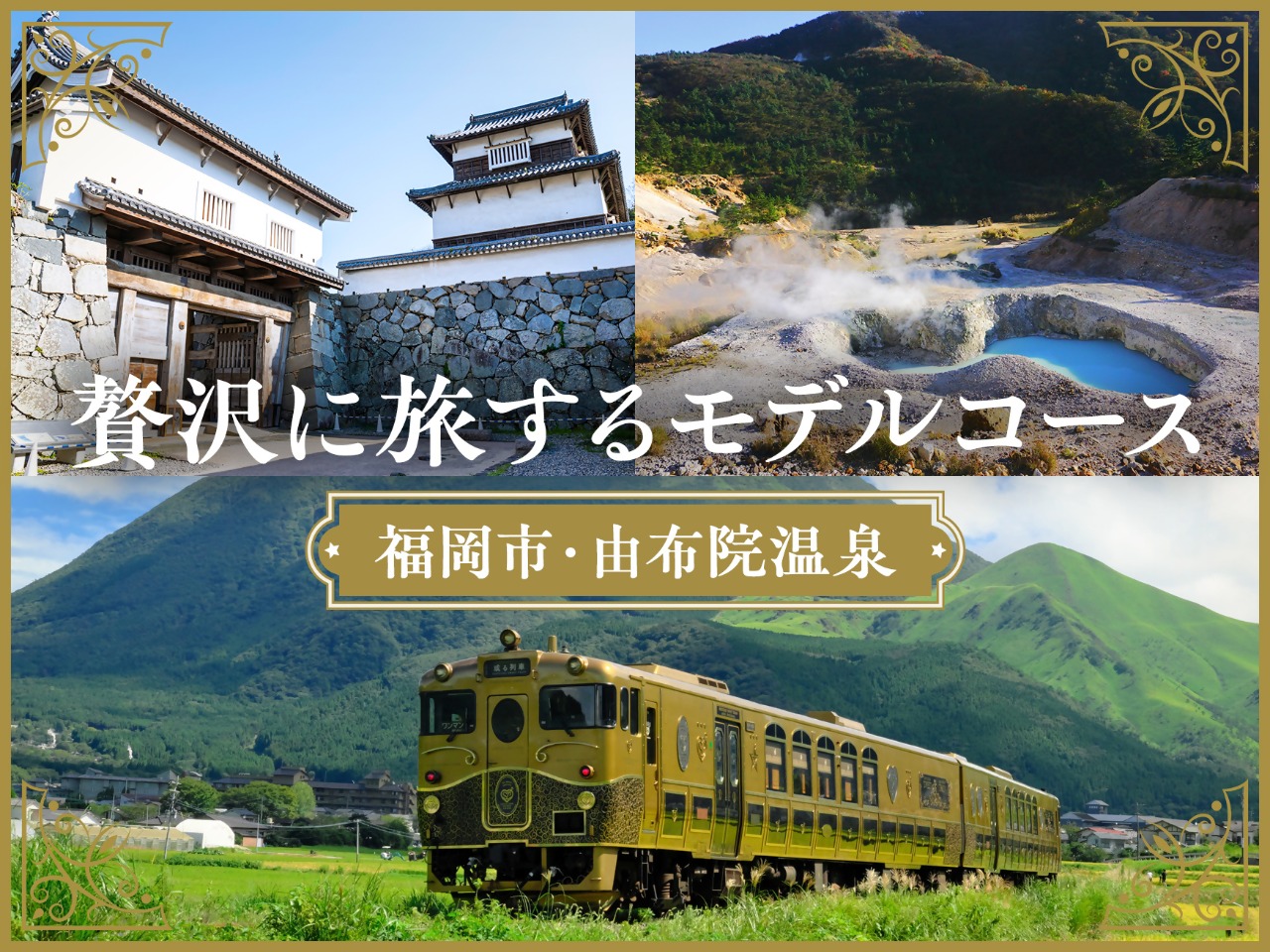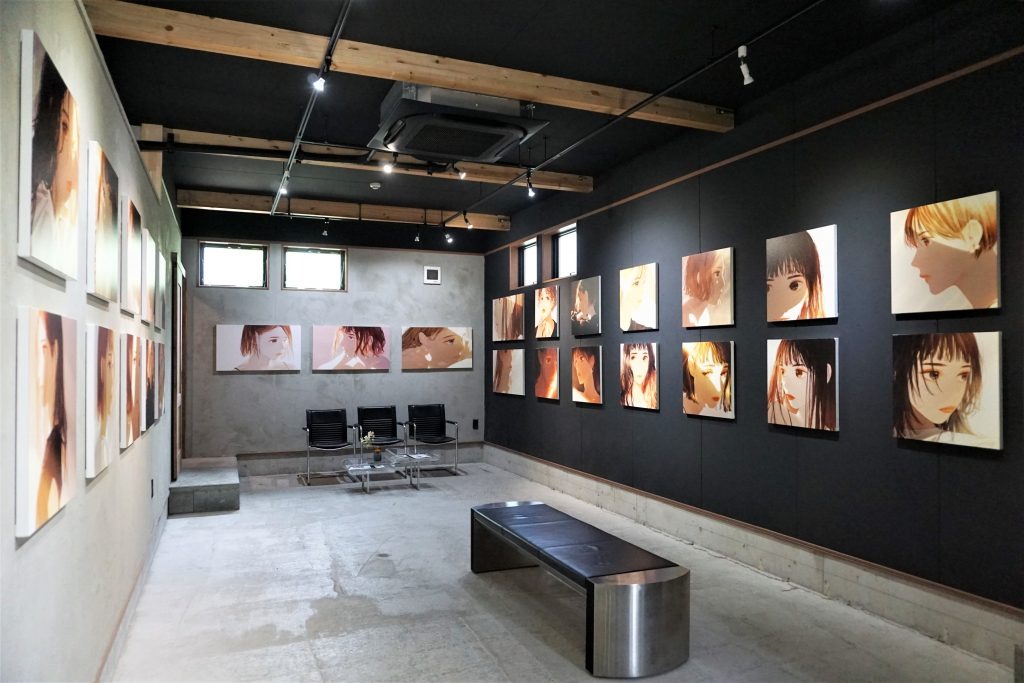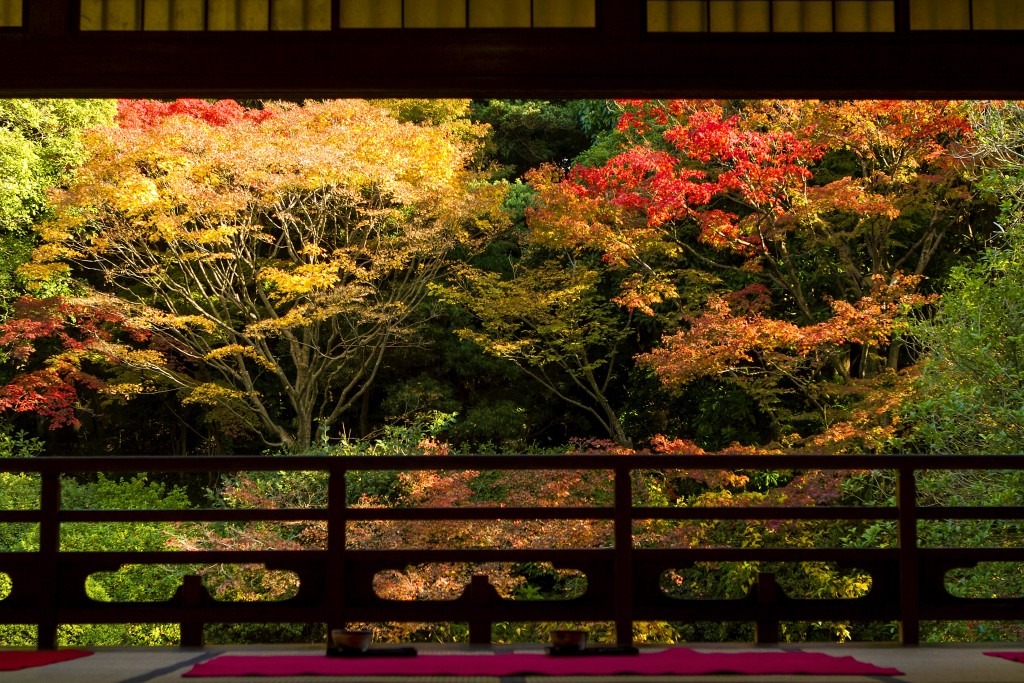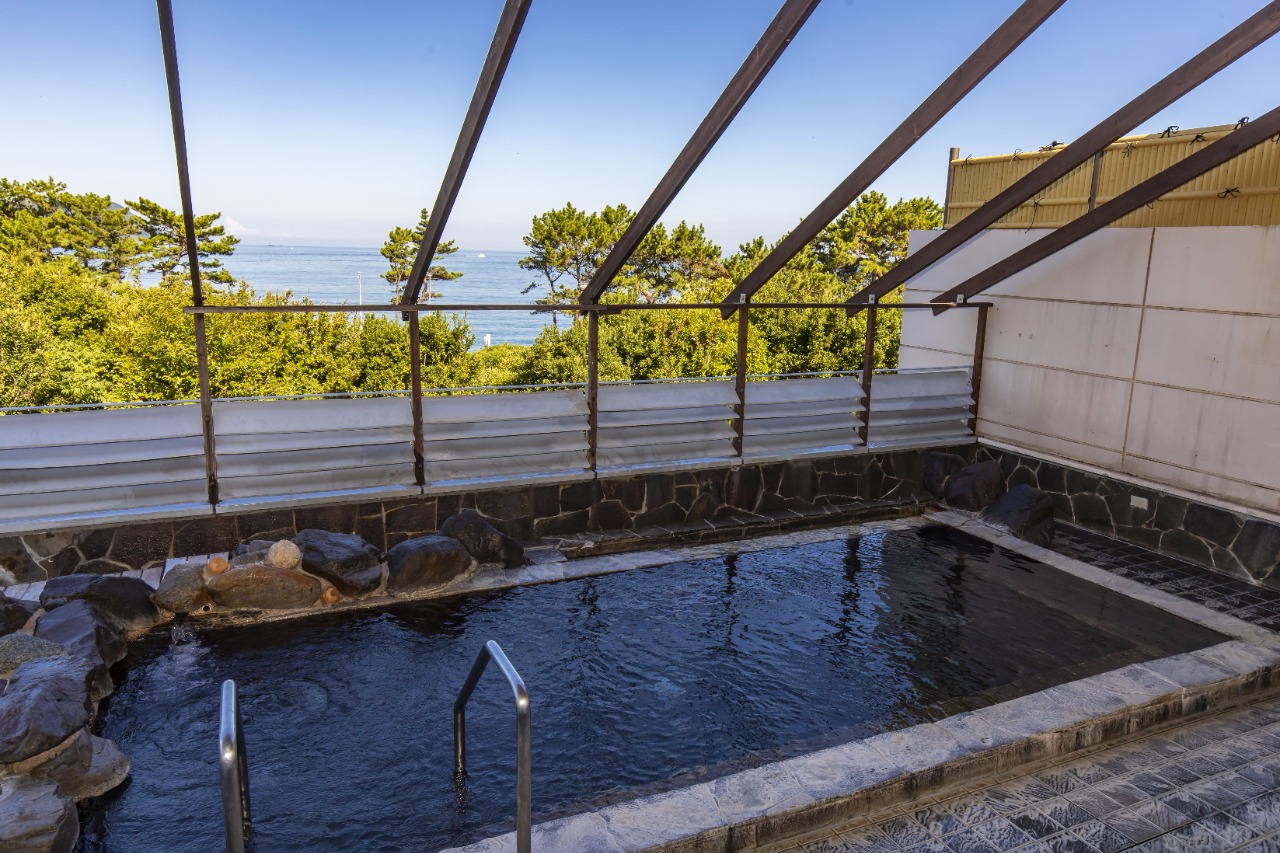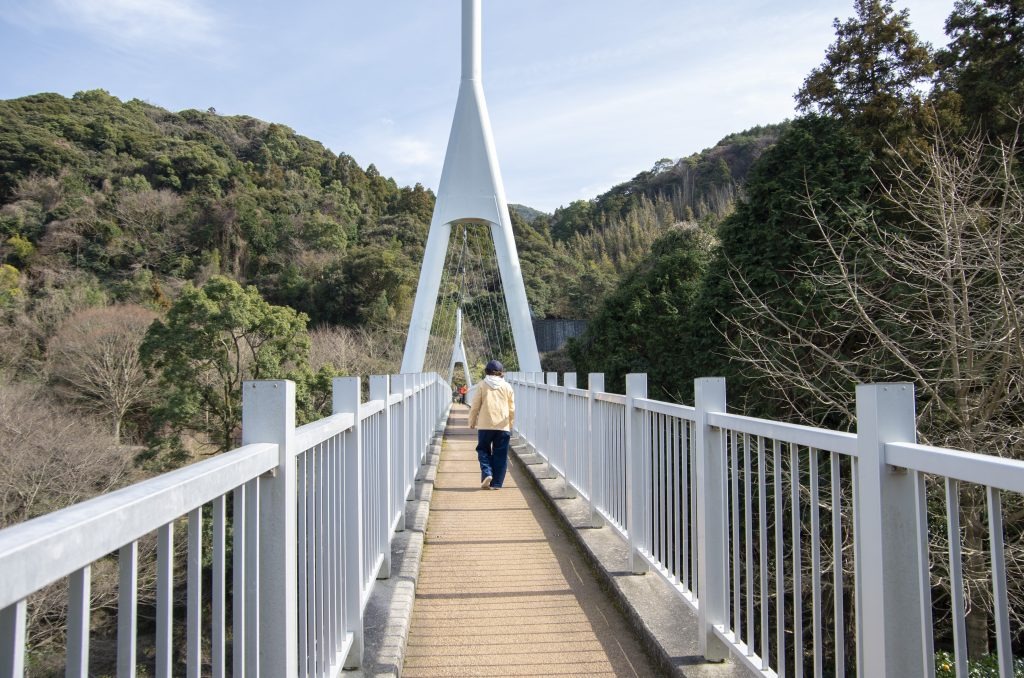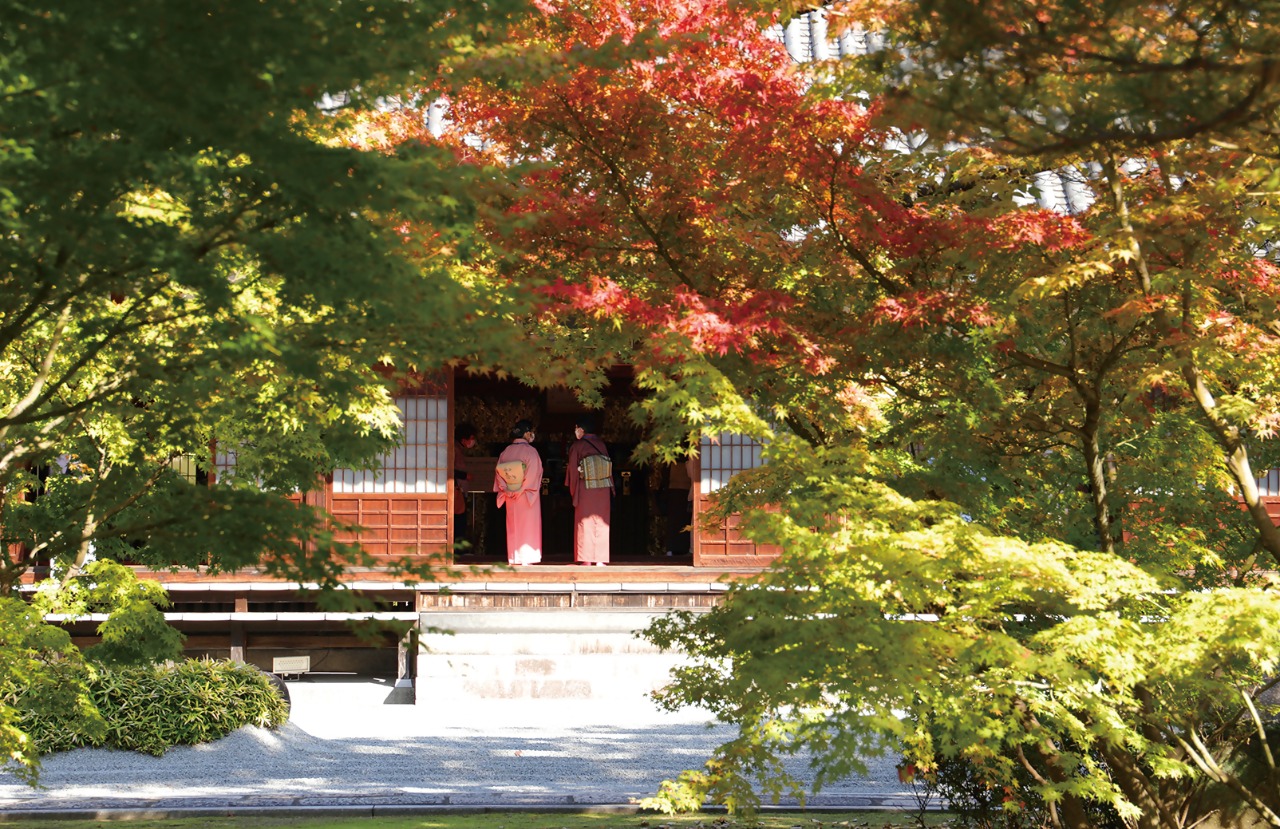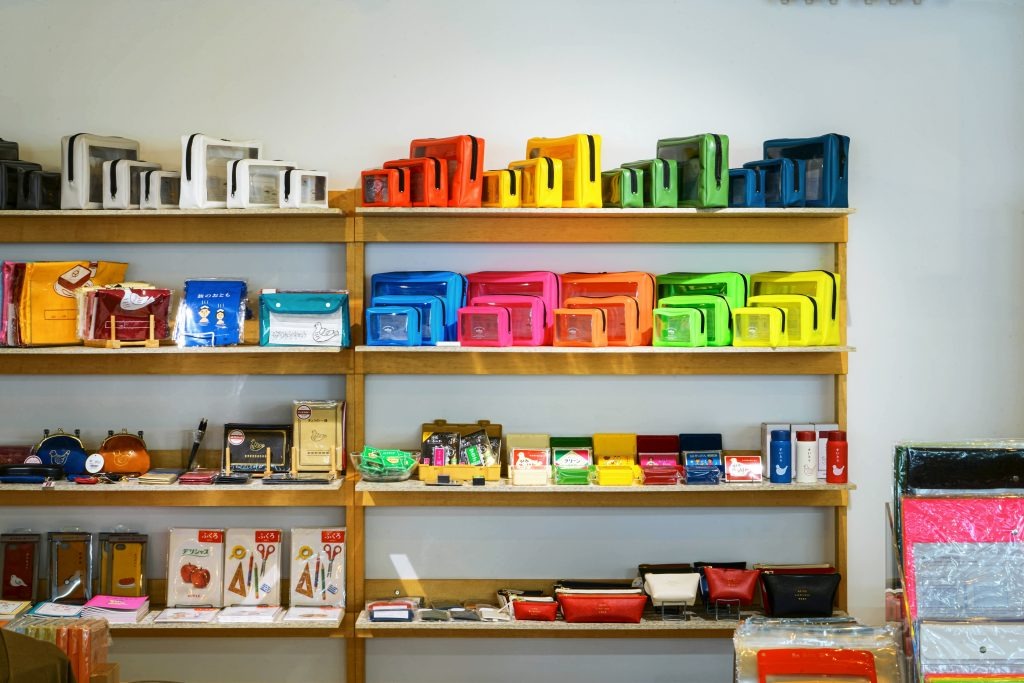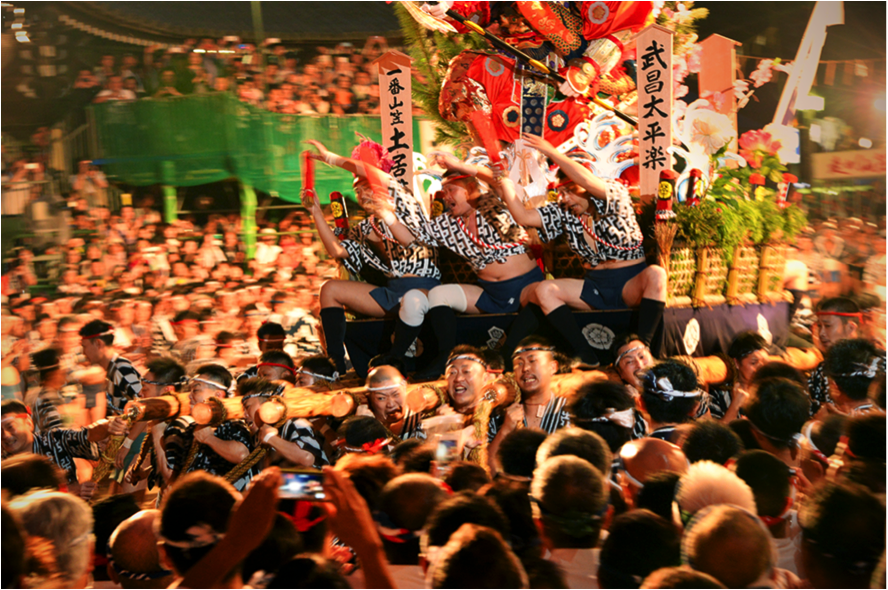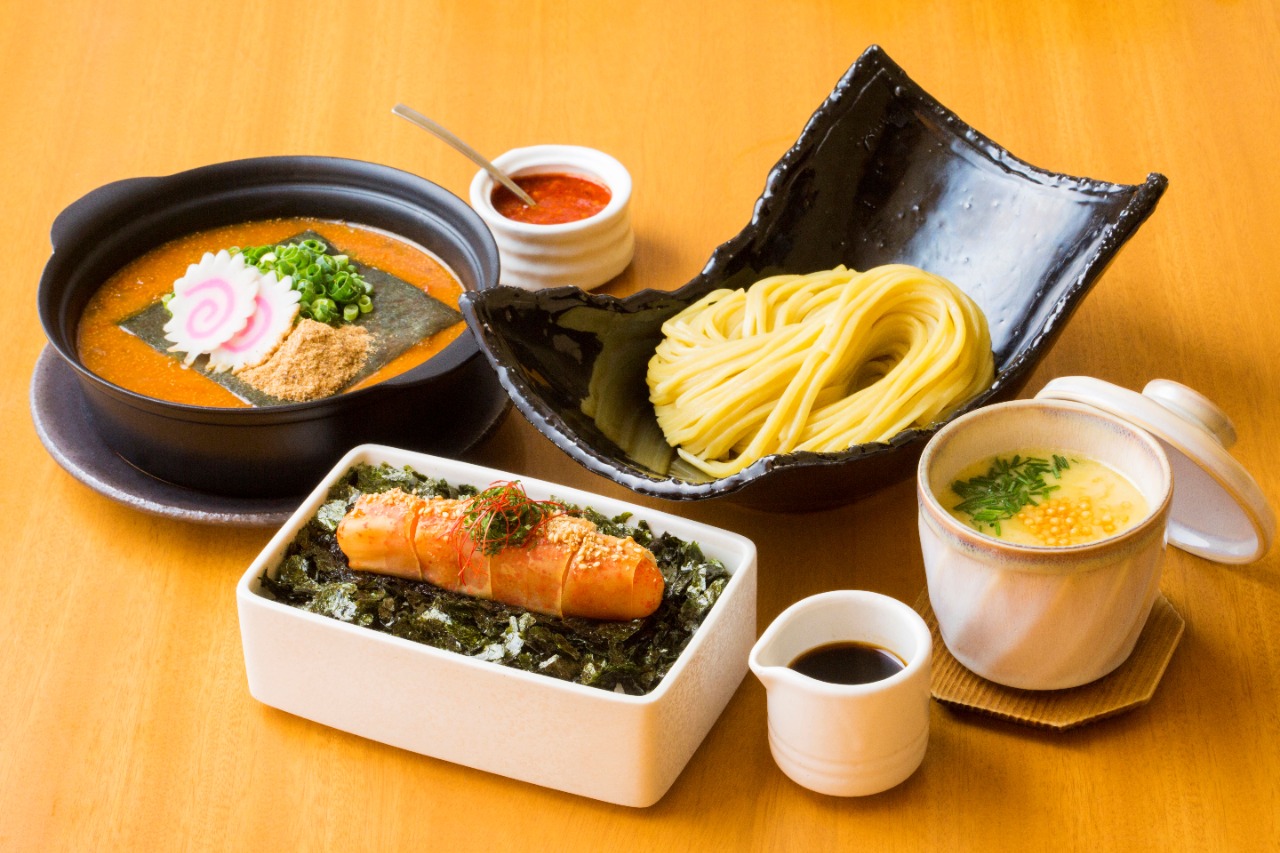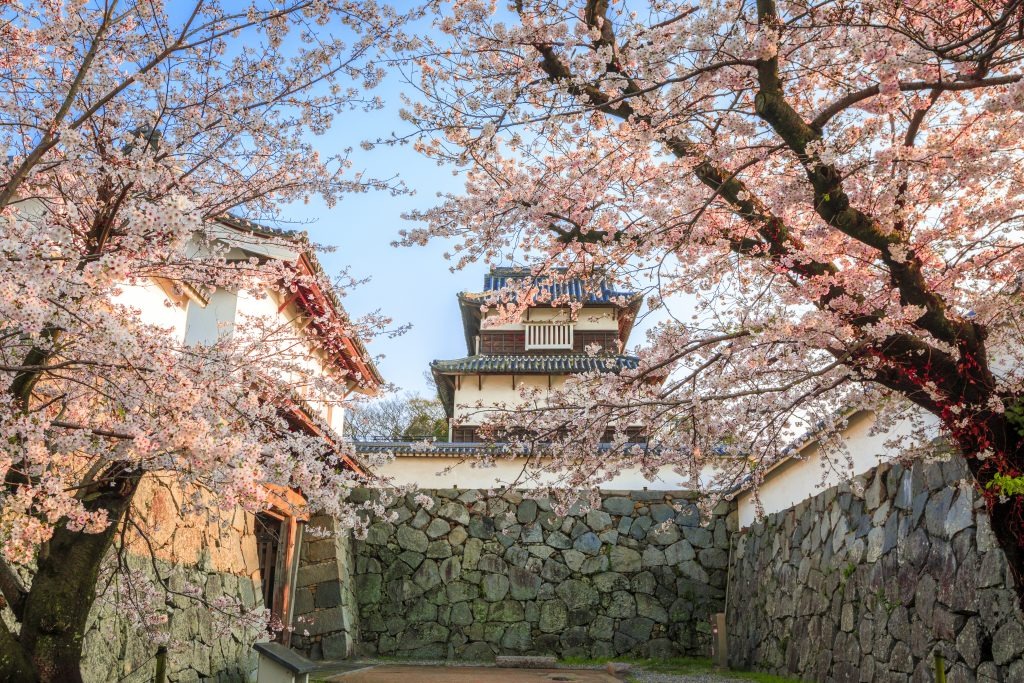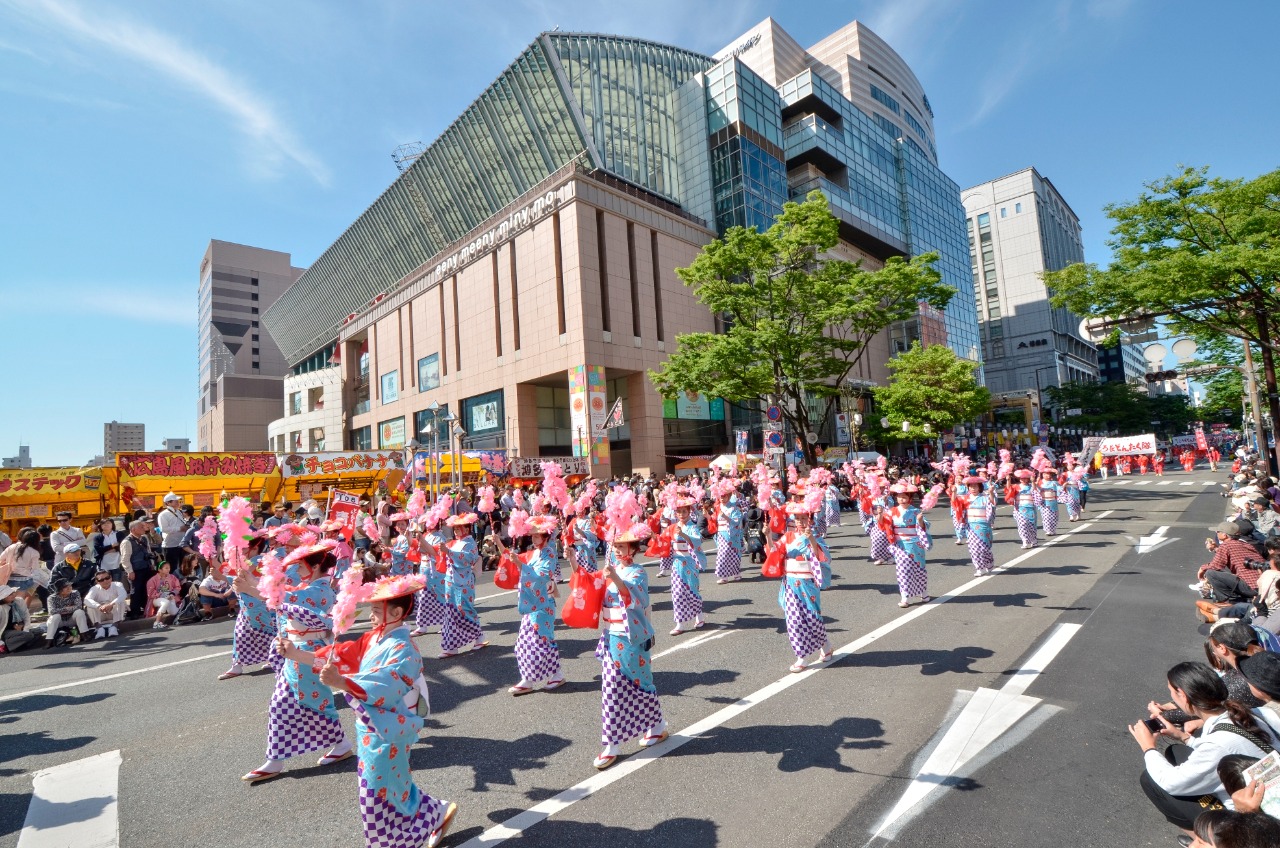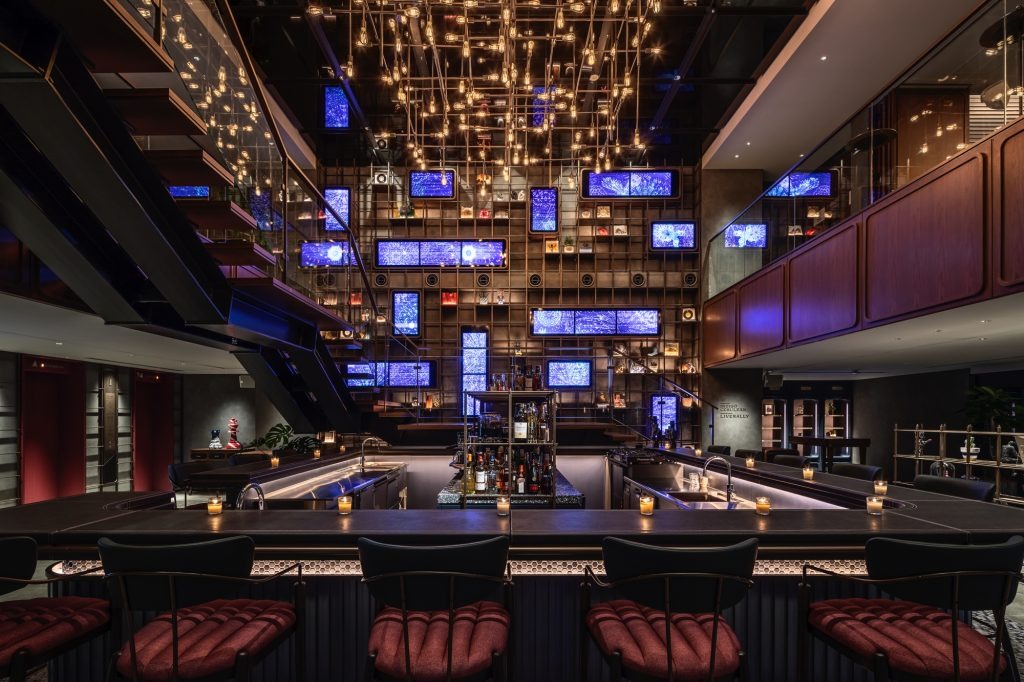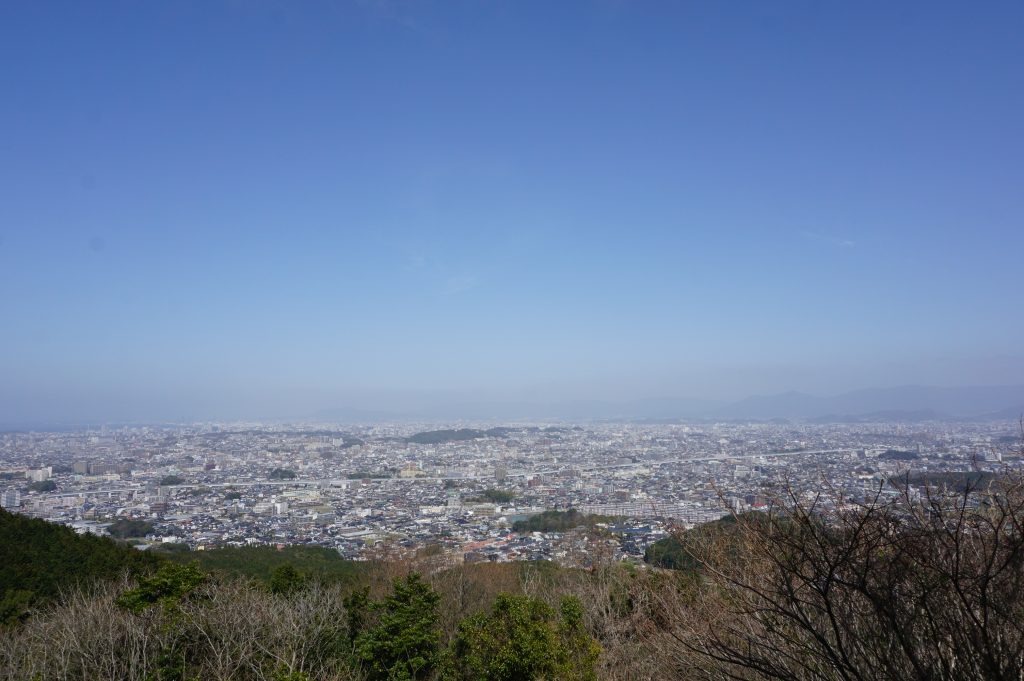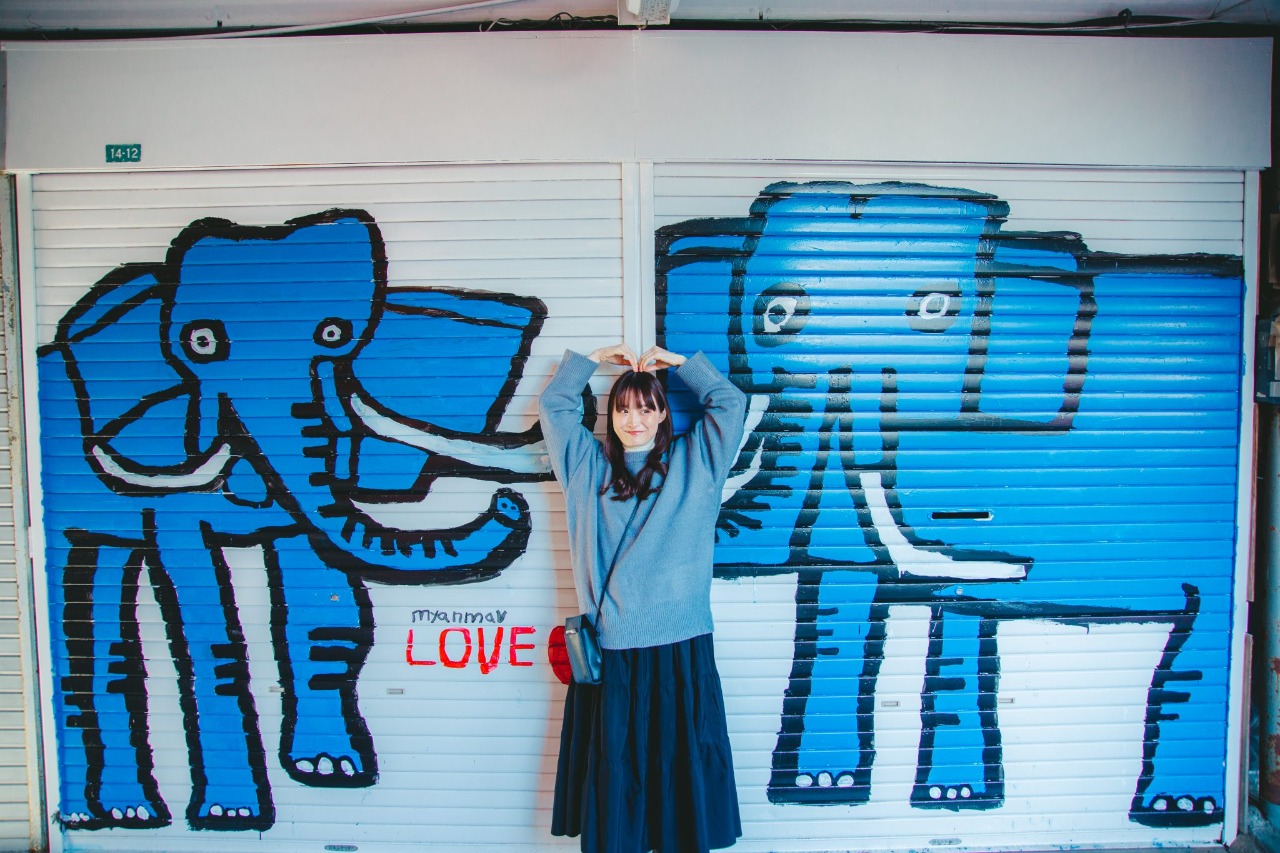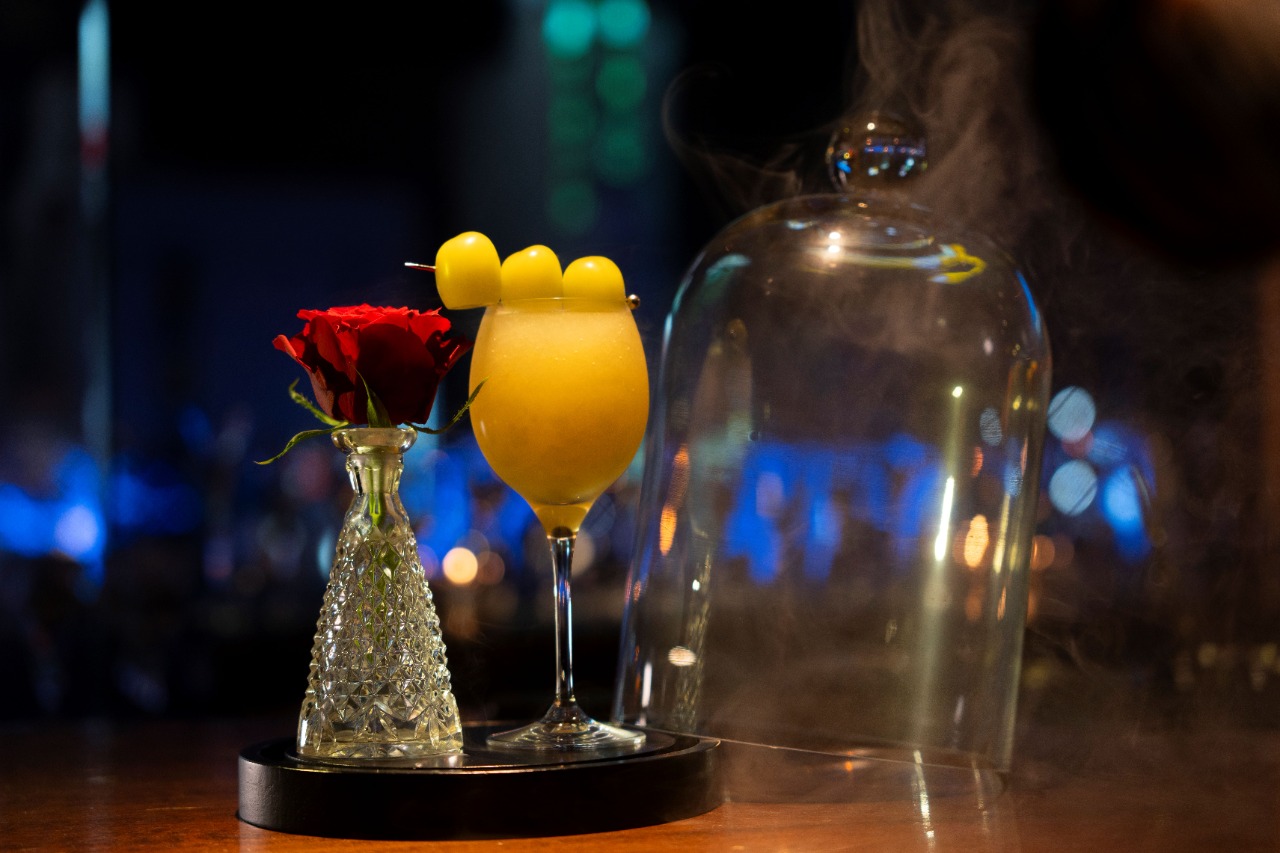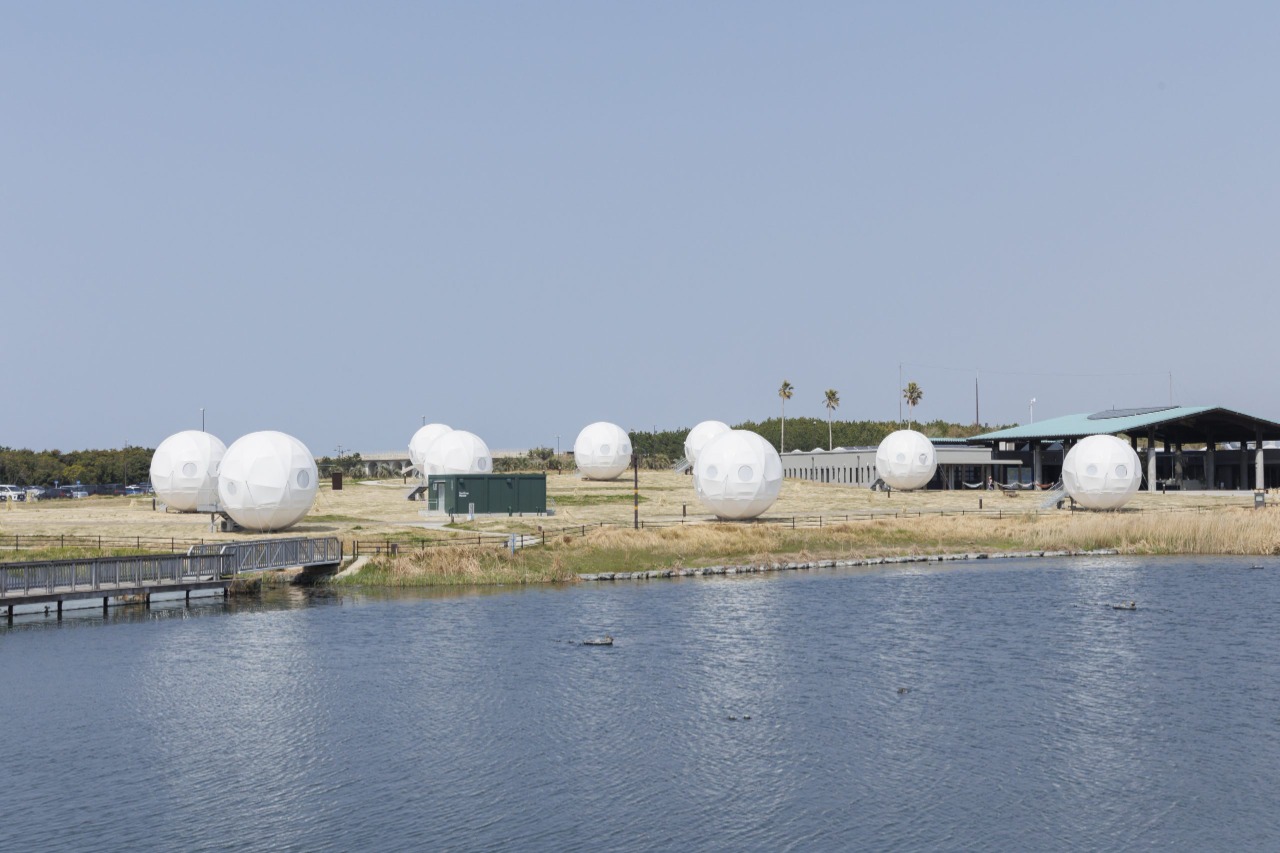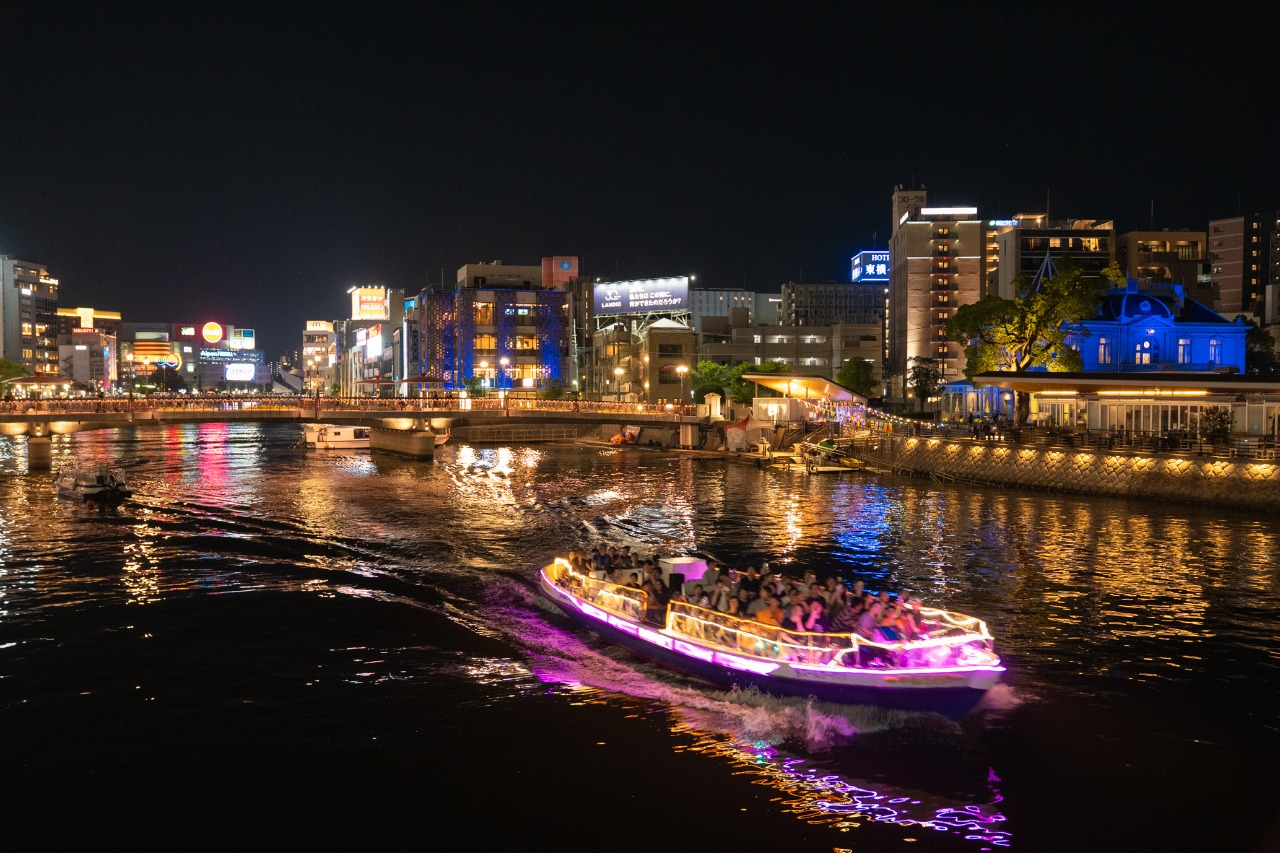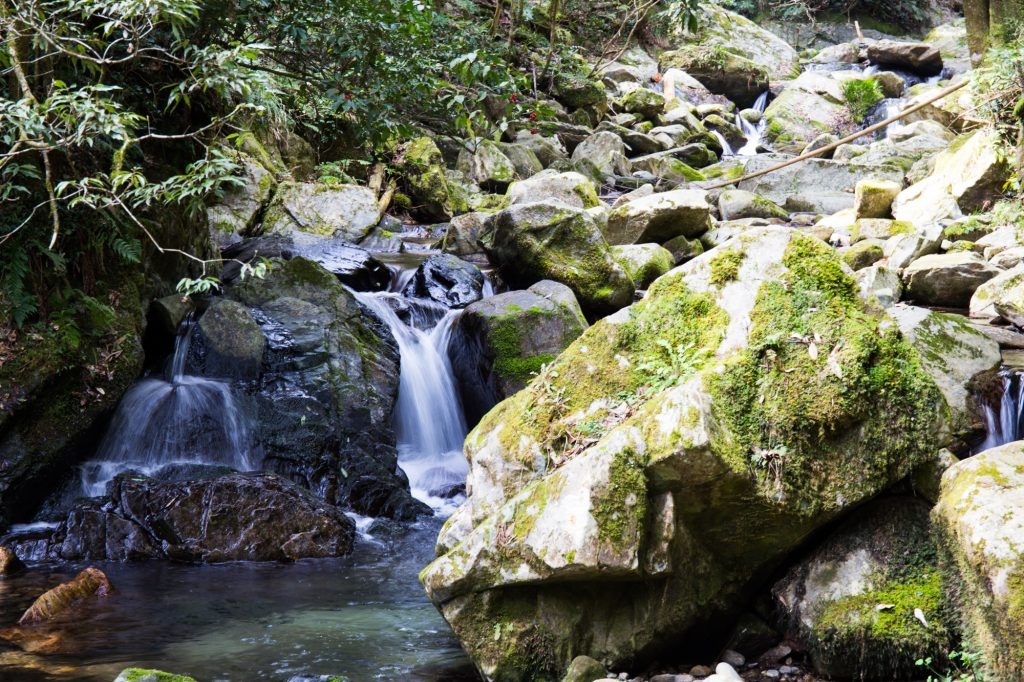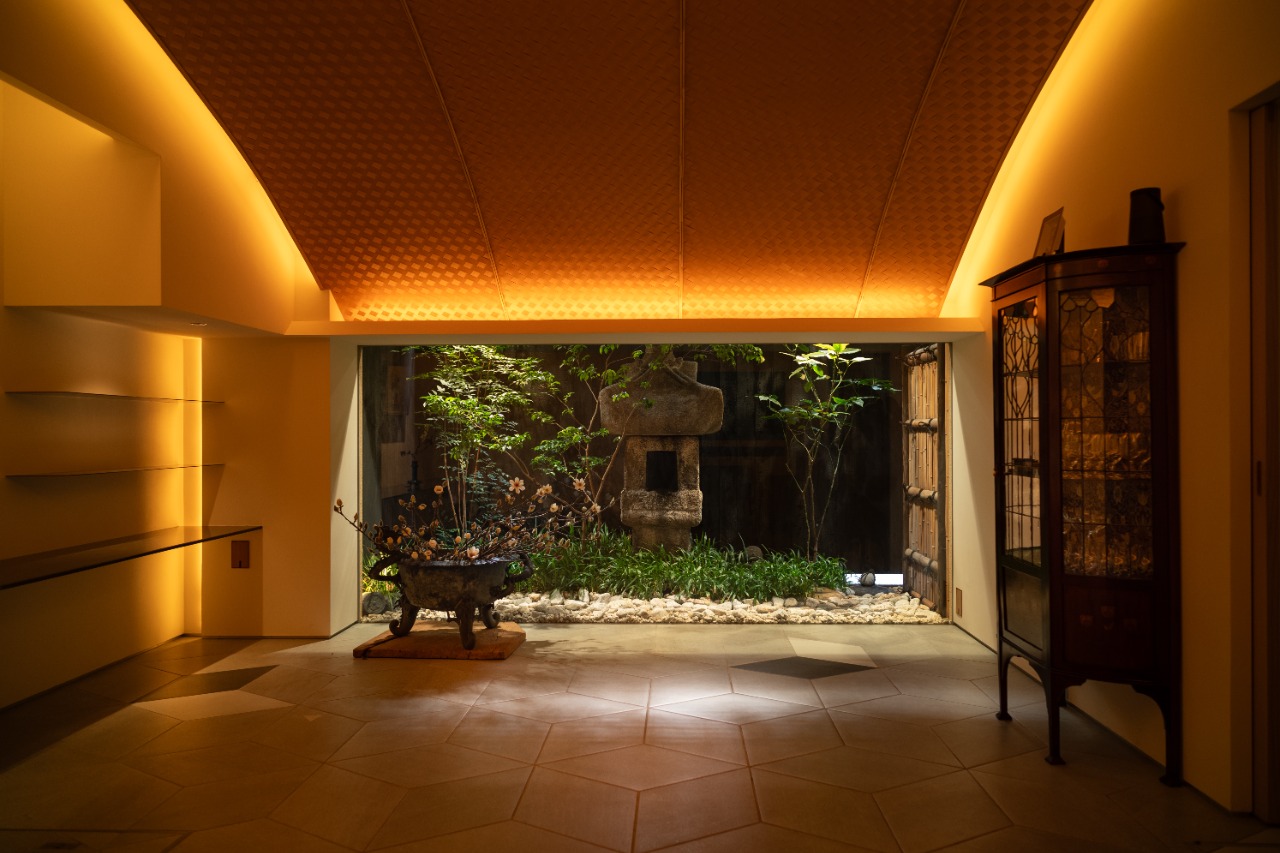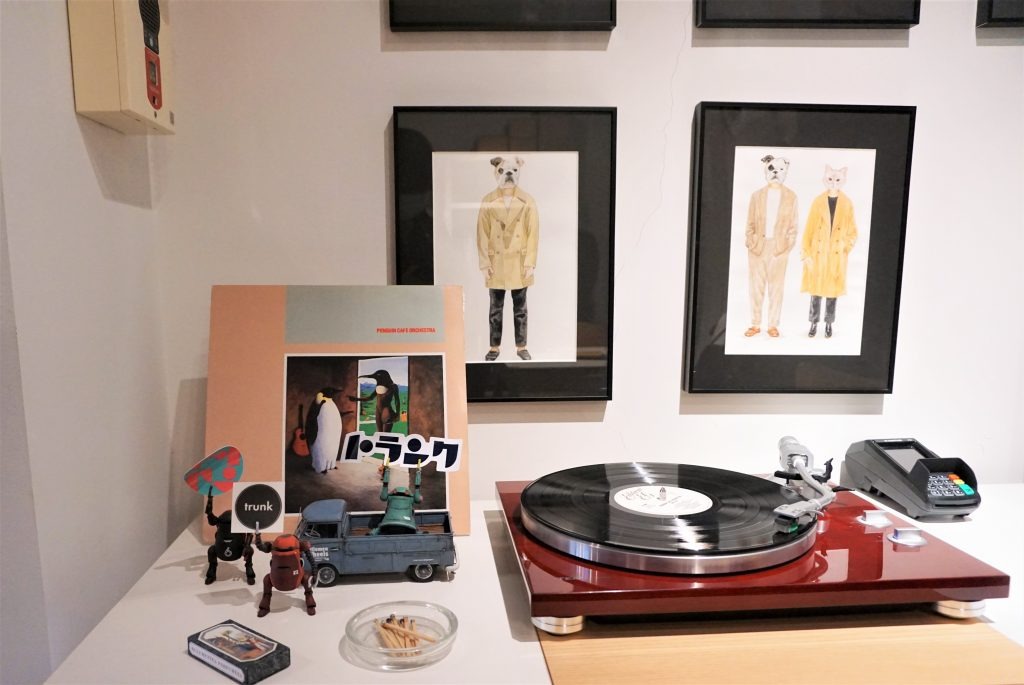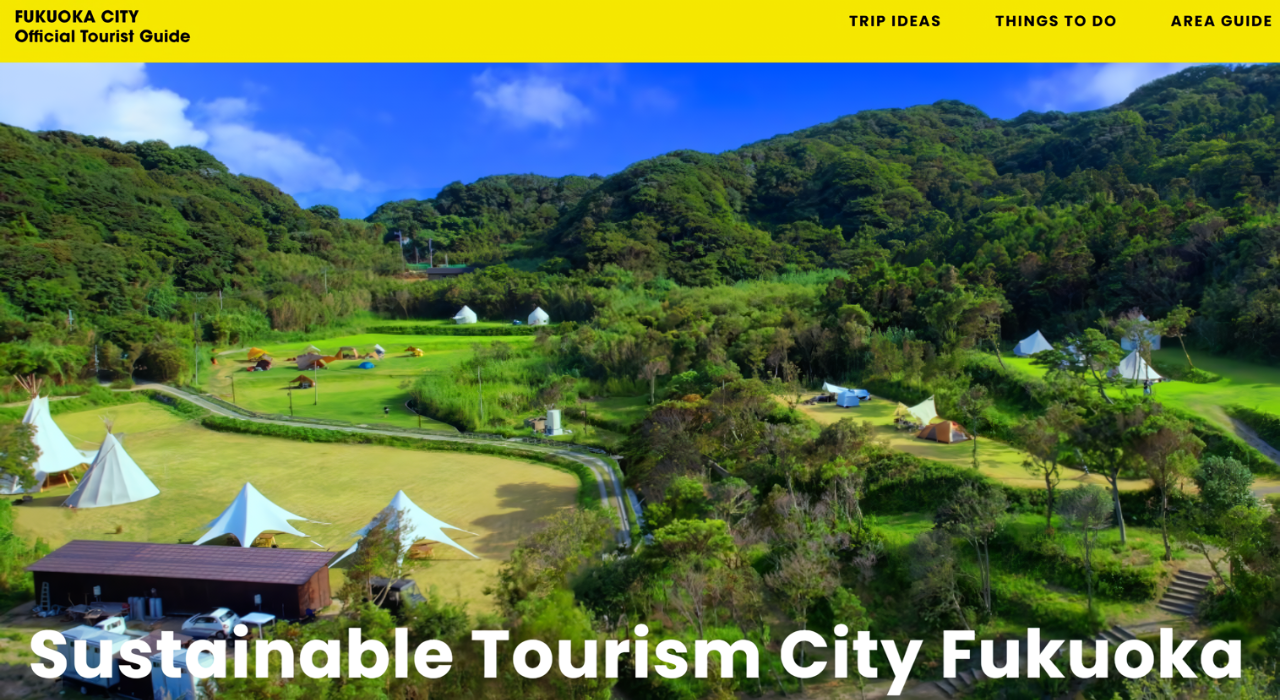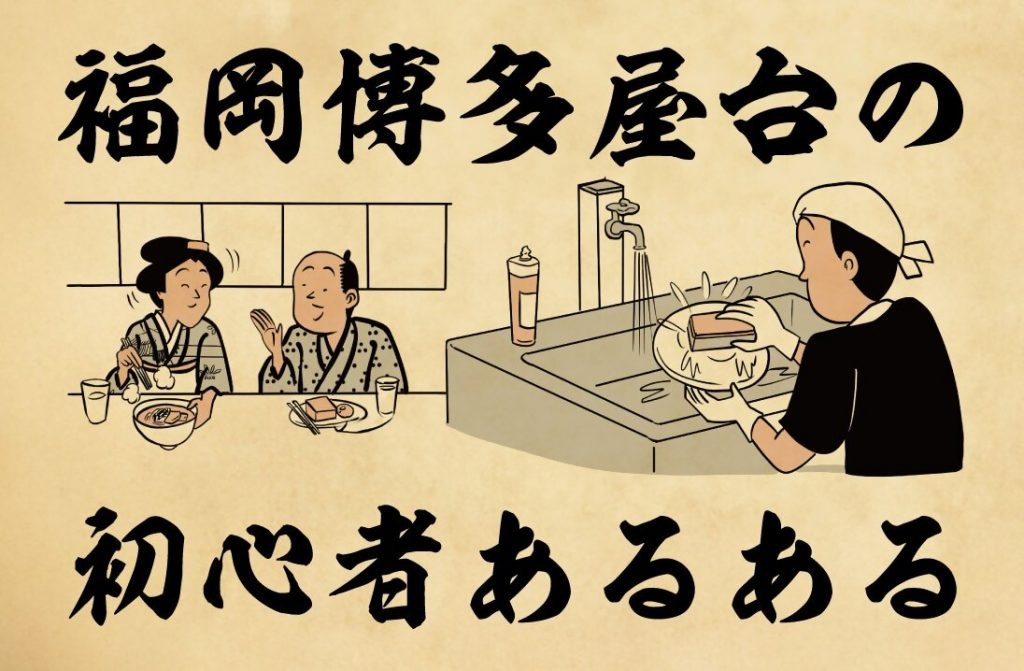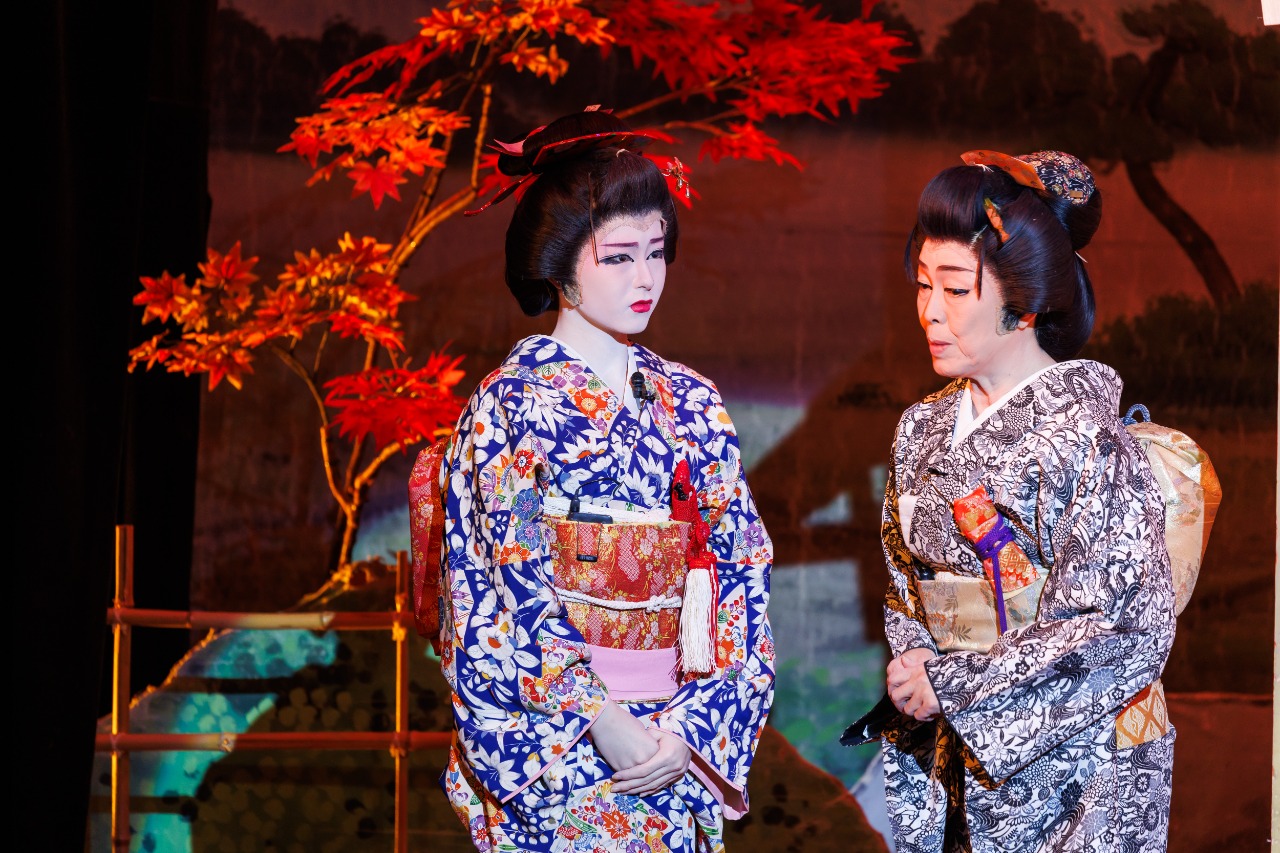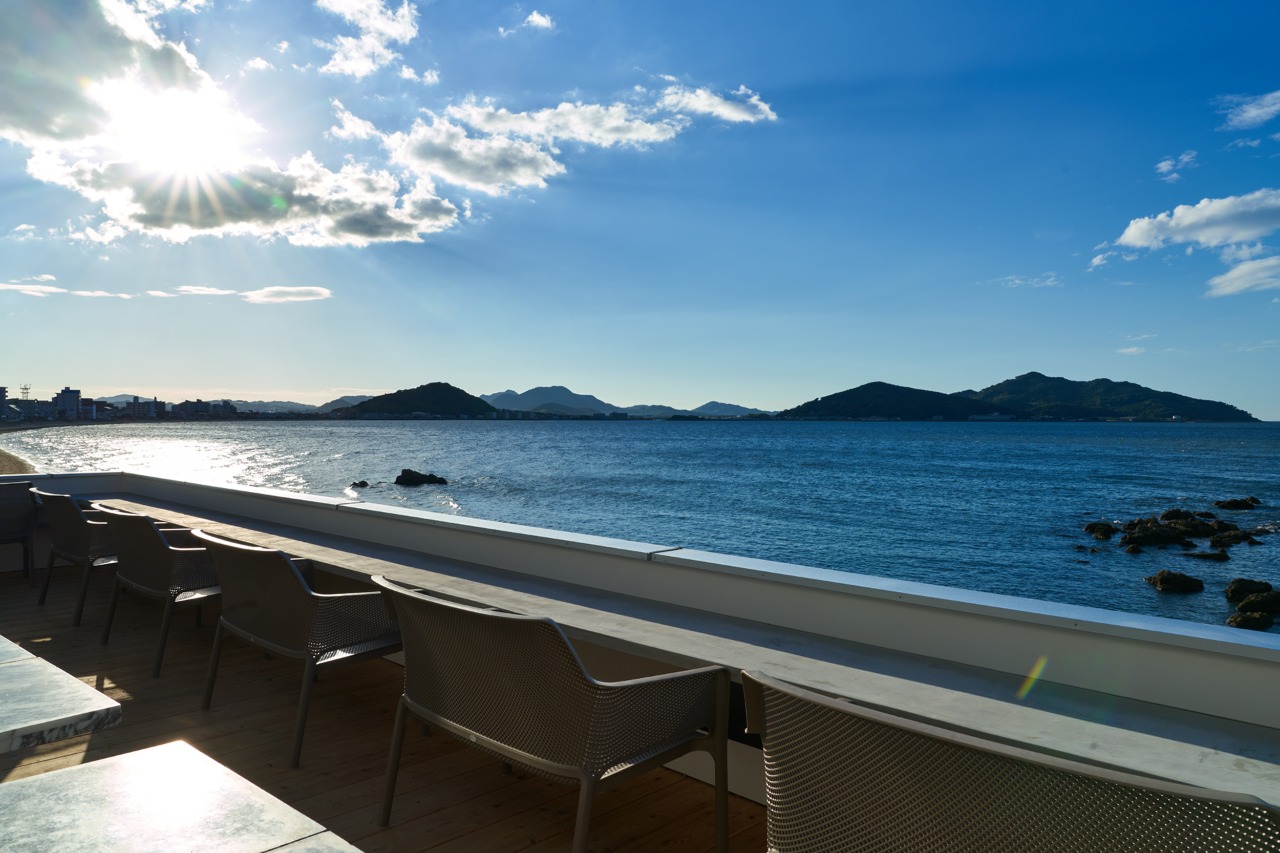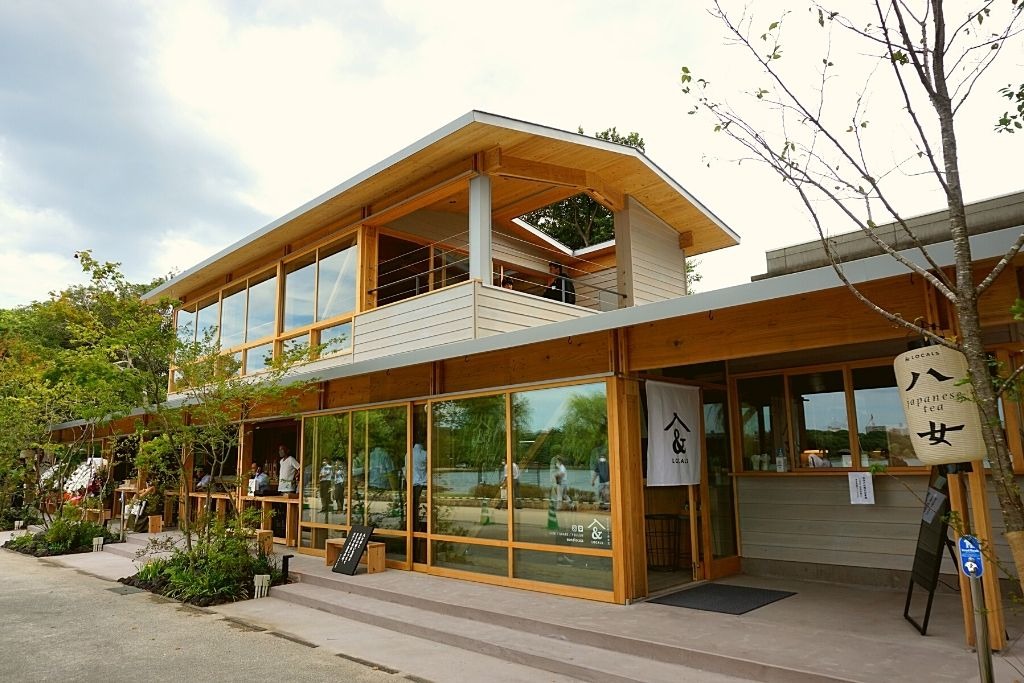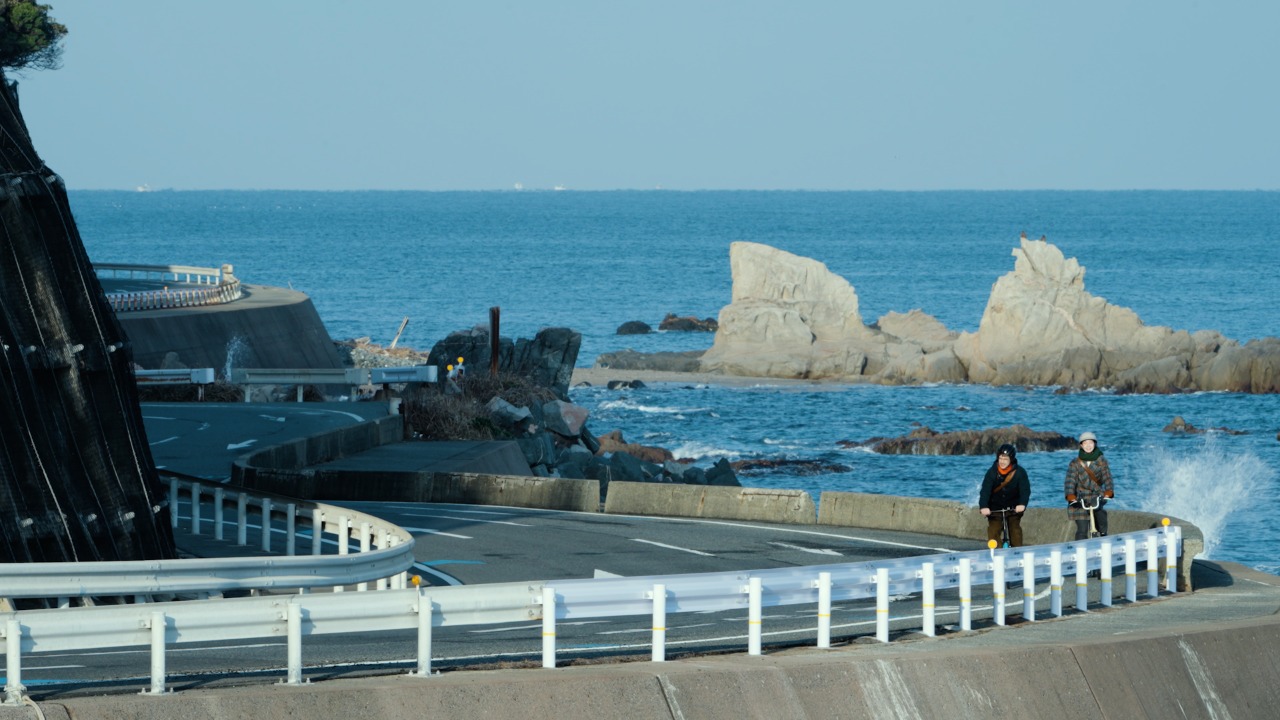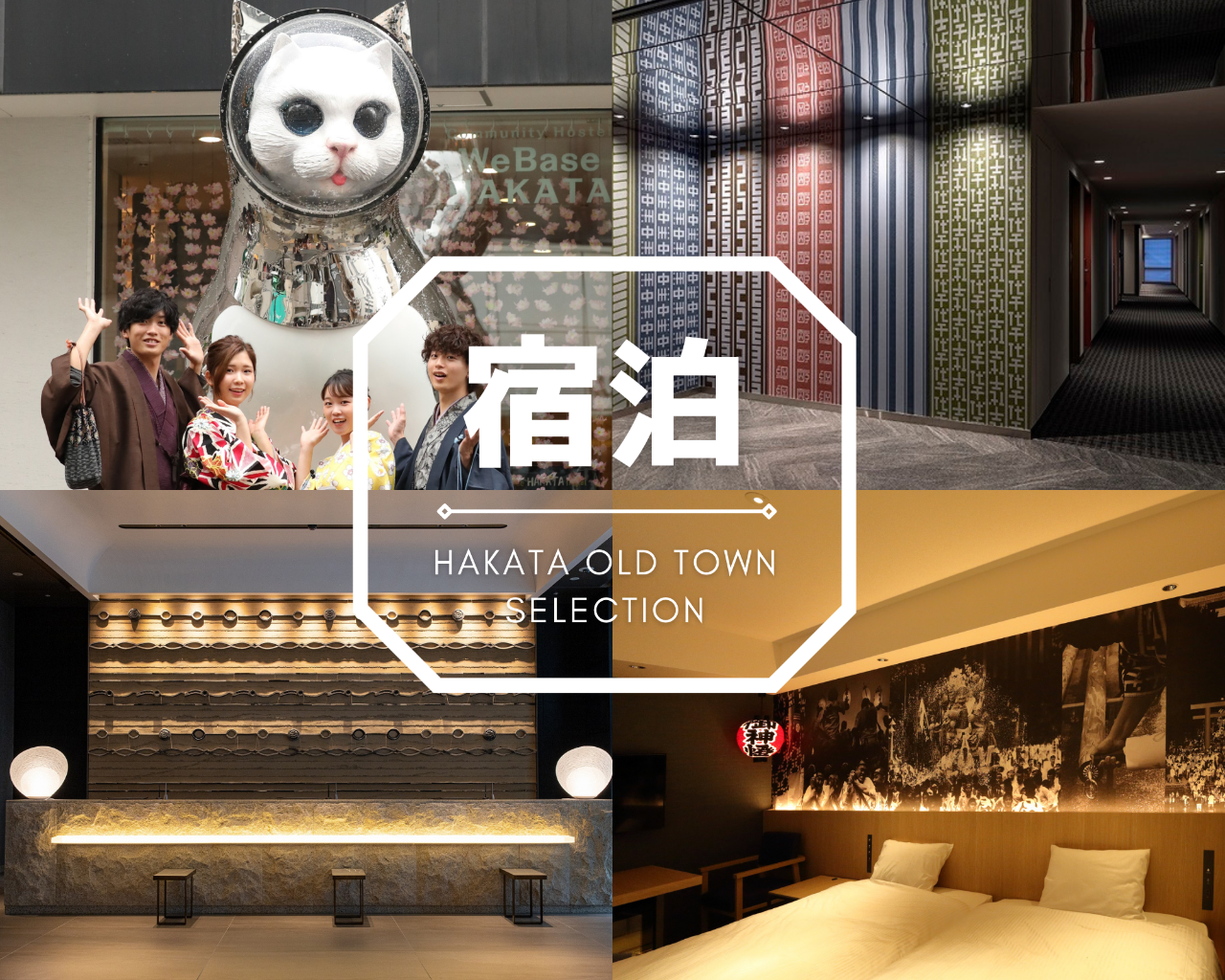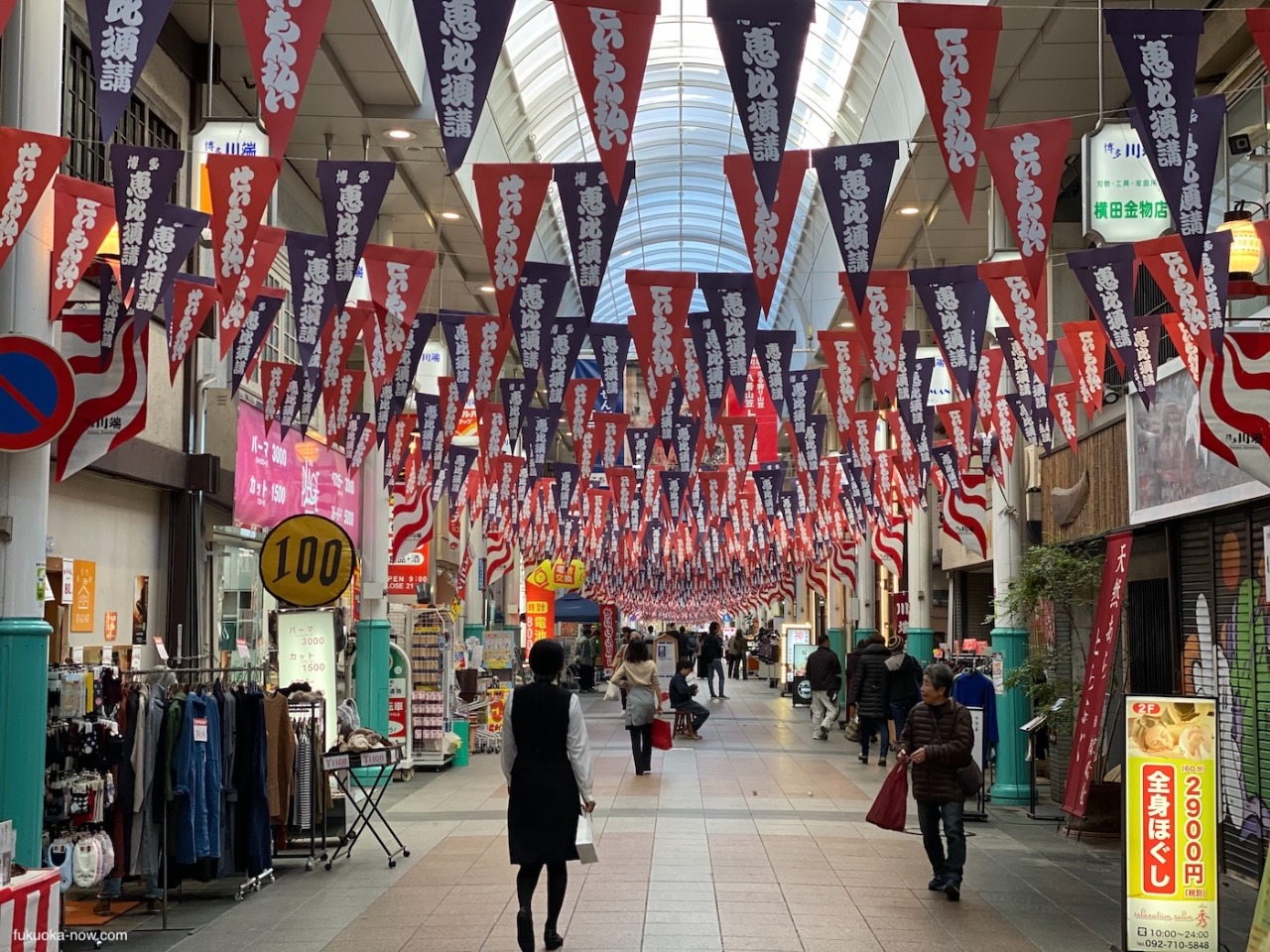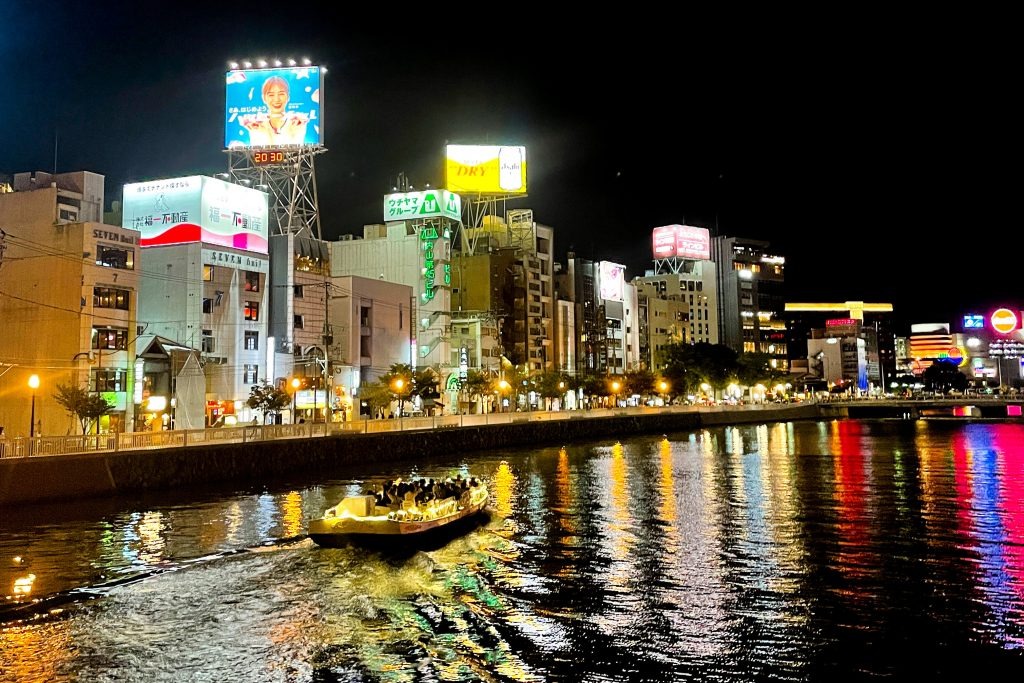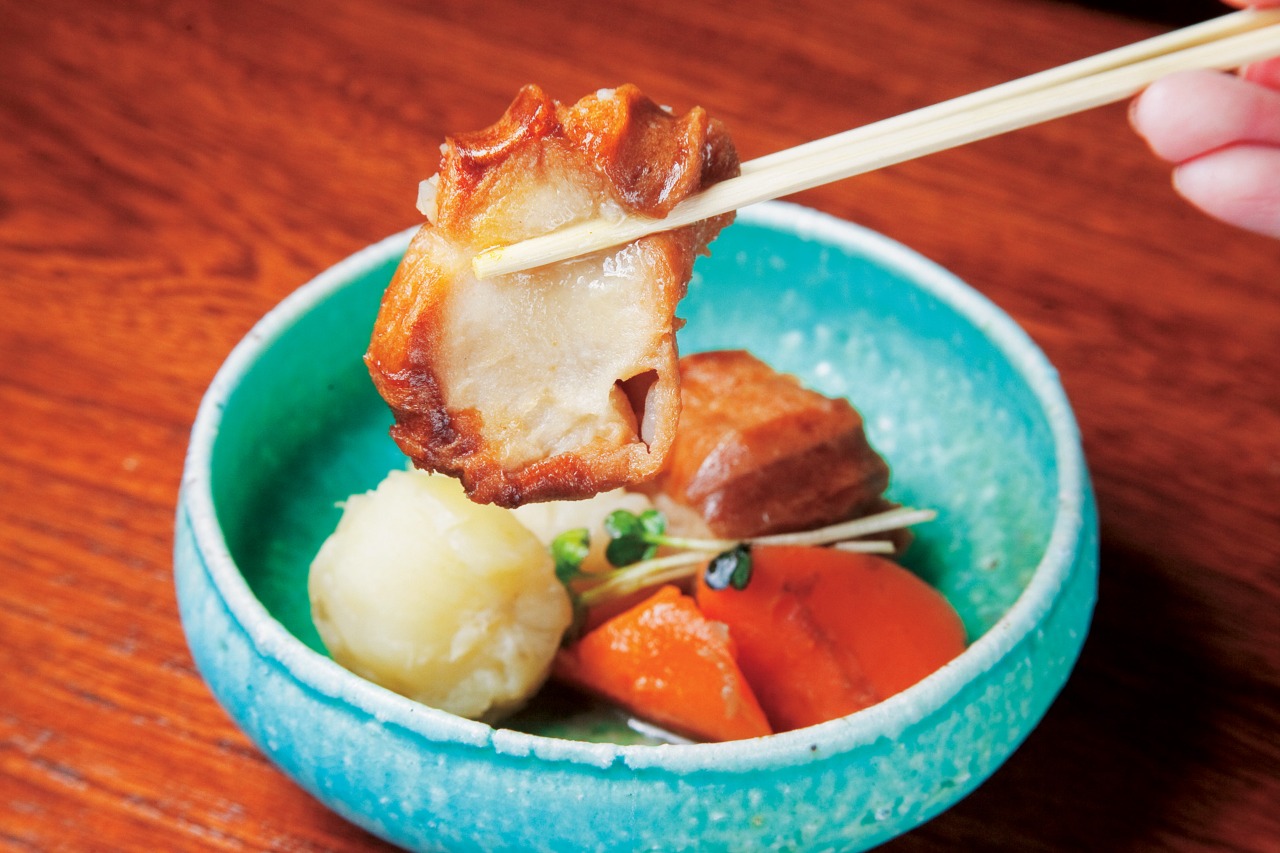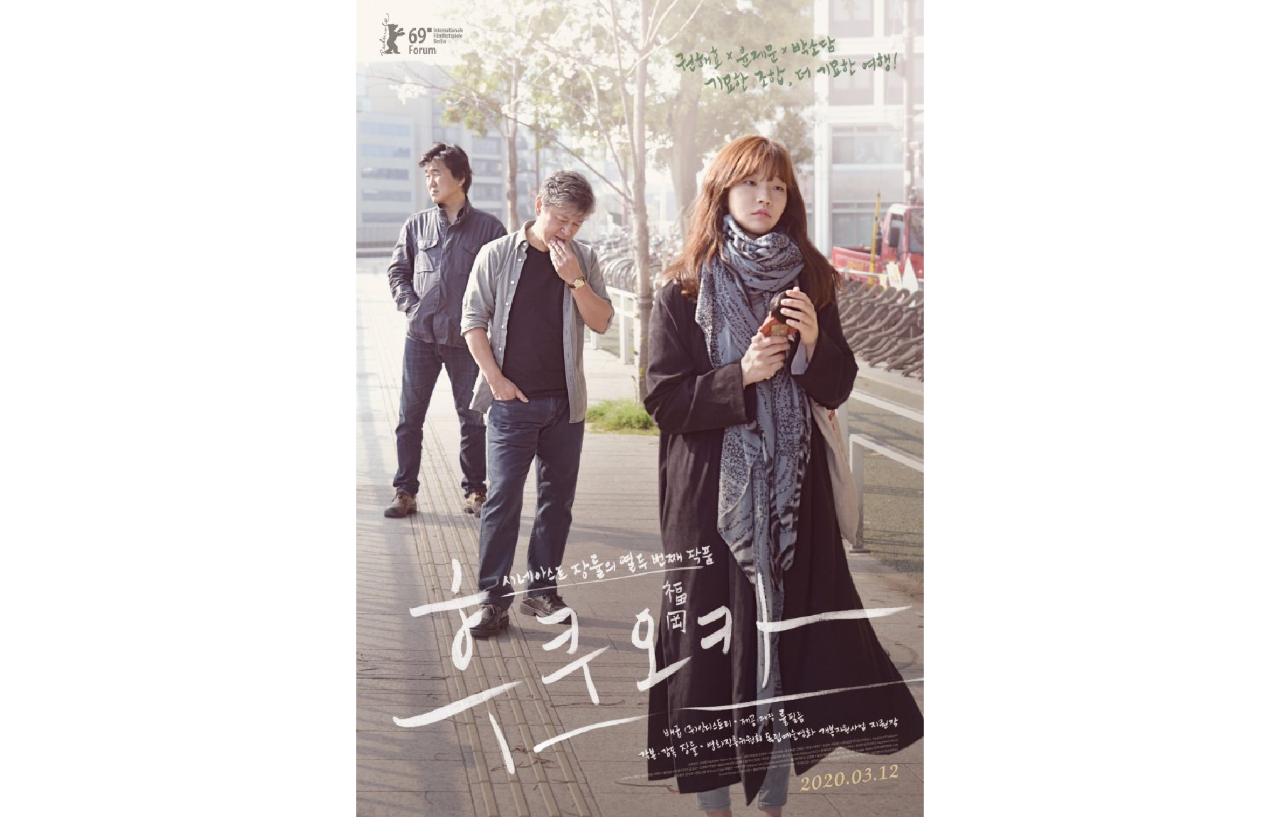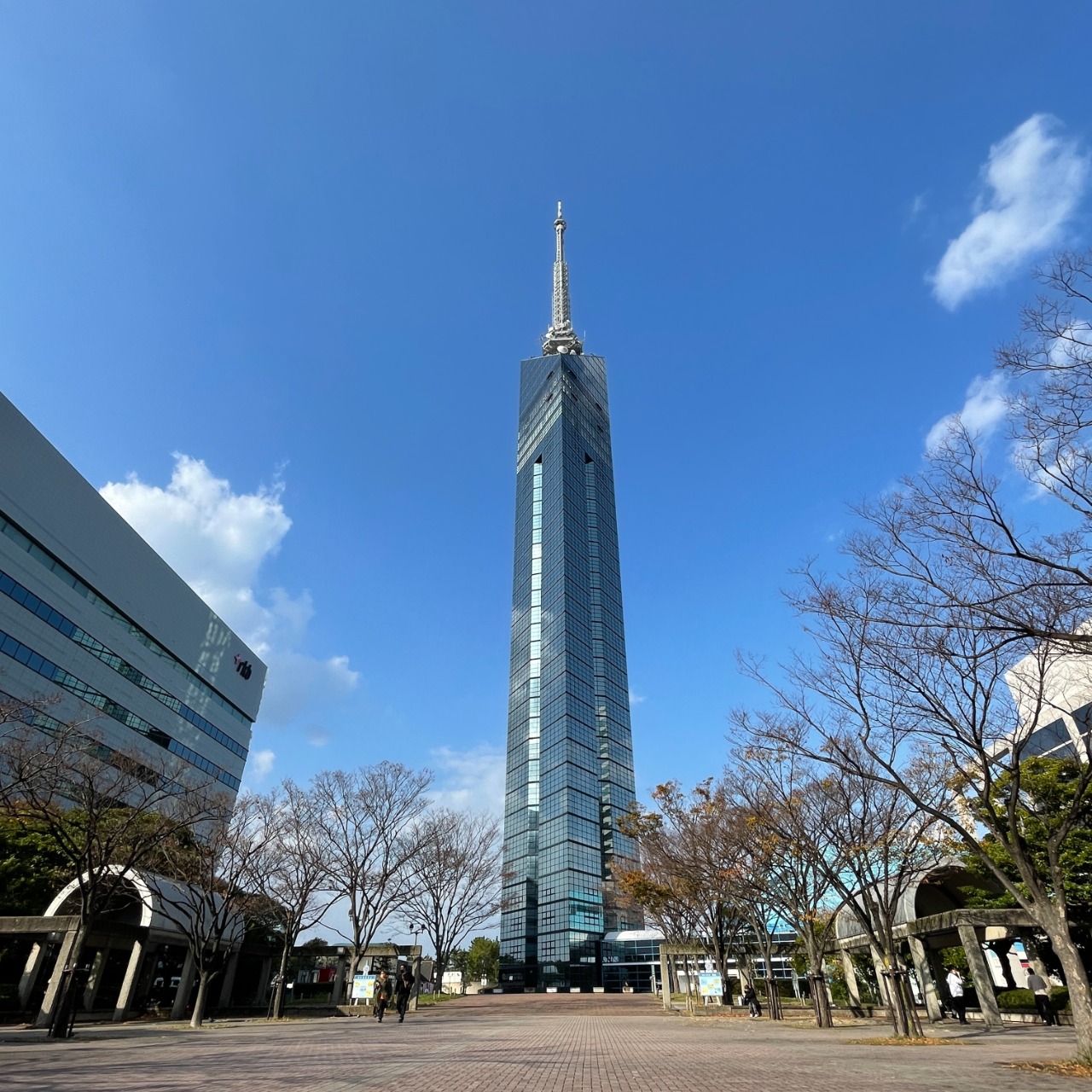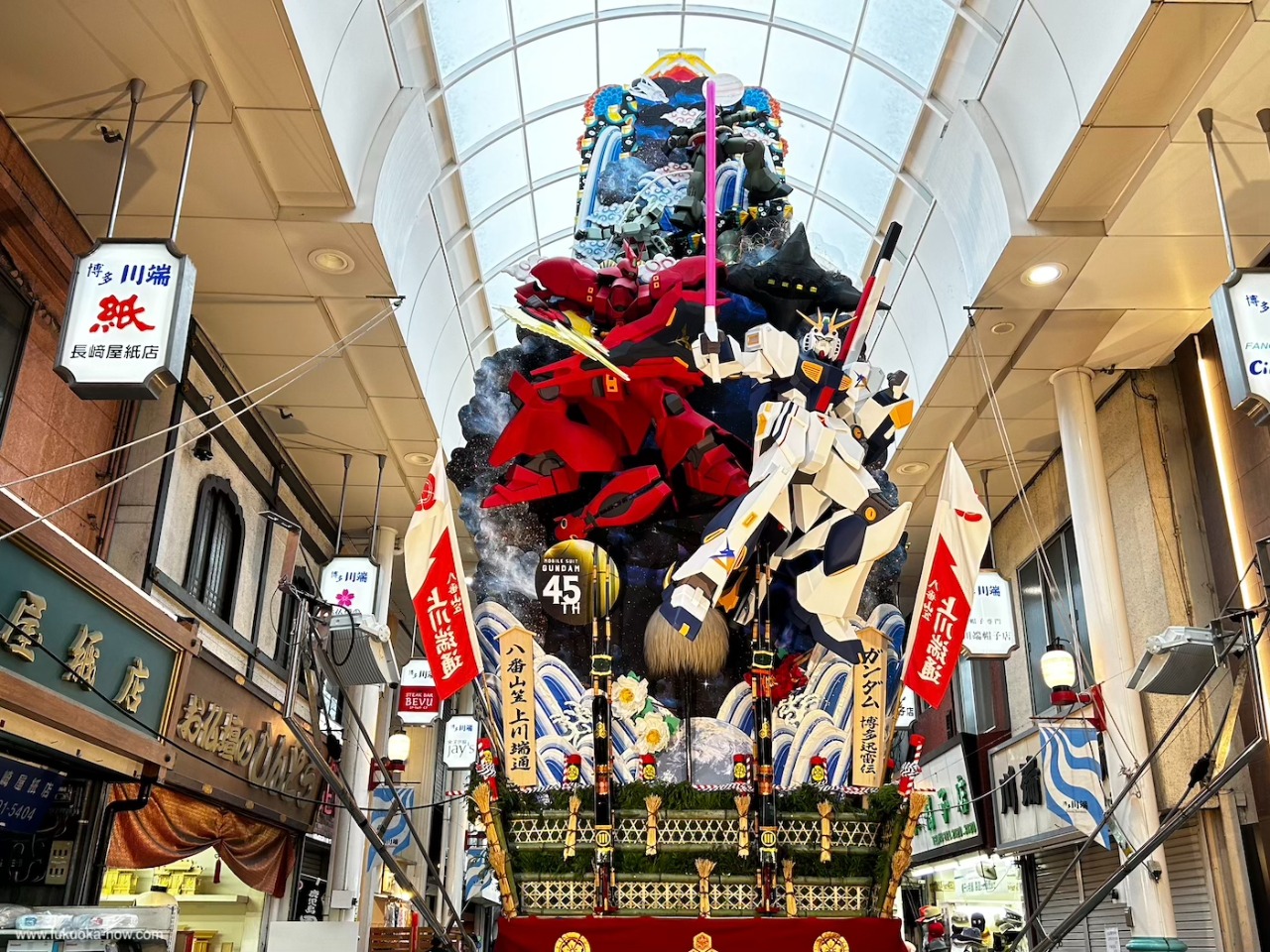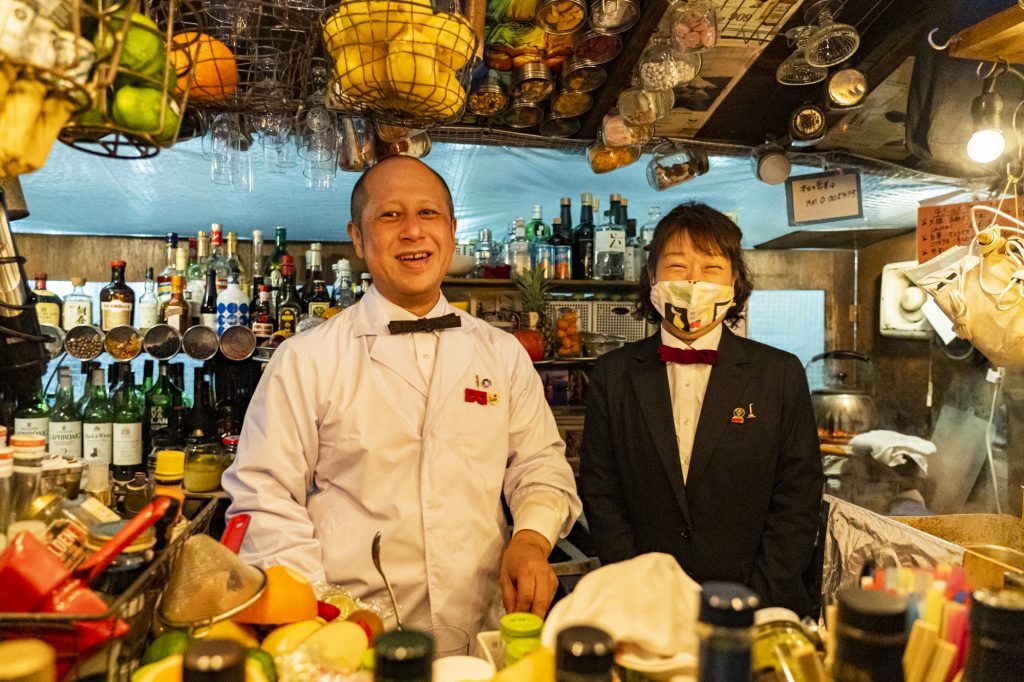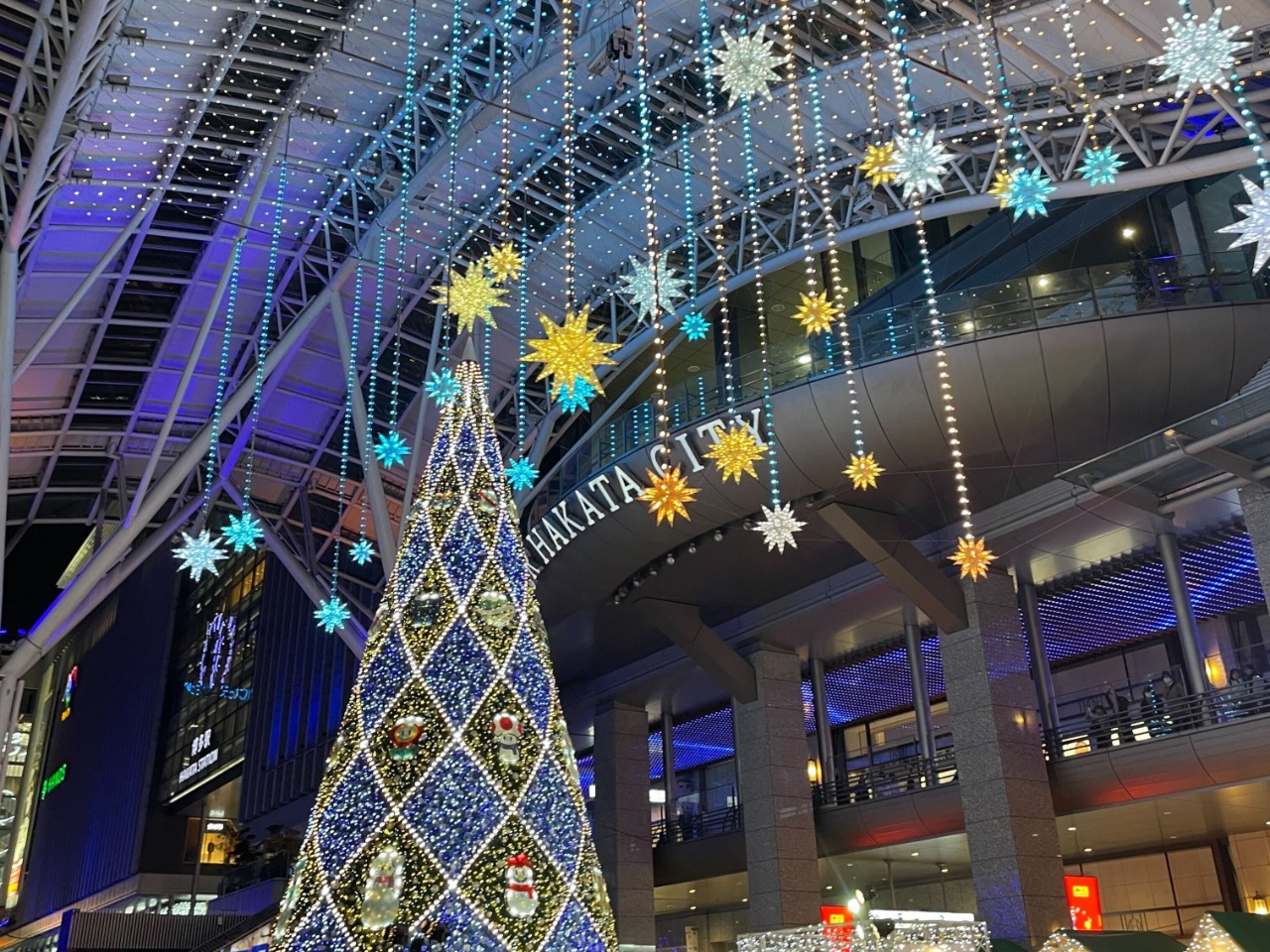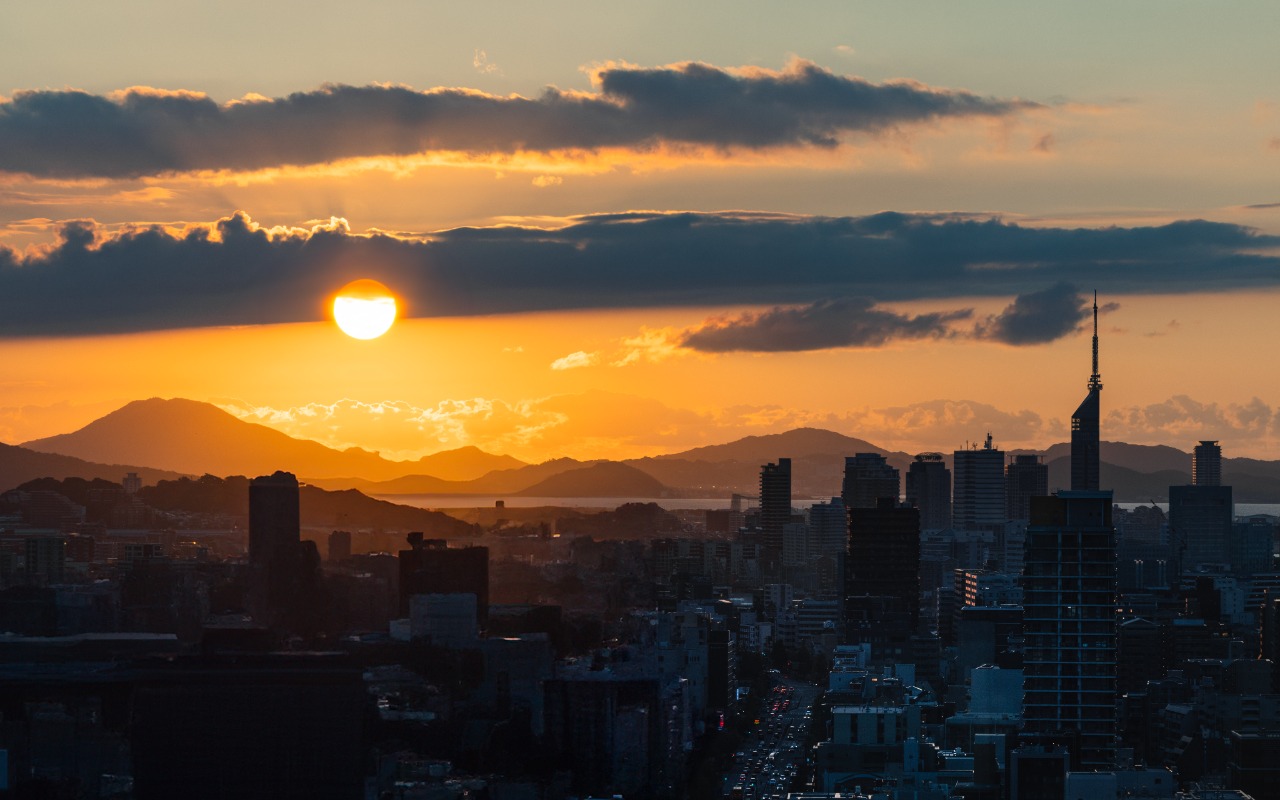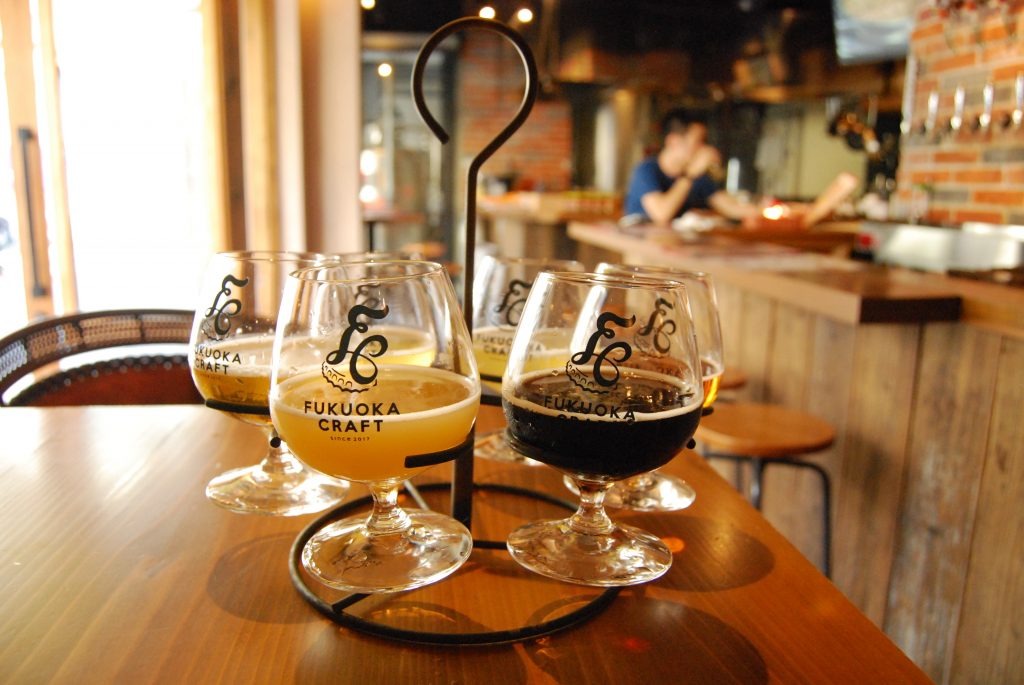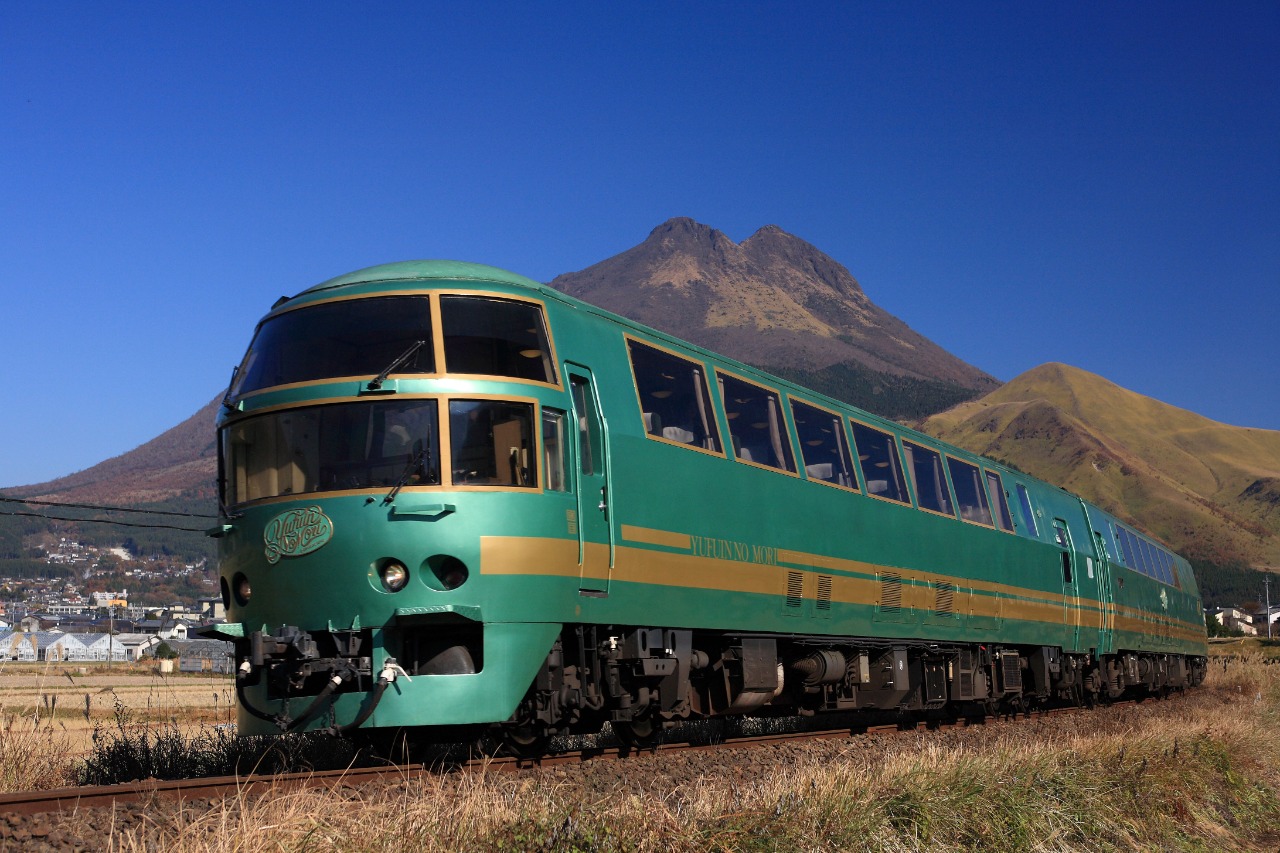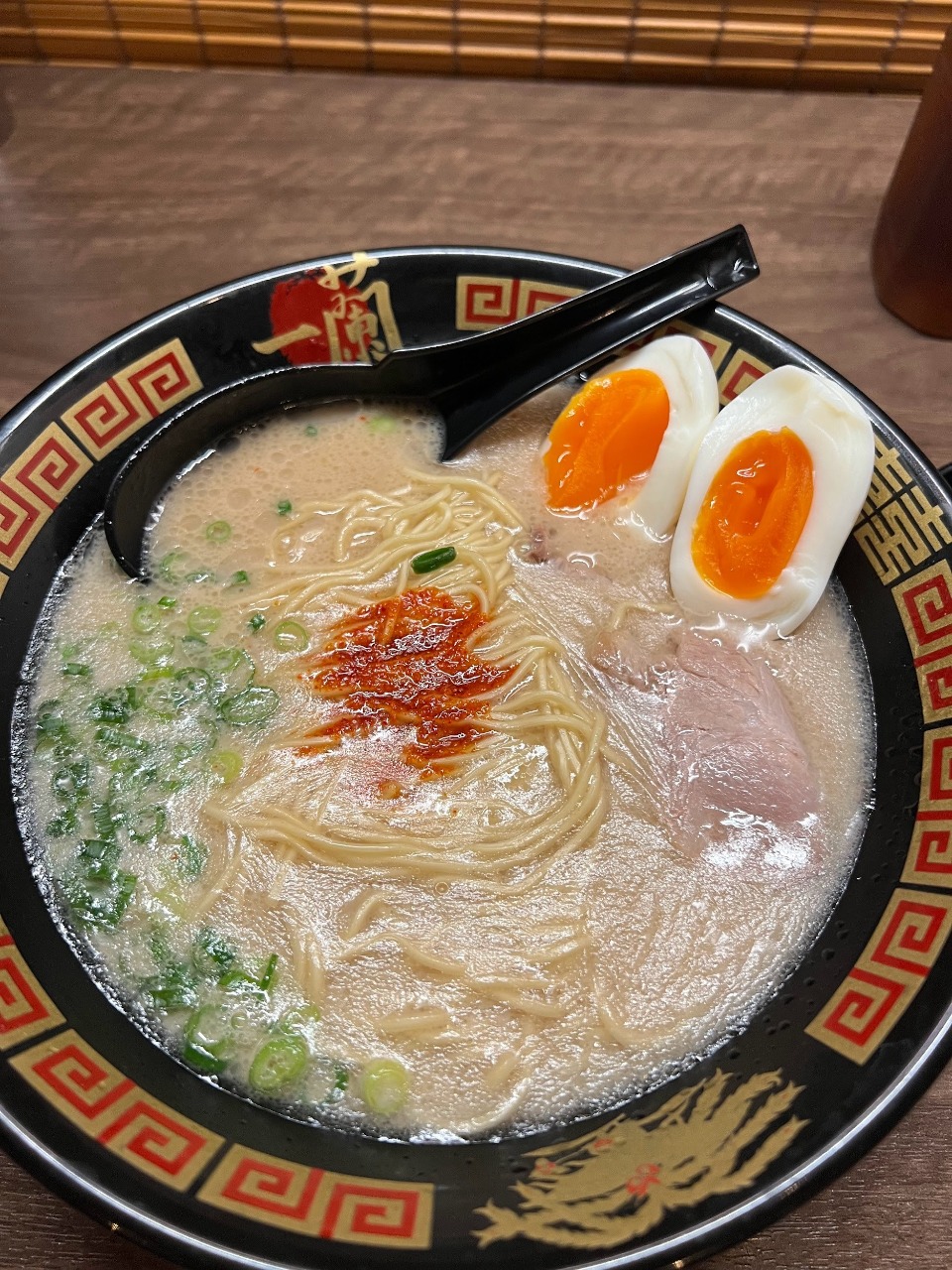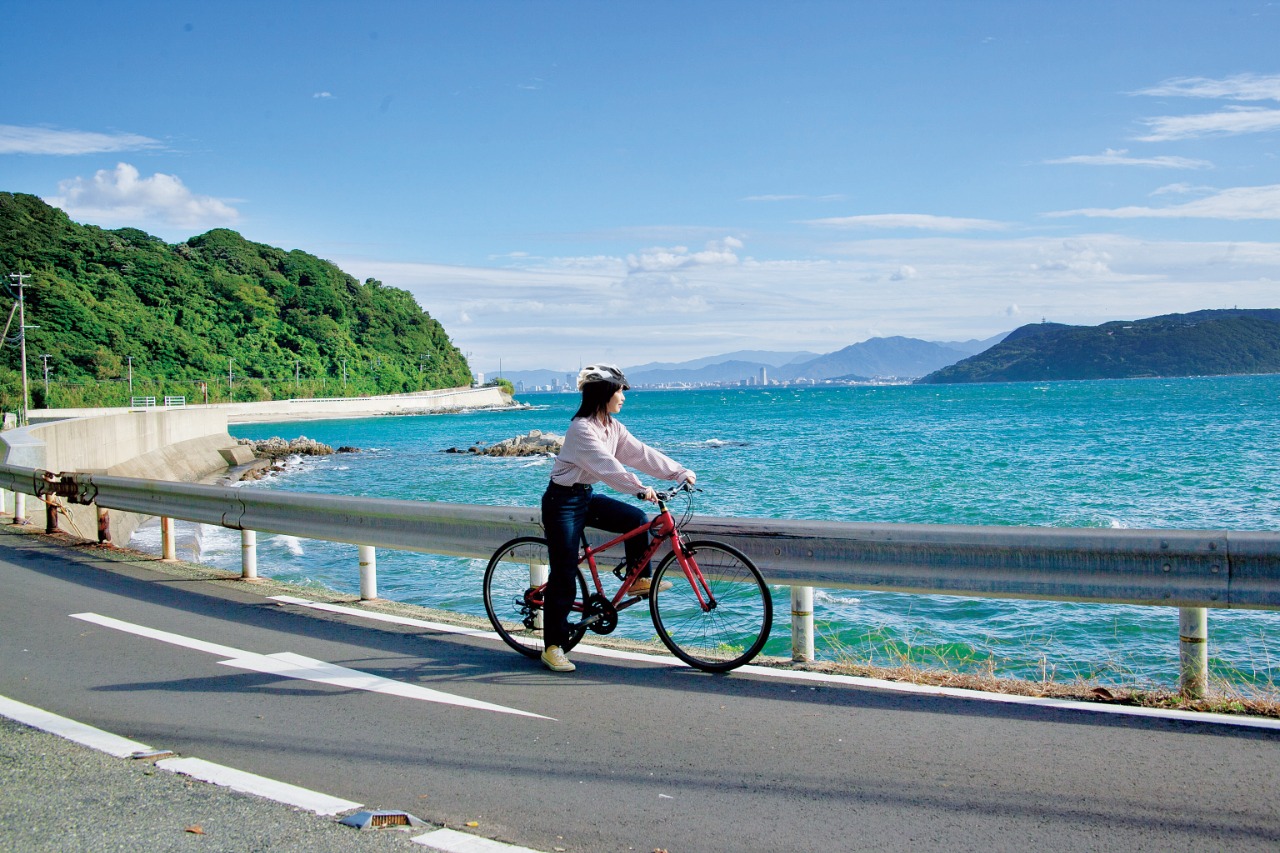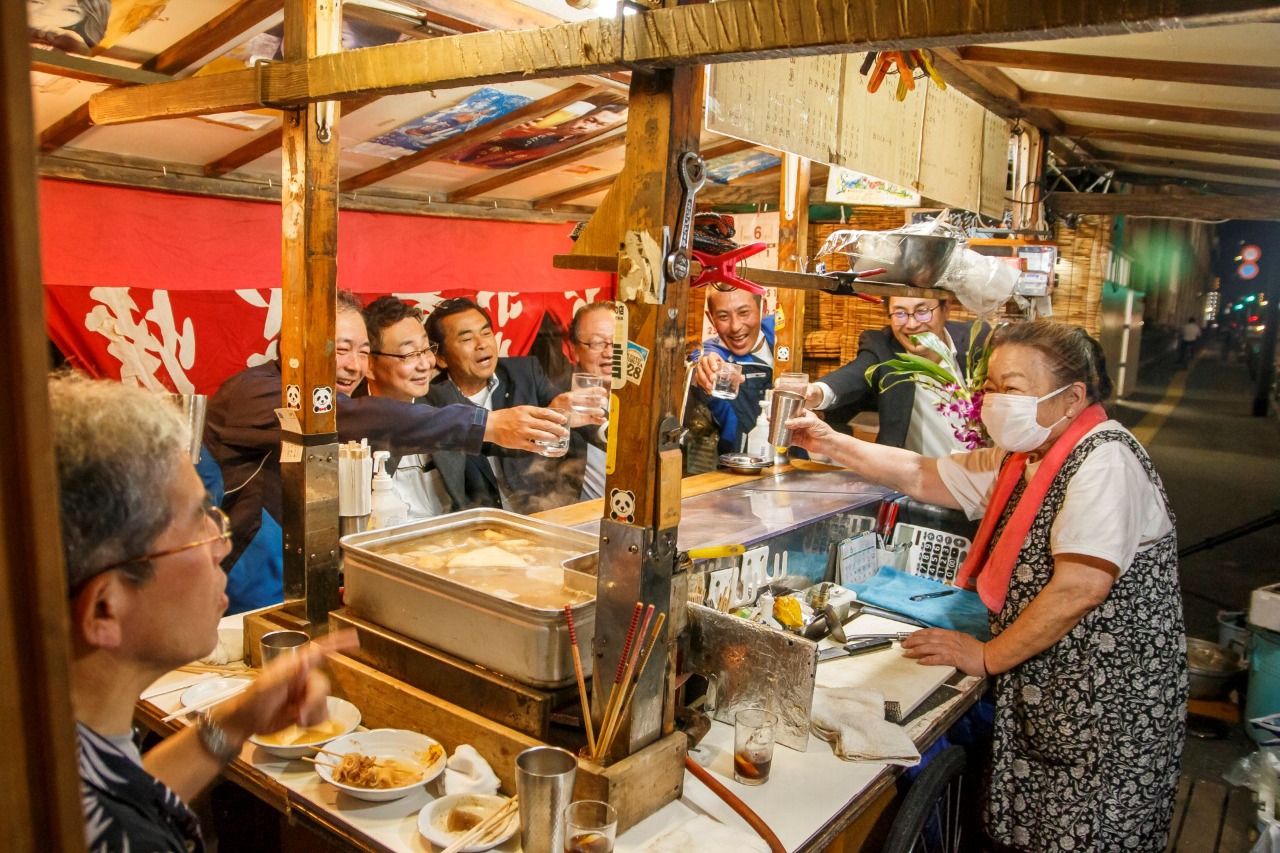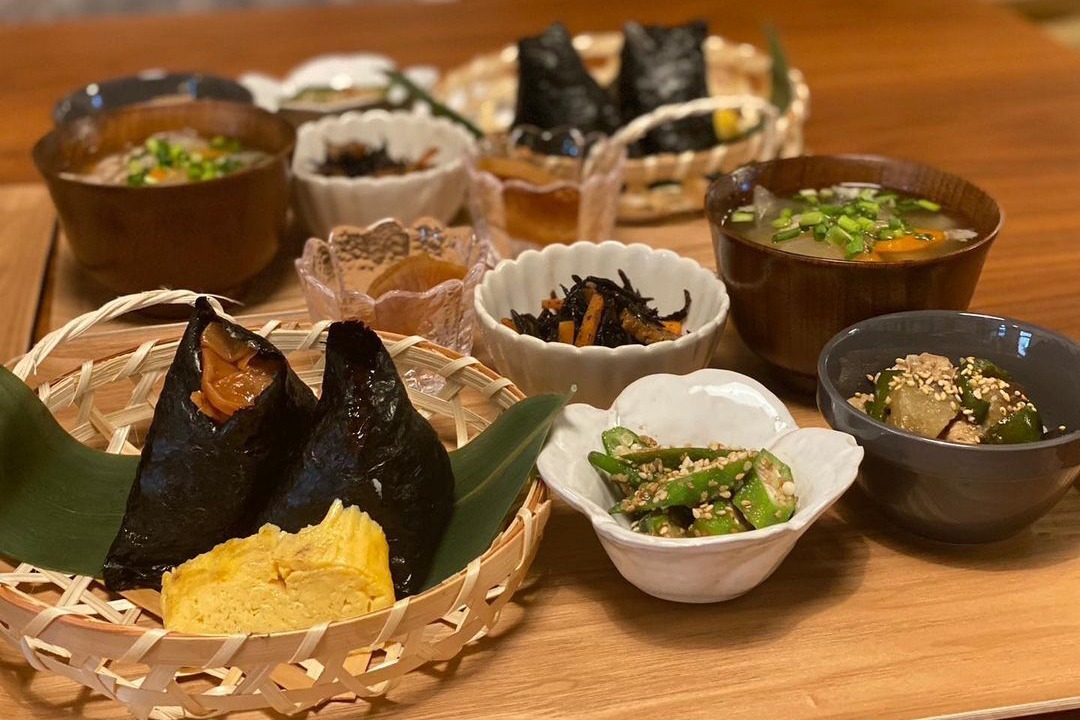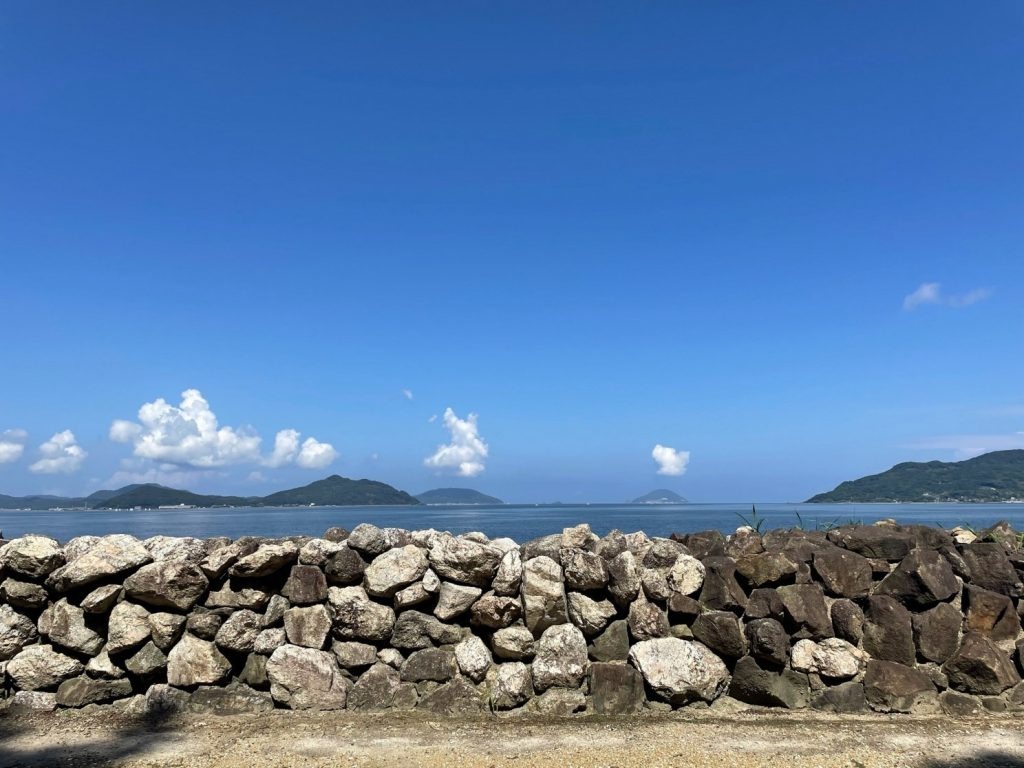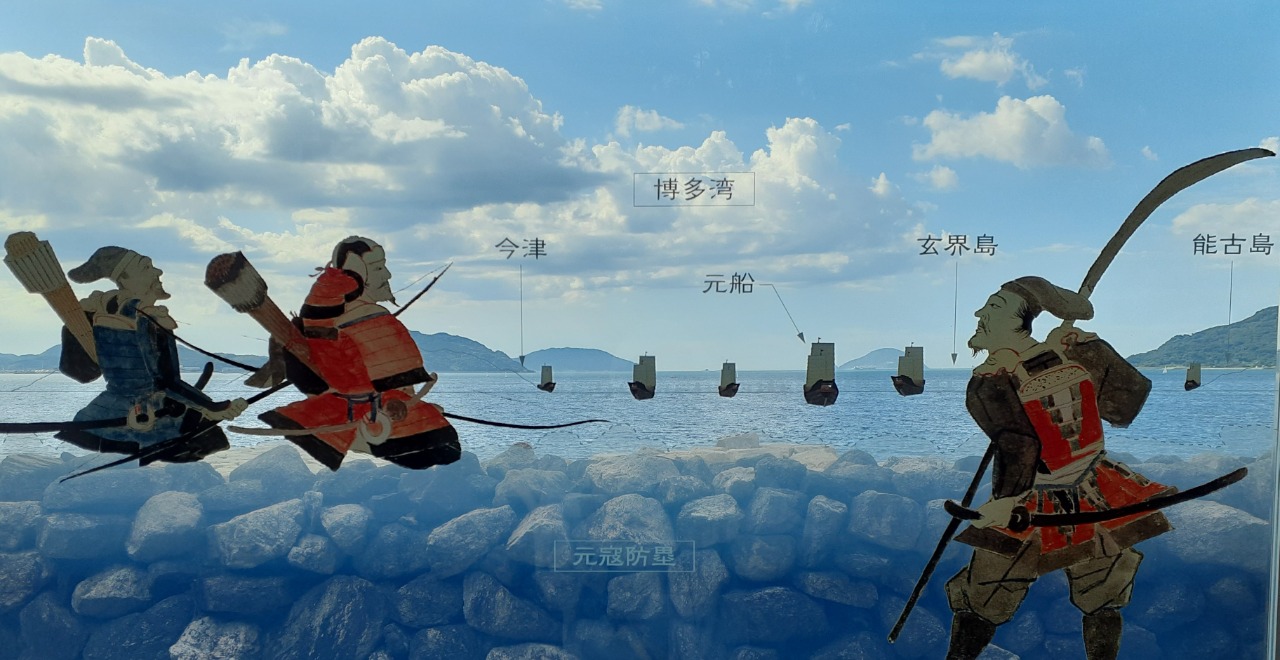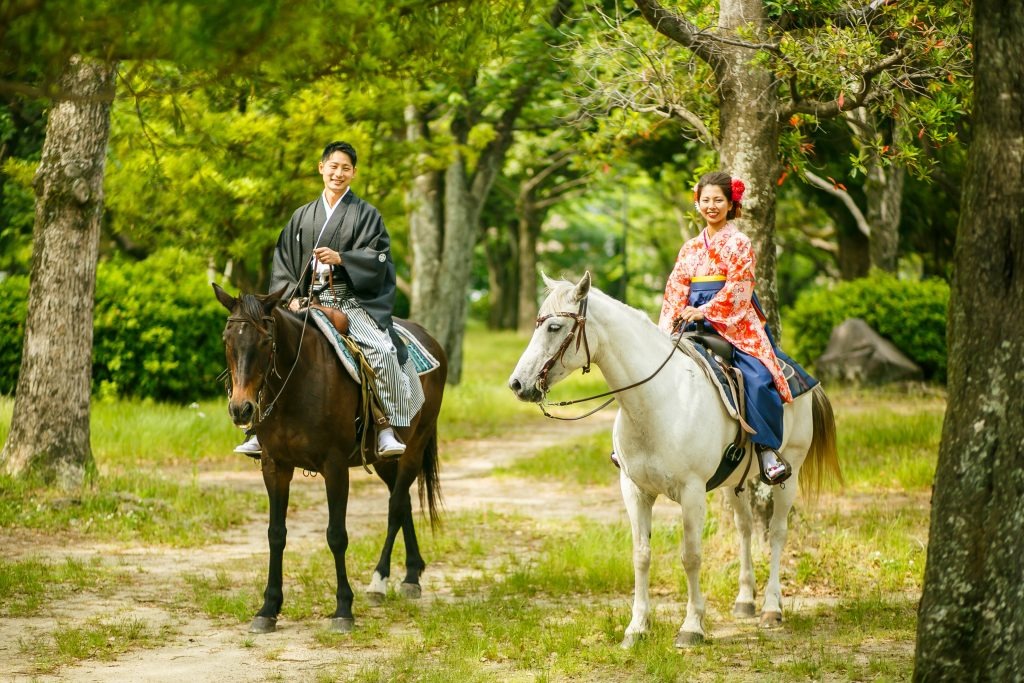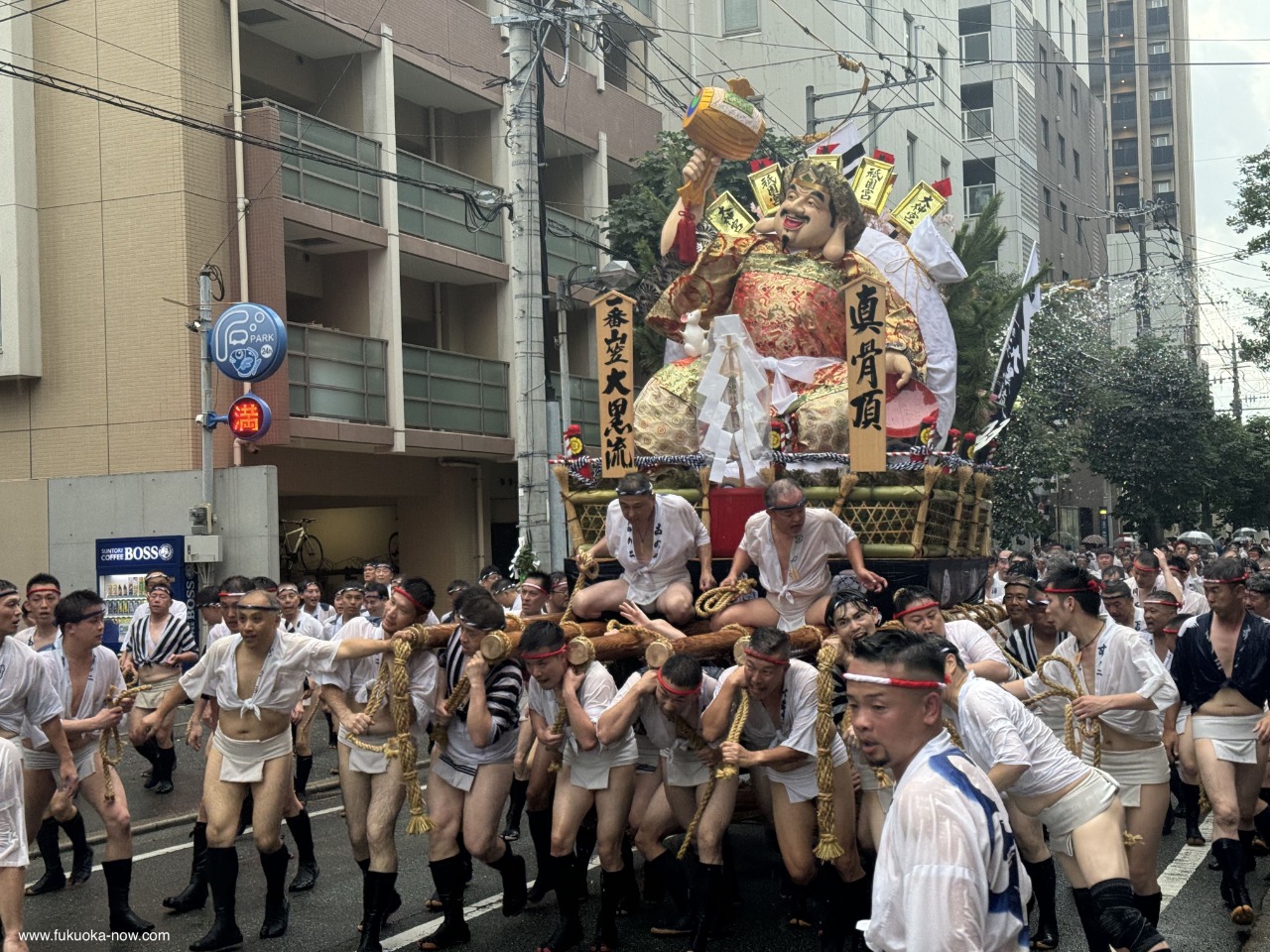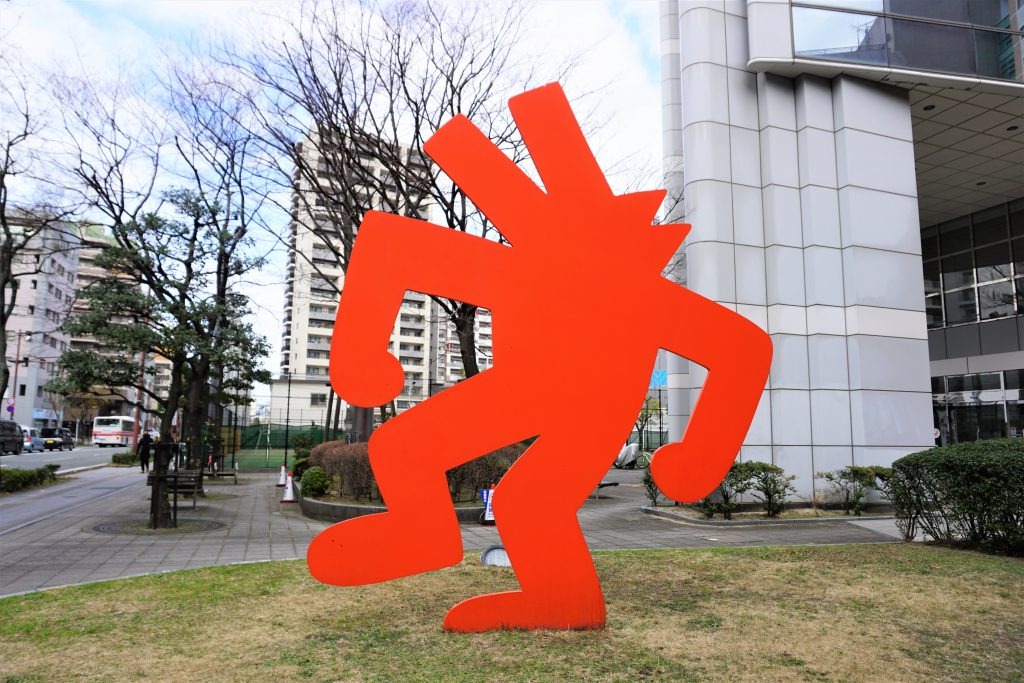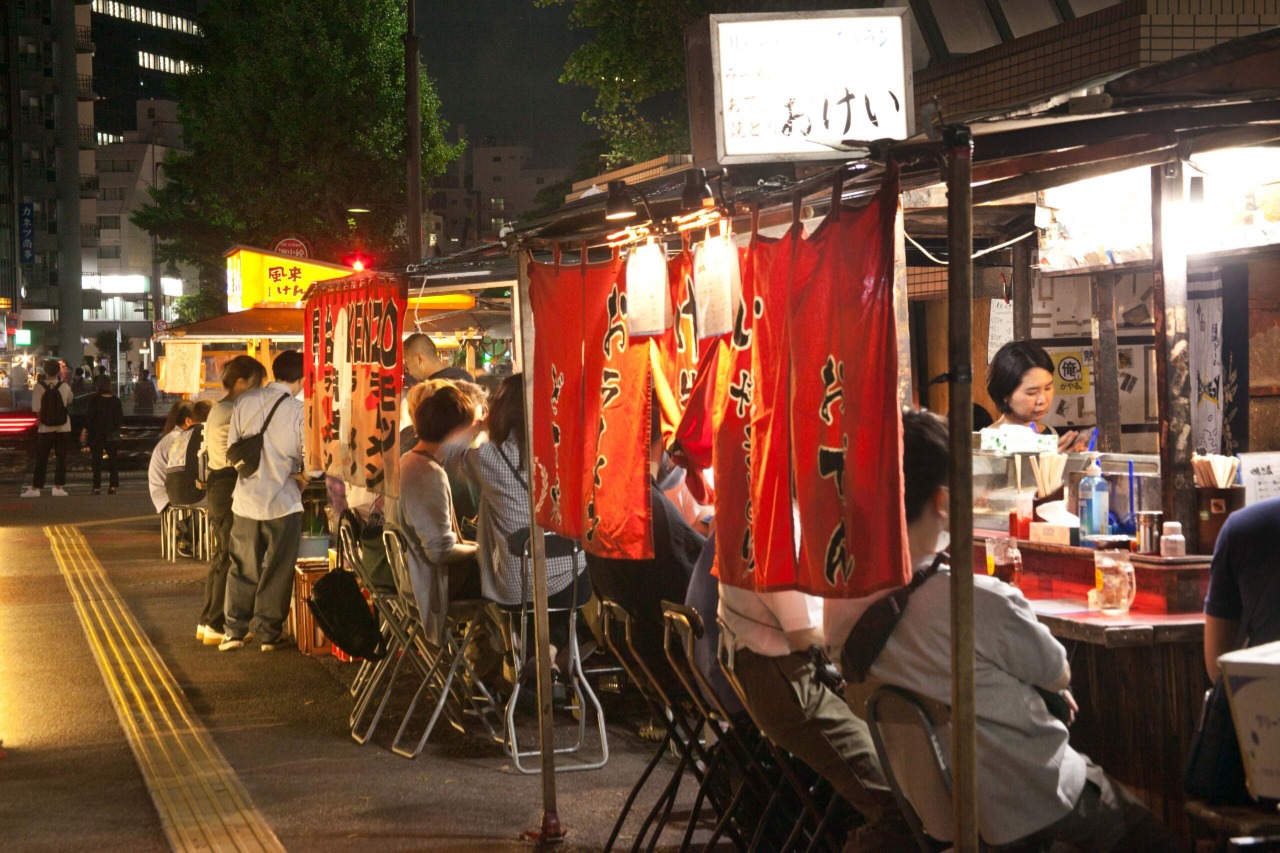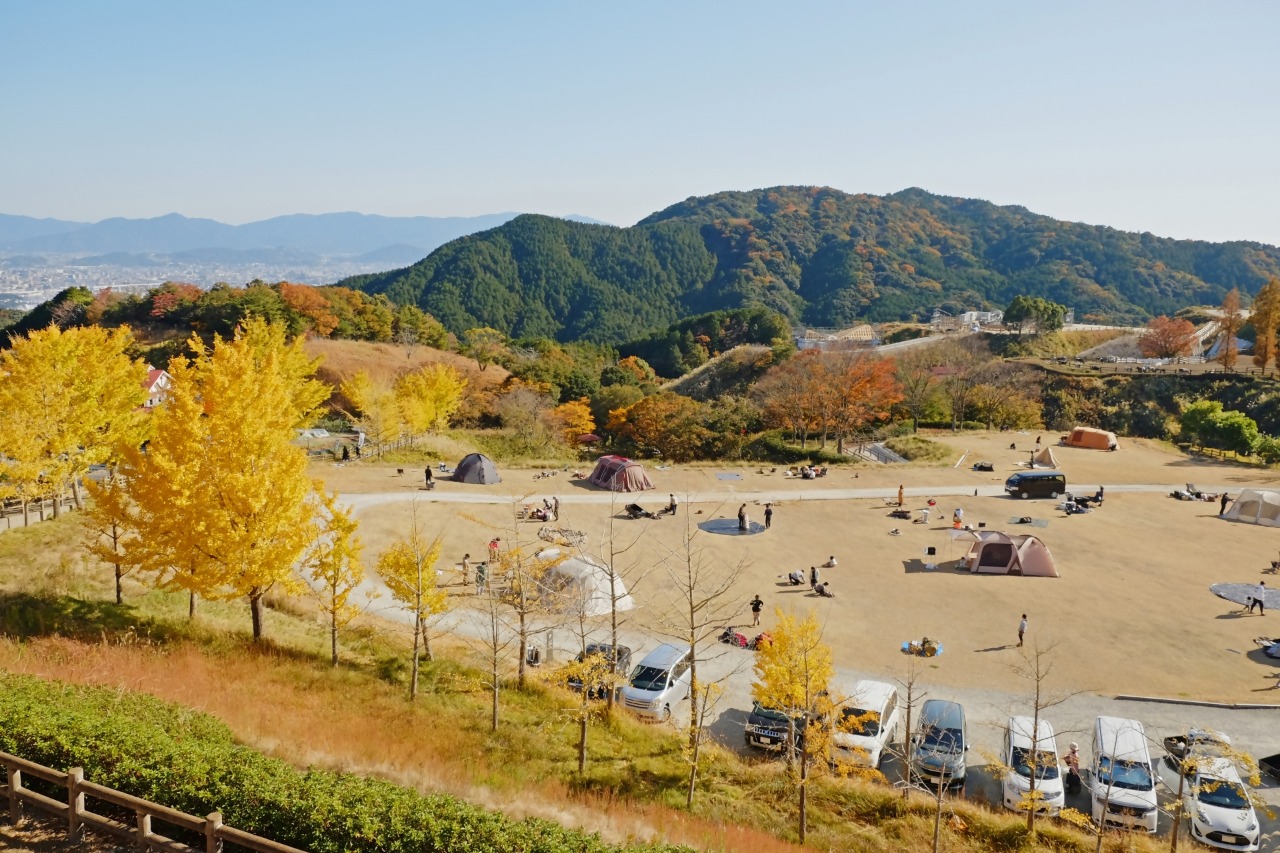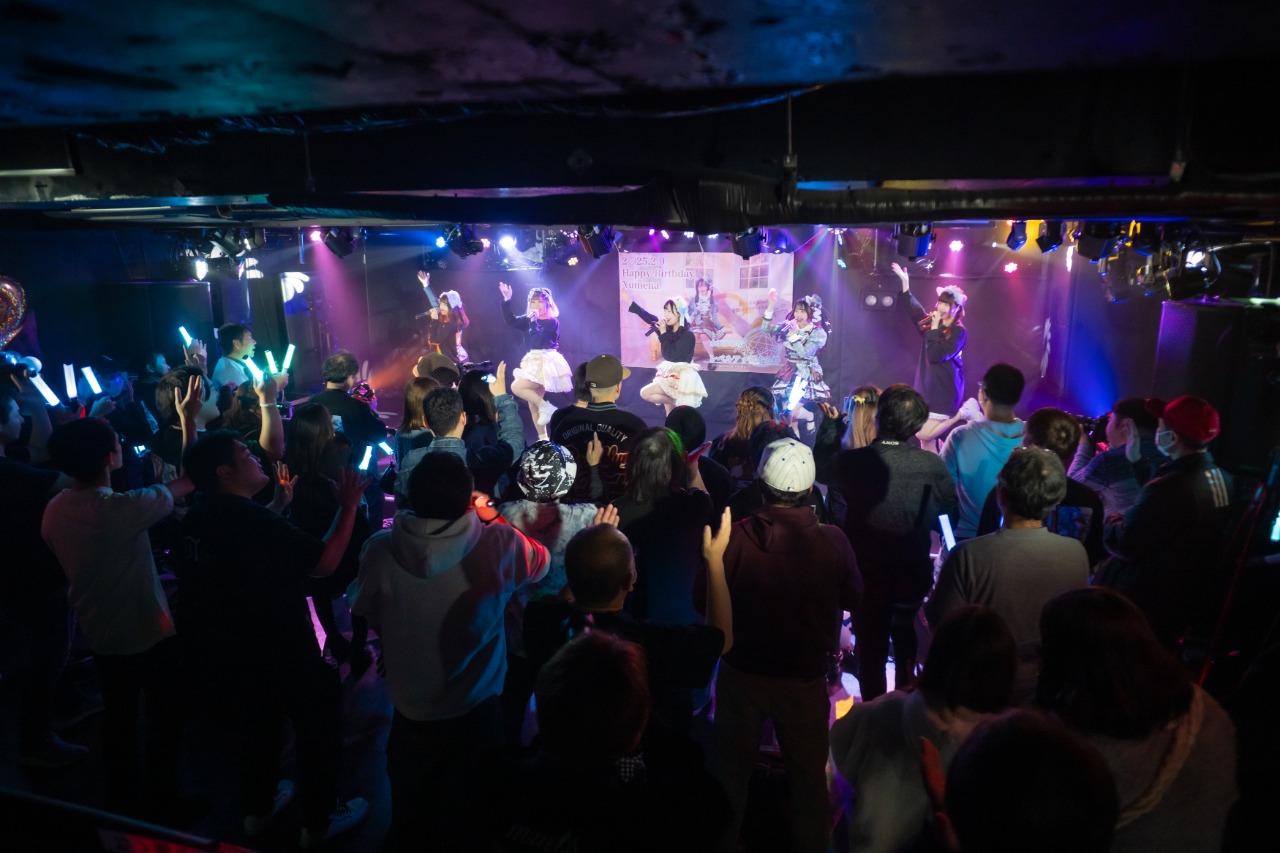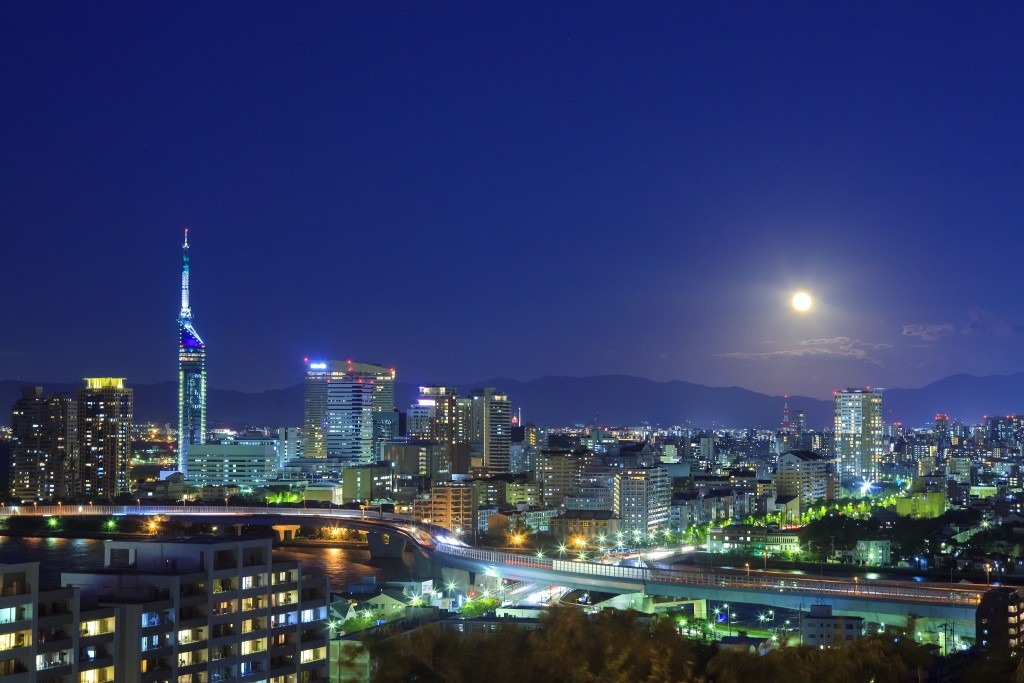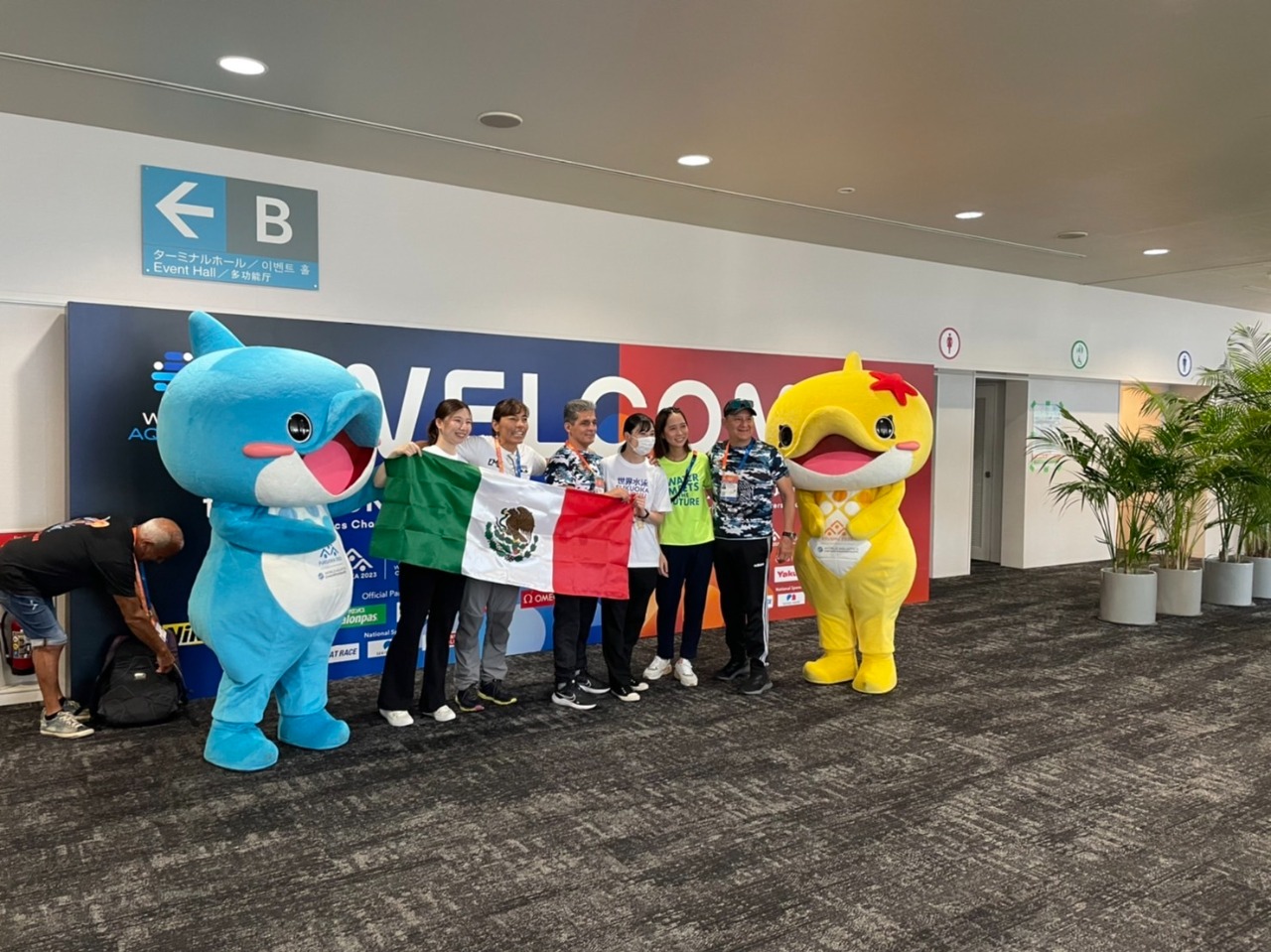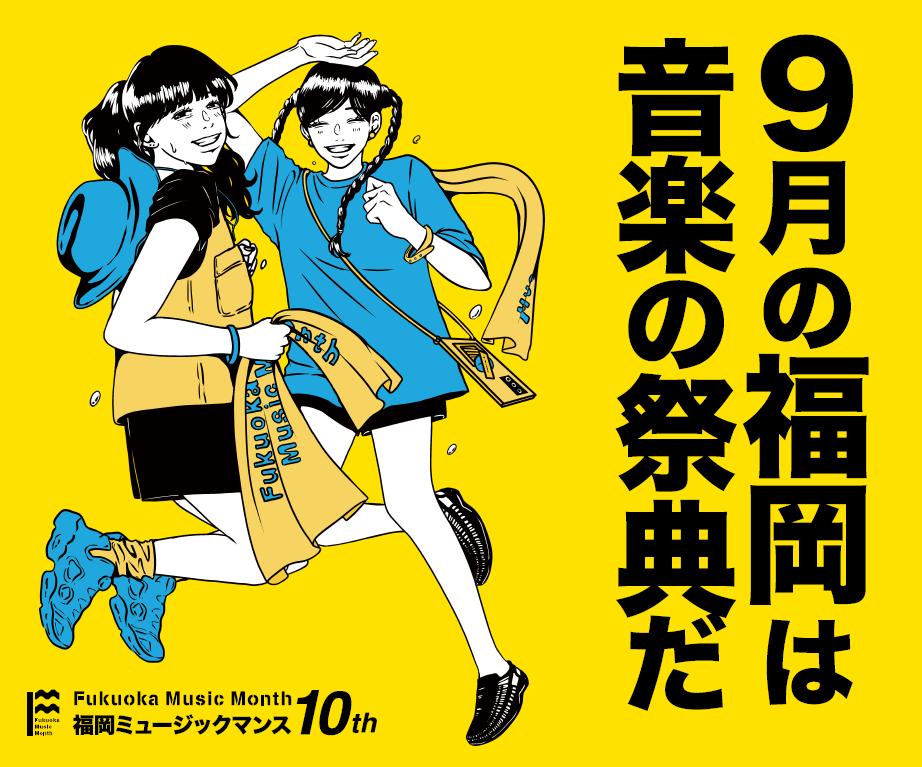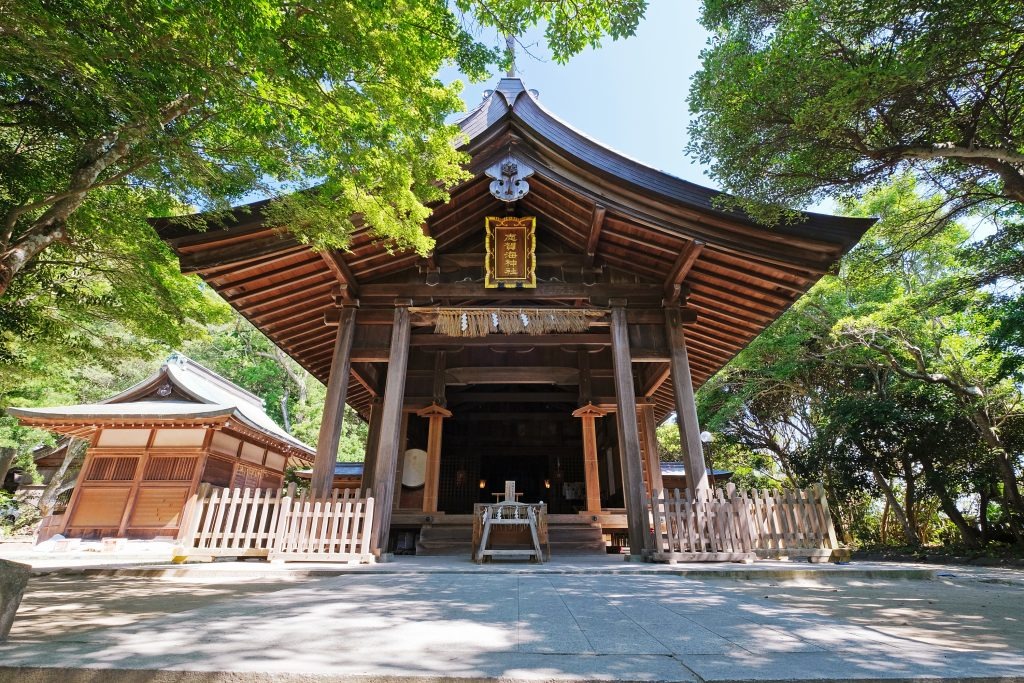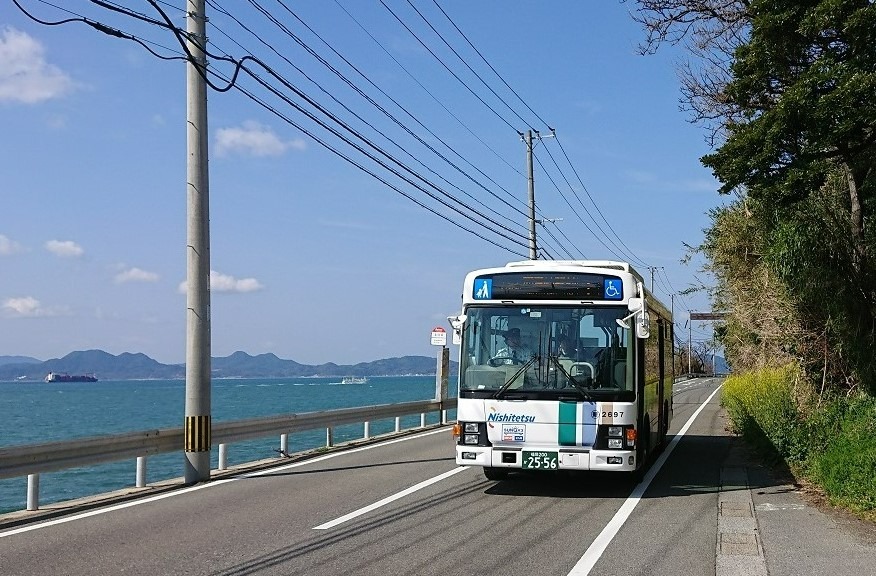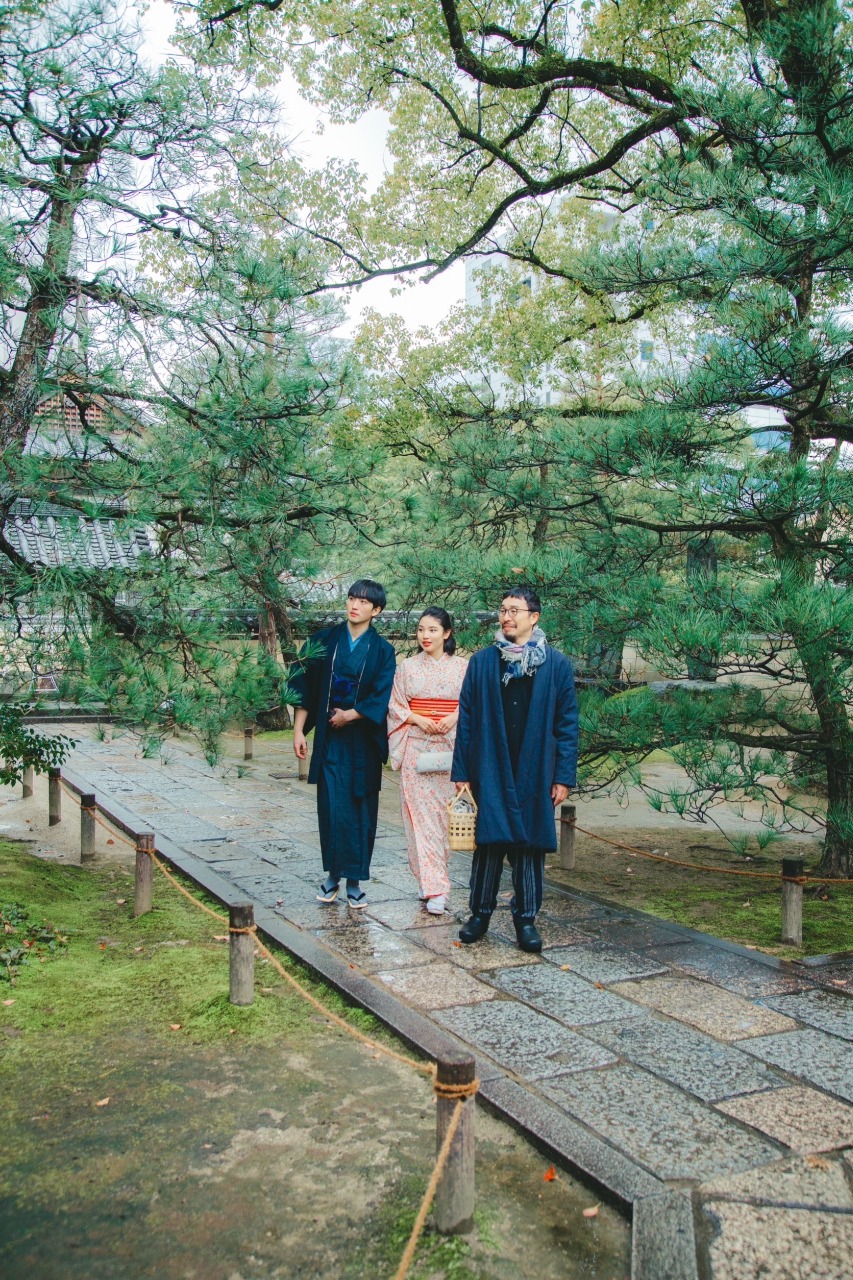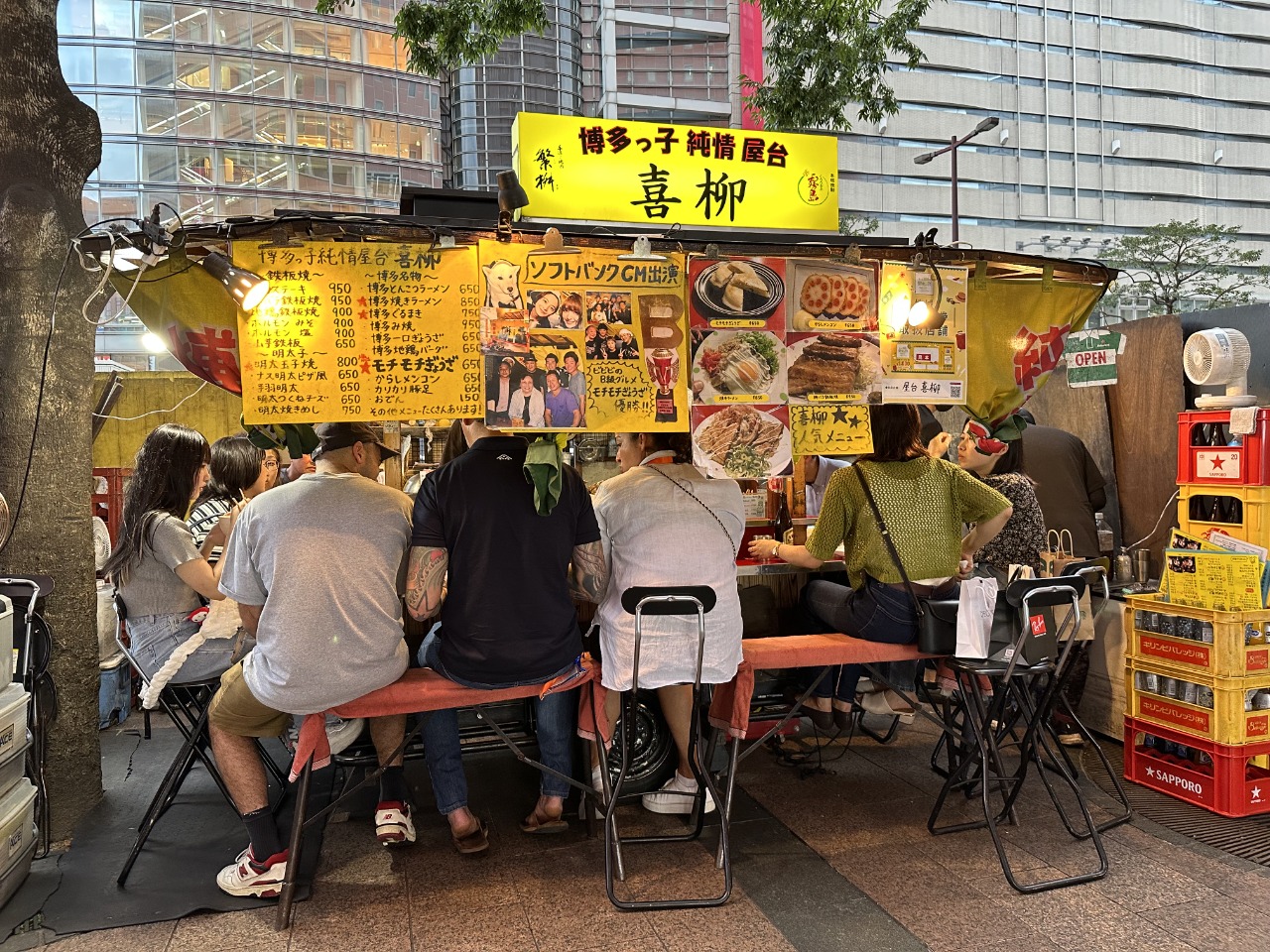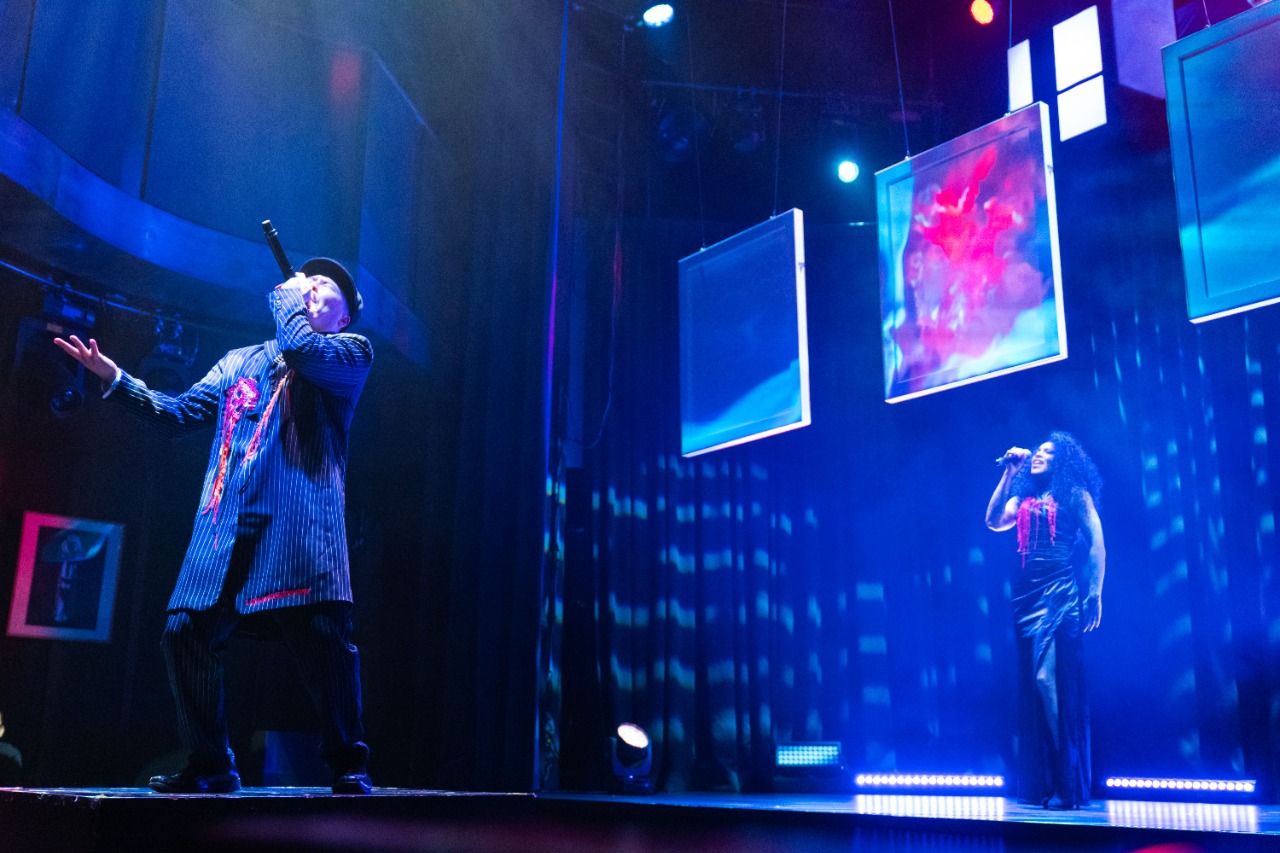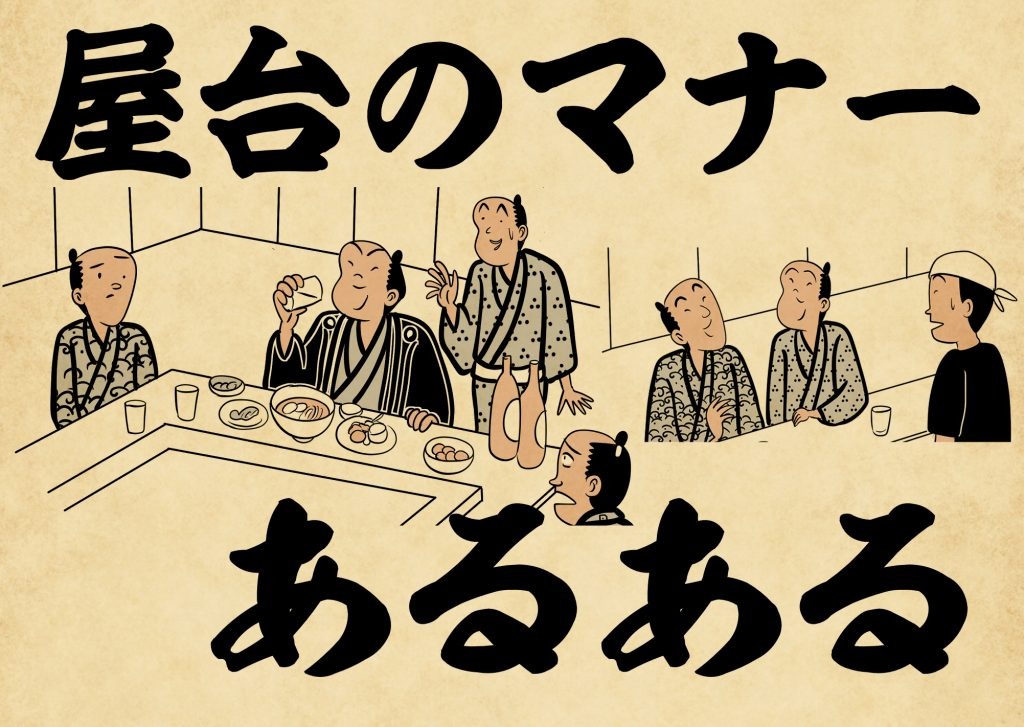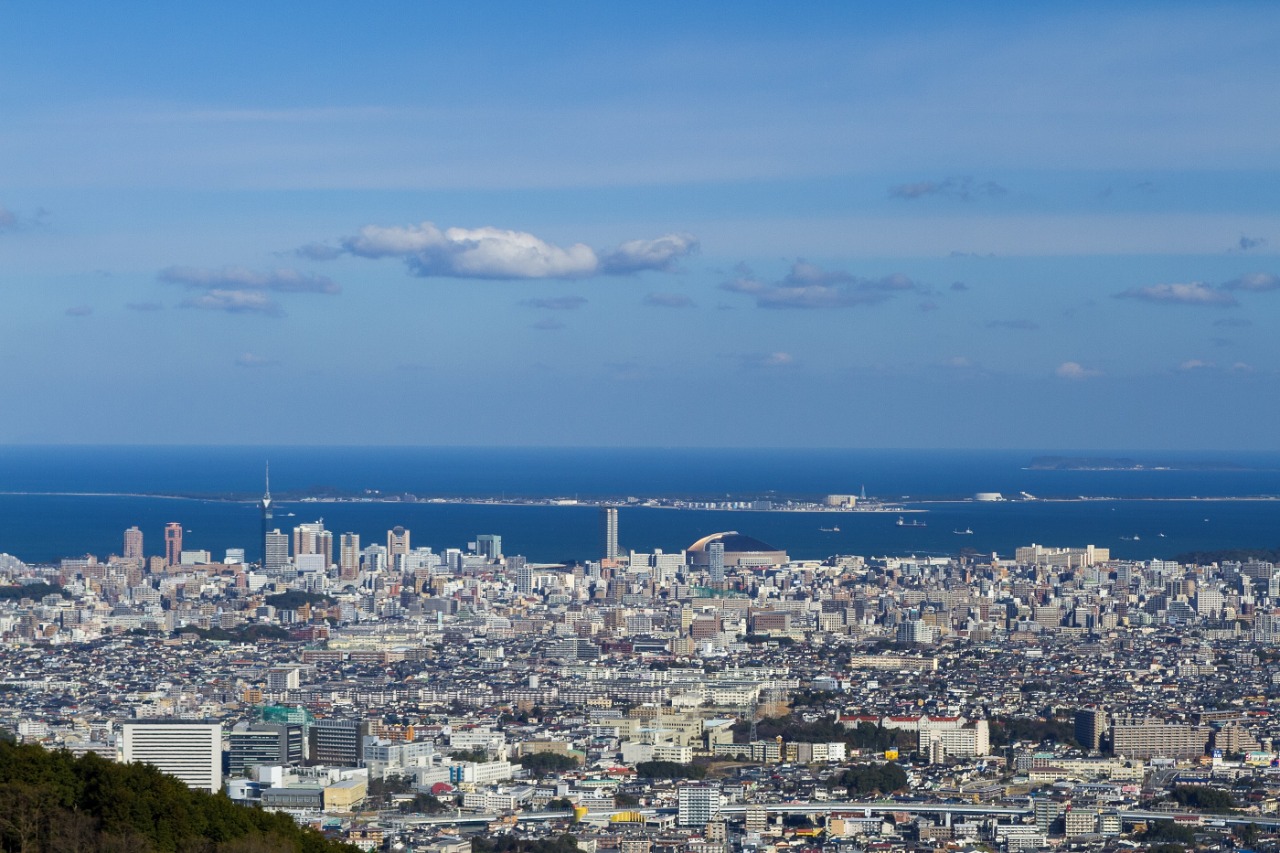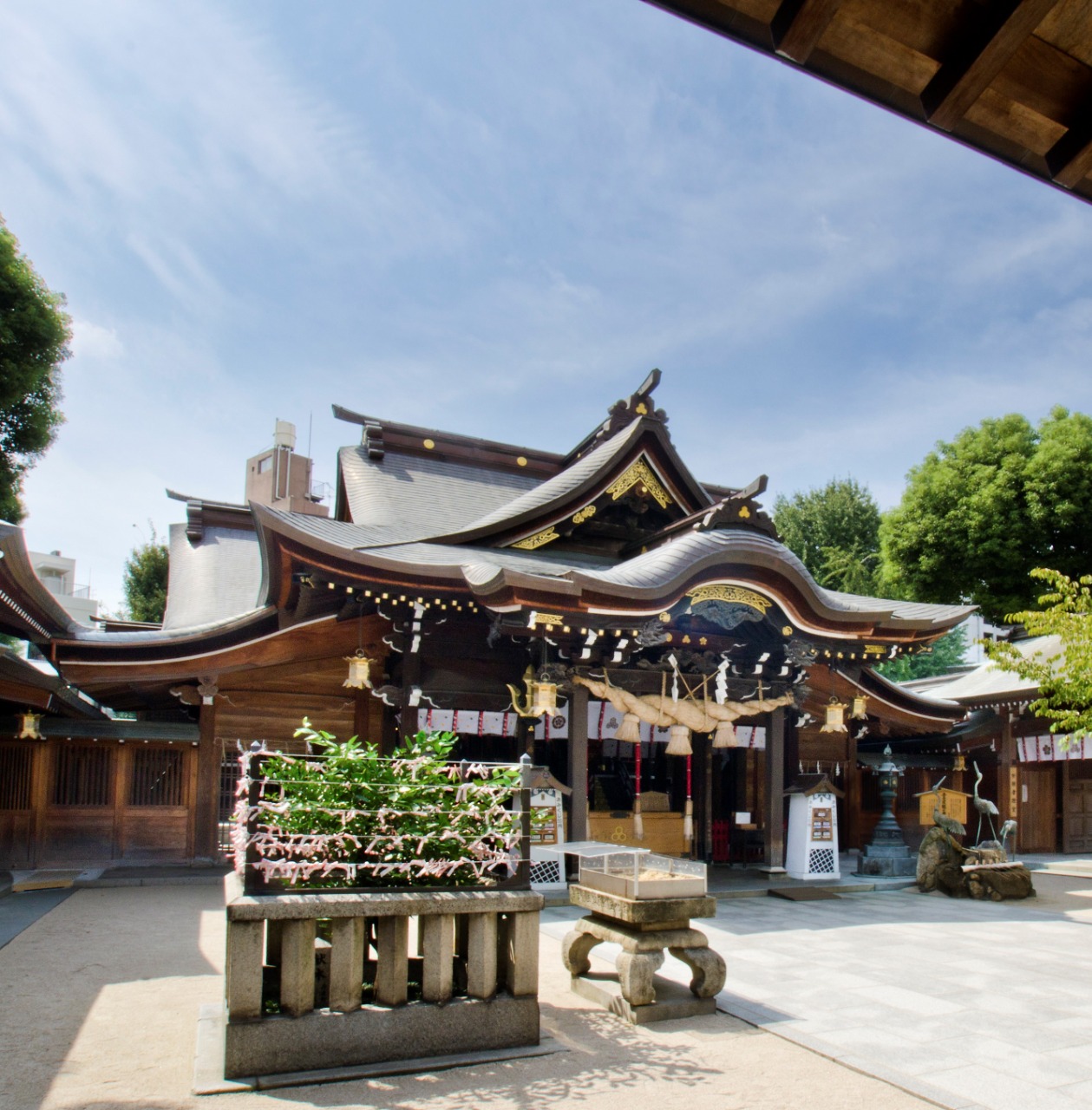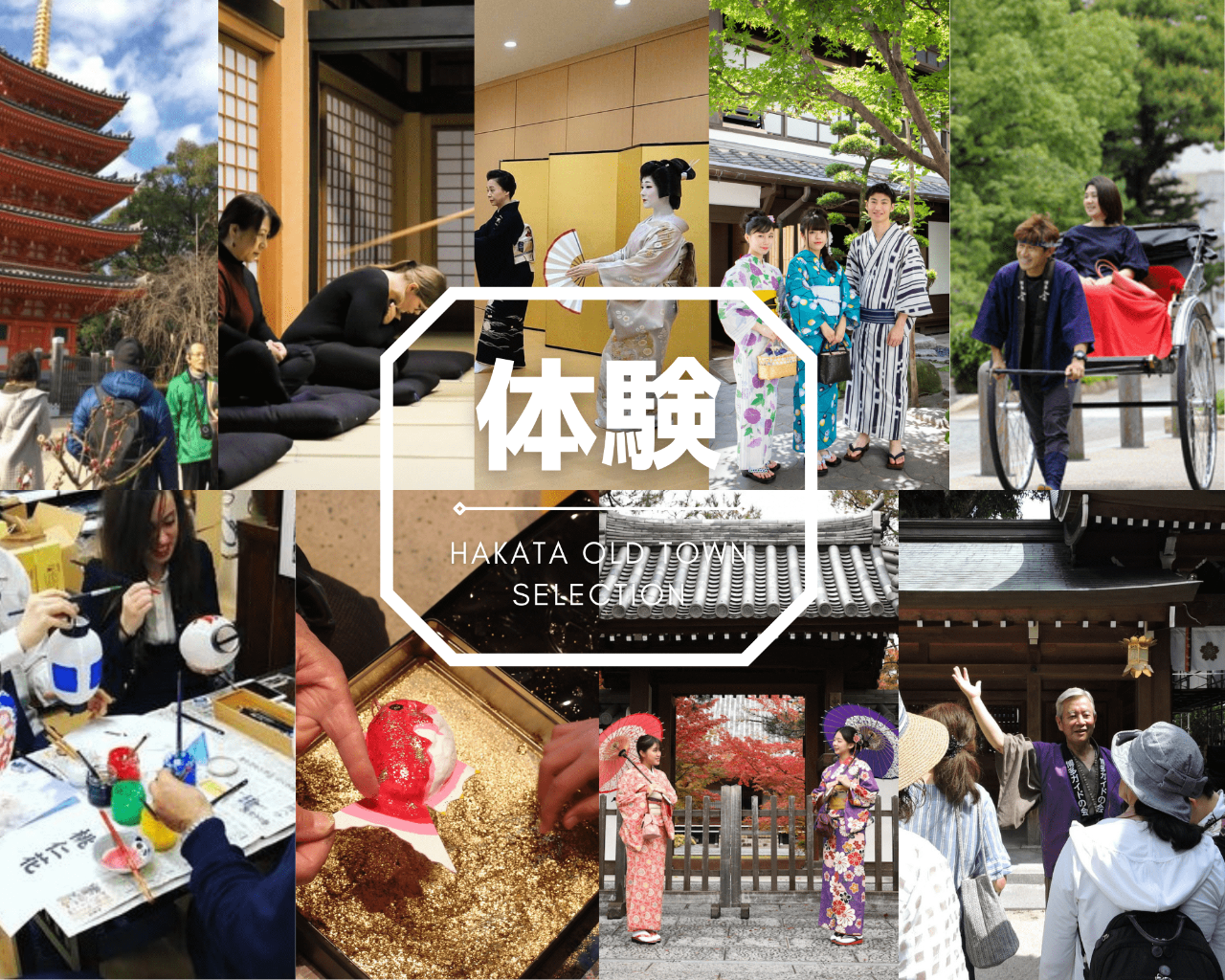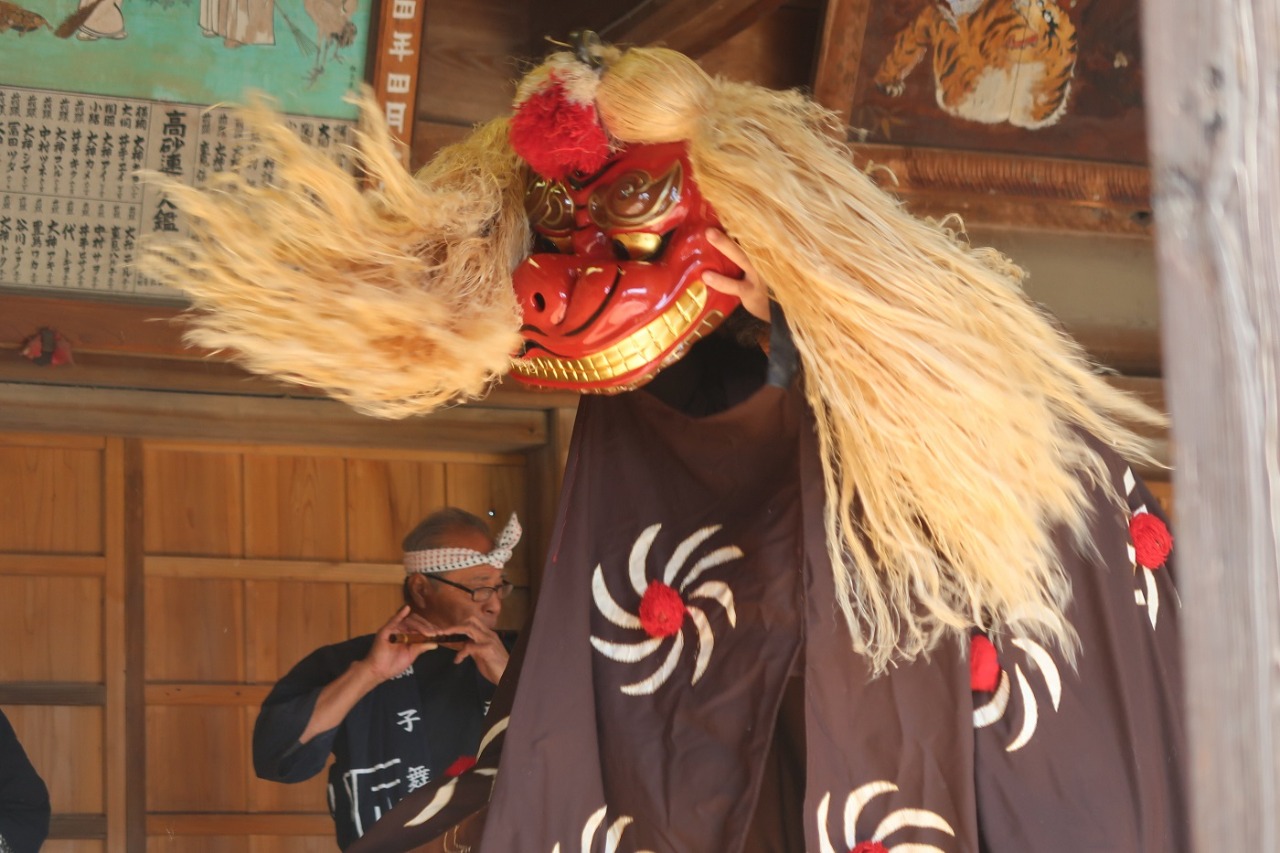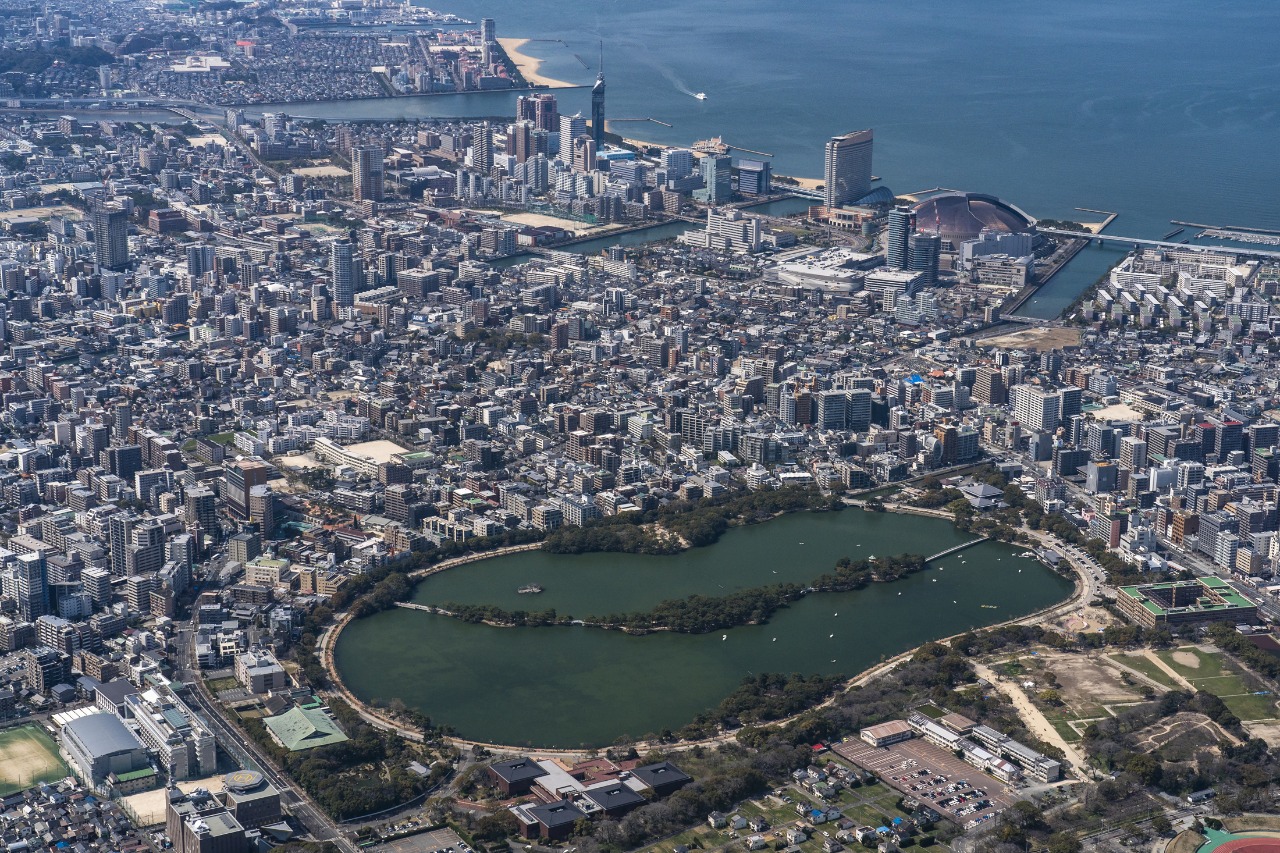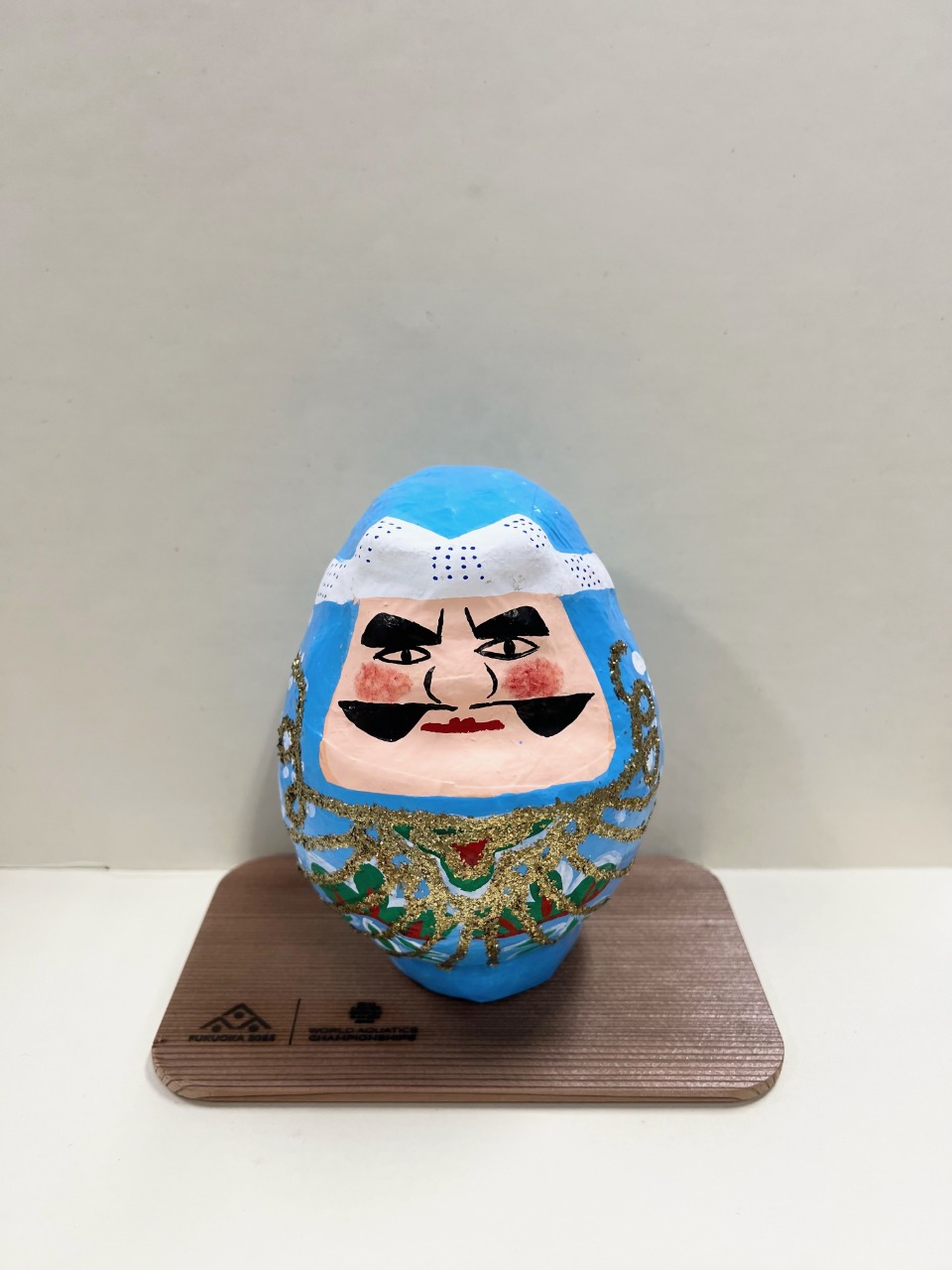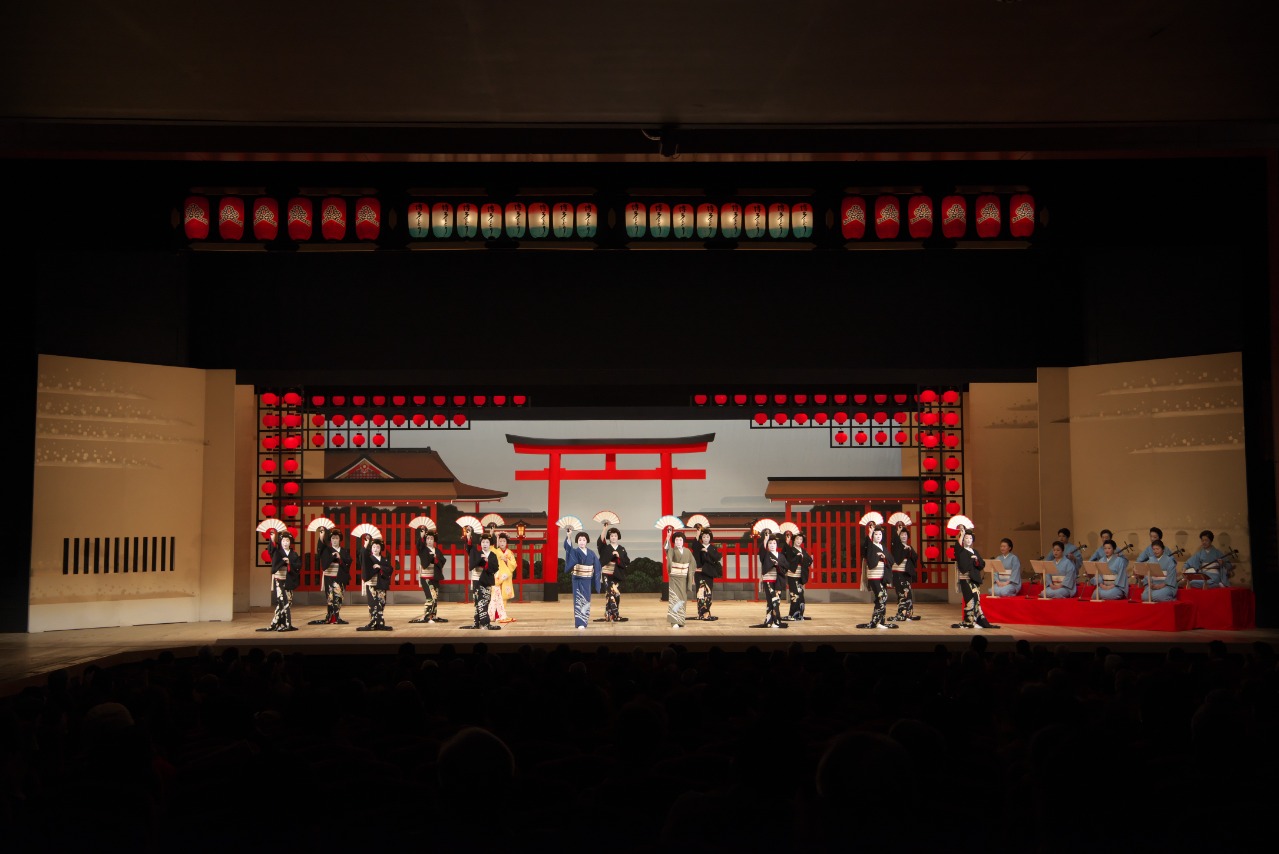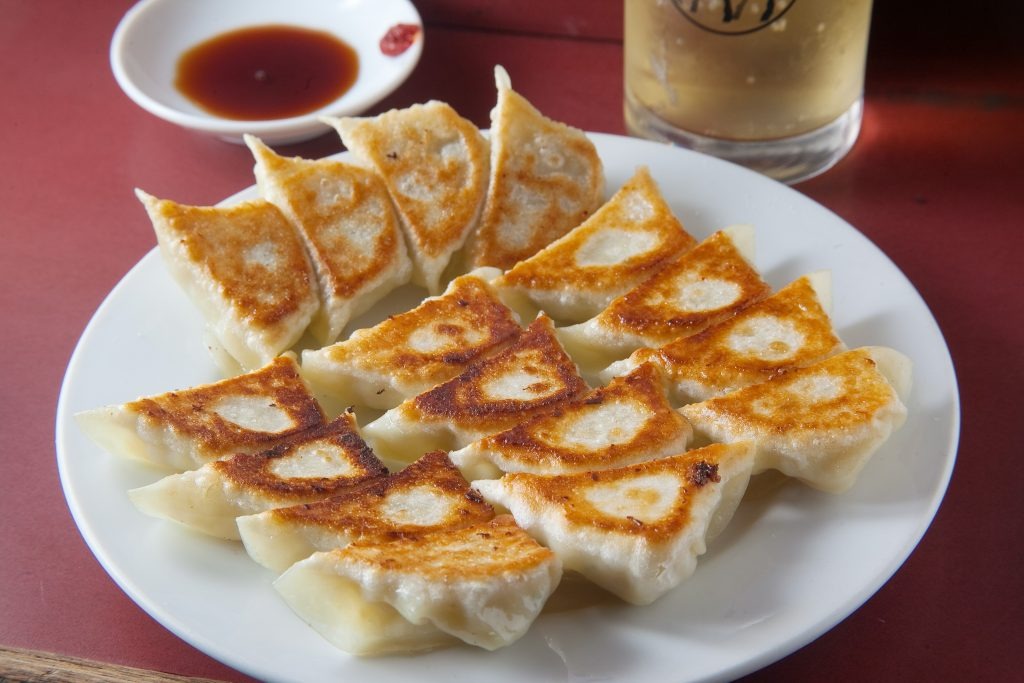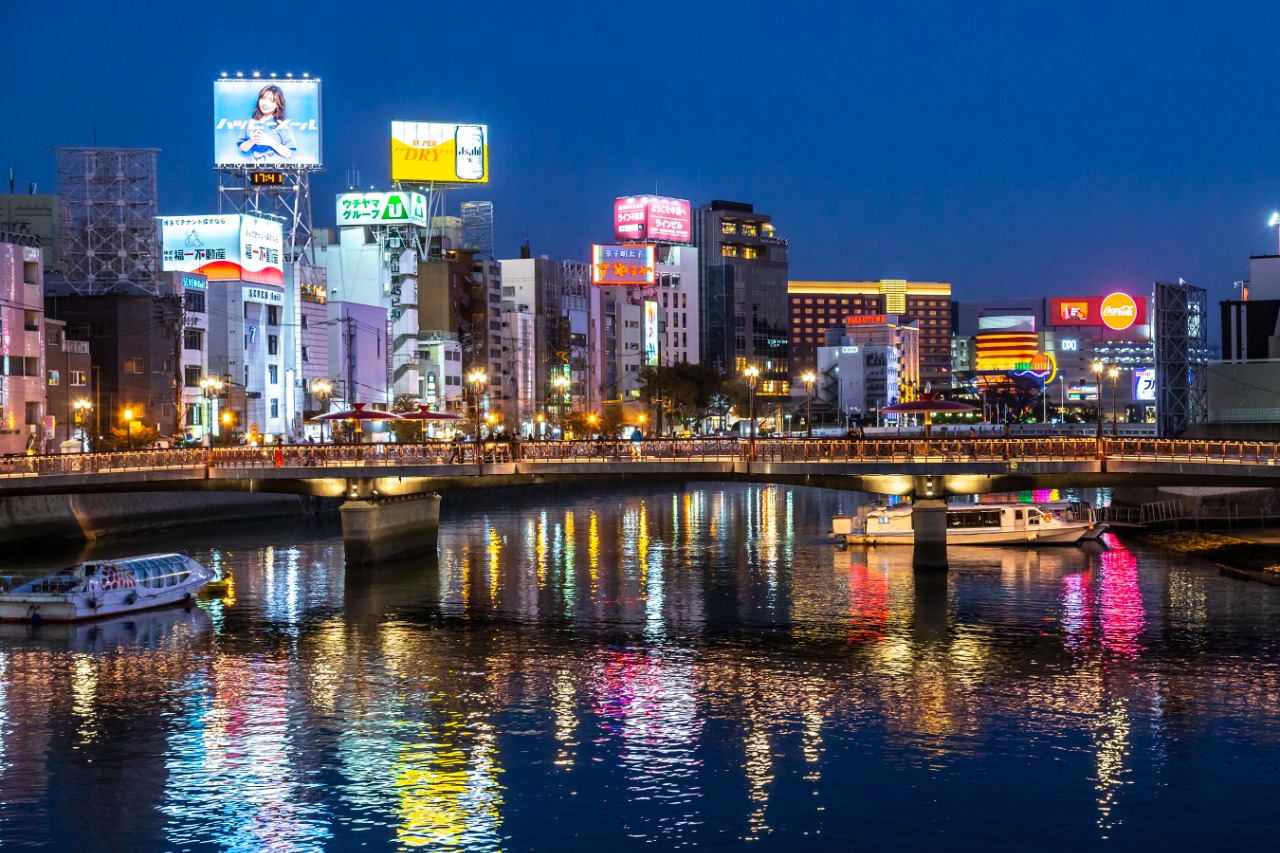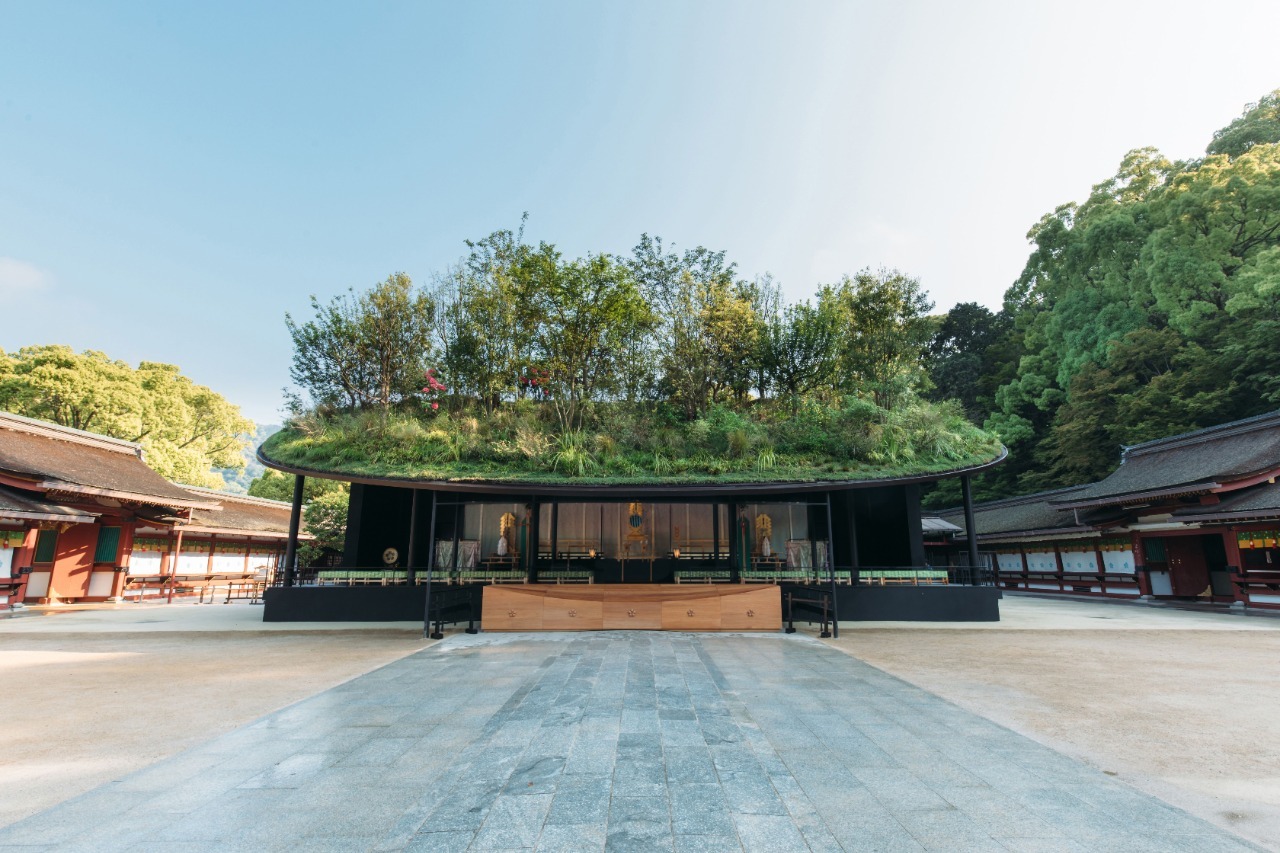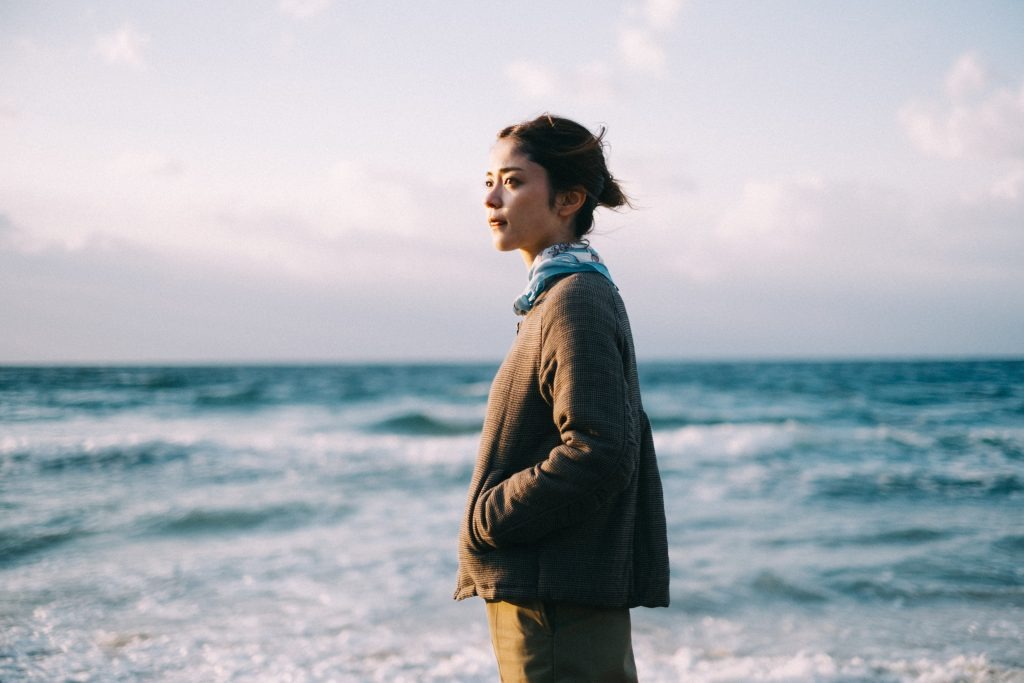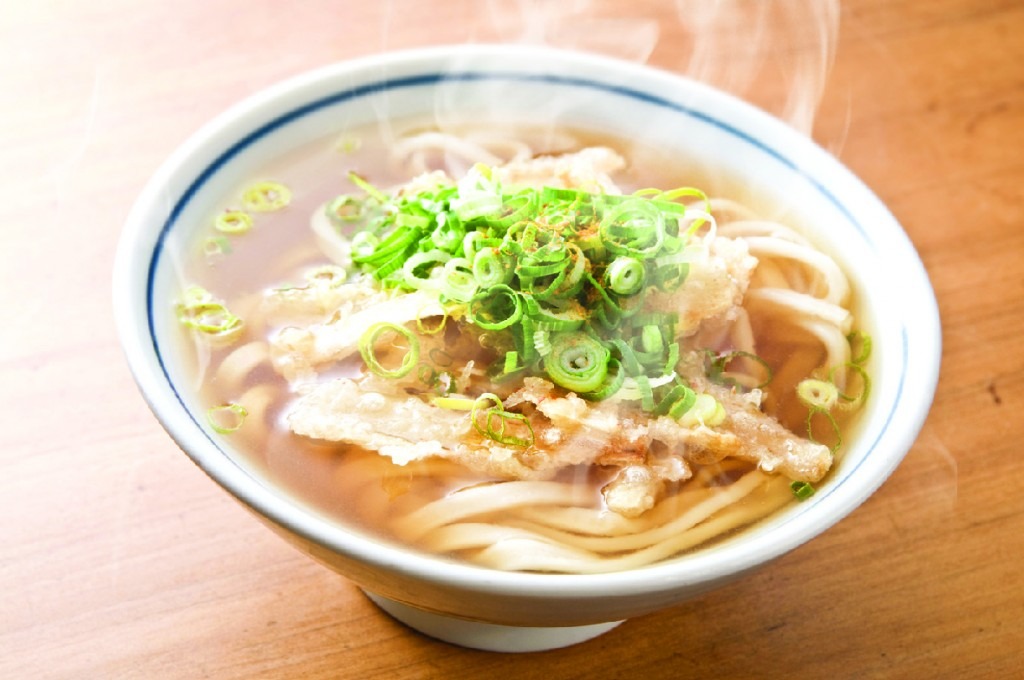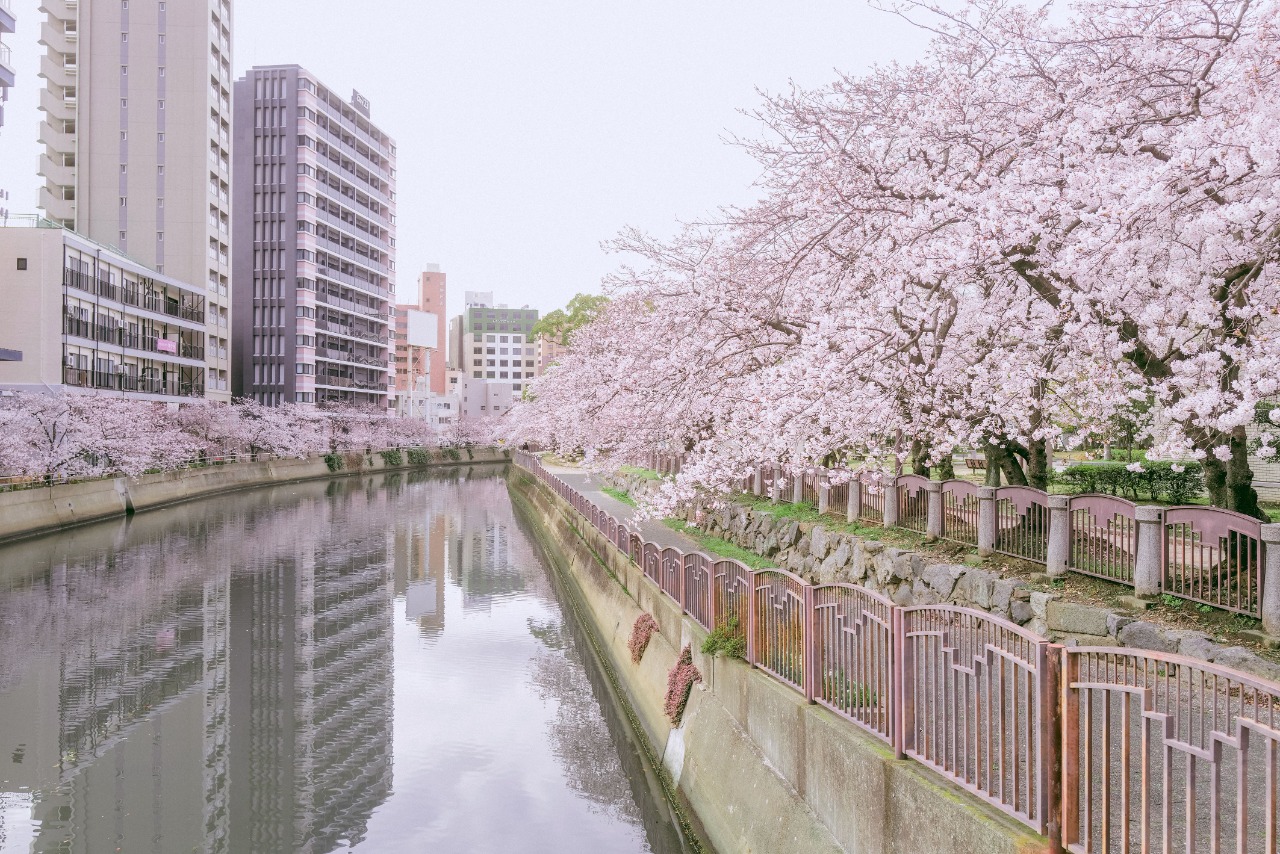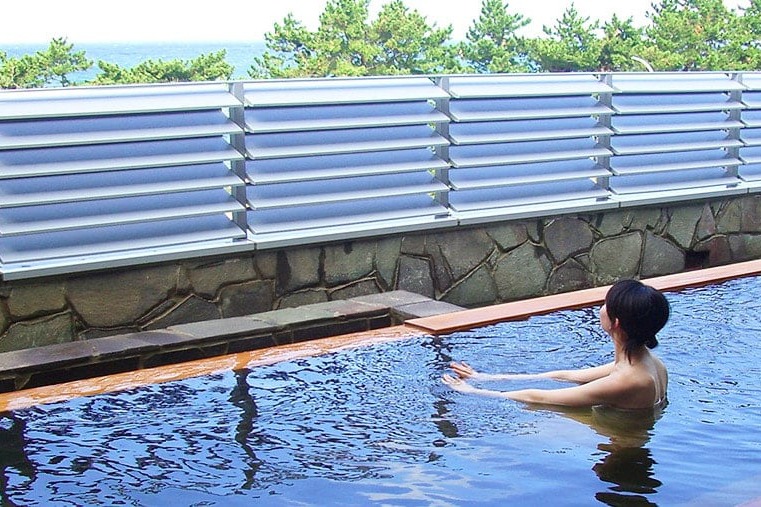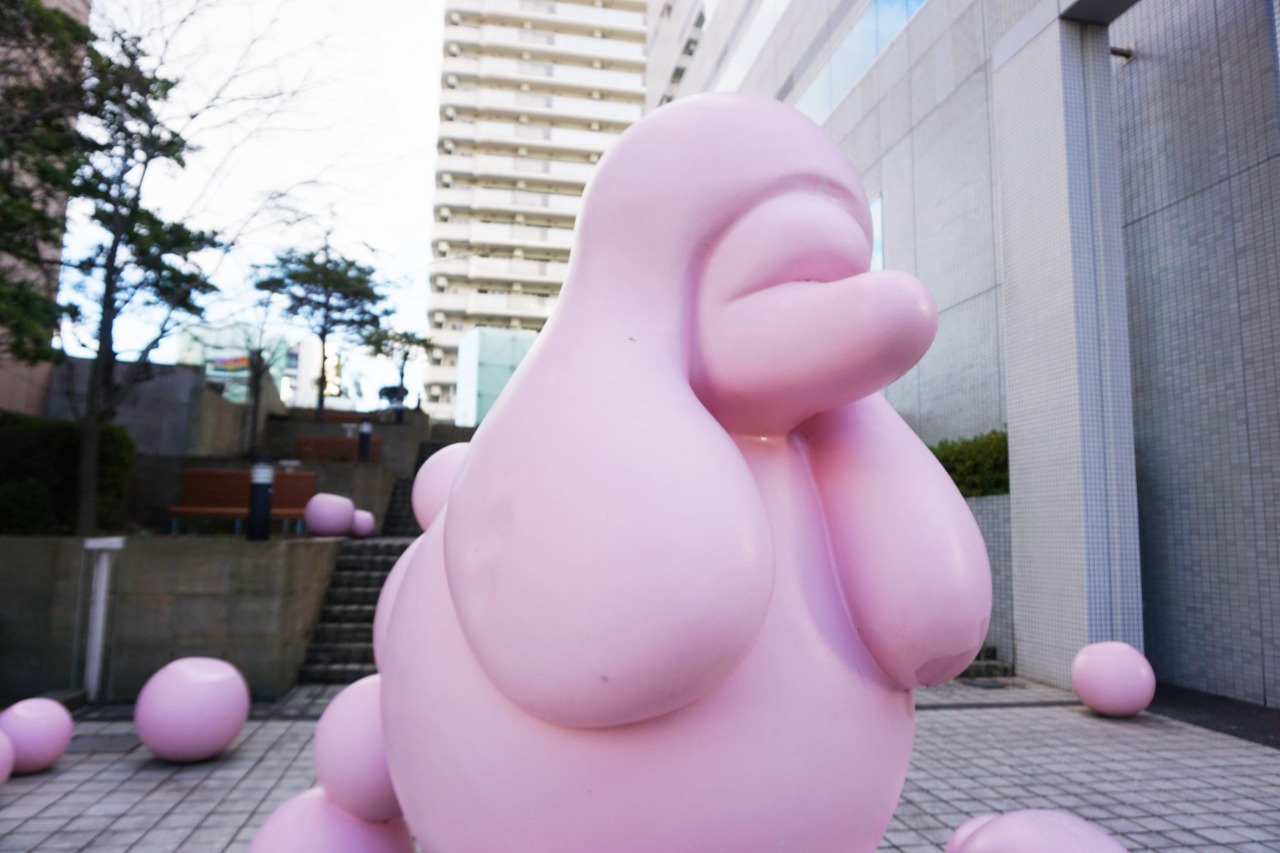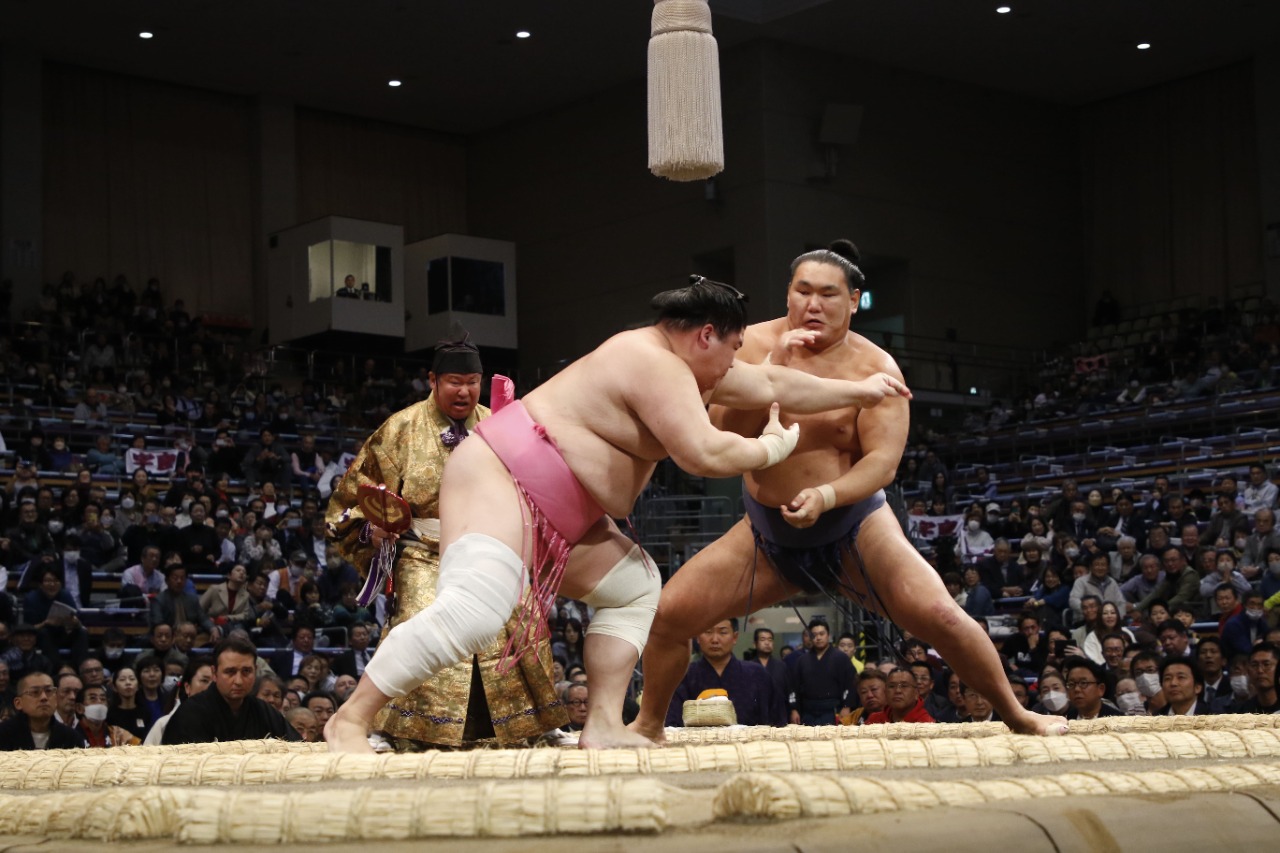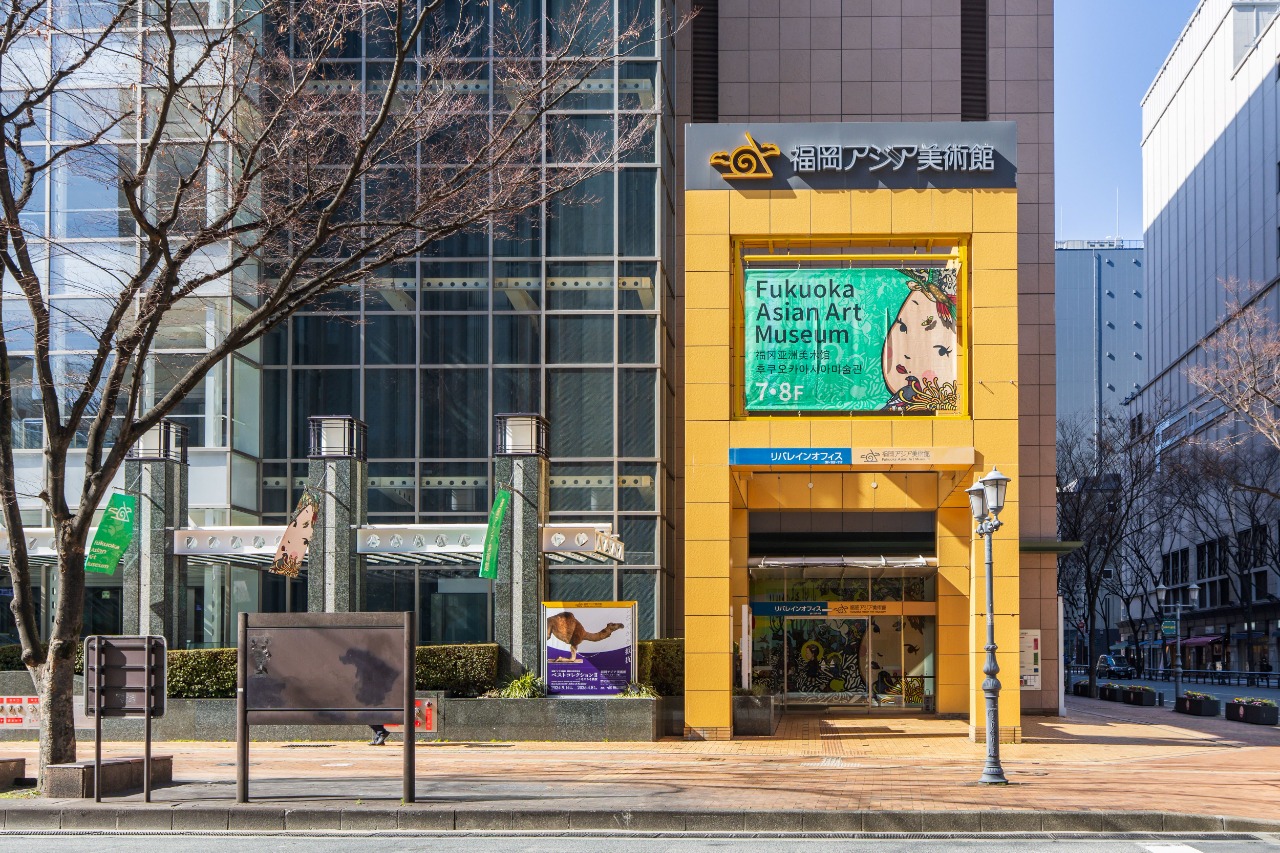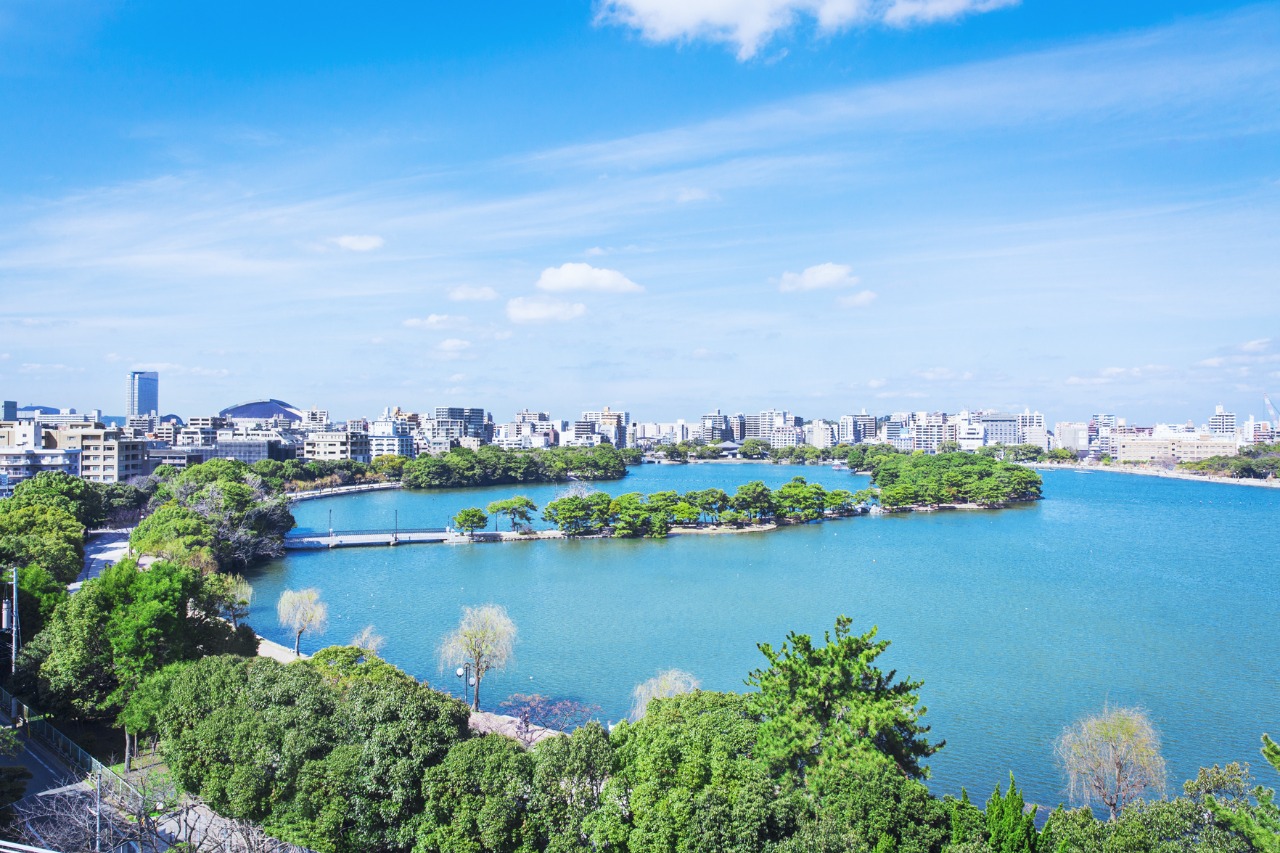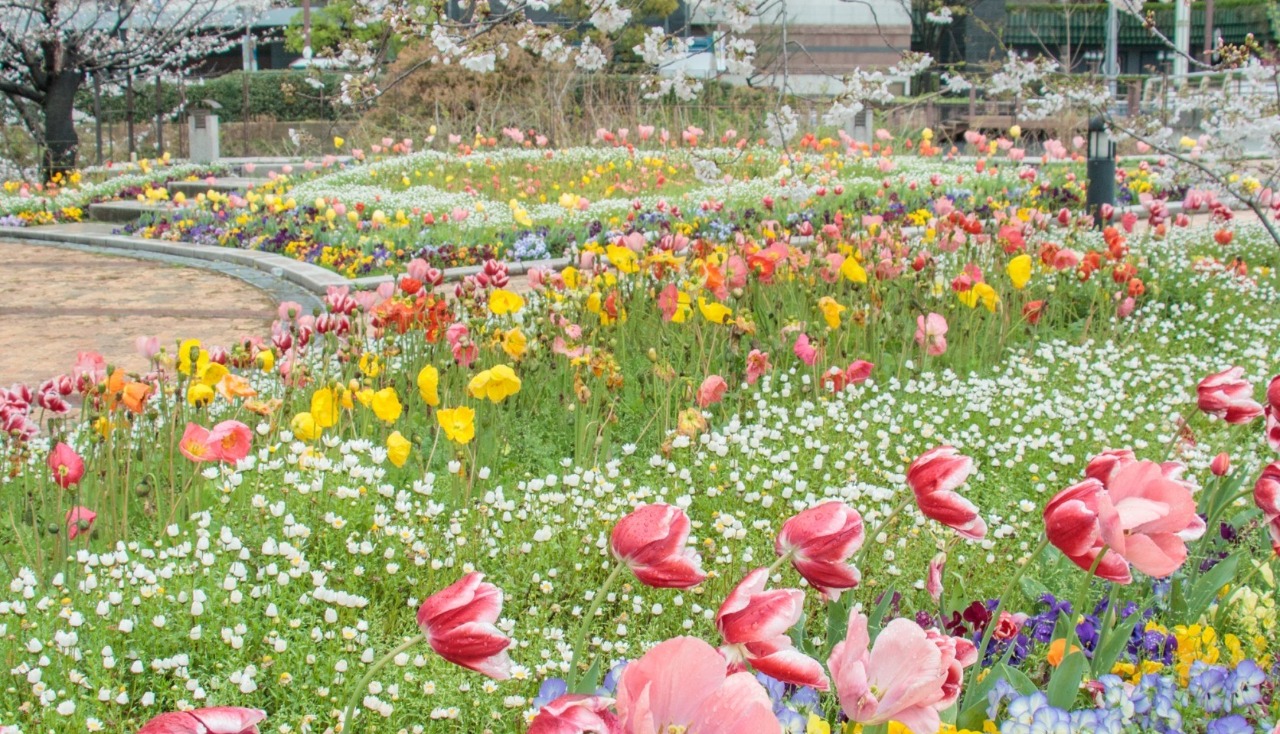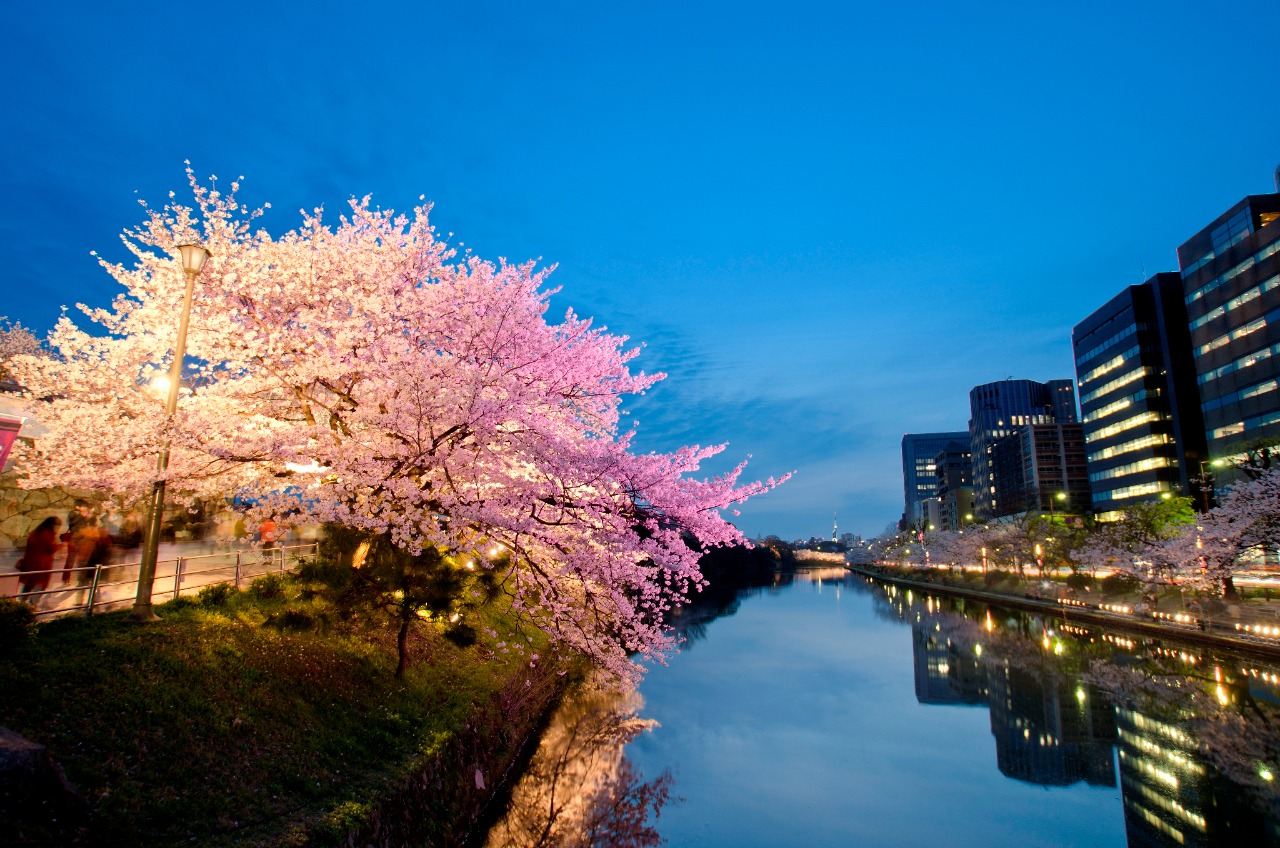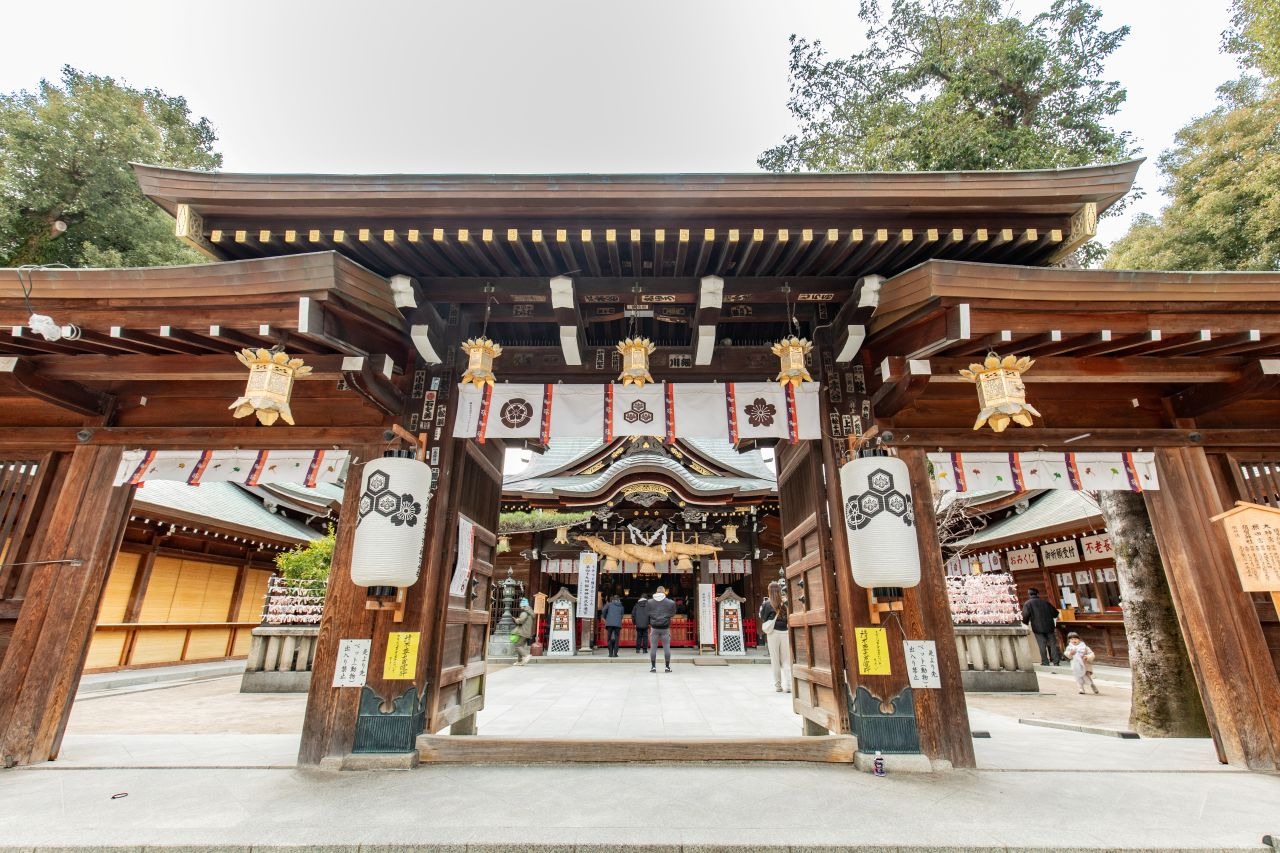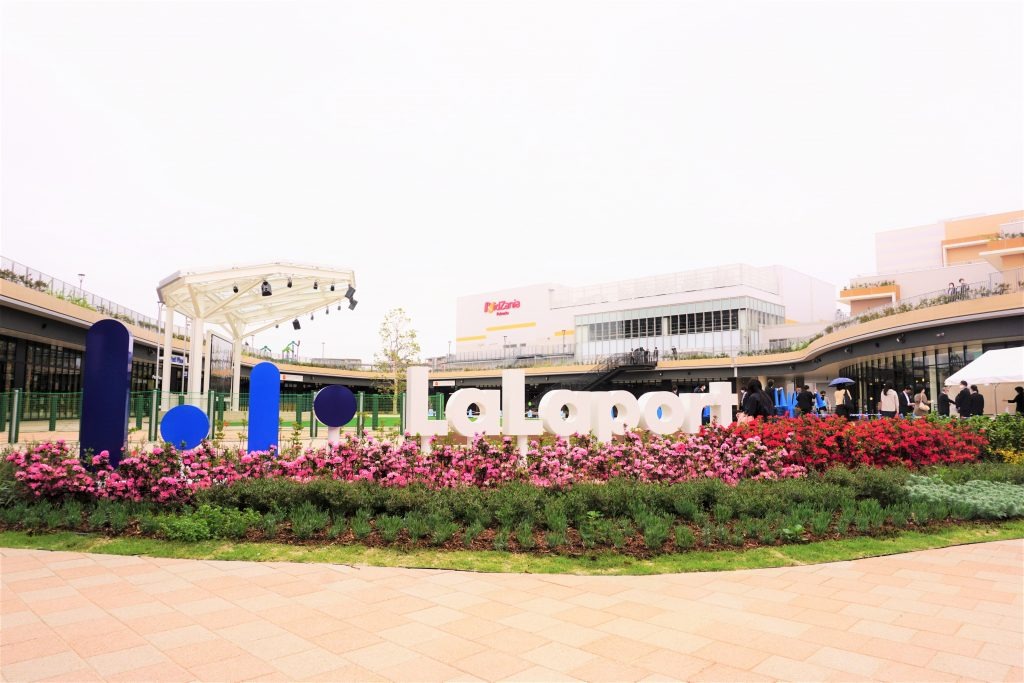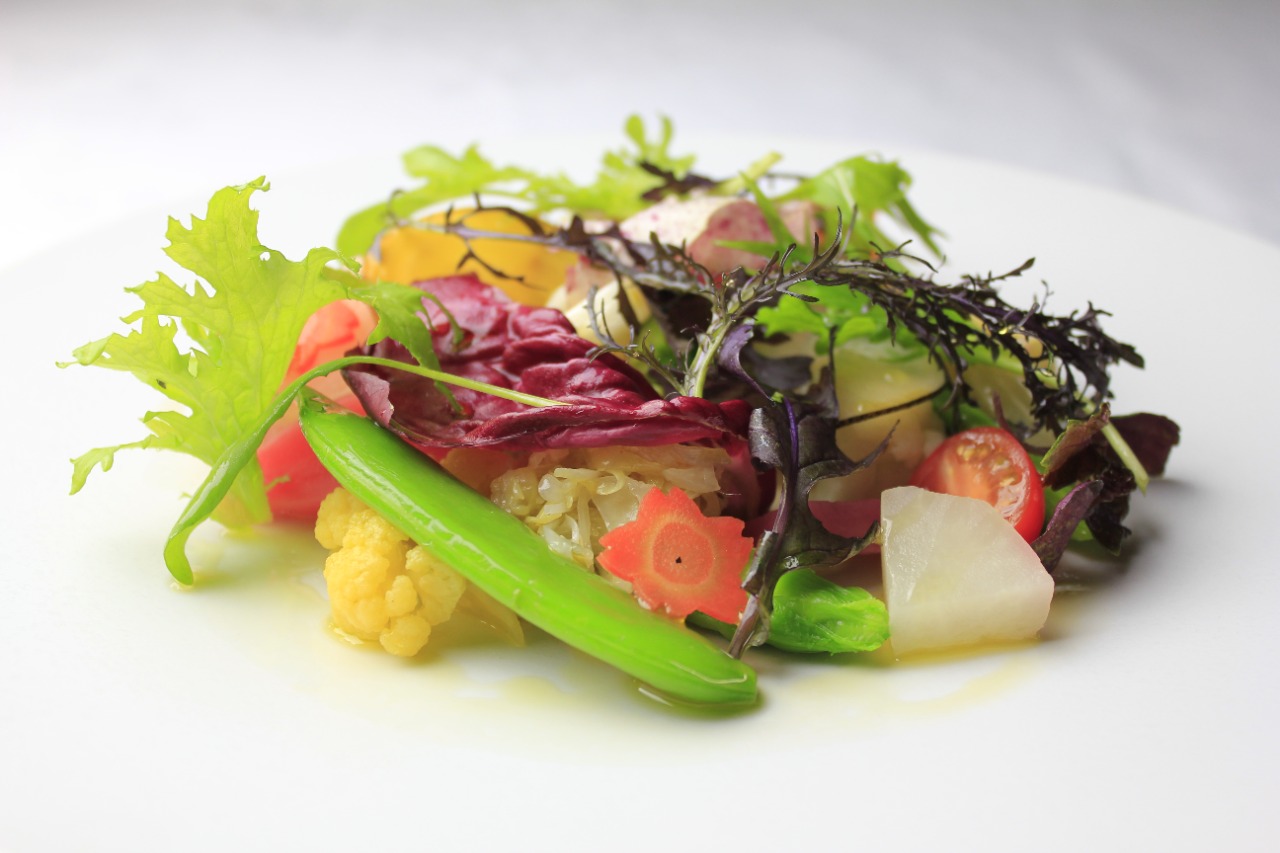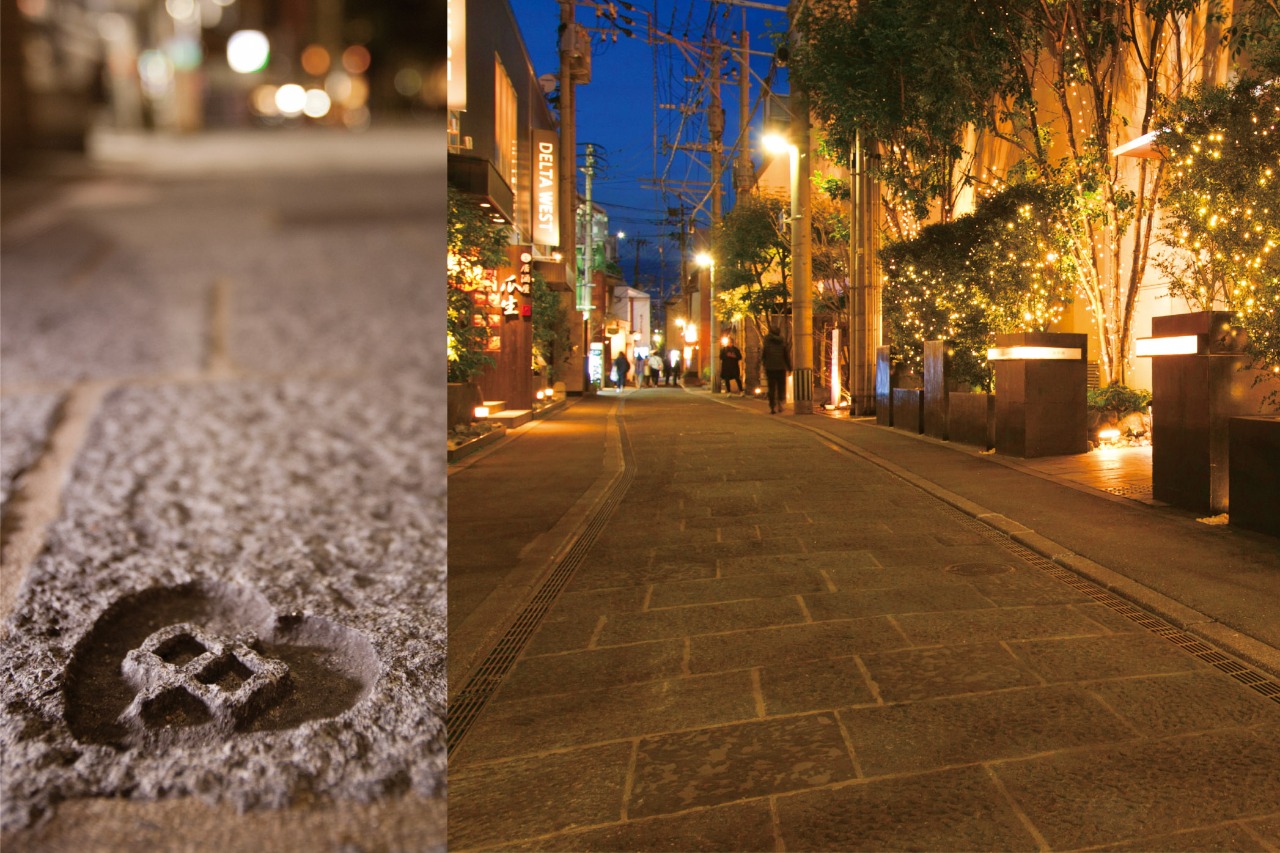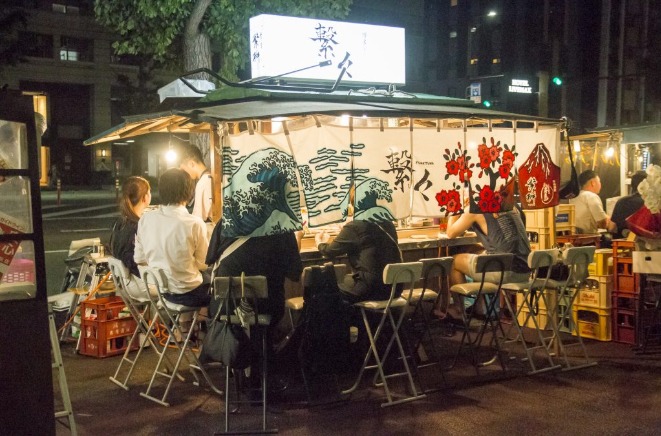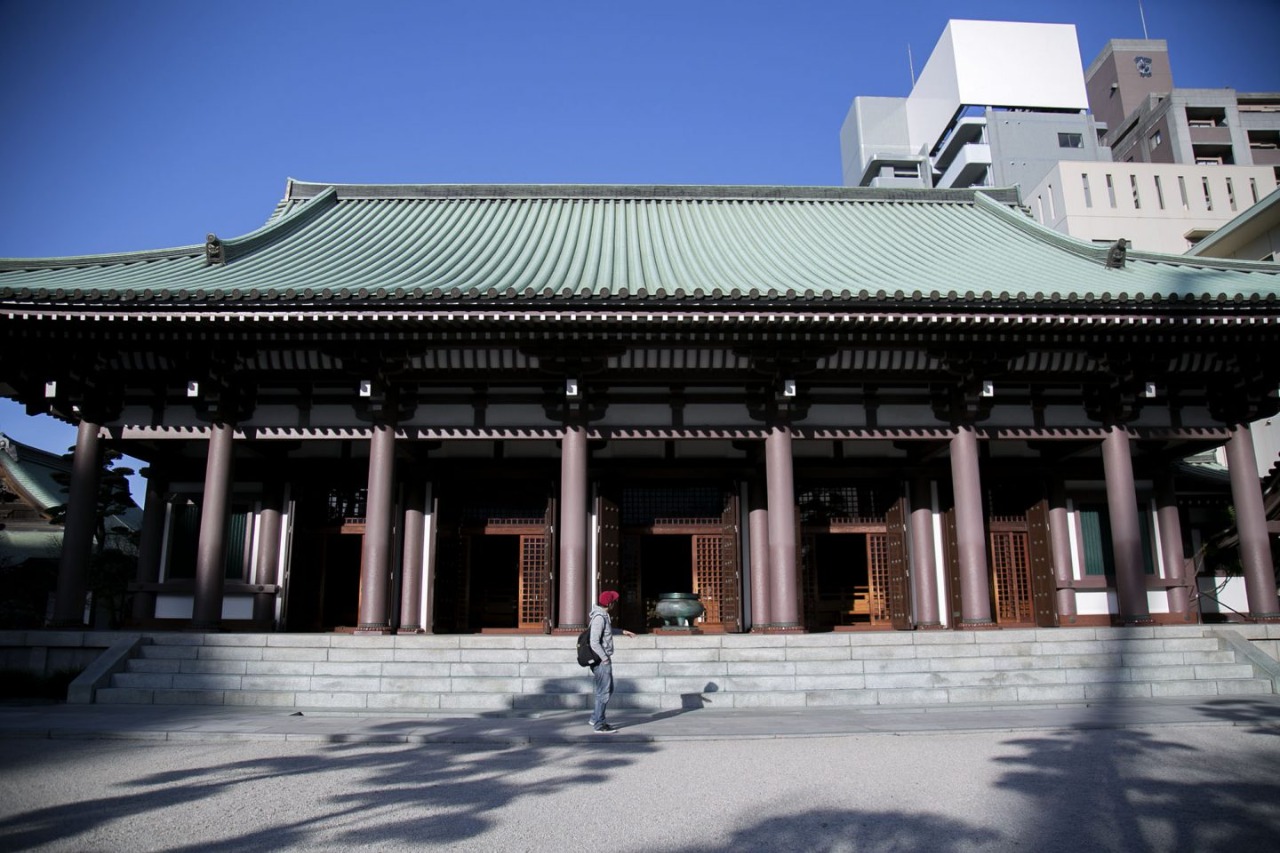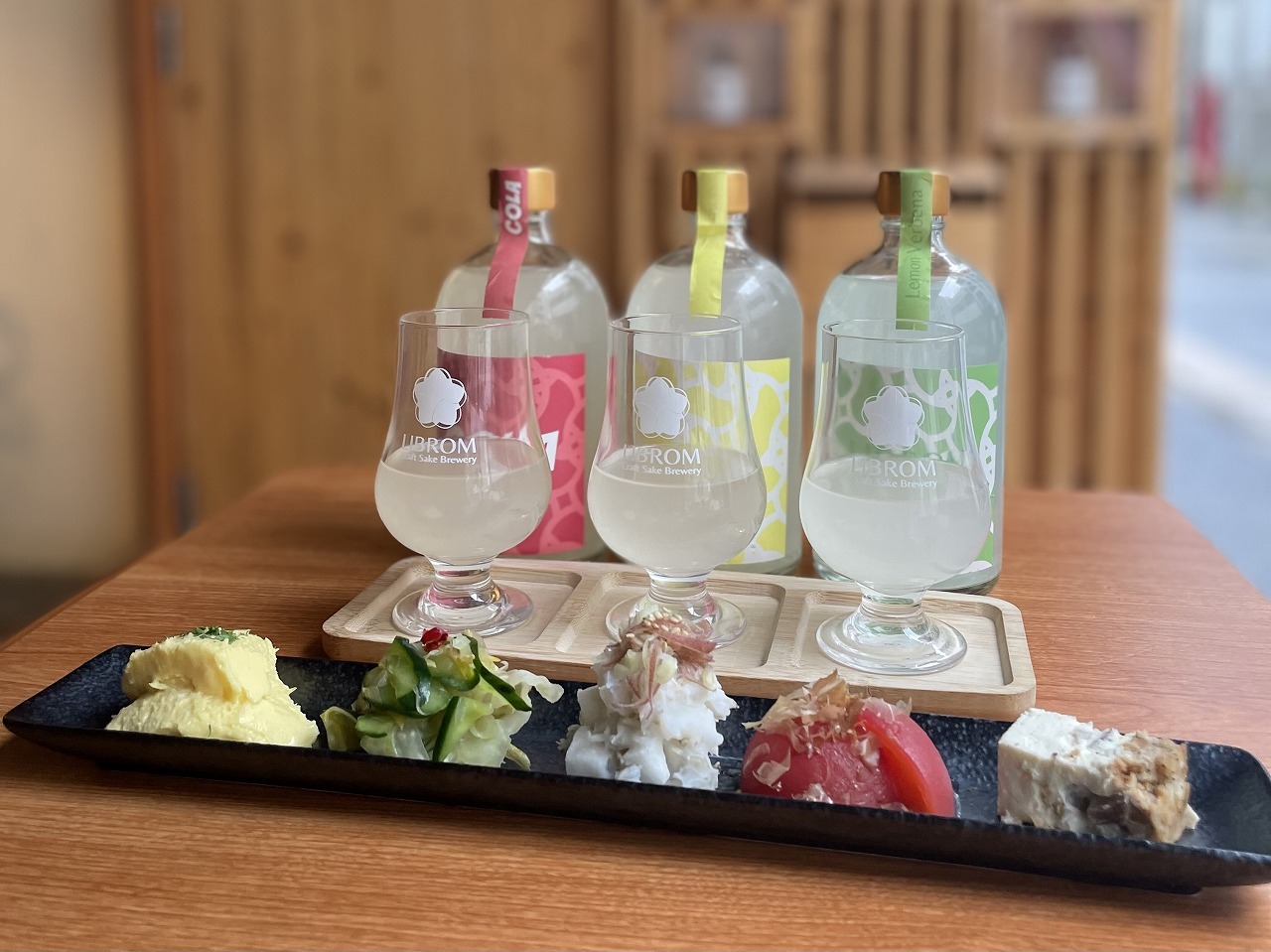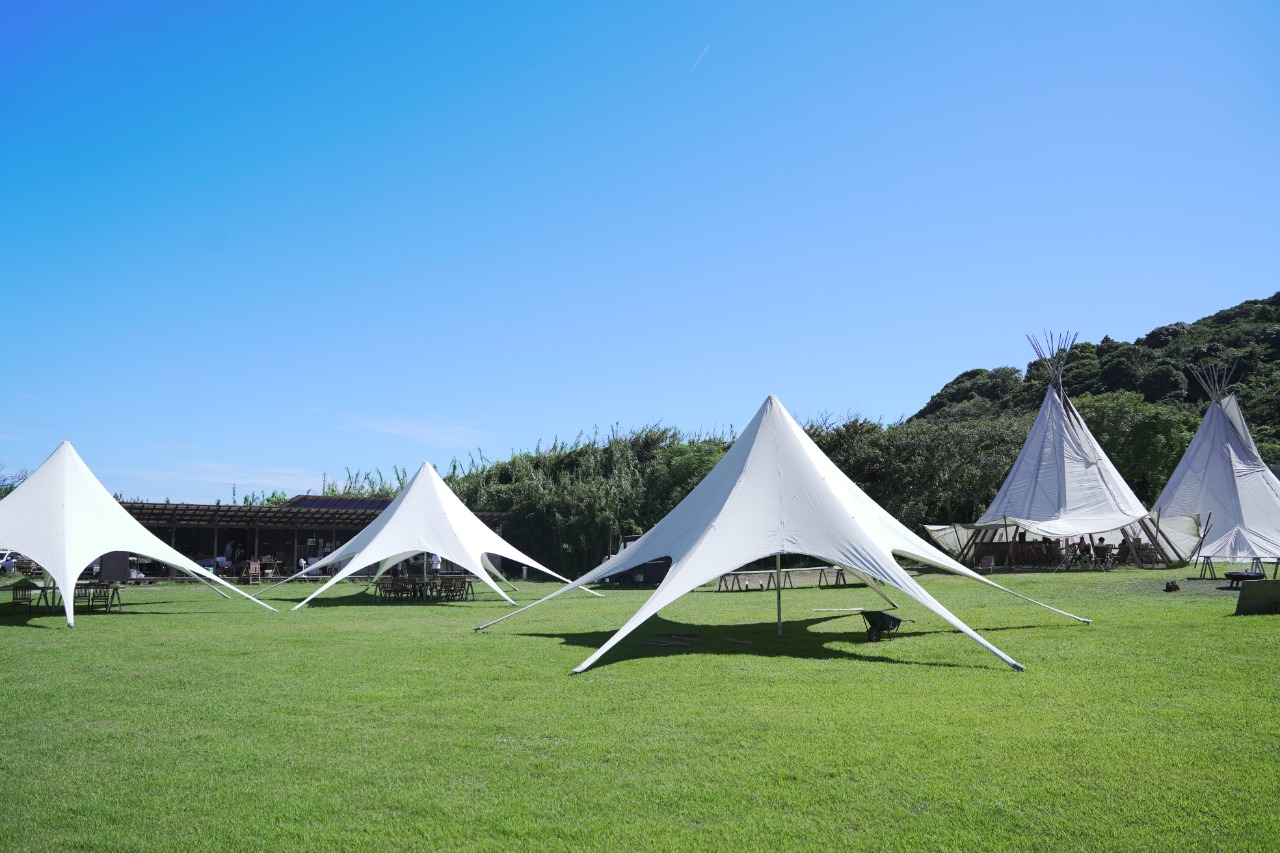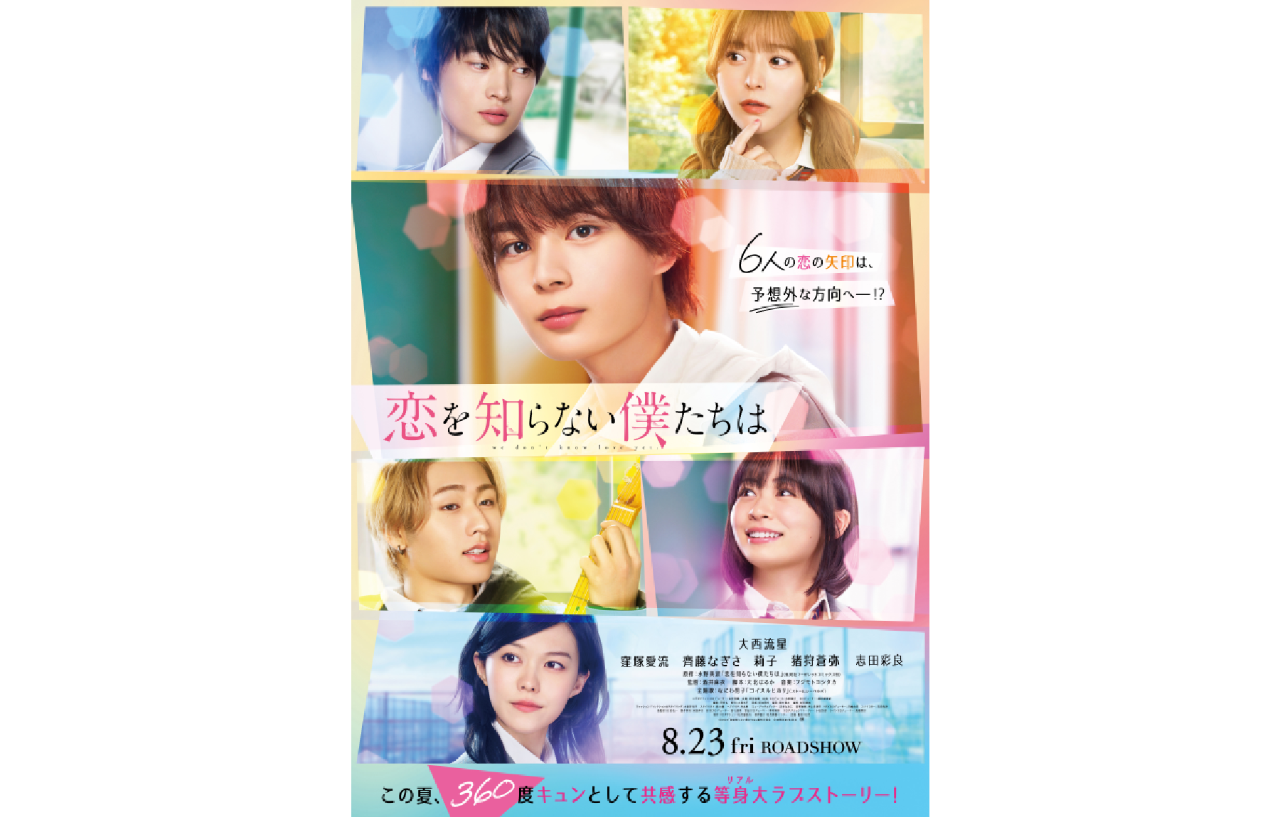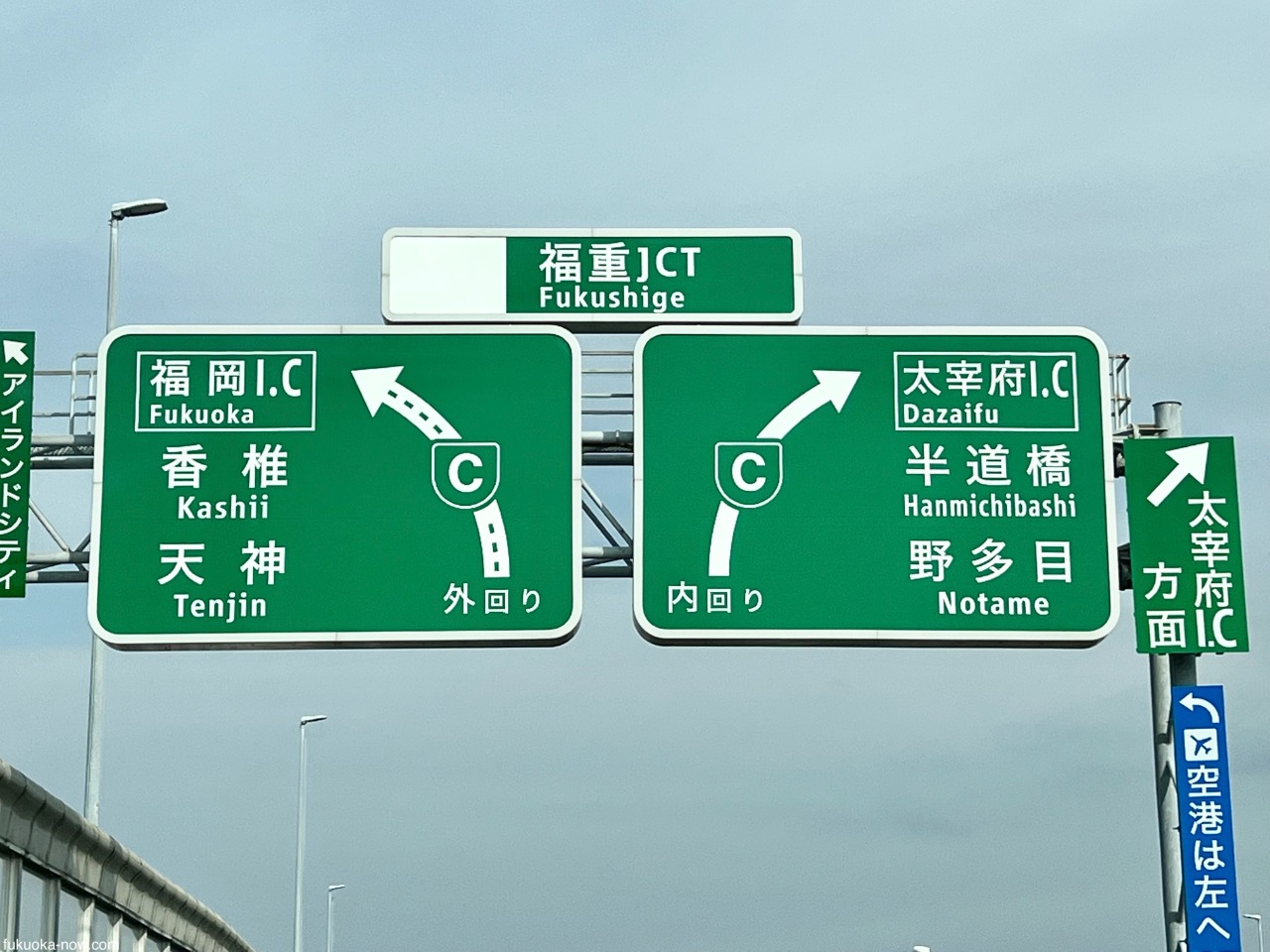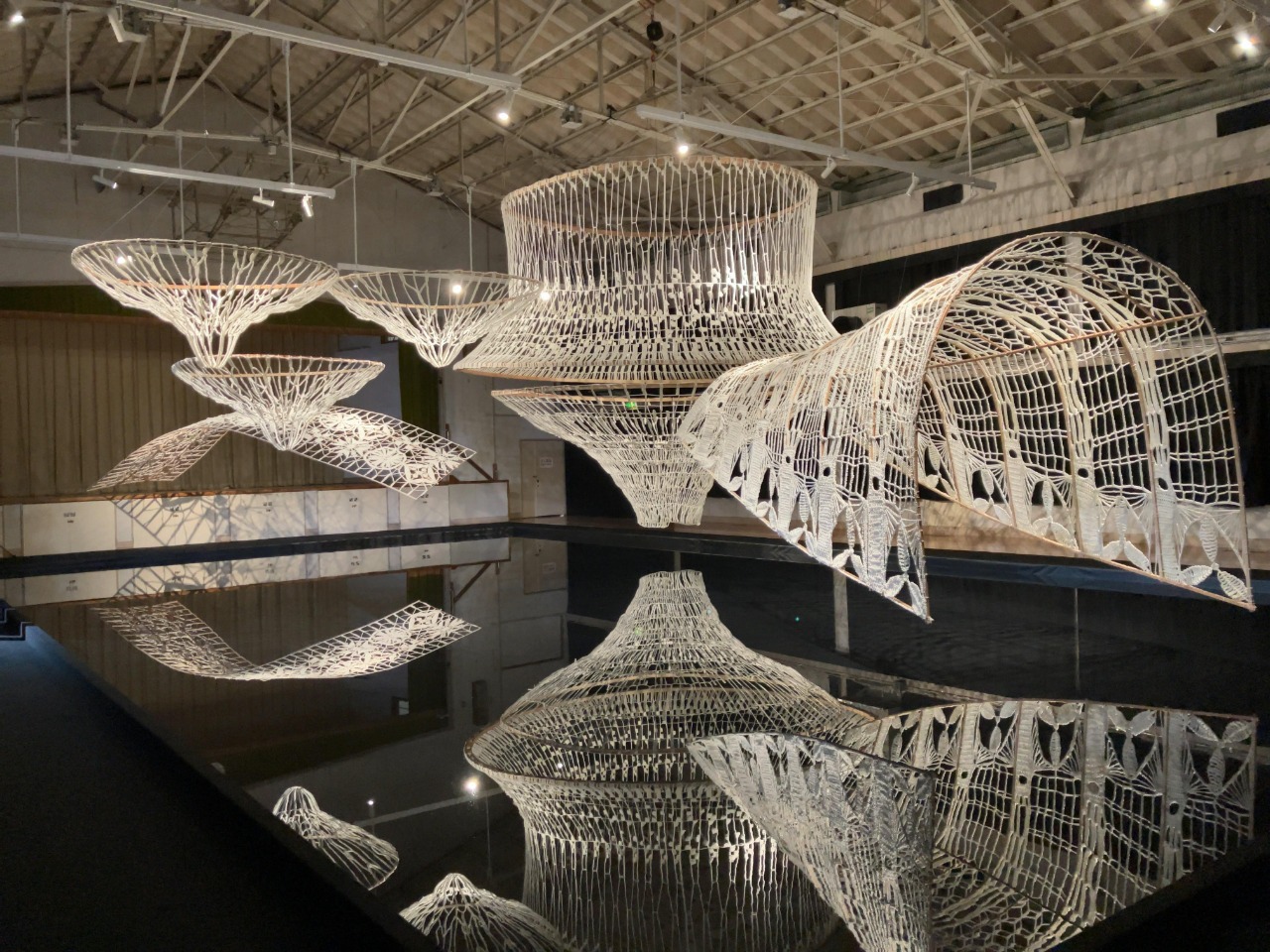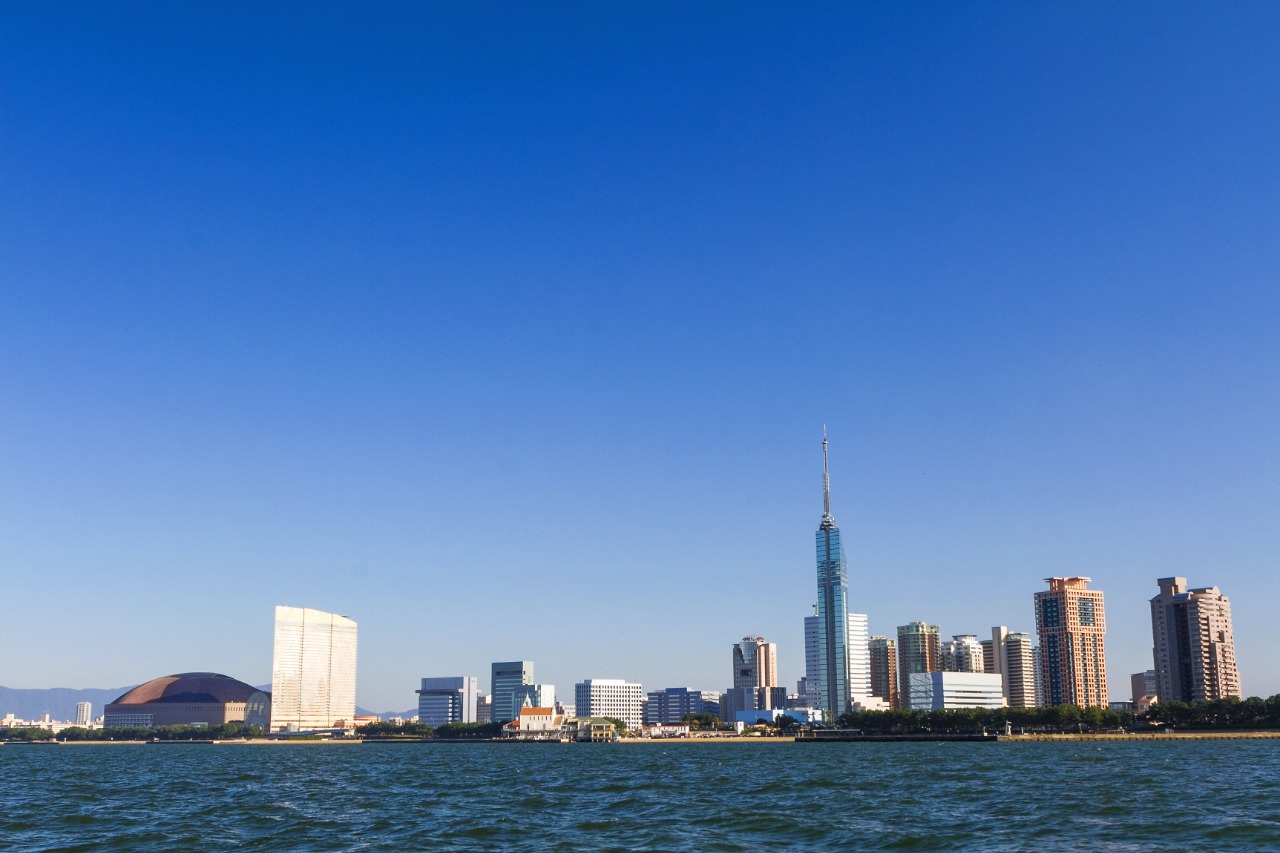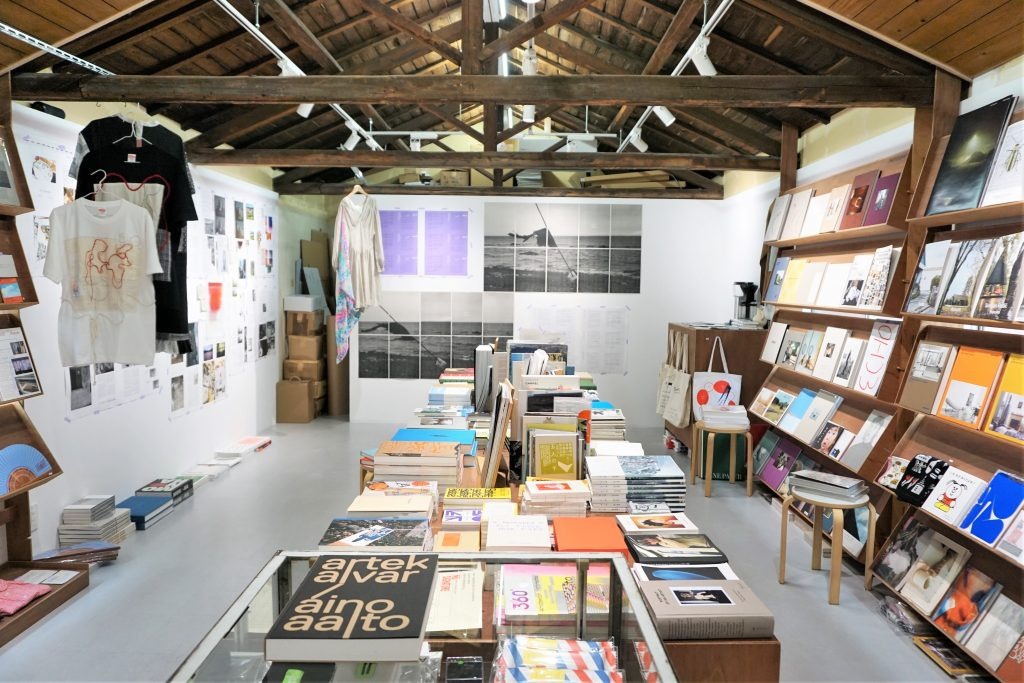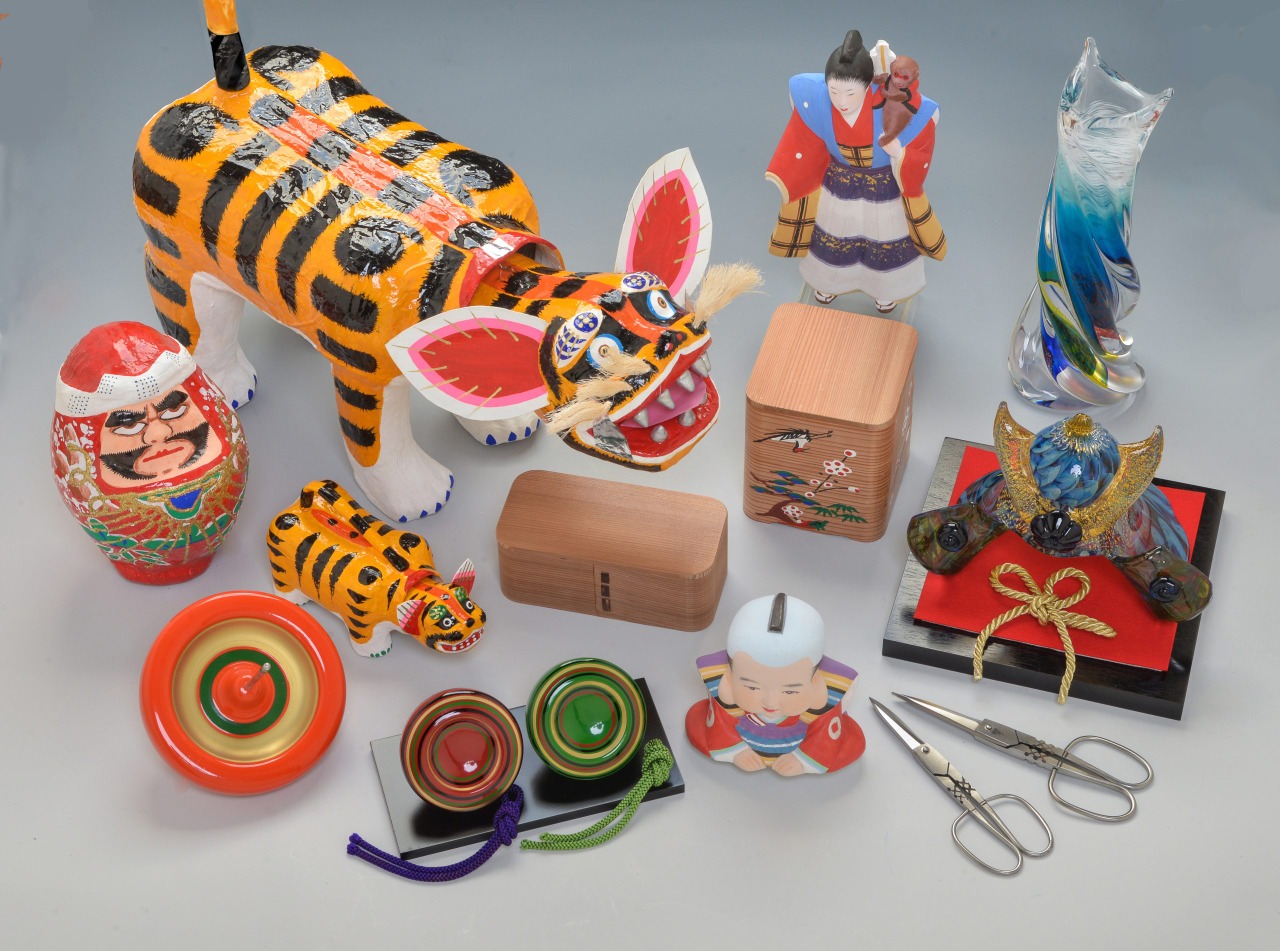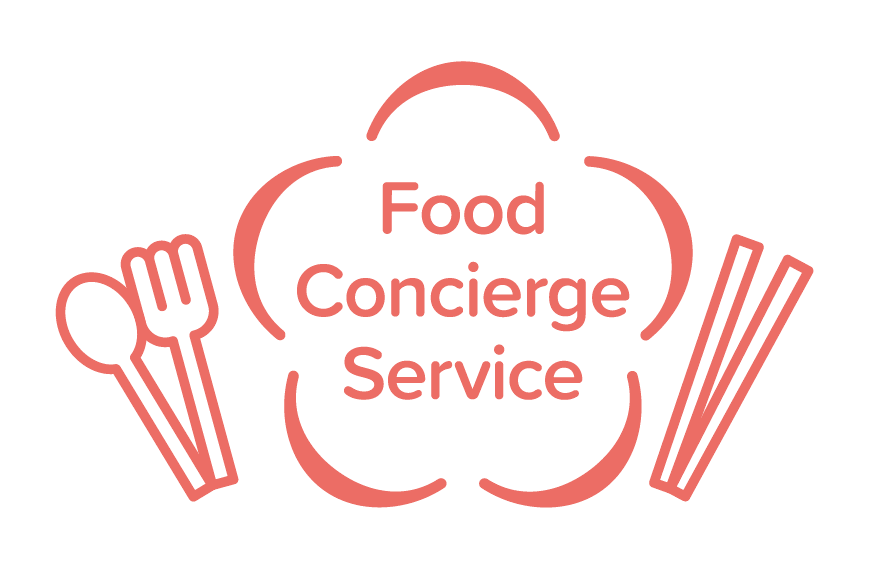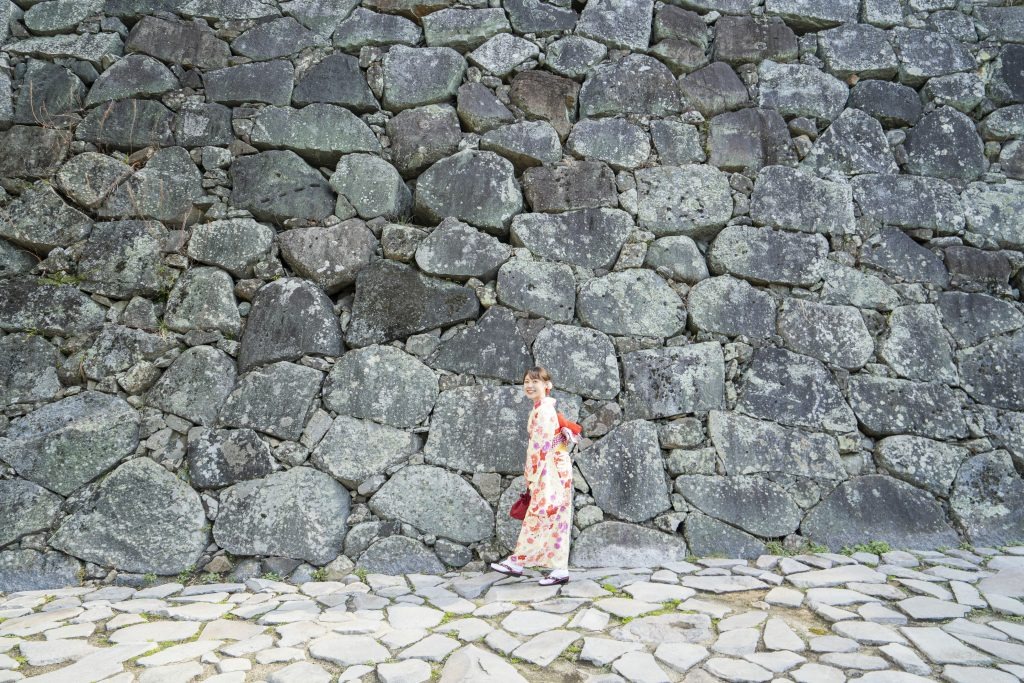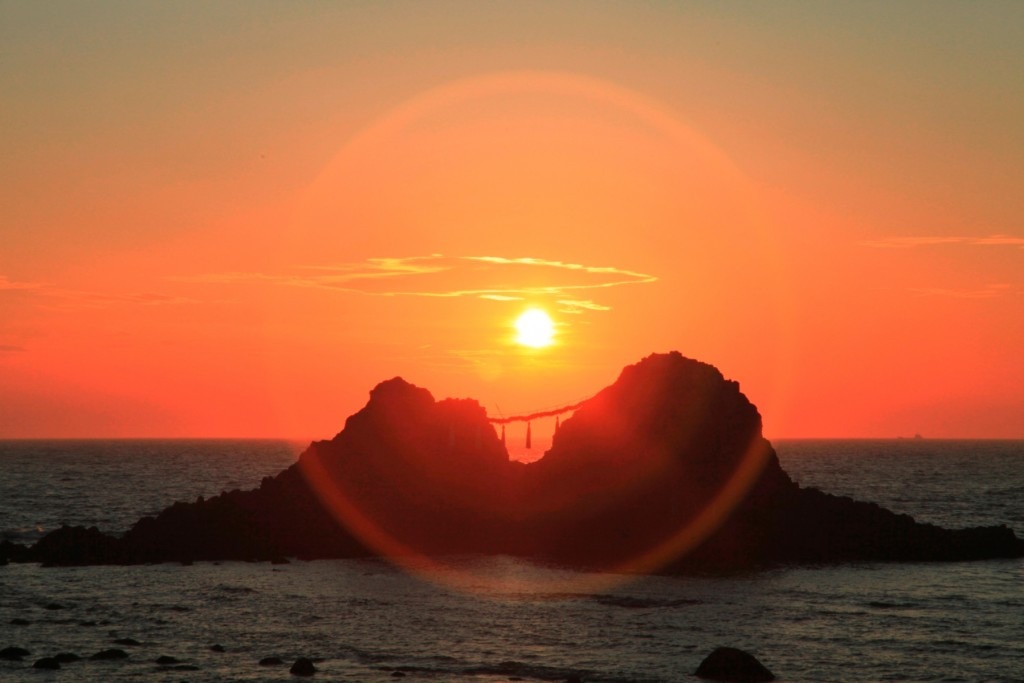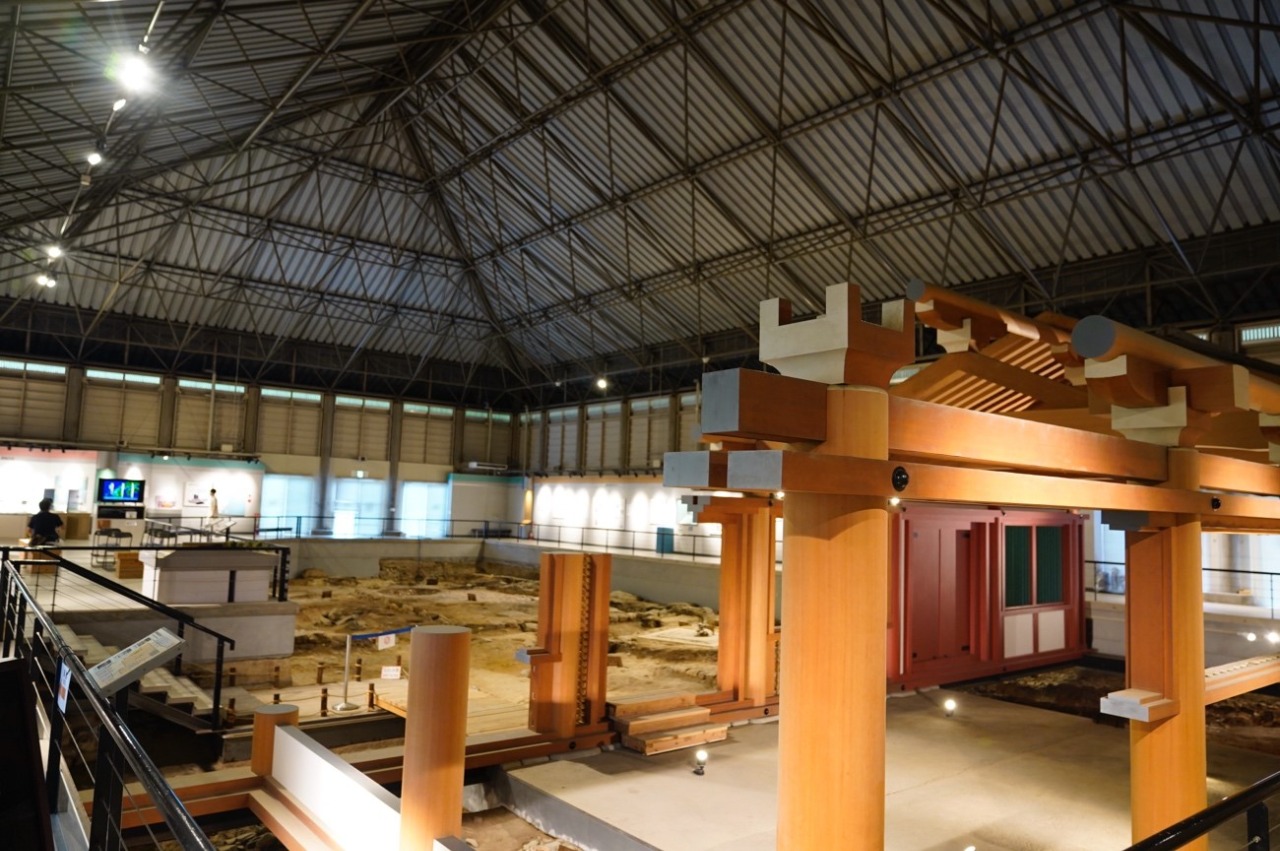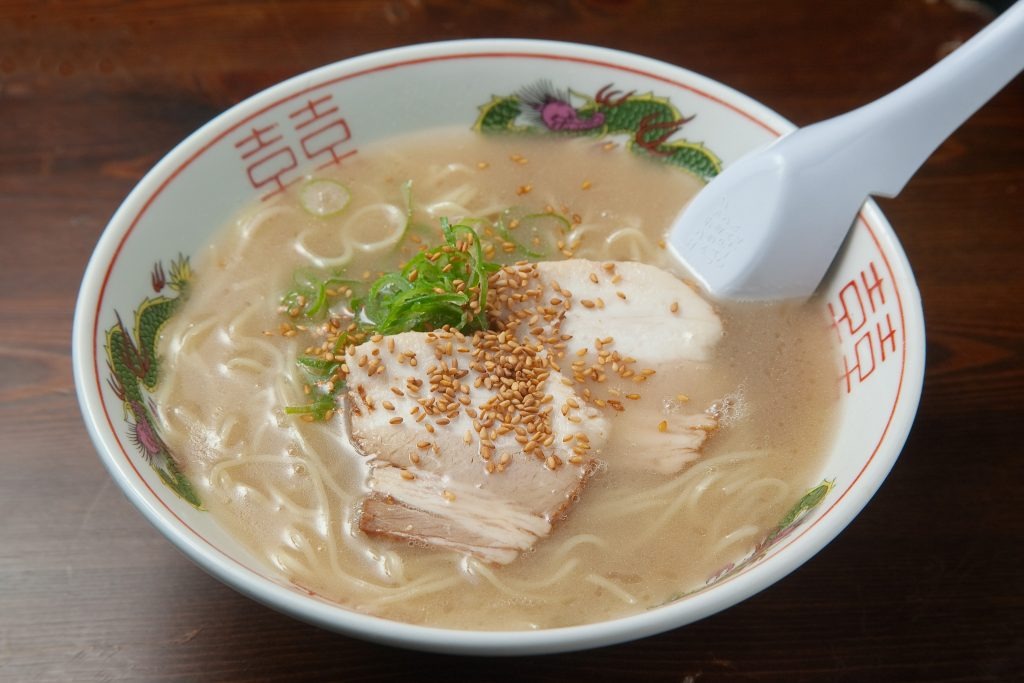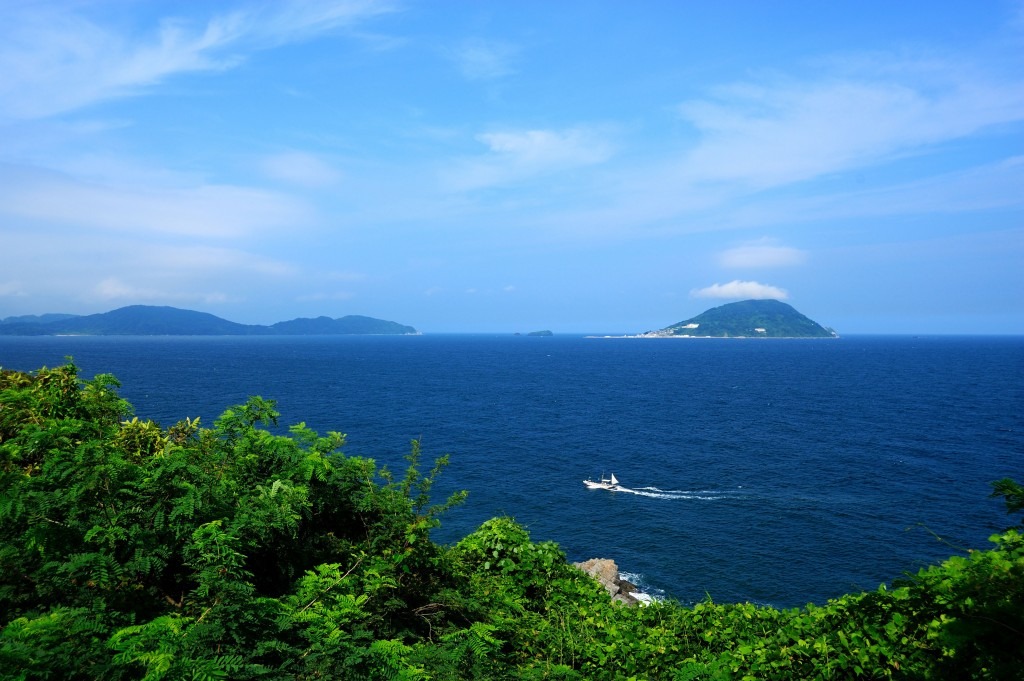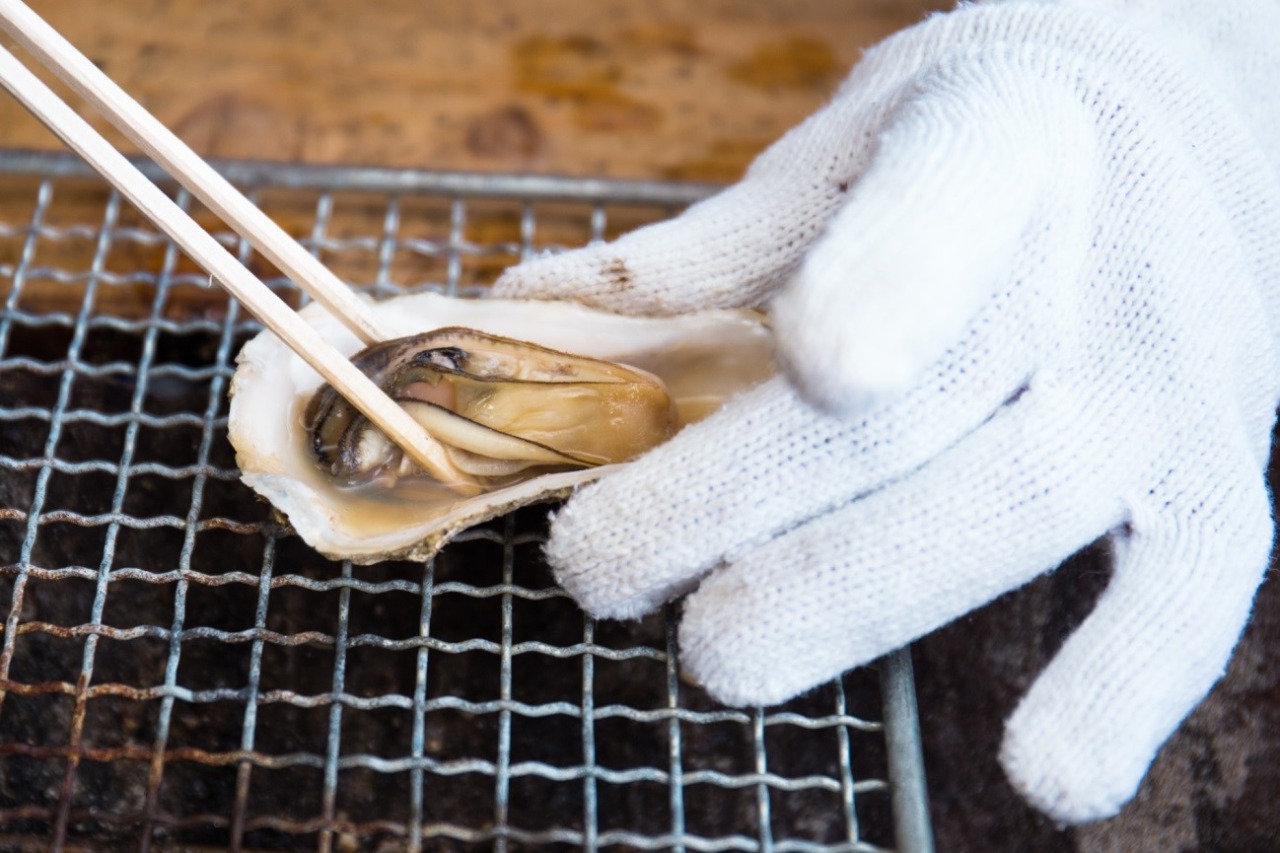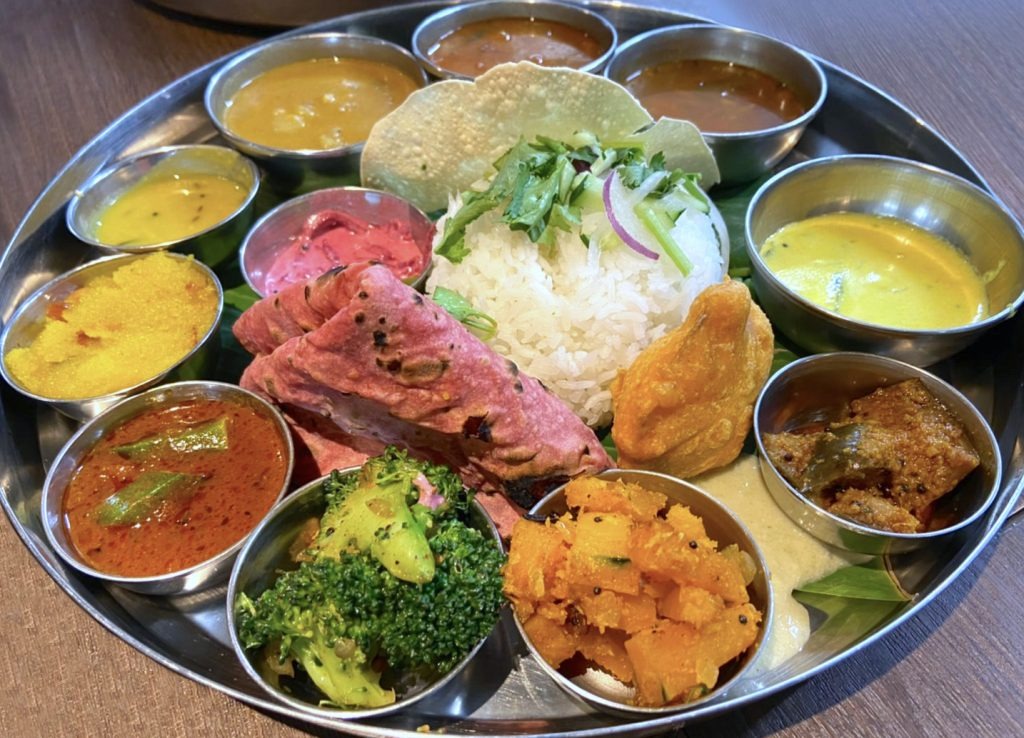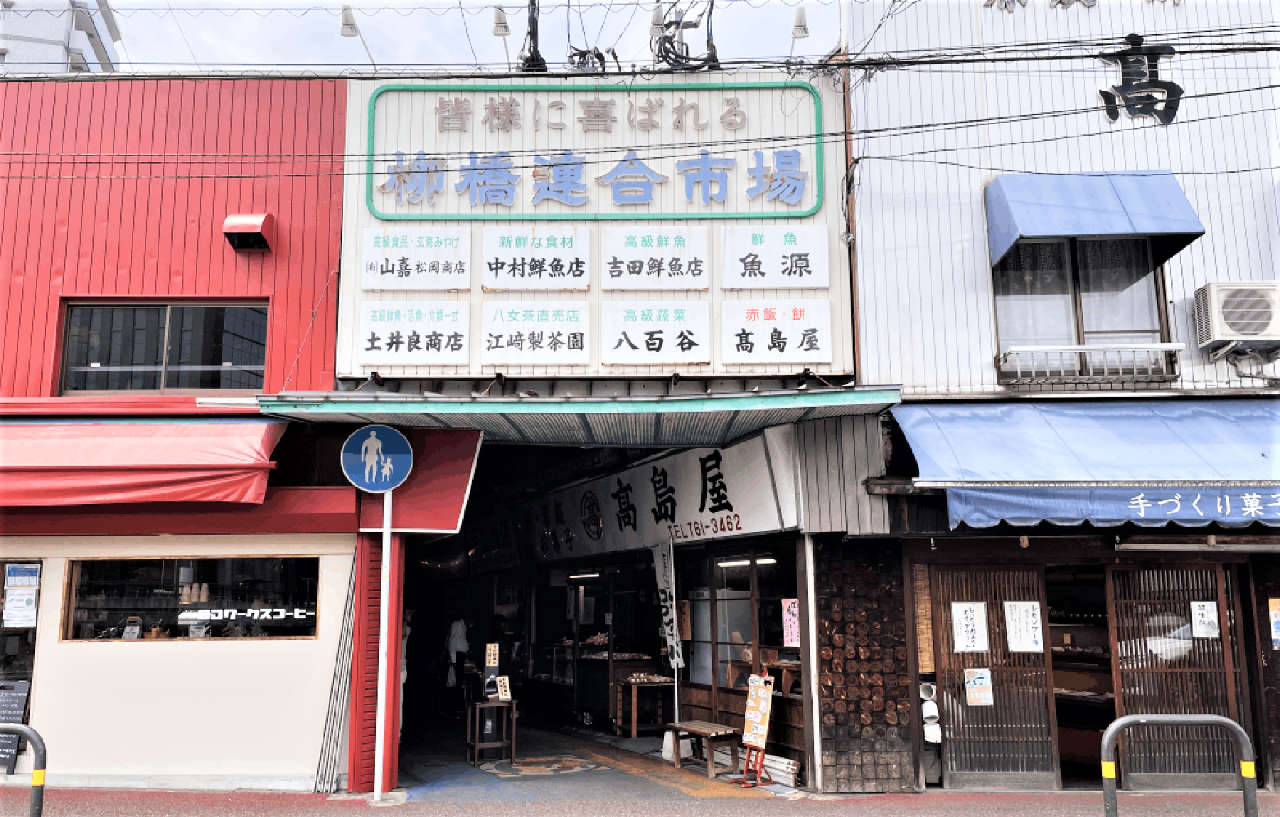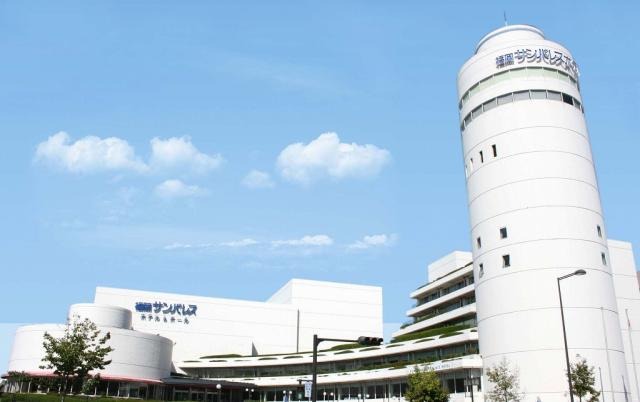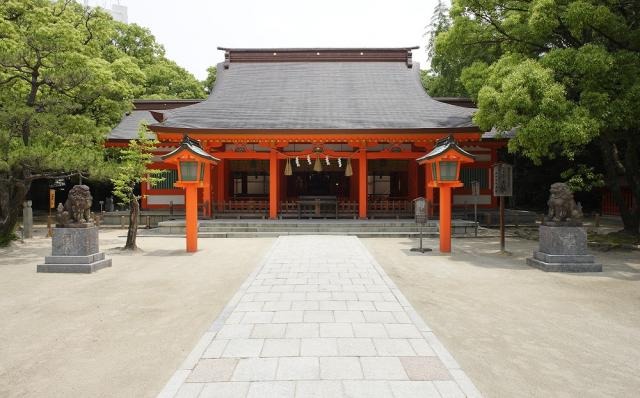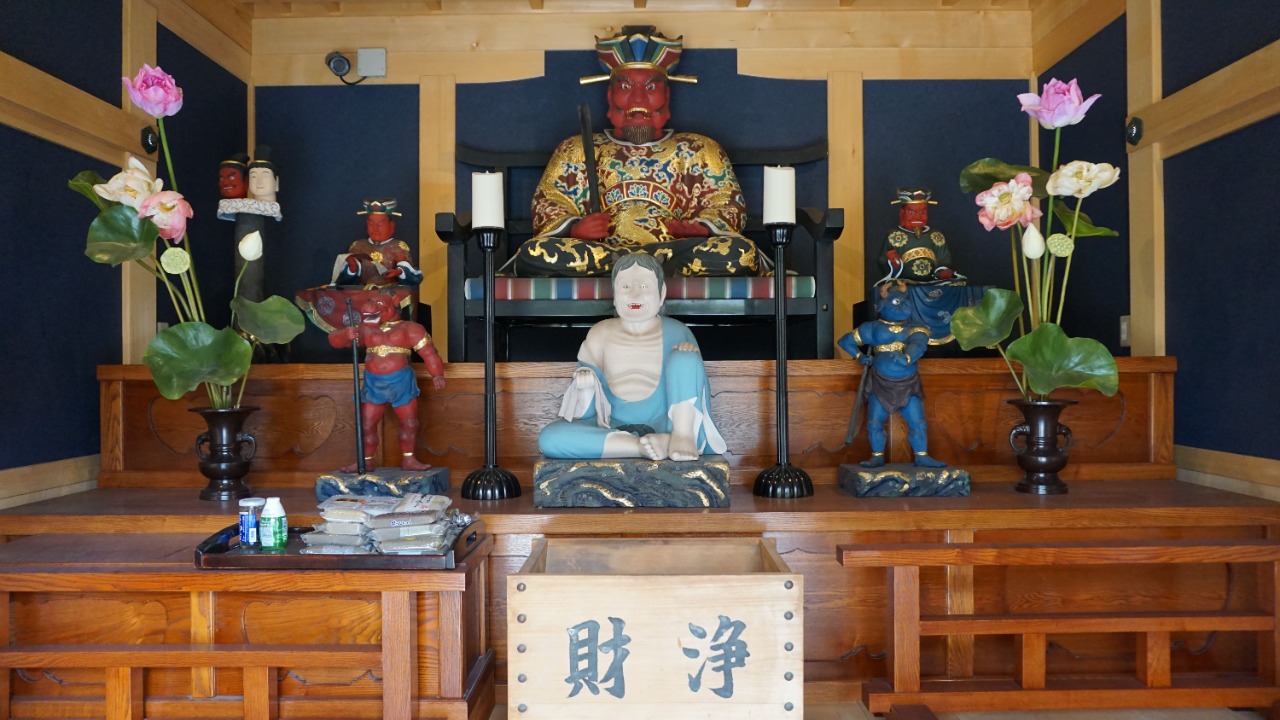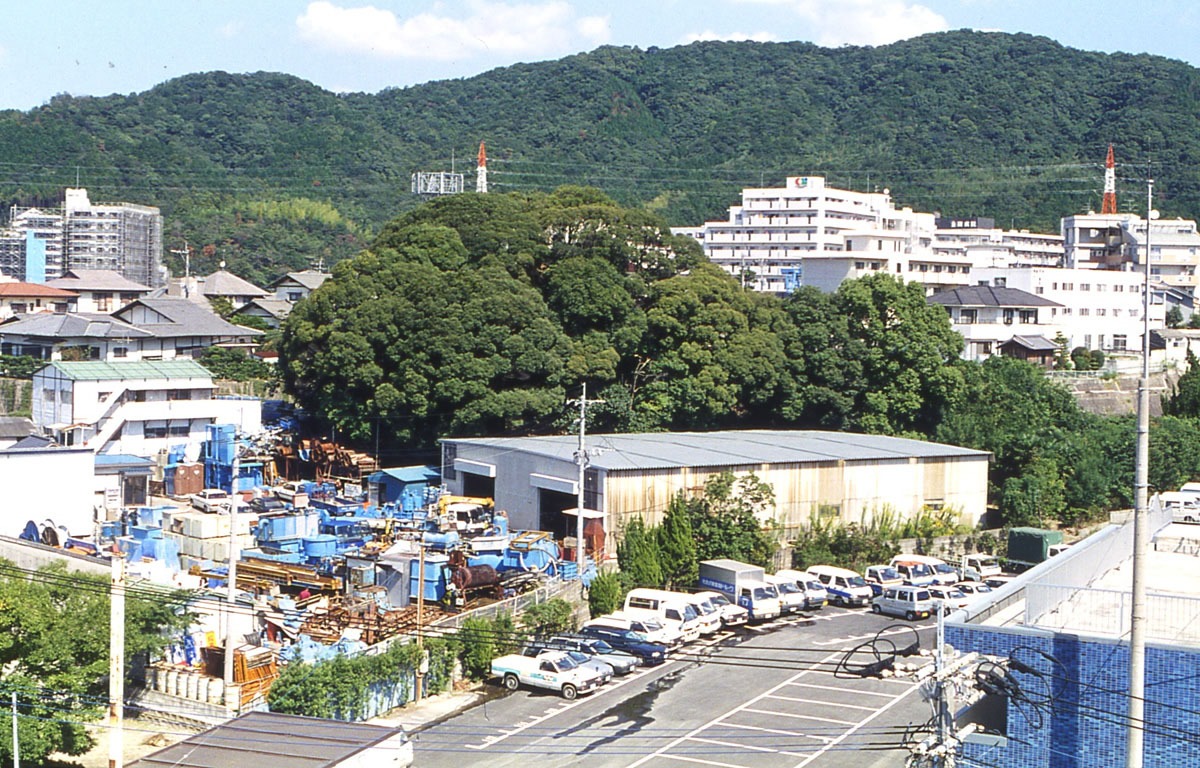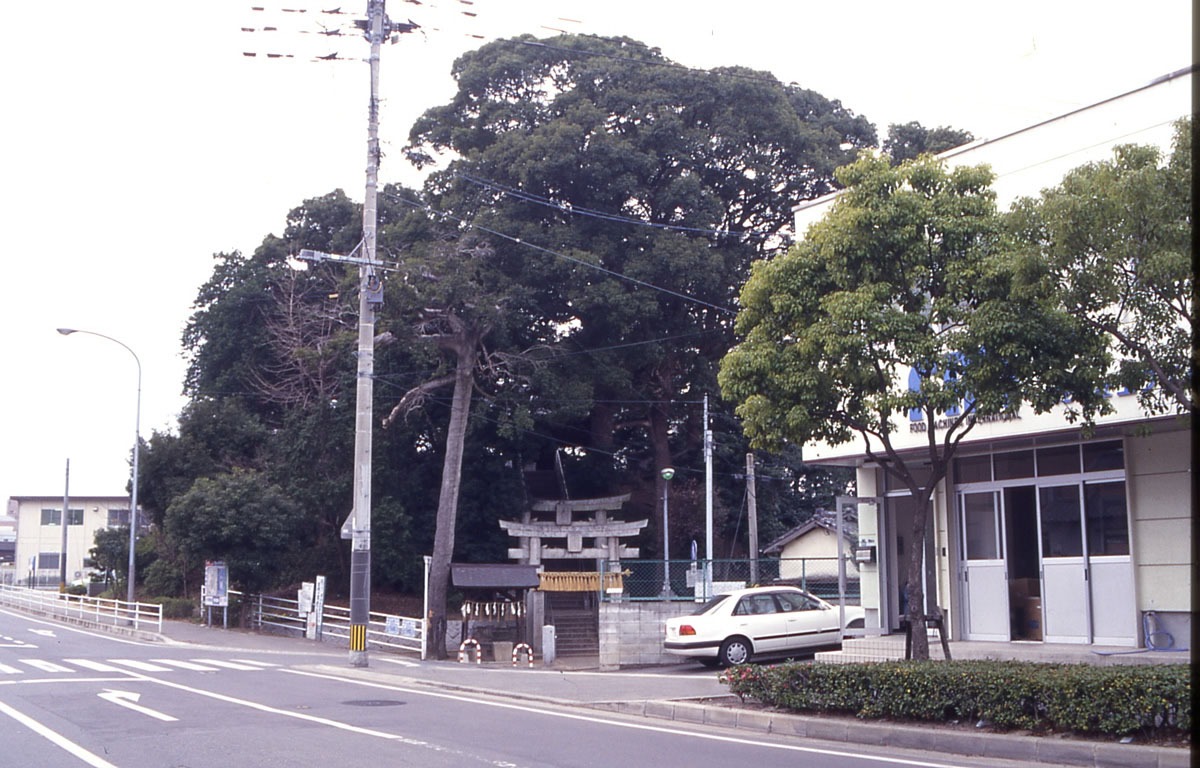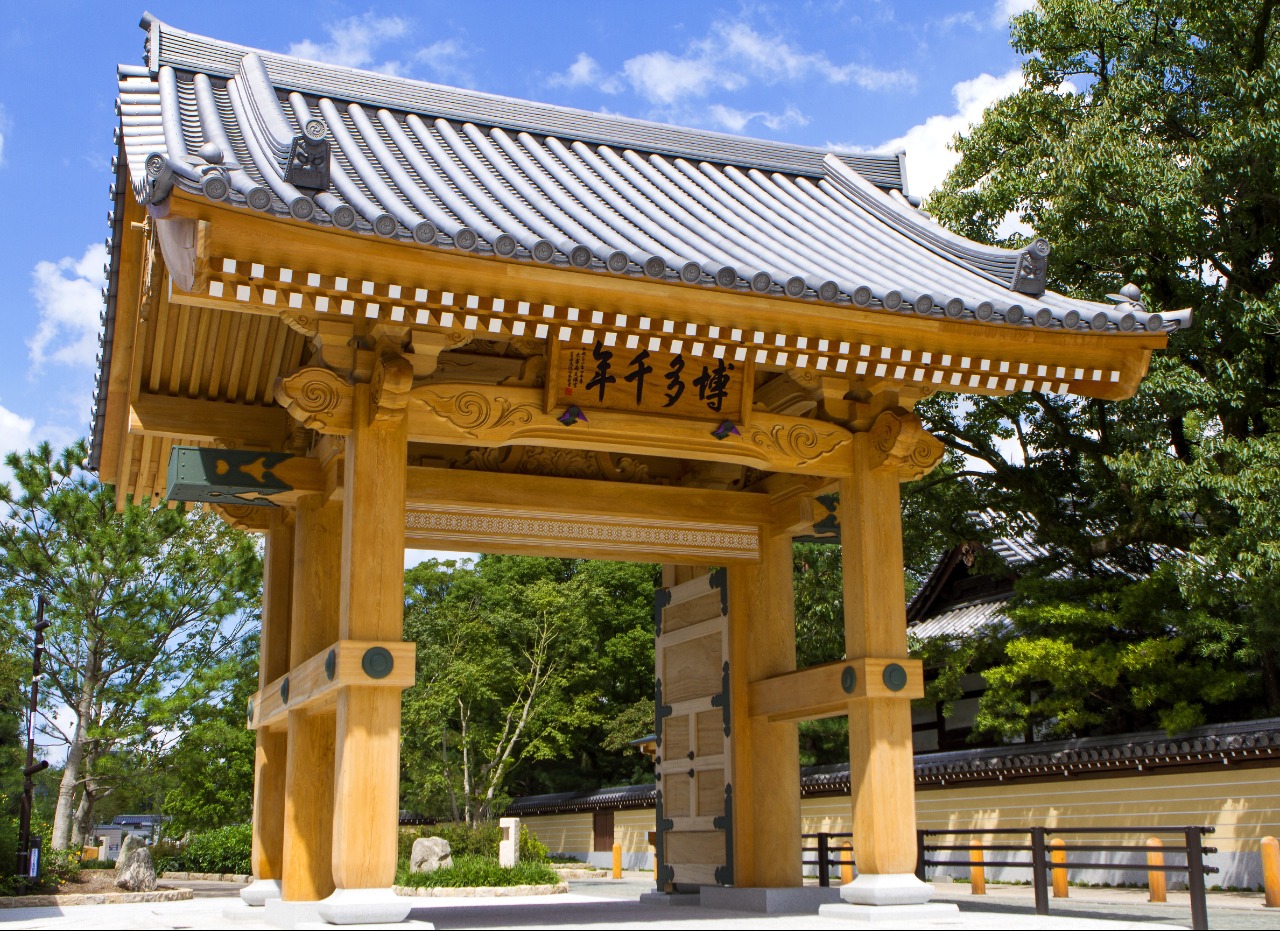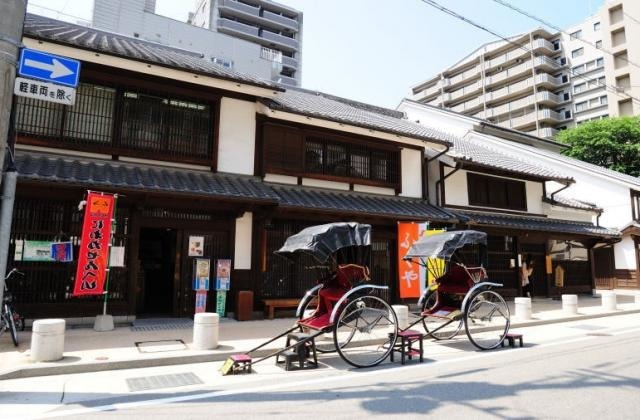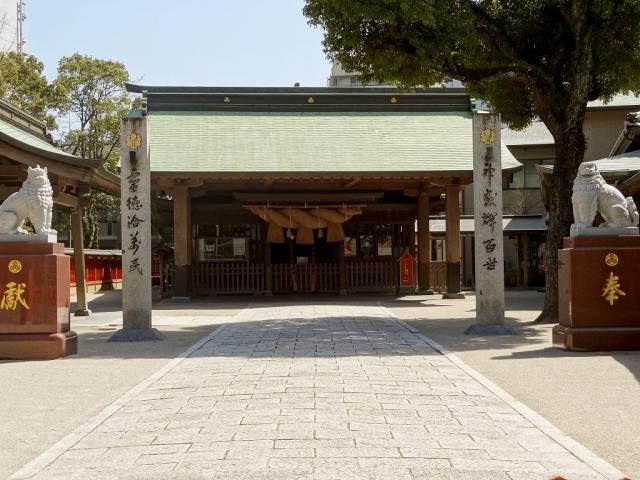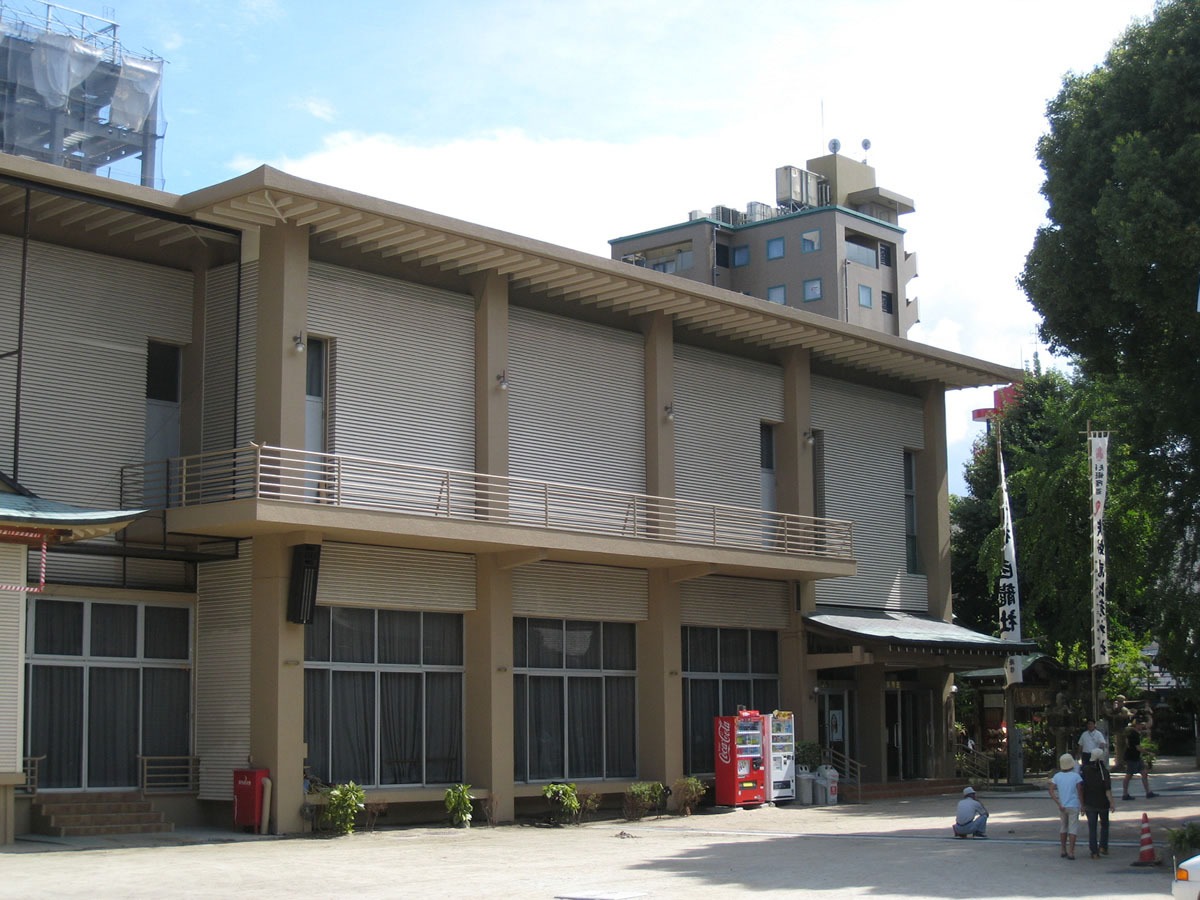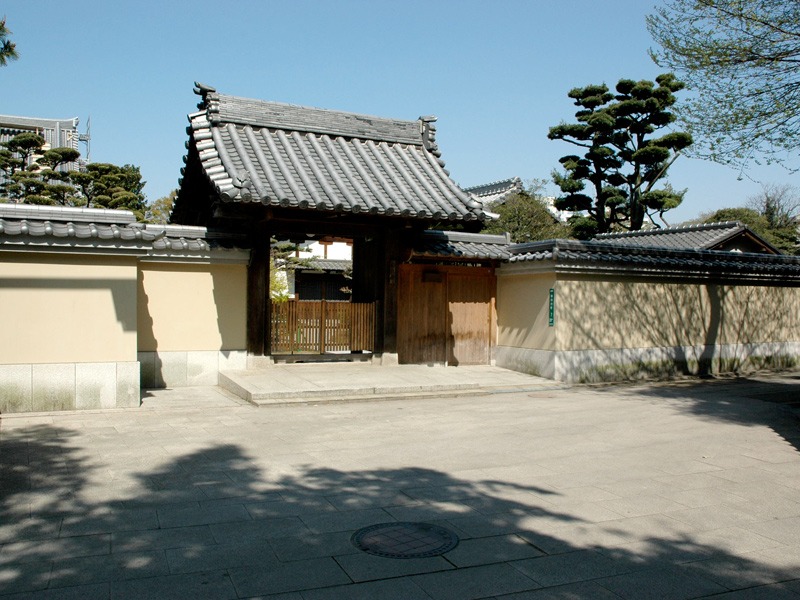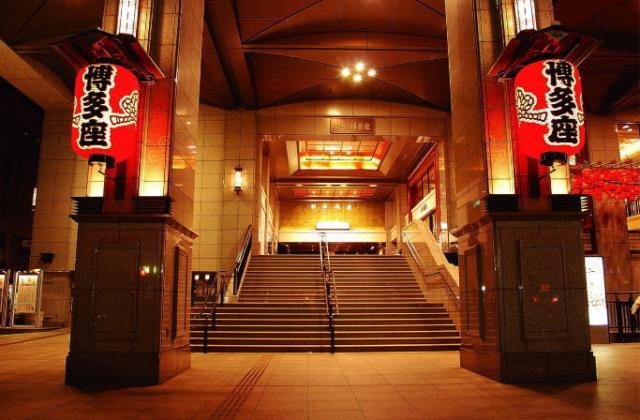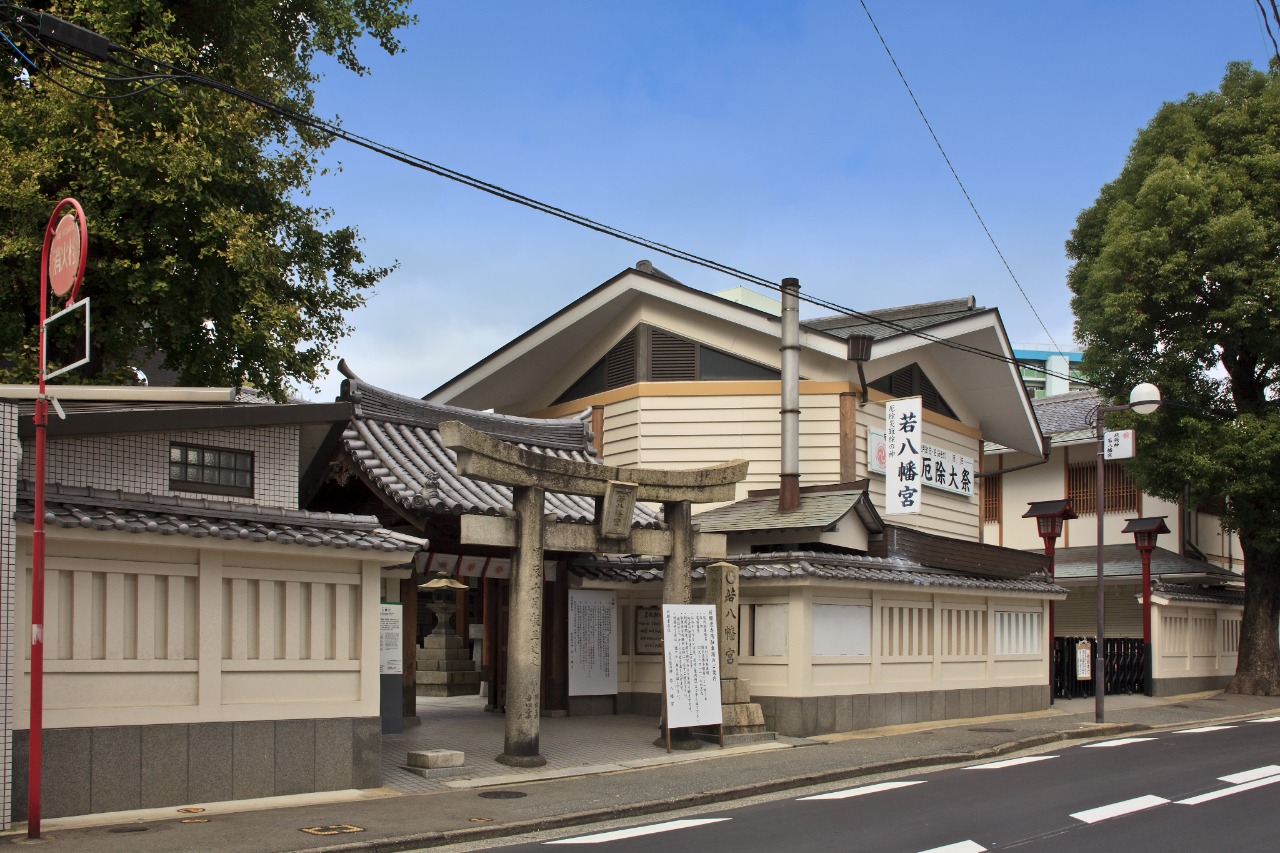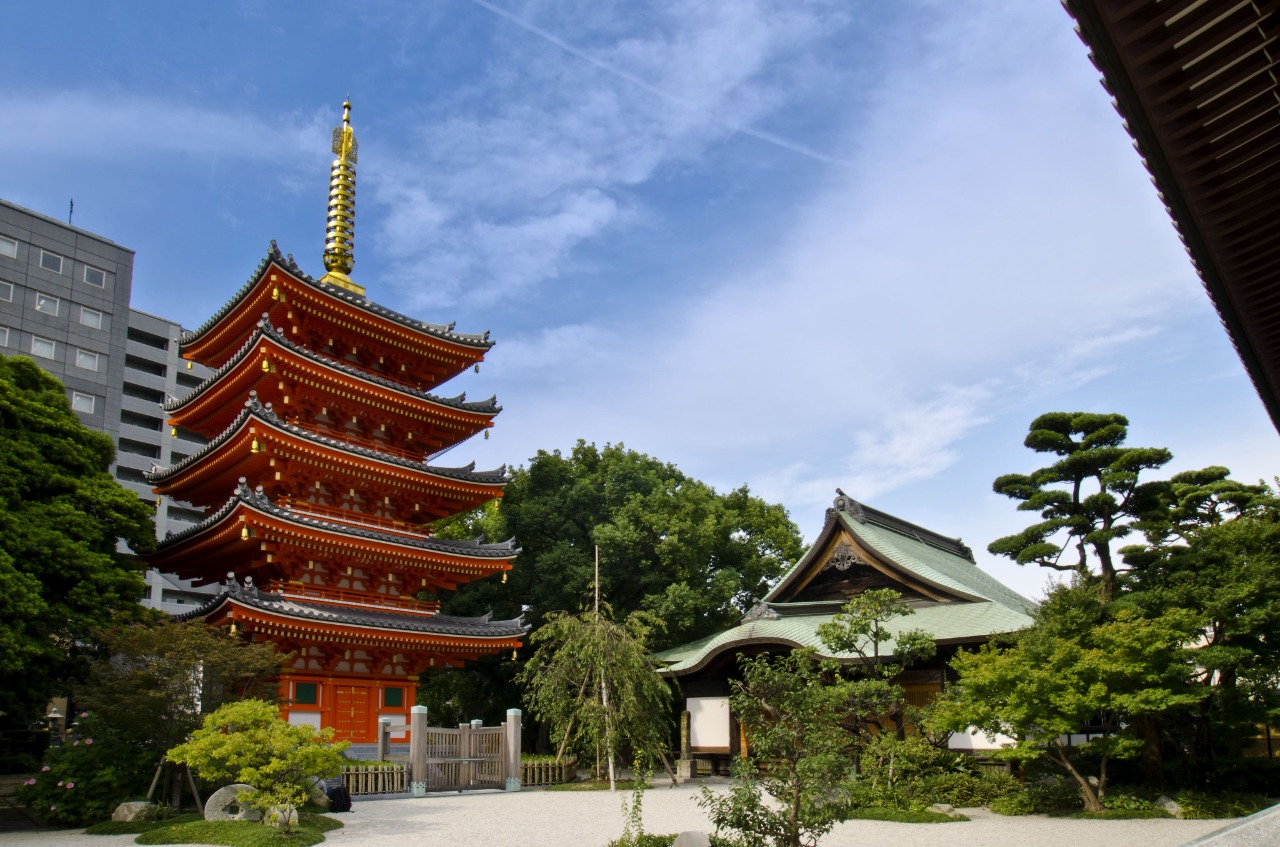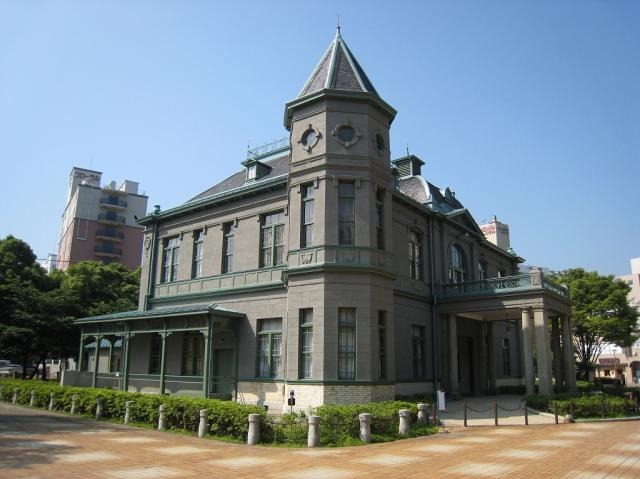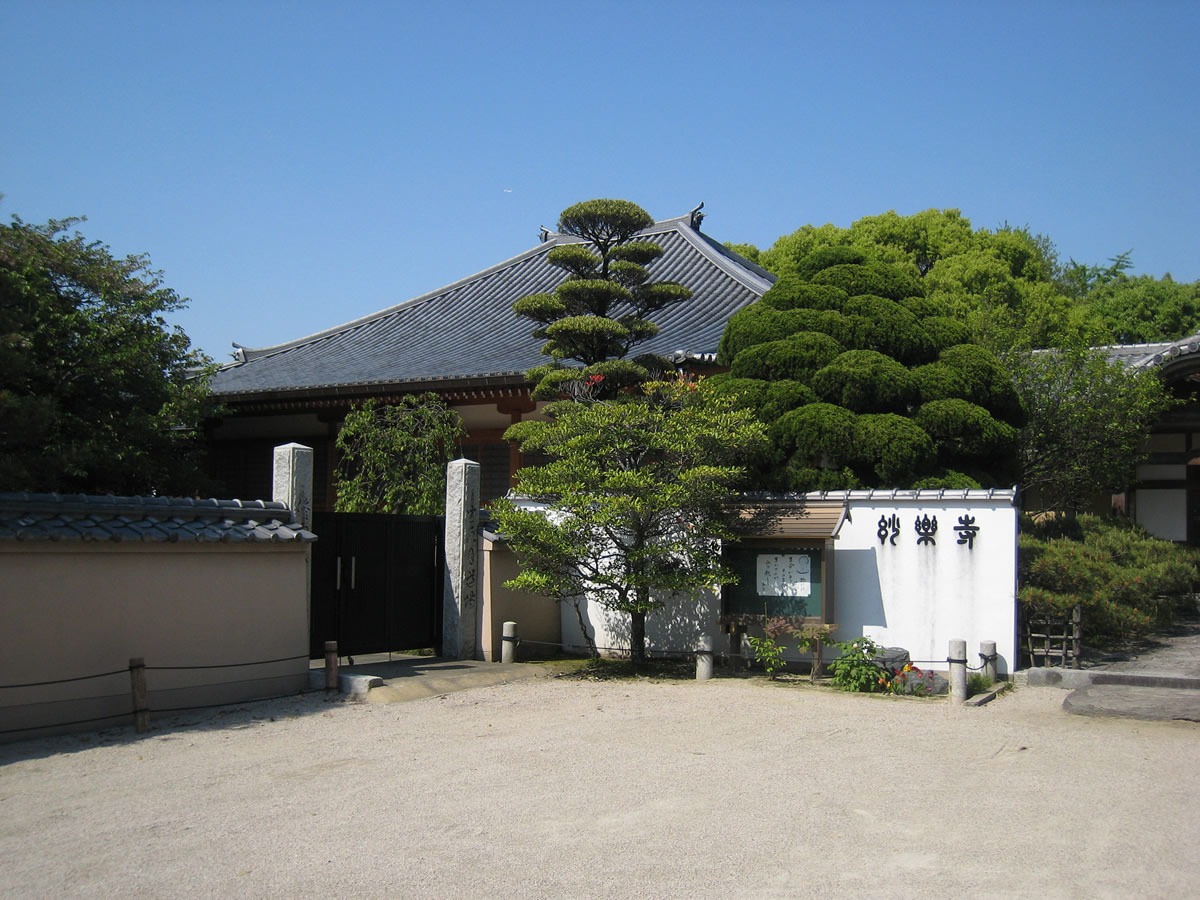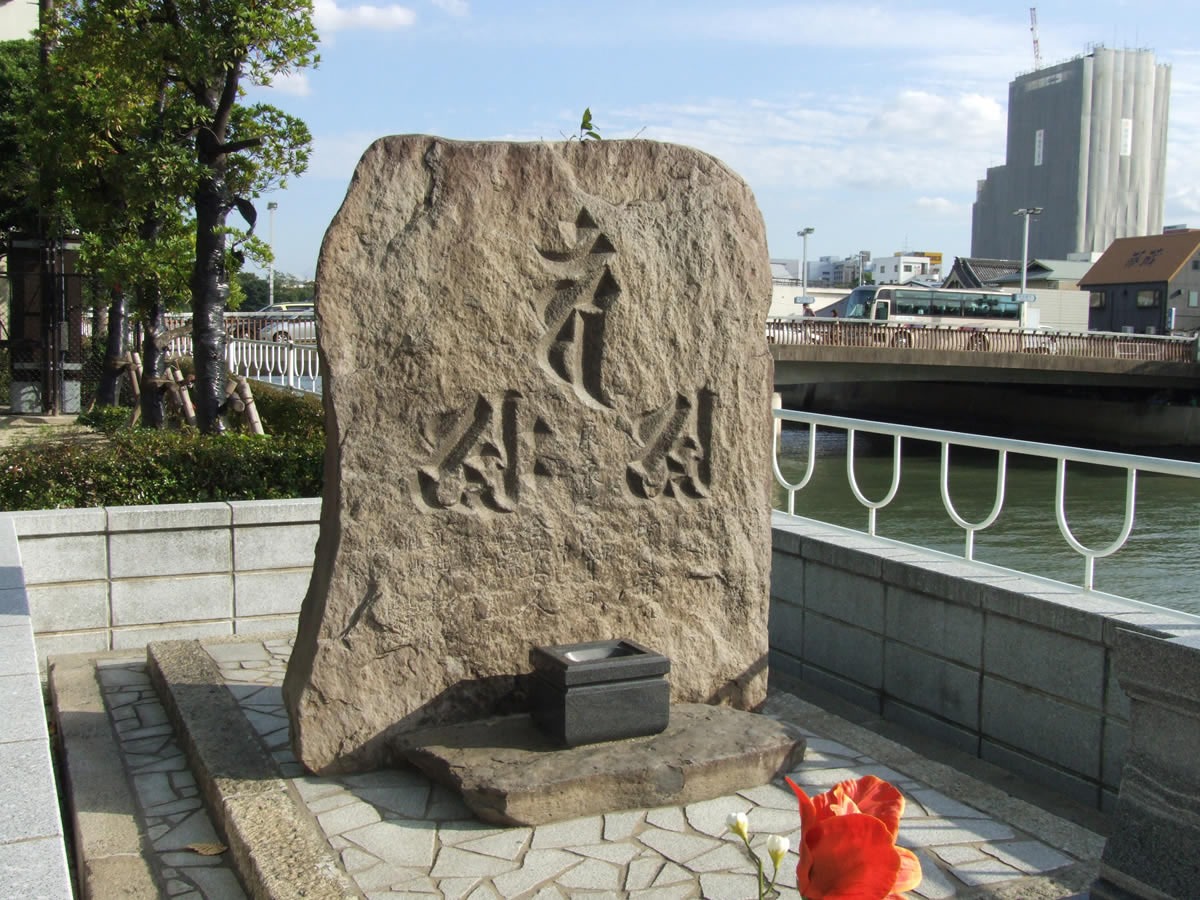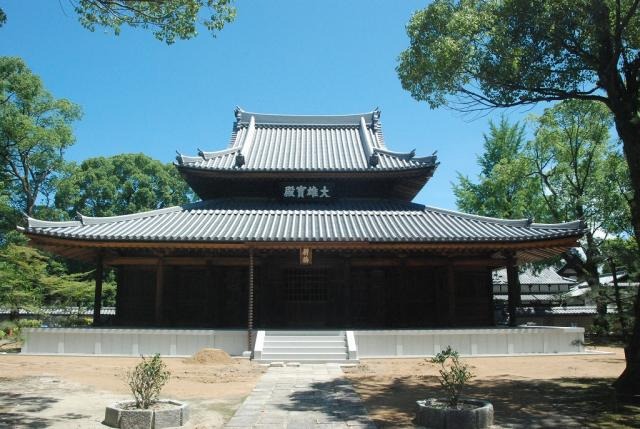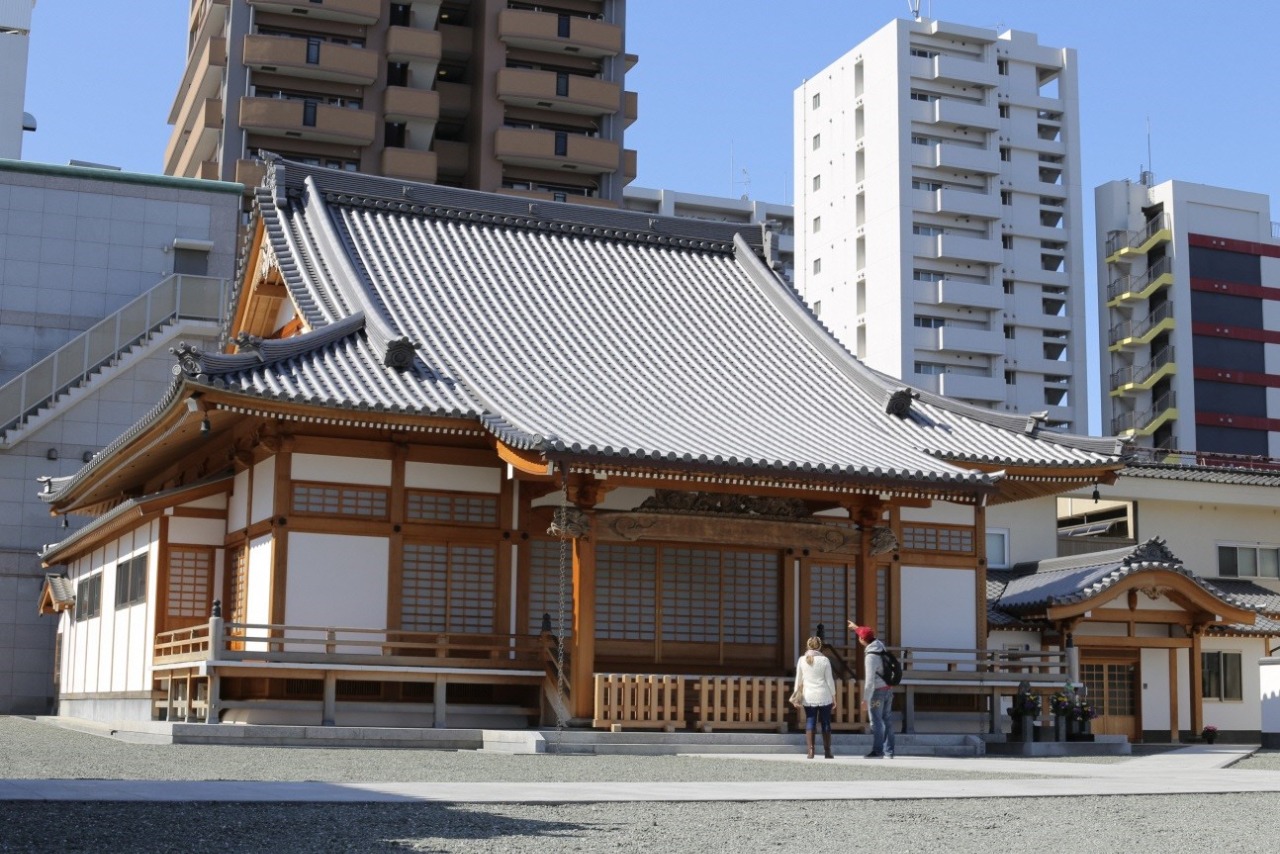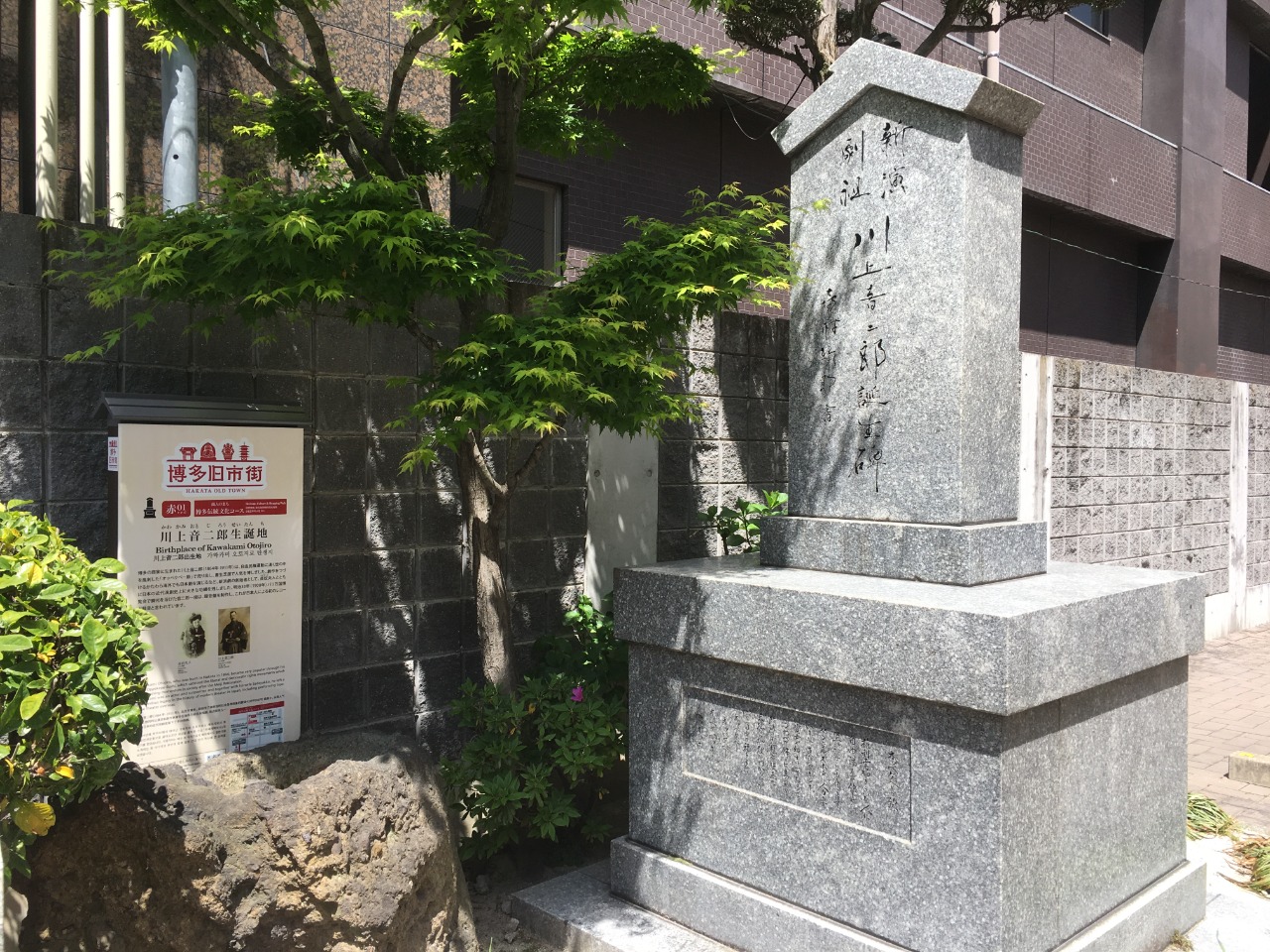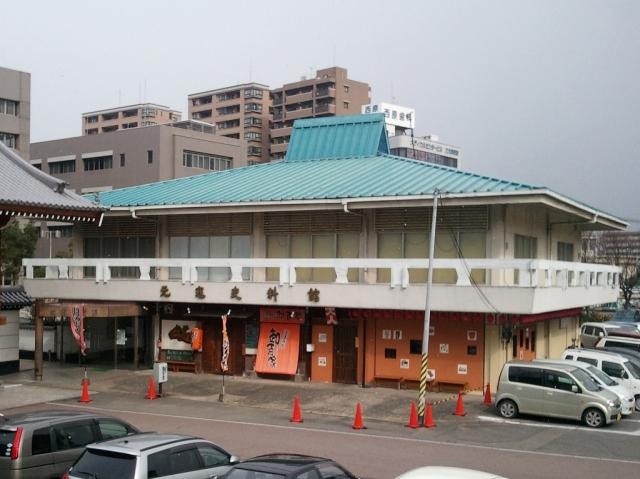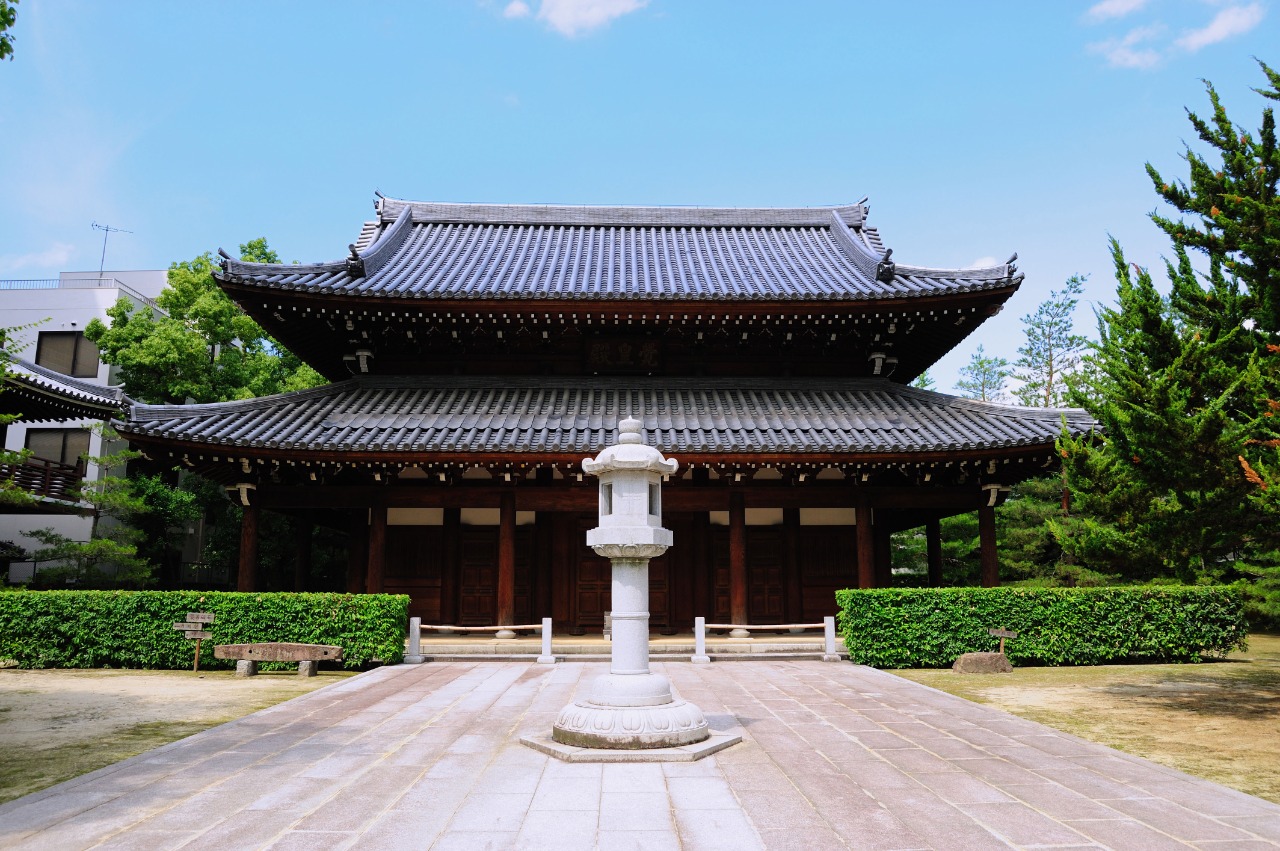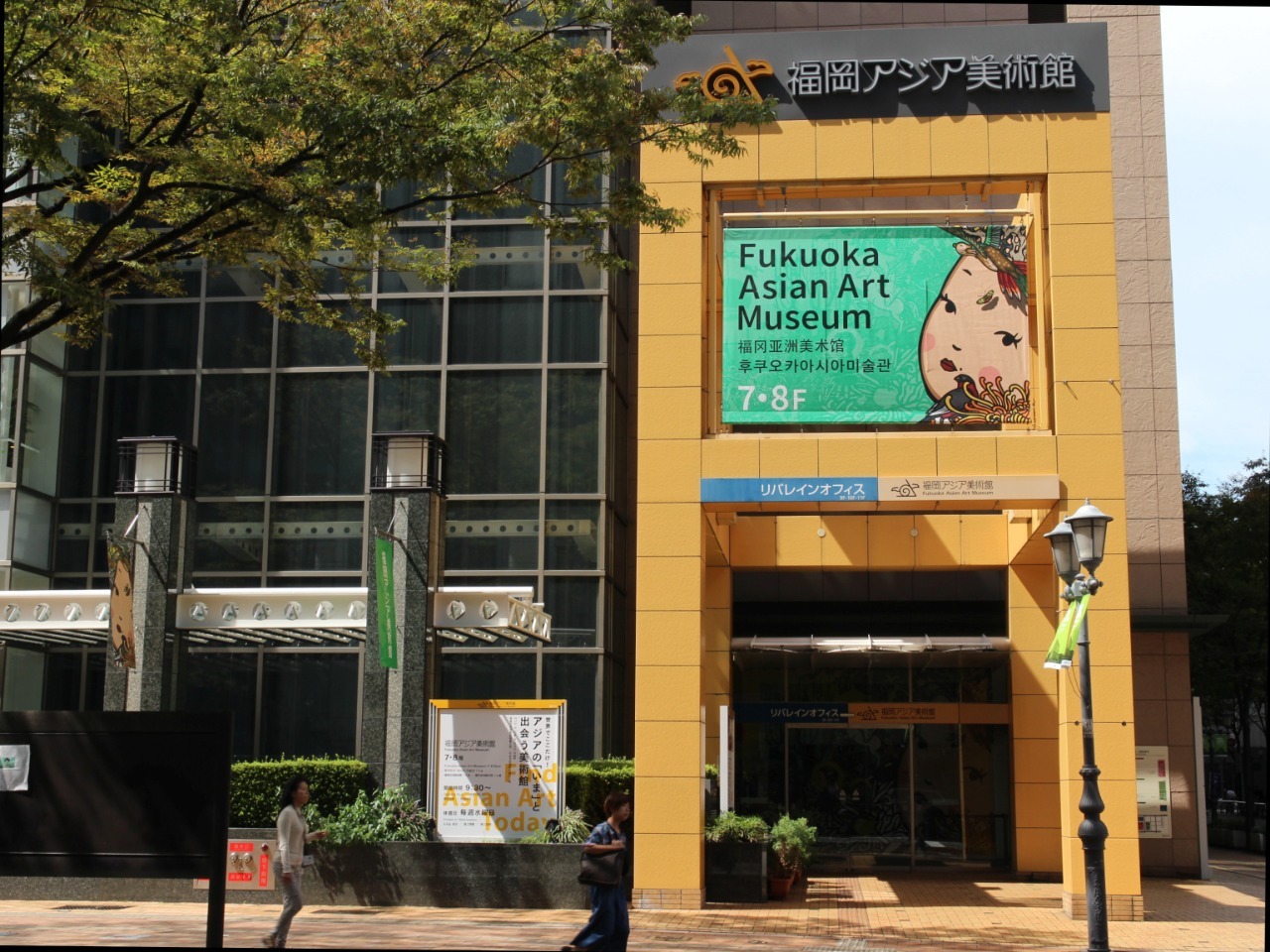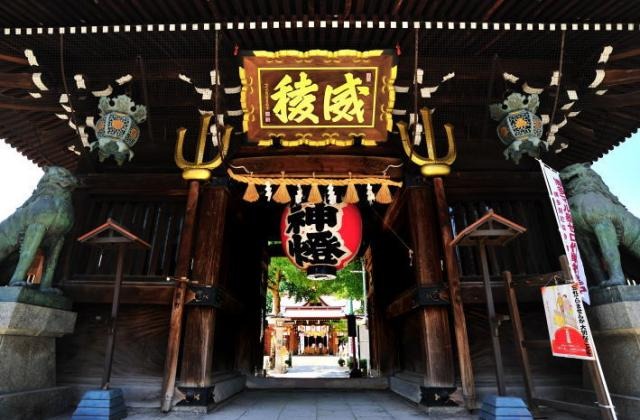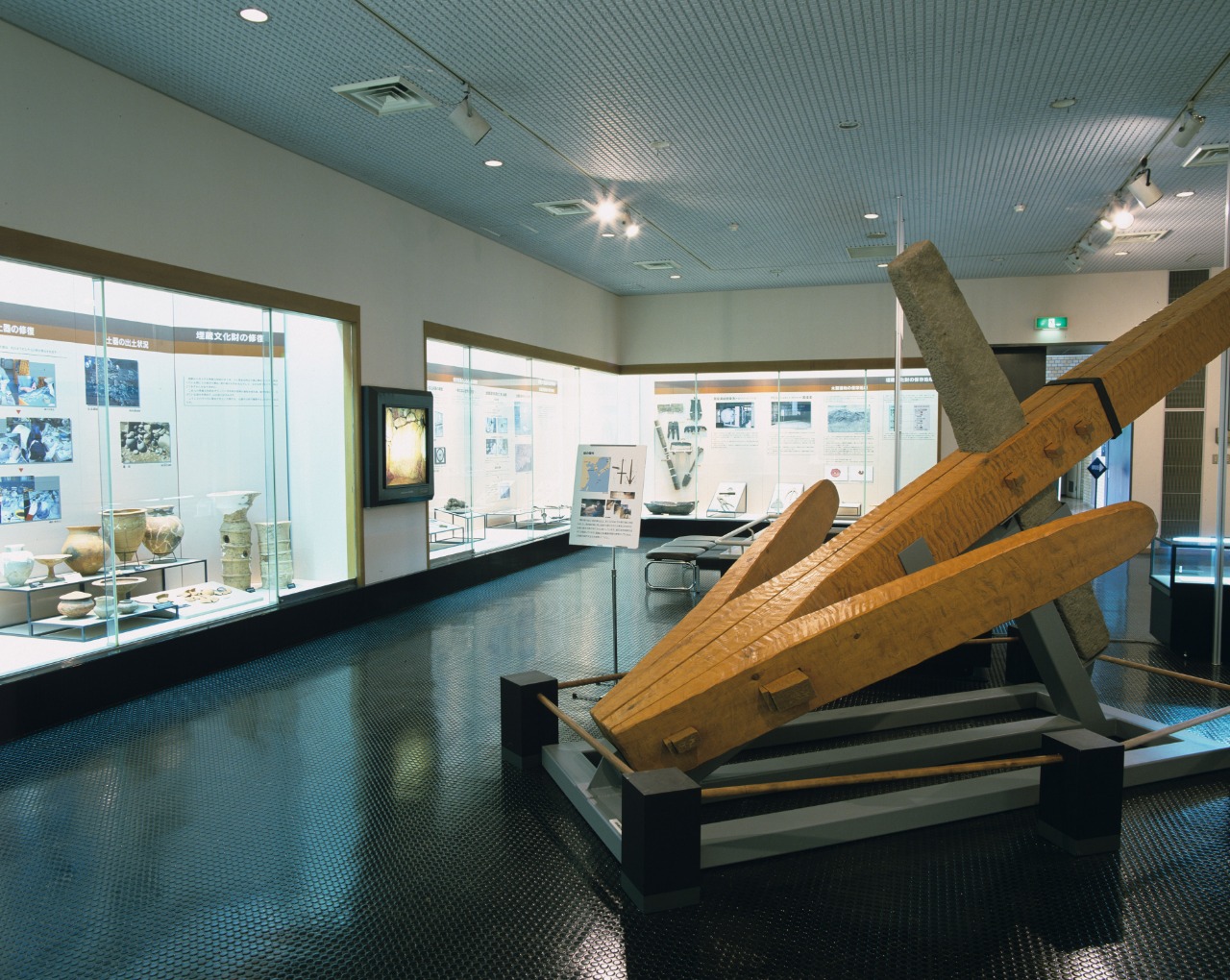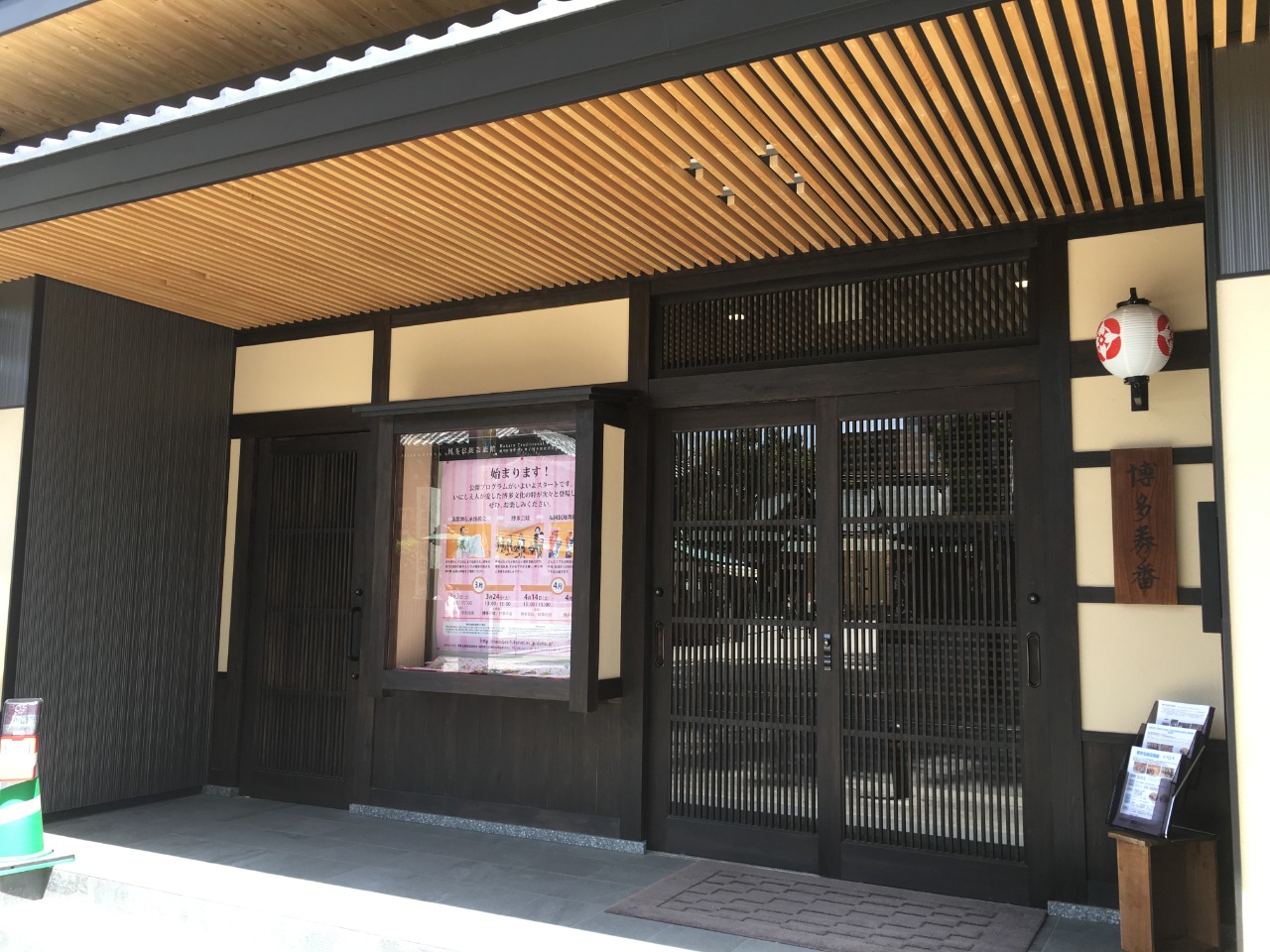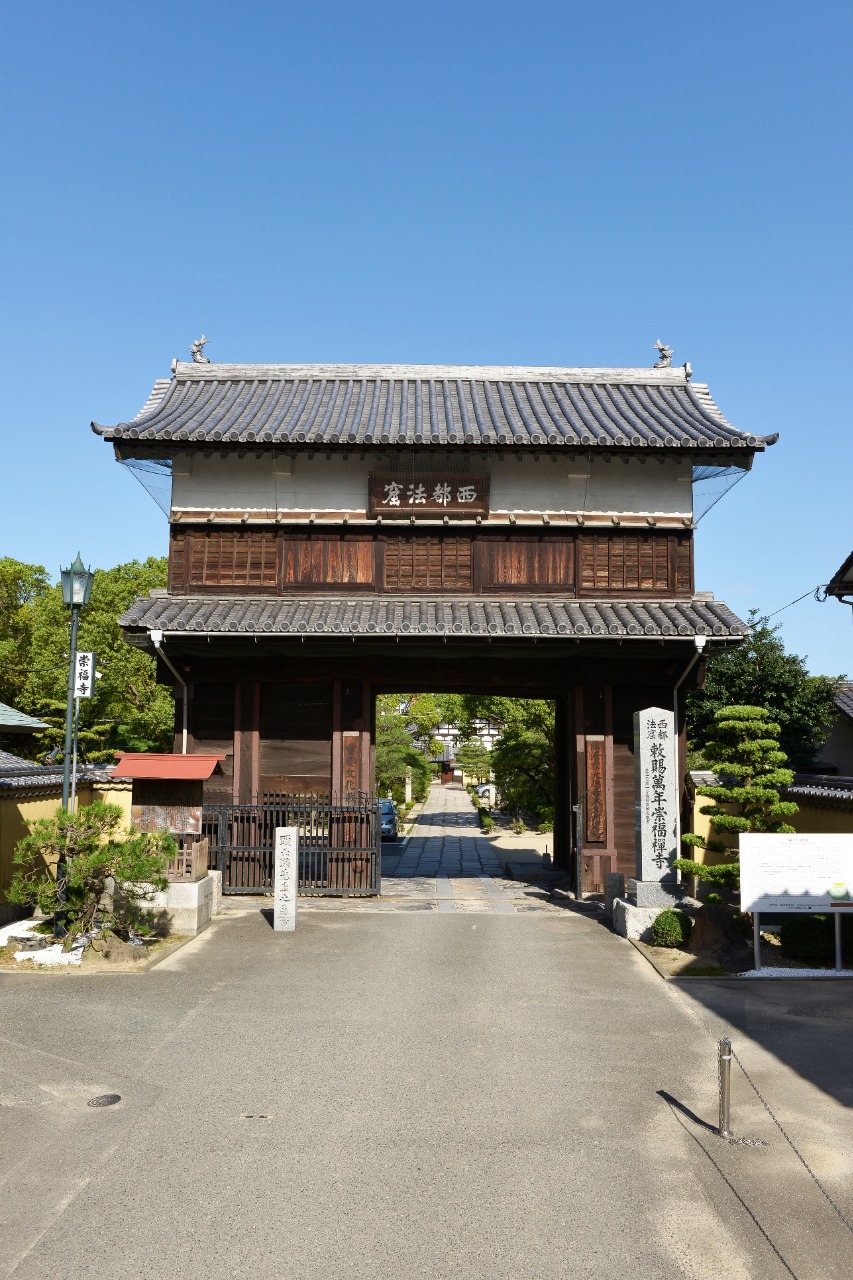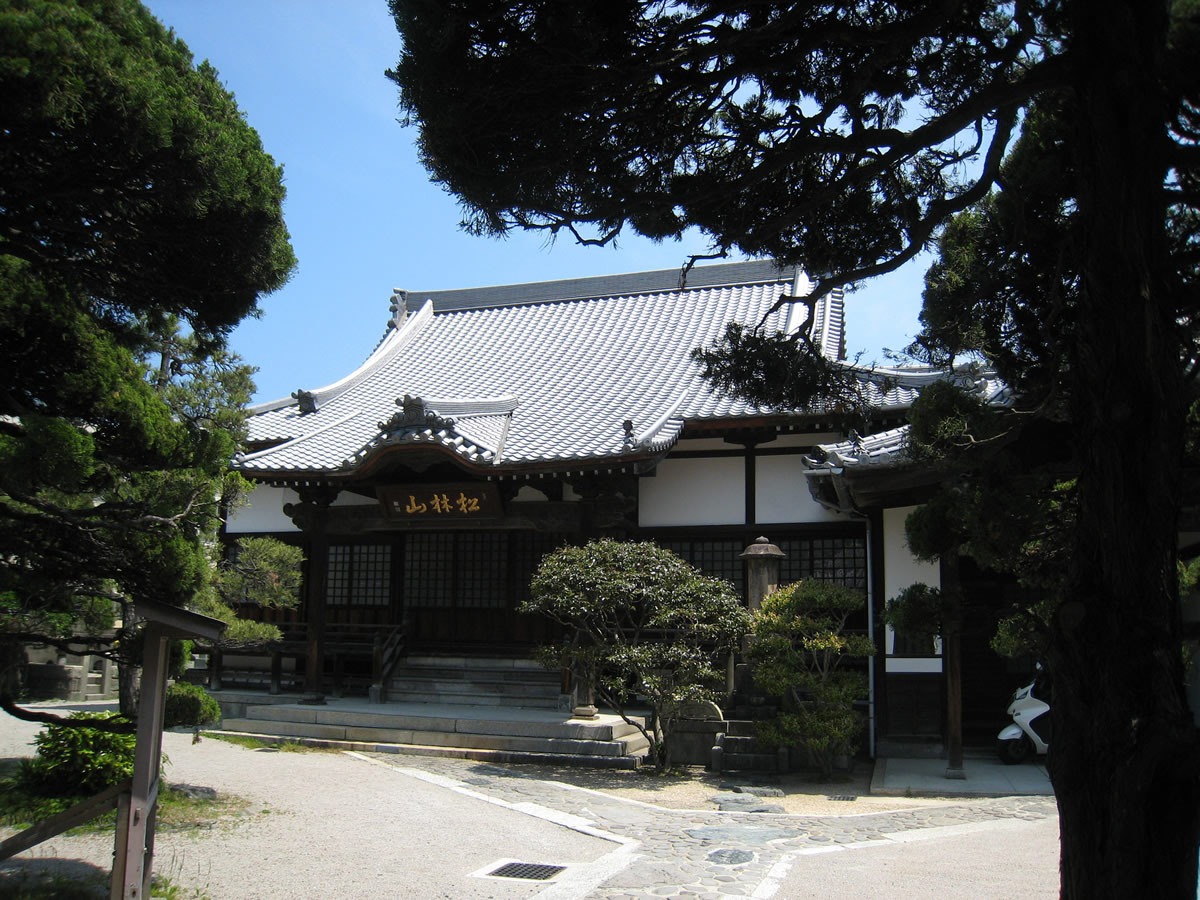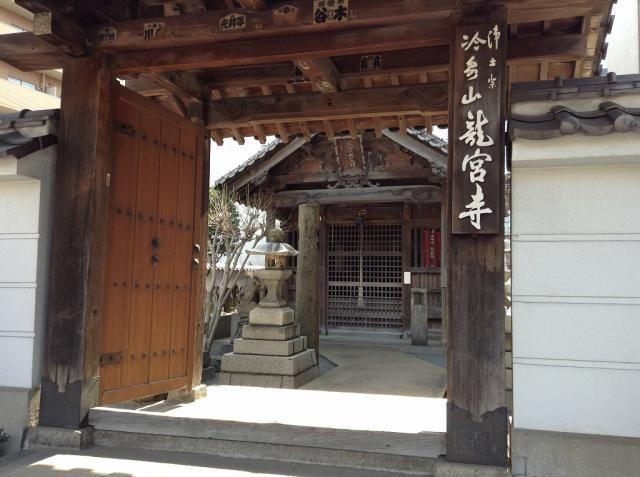Finding the Real Fukuoka: A Journey through History in the Hakata Area (Part 1)
Today Fukuoka is known for being the gateway city to the rest of Kyushu, and for being a vibrant hotspot for both tourism and business. However, in the past the city was a gateway to Japan as a whole, and developed and evolved as a thriving location for international exchange and trade.

This history and the city’s traditions have been handed down through the generations, and are physically embodied as some of Fukuoka’s most famous attractions.
In this two-part series we will be exploring and the history of the Hakata Old Town area and Fukuoka Castle, introducing points of interest that connect the past and present day.
The Hakata Machiya Furusatokan
(The Hakata Townhouse Hometown Museum)
The place to go to learn more about Hakata’s rich history and traditions!
The focal point of the Hakata Old Town Area, the Hakata Machiya Furusatokan is a museum complex that showcases the culture and traditions of the people who lived in Hakata in the Meiji (1868-1912) and Taisho (1912-1925) periods. We decided to ask the superintendent of the museum, Mr. Hasegawa Housei, about the connection the facility has to the history of Hakata and some of its noteworthy features.
According to Hasegawa-san, “The Machiya building was originally that of a Hakata-Ori textile weaver in the Meiji Era. The building had become old over the years and was scheduled to be demolished, but many locals came by and said that it would be terrible thing to lose it and called for it to be preserved. After collecting many signatures, the building was instead dismantled and reconstructed where it currently stands today as a designated cultural property of the city.”
The daughter of the Miura family, who owned the property when it was moved, looked upon the building fondly and said. "We were classmates in elementary school together.”
As the former store of a Hakata-ori textile weaver the Machiya building features a workshop and atelier, and faithfully recreates the interior of the building as it was back in the old days. The overall Hakata Machiya Furusatokan is comprised of this building, an exhibition hall, and gift shop.
If you decide to pay a visit, definitely make sure to come and see the traditional cultural experiences that they have on offer. For those who feel like just watching is not enough, the facility also has some hands-on activities for visitors to take part in. In the Machiya building there is even a Hakata-ori weaving demonstration, and nearby there are several examples of designs and patterns that would have been deemed suitable as gifts to the daimyo or emperor.
In the exhibition hall visitors can learn more about the history and cultures of the city. On the first floor there are several exhibits showcasing the lifestyle of Hakata’s residents in the old days, and on the second there are various arts and craft demonstrations and exhibitions. Depending on the day the second floor also hosts Hakata Hariko (papier-mâché), Hakata Koma (spinning top), and Hakata Doll painting exercises as well as Hakata Magemono wood container assembly. Getting involved in the creative process will allow you a deeper appreciation of the depth and refinement of these artistic traditions.
Gift Shop
For those looking for a souvenir to take home, why not pay a visit to the adjacent Hakata themed gift shop? The store is filled with trinkets and objects that are used by Hakatans in their everyday lives, Hakata dolls, and even plenty of popular candies and sweets that originated in Fukuoka can be found there.
Note: The gift shop is scheduled to be renovated into a Japanese-style cafe in March 2024. For details, please contact the Machiya Furusatokan.
With regards to the future of the Hakata Machiya Furusatokan superintendent Hasegawa-san added, "It is a rewarding place to discover and study Hakata, and I would like to promote more research and discovery of the city’s many cultures, such as Yamakasa and traditional crafts."
Filled with handicraft activities, information about the traditional way of life of Hakata’s citizens, and unique souvenirs, the Hakata Machiya Furusatokan is brimming with the charm of the city. Why not come and make some special memories of your time here?
❖Hakata Machiya Furusatokan
Address: 6-10 Reisencho, Hakata Ward, Fukuoka City
Fee:
Free of entry to elementary or middle schoolers, otherwise the general admission fee is 200 yen. For groups of over 20 individuals the cost is 150 yen per person.
***For individuals over the age of 65 (residents of Fukuoka, Kitakyushu, Kumamoto, or Kagoshima), or individuals with mental or physical disabilities, admission is free (please bring a form of proof when visiting)
Kawabata Zenzai Square
Get a taste of the culture of the area! One of the three great flavors of Hakata.
The Kamikawabata Shopping Arcade is one of the first major neighborhoods for trade in the city and is rich in history. Roughly 400 meters long in length, old and respected institutions line the arcade together with newer and more recently popular establishments. “Kawabata Zenzai Hiroba” is one of the older stores in the arcade, featuring a zenzai recipe that has been handed down for generations. Zenzai is a popular Japanese dessert consisting of a soup of warm azuki beans served with fluffy mochi. The zenzai here is said to be the tastiest in all of Japan, and many travelers from far and near come just to have a bite.
Kawabata zenzai is said to have its origins in the early Taisho Era (1912 ~ 1926). Run by the four Kawahara siblings, the store abounded with a lively energy that made it a favorite with the locals. Reflecting his own experiences, Masaki-san recalled being brought to the store by his parents or coming along with friends. Unfortunately, in spite of its success and acclaim as one of the representative foods of the area the original store shuttered in 1985, and with no successor to be found for a time the storefront remained empty. However, the stirrings of a zenzai revival were floated by the city, and very soon word began to spread of a potential return. To perfectly recreate the beloved original flavor, the Hakata-based confectioner Meigetsudo (famous for their Hakata Torimon) helped provide assistance, and 1994 the store was reopened with the unique flavor intact.
The reopening was a great success. Not only locals, but tourists too now line up in front of the store before 11:00 to ensure they get in early. The zenzai here is still served in the way it was when the store first opened and is garnished with takuan, or pickled daikon radish, which provides a slightly sour contrast to the sweetness of the zenzai. The fluffy mochi added to the sweet soup are also exceptional.
Tourists are attracted not only by the zenzai but also the "Hachiban Yamakasa Kamigawabata Dori," a decorative Yamakasa set up in the center of the square. It is rare to have a chance to see such a magnificent Yamakasa, which stands approximately 10 meters tall, up close at any given time. Other exhibits include wall tiles of "Toban Happi," a coat of arms associated with Yamakasa, and "Kakibo," the wooden poles used to carry Yamakasa, allowing visitors to get up close and personal with Yamakasa, a traditional symbol of Hakata.
While the Kawabata Zenzai Square has certainly been a large success, Chairman Masaki spoke to us about his thoughts and goals for the future. “The fact that people from both Japan and abroad come just to taste our zenzai makes me incredibly happy. Our mission is to show our gratitude and respect for the fact that the Kawahara family has maintained the same solid taste of zenzai since the Taisho era, and to pass it on to future generations as a specialty of the shopping arcade for years and generations to come” he said emphatically.
With locals and visitors both enjoying the flavor of this regional classic, it seems that the future of Kawabata zenzai is bright indeed.
❖Kawabata Zenzai Square
Address: 10-254 Kamikawabatamachi, Hakata Ward, Fukuoka City
Days and Hours: Open from 11:00 ~ 18:00 (Only open on Friday, Saturday, Sunday, holidays, and festival days).
Kaigenji Temple
There’s konnyaku and King Enma gacha?!
Located in the Gofukumachi area of Hakata, Kaigenji is a Buddhist temple that enshrines both the Bodhisattva Kannon and King Enma, lord of the dead. Separated by a scant wall in what is practically the same room, Lord Enma and Kannon represent the Buddhist hell and paradise respectively, which naturally lead to the question why these two deities are enshrined together. To help us make sense of it, we asked Sakuragi-san the Chief Priest of Kaigenji to explain the truth of the matter.
Upon entering we were immediately greeted with an unusual sight: a large pile of konjac, which is a kind of yam-based jelly. Why is this? According to Sakuragi-san, every year on January 16th and August 16th there is an Enma Festival in which konjac is offered to the lord of the dead. Actually, the konjac is not an offering made to Enma, but rather to Datsueba, an old woman who is said to sit by the underworld Sanzu river (similar to the river Styx in Greek mythology) and calculate the severity of the sins of the dead by weighing their clothes on a branch. The more the clothes weigh down the branch, the heavier the sins of the human were in life.
The reason why konjac is offered has to do with the way the word “evil” sounds in Japanese. Konjac is made by hardening it with a kind of lye, and lye is pronounced “aku” (灰汁)in Japanese. This coincidentally sounds the same as the word for evil, which is also pronounced “aku” (悪). Thus it came to be that by offering konjac to Datsueba, one could have the weight of their sins lessened. Incidentally, while Datsueba is known for being a fearsome guardian of the underworld she was also recognized as healing the illnesses of children and helping women lactate, giving her a charitable and merciful aspect in addition to her normal one. Due to these associations, Datsueba is affectionately referred to as “Konjac Obasan” or “Grandma Konjac” in Hakata.
In the Kannon Hall the 33 Kannon that are worshipped in Saikoku (or west Japan in the Kansai region) are enshrined. The 33 Saikoku Kannons are the first major pilgrimage route that was established in Japan, and visiting them requires traversing 33 different temples located throughout the Kinki region of Japan (roughly speaking, Kansai region). Visiting the 33 satues located in Kaigenji is said to provide the same spiritual blessing as visiting all of those on the Saikoku route. This makes Kaigenji a vital location where those close to Hakata can go to receive the benefits of the statues without having to travel across the country.
According to Chief Priest Sakuragi-san, each of the Kannon statues has a slightly different expression, and he enjoys asking visitors which one is their favorite.
Near the entrance to the hall visitors will also find a slightly unusual fortune telling slip dispenser. These are “Enma-mikuji”, or fortunes that have the words of King Enma written on them. Rather than fish around for the fortune telling slip with your hands, here the slips are dispensed as gacha, adding to the fun. There is additionally a 1/60 chance that a rare golden King Enma bearing an extremely auspicious fortune can appear.
There are also quite a few visitors who come looking for the Enma-stamp book bearing his fearsome visage and to receive a commemorative stamp from the temple in it. This is a special item and would make for an excellent souvenir.
In closing, Sakuragi-san expressed his thoughts about the future of Kaigenji Temple and its visitors, saying, “Some people find entering certain temples difficult, and to ensure that Kaigenji does not feel this way I wanted to feature something fun that people of today would find relatable while honoring the temple’s origins.”
❖Kaigenji
Address: 10-5 Gofukumachi, Hakata Ward, Fukuoka City
In Summary
In the first part of this article series we searched for the origin of the energy and bustle of Fukuoka. Hopefully, by introducing some of the time-honored traditions that the city has carried down for generations we have succeeded in providing some insight into how Fukuoka ticks. In the next part we will be introducing the Fukuoka Castle area, particularly how it contributed to the development of Fukuoka as a whole.
★Read more: Finding the Real Fukuoka: A Journey through History in the Fukuoka Castle Area (Part 2) (Part 2)








